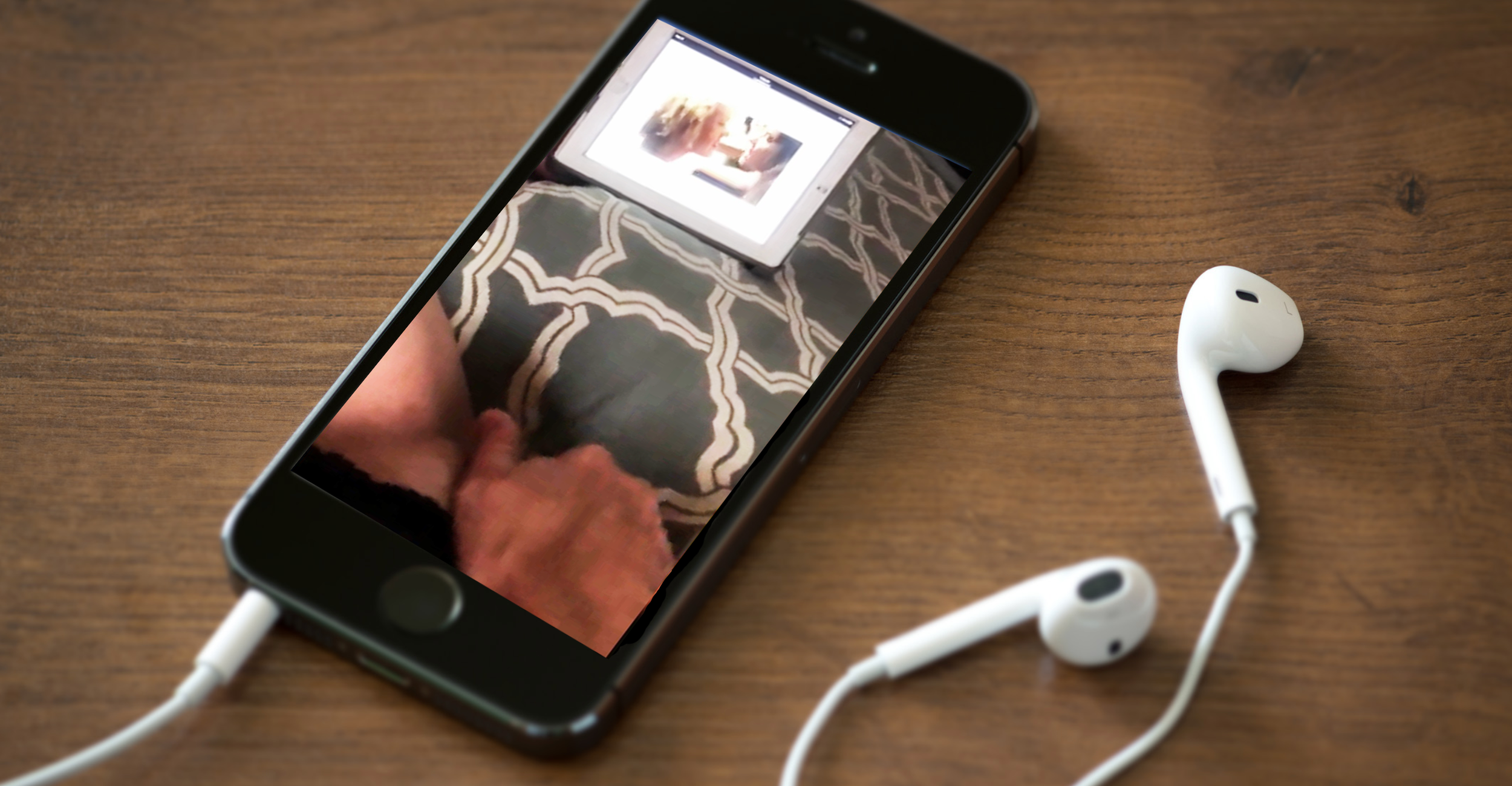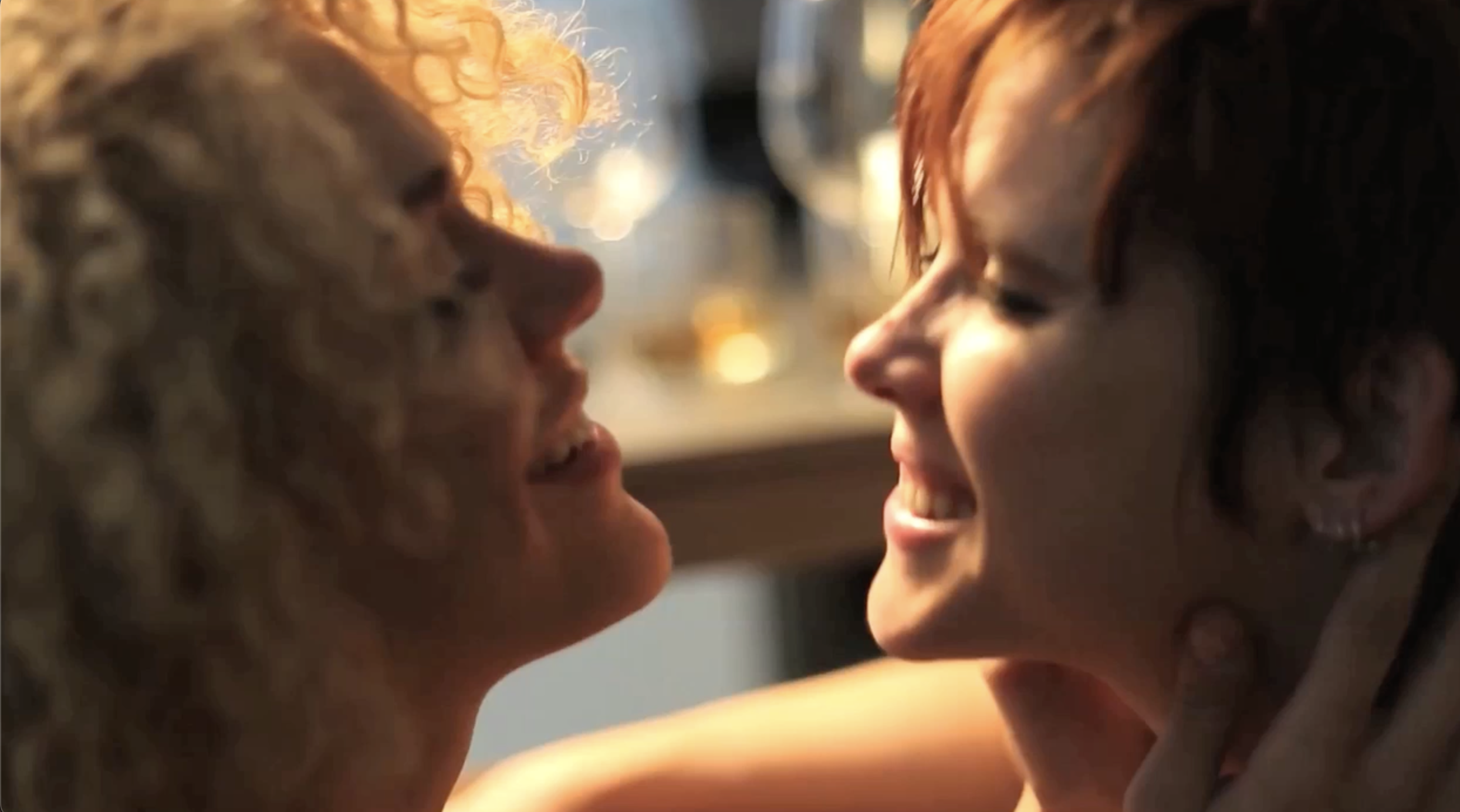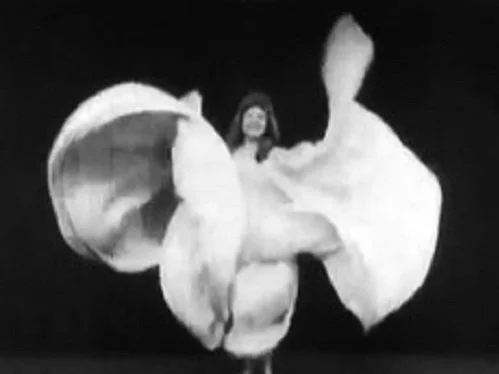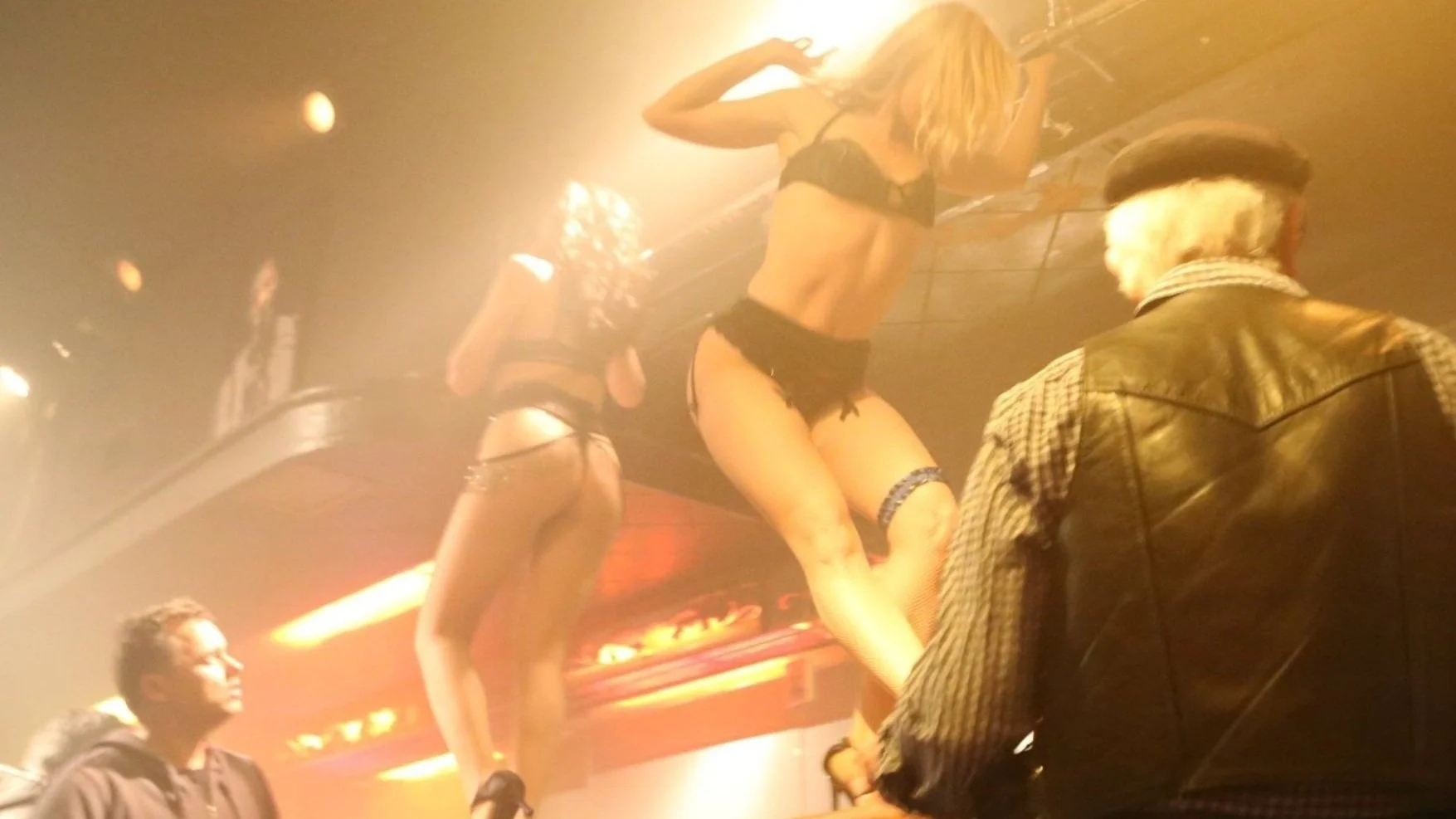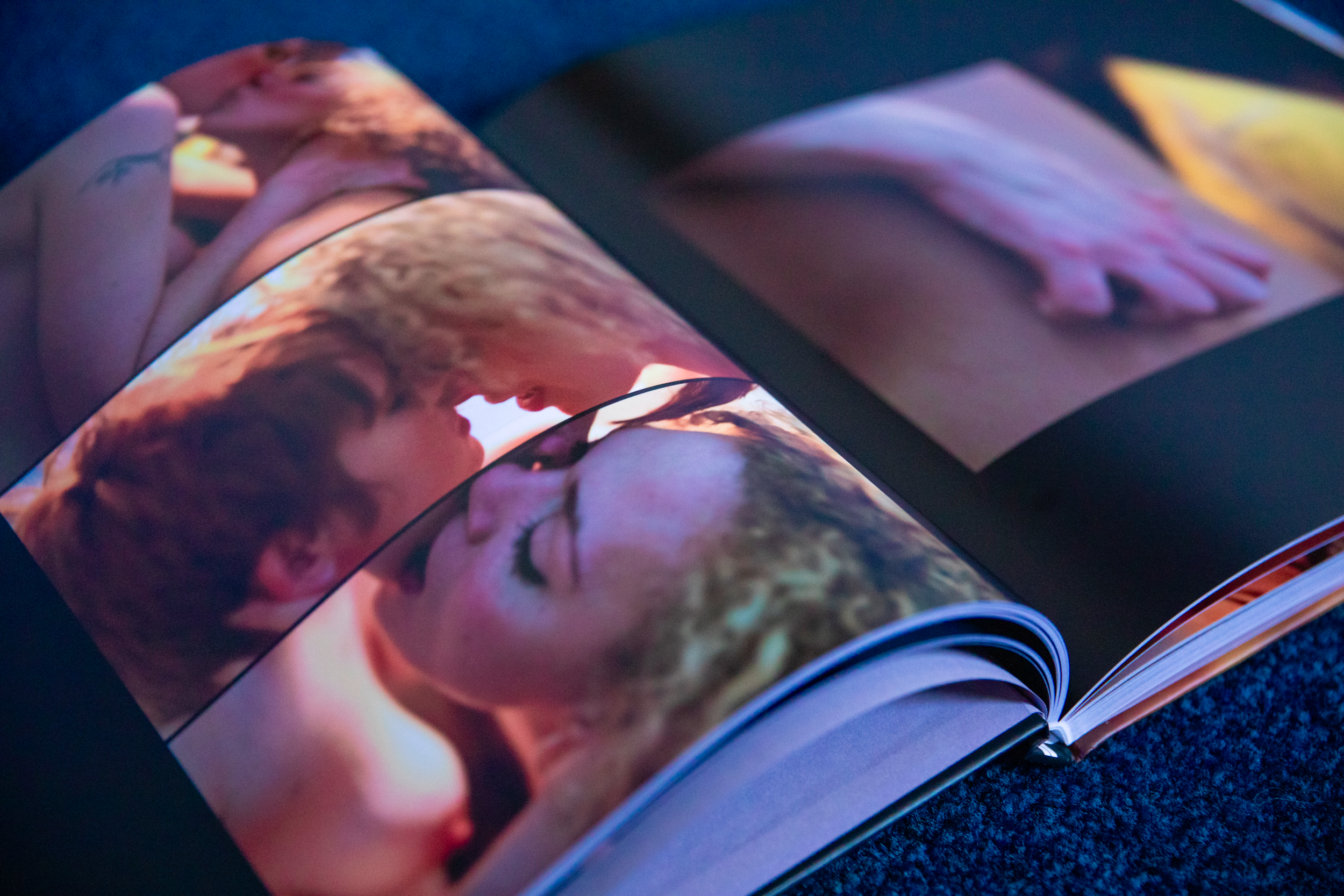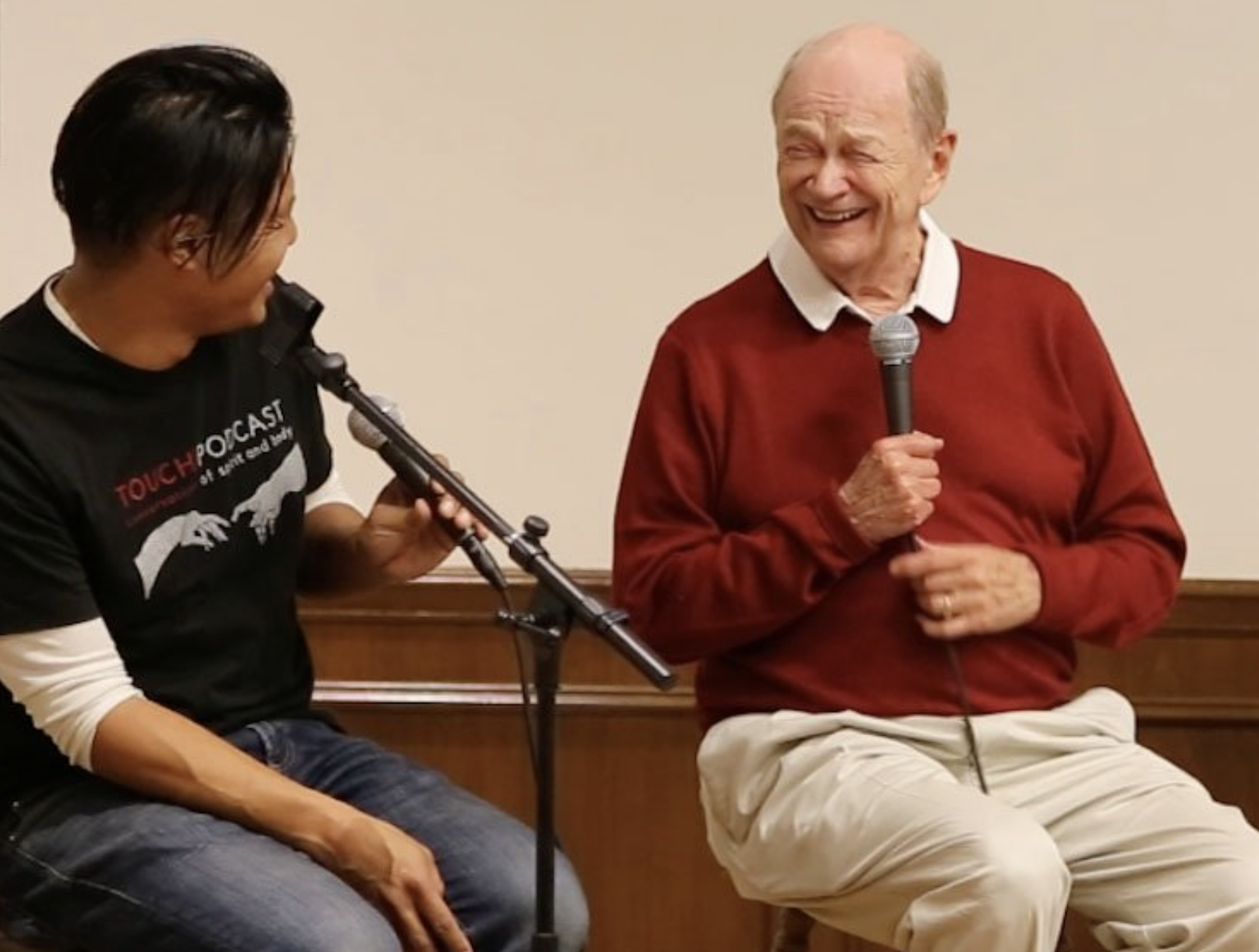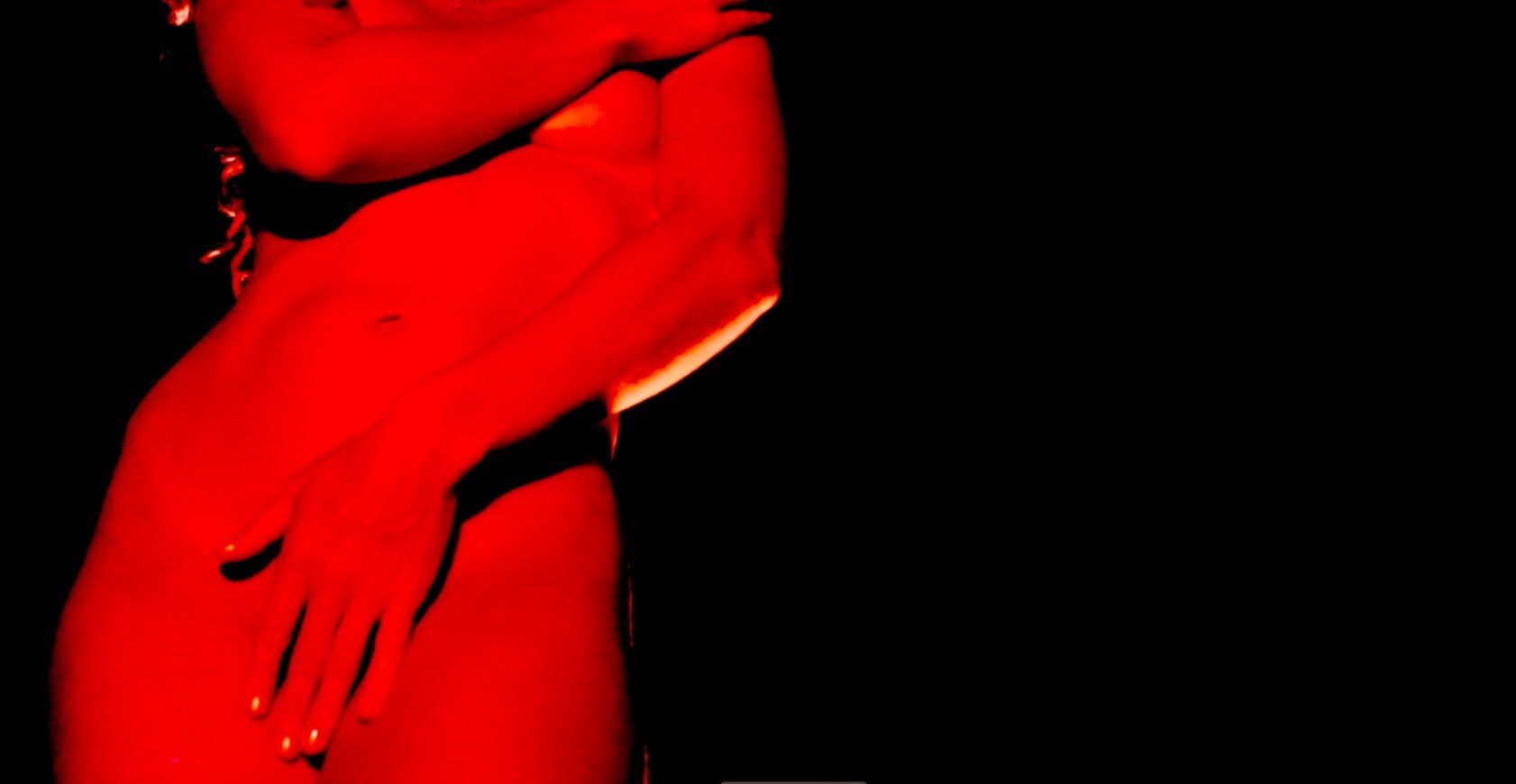
A compendium FOR MEN
EROSTOCRAT
HOLY EROTICAFAITH OR FICTION:
Christ in a Post-Truth World
-
Barbara Brennan, an astrophysicist turned healer, introduces the "Three Ts" for spiritual /personal growth, from self-awareness to profound spiritual renewal.
Transformation: Awakening to and addressing inherited patterns and conditioning.
Transcendence: Moving beyond the limitations of old patterns and beliefs.
Transfiguration: The culmination of growth, where transformation and transcendence integrate into a profound alchemical change.
-
I liken the definition of “holy” to an arc of personal/spiritual growth.
ho·ly
/ˈhōlē/
Set apart.
To make whole.
Set apart by being whole
As a Christian, I understood "holy" to mean "set apart." In the healing community, however, the concept of holiness takes on a different nuance—it signifies the integration of parts, a movement toward wholeness.
Holy Erotica explores the seemingly opposing realms of the "holy" and the "erotic," which religion and society have long kept separate. By reconciling these divided halves, it bridges the spiritual and the sexual within us, fostering the healing of shame. To live without shame is to embrace wholeness—a way of life that is, by its very nature, set apart.

ISSUE- 1 | TRANSFORMATION

The first issue of Erostocrat explores toxic masculinity, pornography’s influence, and the conditioning of religion and media. We introduce the triangle as a symbol of ascension and a third, conscious gender—transcending binaries. More than a magazine, this issue redefines content engagement through embodied awareness and community connection.
Modern Christianity may be a crusade-like distortion of its origins, but this is not a loss—it’s an opportunity. By seeing beyond the illusion, we reclaim what is real, not by rejecting faith but by rediscovering its essence in the wisdom traditions we’ve long forgotten. The divine was never lost, only waiting to be remembered.
NOTE: Most of these articles are drafts, just to get an idea of what the subject is, how it relates to the premise of each issue, how thematic transitions are created, and how artifacts and chosen.

THE MIND | the magazine

DUALISM OF FAITH: Healing a Nation Divided by
Christ and Conquest
Our nation has undergone a fierce reckoning. The #MeToo movement exposed the pervasive existence of abuse within systems of entertainment, religion, and politics, while the COVID-19 pandemic forced us into isolation to either confront or ignore these realities. The divide we see today—a louder, unresolved polarization—is, I believe, a reflection of a deeper fracture within ourselves: the split created by religious sexual shame. To heal as a nation, we must first confront this wound.
America was colonized by Europeans fleeing religious oppression, but they brought with them a Bible forged to unite Rome. At its core, the Bible contains two messages: one of Christ’s transformative love and one of conquest. This dualism has shaped our nation’s faith into something part-sincere and part-conditioning—a faith that blurs Christ with crusades and colonialism. It is a Christianity that asks the least of us, evades self-reflection, and clings to entitlements under the guise of righteousness. Until we confront this dualism, the Gospel will remain a tool of division rather than liberation.
We are living in a post-evangelical world, where nearly everyone has heard of Christ. But evangelism today cannot mean preaching the same Christ of conquest. It must distinguish the authentic Christ—a message of healing, love, and unity—from the anti-Christ, which thrives on fear and control. Simultaneously, we are in a post-truth world, where media manipulation, church abuses, and even the normalization of extraterrestrial discussions force us to question authority and reality itself.
How, then, do we find Truth in a post-truth world? How do we identify the authentic Christ in a post-evangelical landscape? How do we heal a nation entrenched in division? It is my belief that whatever the answer is, it should clearly be an answer that works on all three fronts, an answer that brings clarity as to why these things are happening and orientation as to where we go from here.
I believe this answer is in the embodied CHRIST-SELF. When we embody the authentic CHRIST-SELF, there is a Truth within ourselves we can rely on in a post-truth world, there is a Christ within ourselves that we can distinguish in a post-evangelism world, and when there is unity within ourselves, the nation will follow.
We must know the difference between the Christ-Self and the conditioned Christ. Until then, the Christianity the nation operates from is a conditioned Christianity passed down through text, versus an embodied Christ-Self guided by a gnosis within. After all, this is forecasted in Scripture when it said, “The word became flesh.”
NOTE: This introductory article sets a tone for the whole issue and sets the stage for the first artifacts.

| ARTIFACTS
America’s Sex/Gun Education
As an unscripted docu-series producer who enjoyed a career at the height of its genre, I remember very well the feeling of hustling, working, and doing a good job. I put little to no thought regarding the content we were producing. Regardless if the show was good or bad, it was a paycheck. I grew up being told to be careful what we watched, but I really didn’t think it would make a difference. This, however, stuck with me.
NOTE: Every issue should begin with an artifact to setup the premise or central hypothesis of the issue.
-
This is where I share my feeling/experience while producing or filming this artifact.
-
Connection to Content
What was my initial understanding or belief about this story or subject, and how did it shape my creative process? (Focus on the thoughts or intellectual connections that inspired the creation.)
Where in my body did I feel the most resonance or tension while creating, and how did those sensations guide my choices?(Highlight the physical responses and how they influenced the work.)
What spiritual or intuitive truths did I connect with during the creation process, and how did they help me convey the essence of the story? (Reflect on the deeper, unseen forces that aligned with the content.)
Connection to Self/Divine
As I review this now, how has my perspective on the story evolved, and what new insights or feelings does it bring up? (Explore how time and experience have reframed the meaning or significance of the work.)
In this moment of creation, how can you feel the subtle guidance or intelligence flowing through you, shaping the narrative, and connecting you to something beyond your individual self? (Explore the possibility of a guidance beyond the subject, beyond self, and beyond conditionings and trauma.)
How can I take the lessons or growth from this experience and apply them to my future work or life? (End with a focus on integrating the experience into tangible action.)
-
Connecting to Content
What thoughts or ideas come tomind as I engage with this story, and how do they connect to my own experiences or beliefs?(Invite the viewer to reflect on intellectual or personal connections.)
What sensations arise in mybodywhile engaging with this content, and how do they shift throughout the experience?(Guide the viewer to notice their physical responses to the story.)
What deeper truths or spiritual questions does this story awaken, and how do they resonate with my life?(Encourage introspection on the soul-level connection.)
Connecting to Self/Divine
What new perspectives or emotions does this story leave me with, and how might they inspire a shiftin my own life? (Prompt reflection on personal transformation or change.)
As you engage with this content, can you sense a higher intelligence or divine presence guiding the story, inviting you to witness a deeper truth beyond the surface? (Explore the possibility of a guidance beyond the subject, beyond the filmmaker, beyond self, and beyond conditionings and trauma.)
How can I take what I’ve learned or felt from this experience and put it into practicein my daily life? (Encourage the viewer to translate the experience into actionable steps.)
-
This is where you read my INTROSPECTION of each artifact. The study summary sets the frame, tells the story, and gives introspection. It uncovers the filmmaker and subject’s journey, exploring relational and cultural dynamics, and highlight embodied experiences while maintaining ethical integrity. The summary also invites the possibility of a Higher Intelligence at play in eroticism.
See the evolution compass below.
-
Connection to Content
What was my initial understanding or belief about this story or subject, and how did it shape my creative process? (Focus on the thoughts or intellectual connections that inspired the creation.)
Where in my body did I feel the most resonance or tension while creating, and how did those sensations guide my choices?(Highlight the physical responses and how they influenced the work.)
What spiritual or intuitive truths did I connect with during the creation process, and how did they help me convey the essence of the story? (Reflect on the deeper, unseen forces that aligned with the content.)
Connection to Self/Divine
As I review this now, how has my perspective on the story evolved, and what new insights or feelings does it bring up? (Explore how time and experience have reframed the meaning or significance of the work.)
In this moment of creation, how can you feel the subtle guidance or intelligence flowing through you, shaping the narrative, and connecting you to something beyond your individual self? (Explore the possibility of a guidance beyond the subject, beyond self, and beyond conditionings and trauma.)
How can I take the lessons or growth from this experience and apply them to my future work or life? (End with a focus on integrating the experience into tangible action.)
-
Connecting to Content
What thoughts or ideas come tomind as I engage with this story, and how do they connect to my own experiences or beliefs?(Invite the viewer to reflect on intellectual or personal connections.)
What sensations arise in mybodywhile engaging with this content, and how do they shift throughout the experience?(Guide the viewer to notice their physical responses to the story.)
What deeper truths or spiritual questions does this story awaken, and how do they resonate with my life?(Encourage introspection on the soul-level connection.)
Connecting to Self/Divine
What new perspectives or emotions does this story leave me with, and how might they inspire a shiftin my own life? (Prompt reflection on personal transformation or change.)
As you engage with this content, can you sense a higher intelligence or divine presence guiding the story, inviting you to witness a deeper truth beyond the surface? (Explore the possibility of a guidance beyond the subject, beyond the filmmaker, beyond self, and beyond conditionings and trauma.)
How can I take what I’ve learned or felt from this experience and put it into practicein my daily life? (Encourage the viewer to translate the experience into actionable steps.)
Our Nation’s Trauma
This was an introduction to a sizzle reel for our purity culture documentary which was re-packaged as a first-episode sizzle for a broader subject: the American evangelical. As an American evangelical myself, I had to divorce my identity from this, resort to my editing tricks—sinister cue, distorted imagery—and not watch it until I was done. What resulted was a sobering self-portrait from the outside in. I saw and felt the results of my own actions and haven’t forgot them since. If evangelicals see this, imagine doing a self-portrait through the eyes of someone else. Through the sinners we have judged.
In retrospect, I see how this edit was the beginning of my unraveling. I now see clear as day how my faith and my past understanding of Christ has a clear separateness even though I loved sincerely for God. Regardless if the narrative is race, homosexuality, or Christ, the inherent separateness of our faith is what conditions us to amplify the same separateness elsewhere. This is helpful to own, and ponder.

CURRENT EVENTS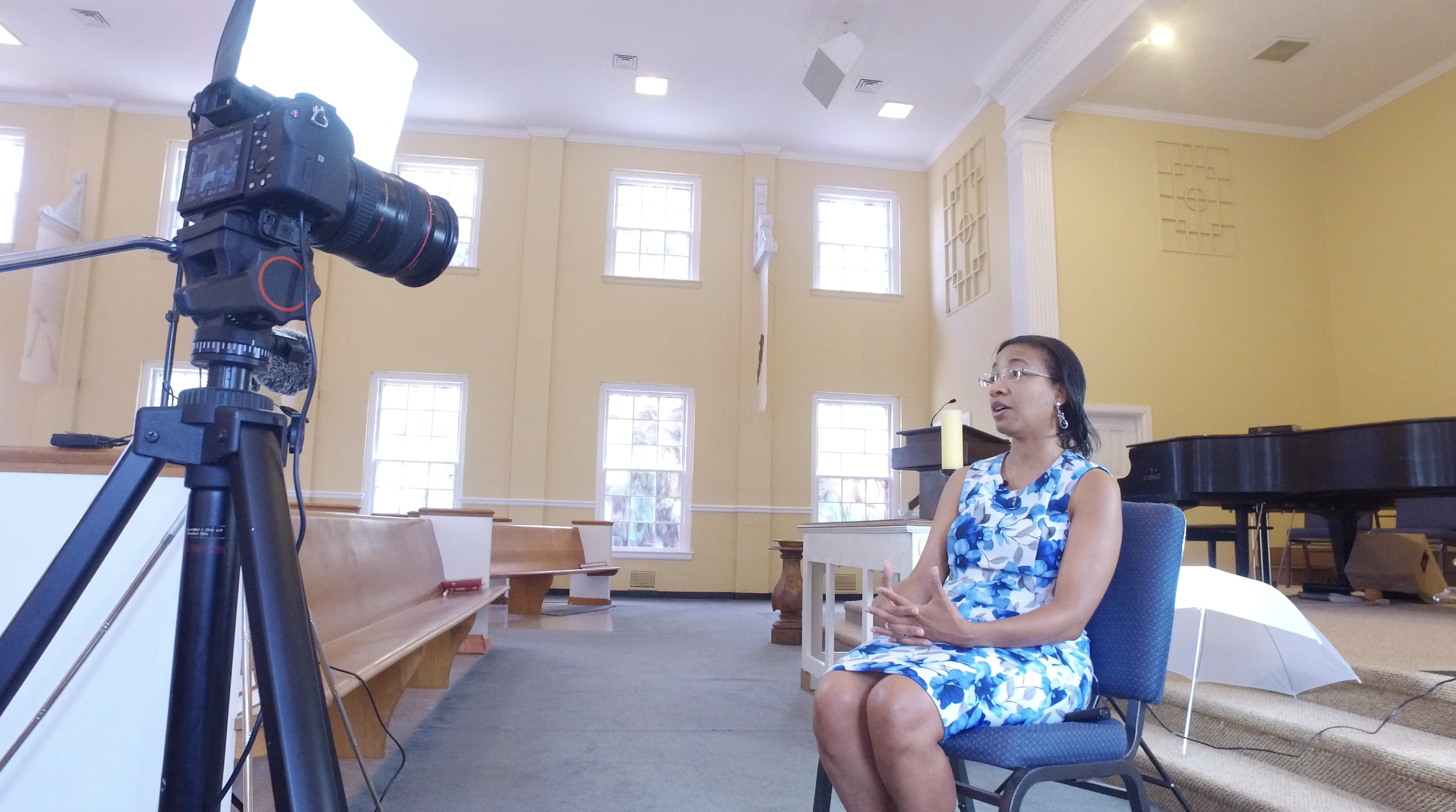
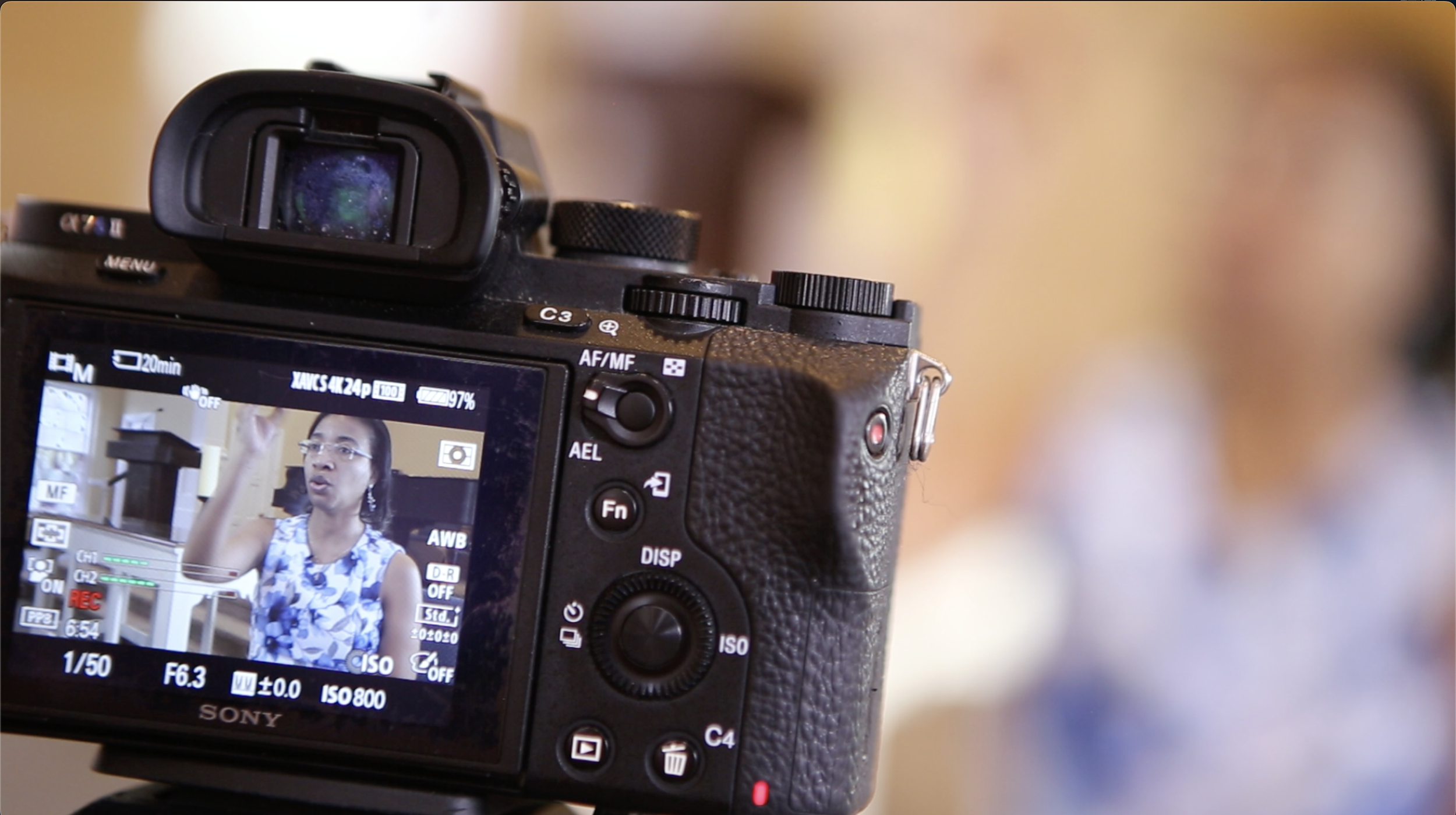
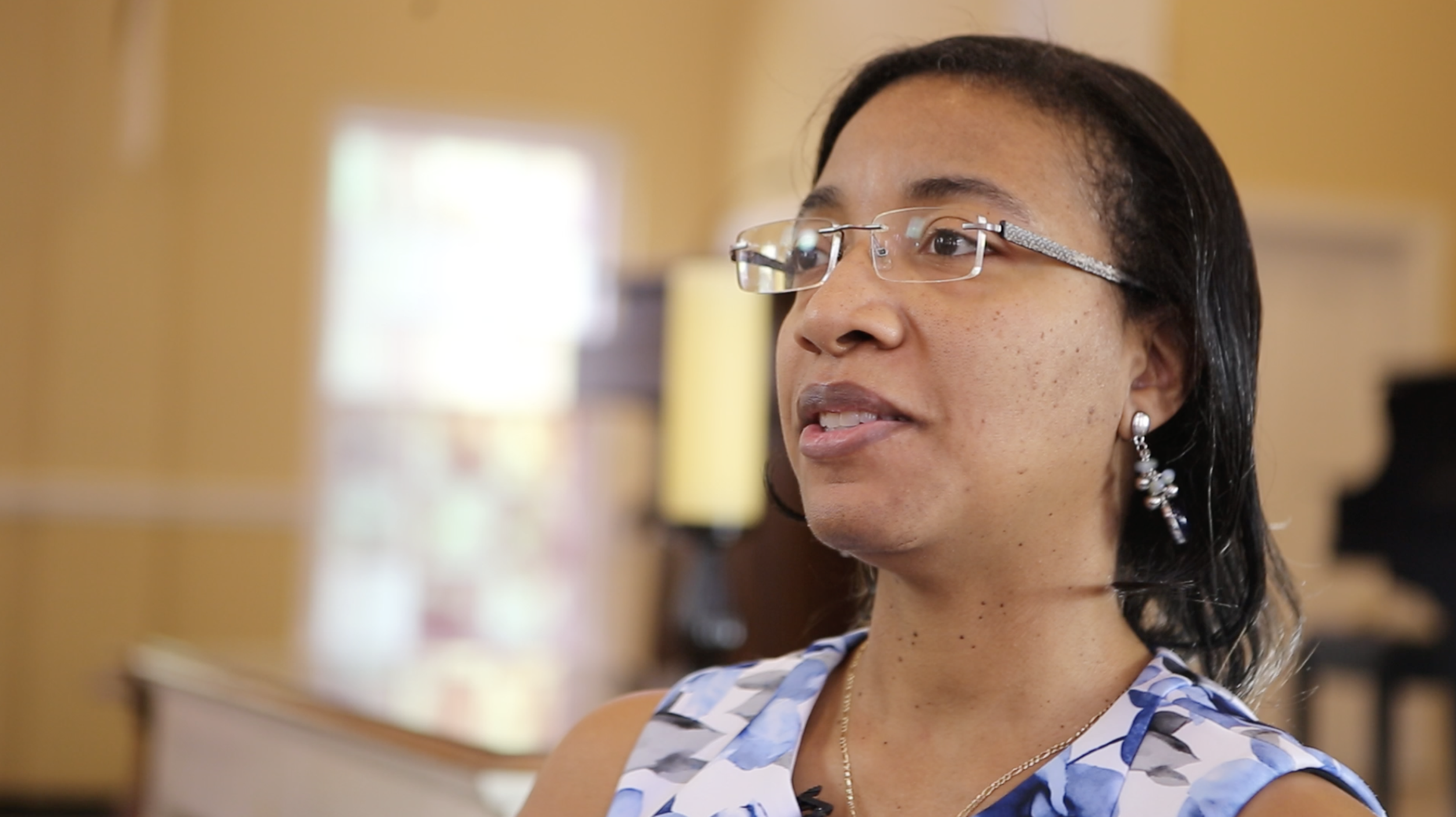
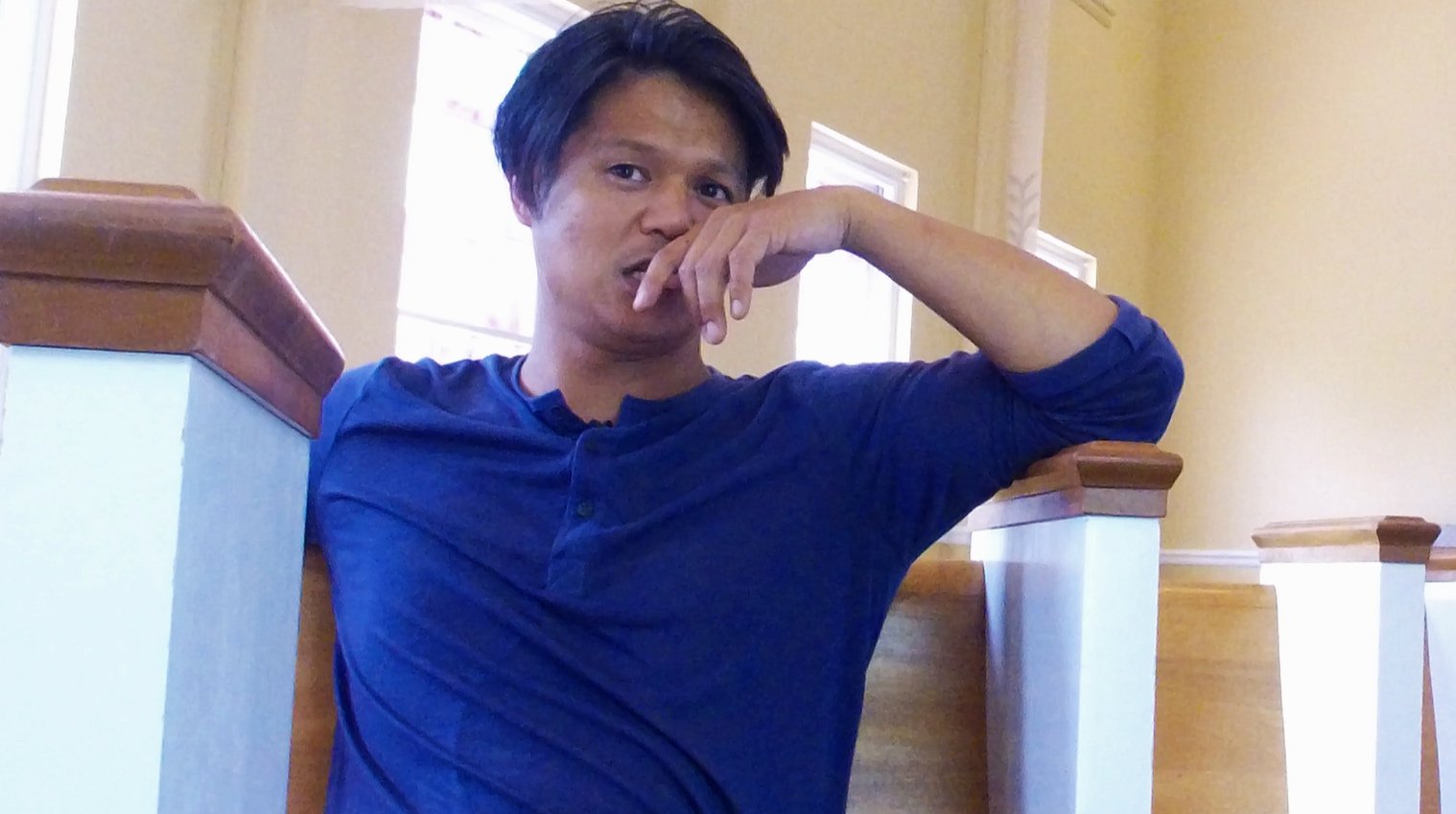

RELIGION, PURITY, GUN CONTROL |
When the shooting at the Korean spa occurred in March 2020, it came at a time when the world was already in turmoil. The COVID-19 pandemic had deepened divisions in the U.S., with tensions around vaccines, race, and the lingering effects of the #MeToo movement. Families were torn apart, and for the first time in my life as an Asian American man, I encountered racism more directly. It wasn’t just the pandemic—it was the resurgence of hate and the widening divisions.
What troubled me most was my reaction to the shooting. I found myself empathizing more with the white evangelical shooter than with my Asian sisters, the victims. Why did I feel this way?
Upon reflection, I realized that I was a product of my conditioning. Growing up in a world shaped by white Christian ideals, my values and preferences had been influenced by those narratives. I saw this most clearly in the type of women I pursued after my divorce—beautiful white women, whom I filmed and fantasized about. Even in Hawaii, a place where I connected deeply with the local culture, I noticed how I still identified with "whiteness" that wasn’t my own.
This conditioning extended beyond personal preference—it was embedded in my faith. Raised in a Christian context, my spiritual identity was shaped by the dualistic, white-leaning framework I inherited. It wasn’t until I connected more deeply with my Filipino roots that I started to see the full extent of this influence. Without consciously trying, I found myself fantasizing about darker-skinned women. This shift felt important, and it was part of my healing journey.
Artifacts 071919 | Dr. Monique Modrey discusses racism while I slowly start realizing my pattern of filming and dating white women.
As I continued to explore these realizations, I became aware of the broader societal forces that manipulate us. The media feeds us stories that divide and distract, keeping us in fear and disconnection. What if, instead of consuming this narrative, we created our own—one that heals and helps us understand ourselves more deeply? What if we rejected the fear the media thrives on?
I also began to feel the deeper coding of conquest embedded in the Christ I was taught in the Bible Belt. This isn’t a critique of the people who shaped me—I love my roots and honor where I came from. But there’s a difference between the Christ of conquest and the Christ I’ve come to understand through culture and connection. This Christ felt real, alive, and unbound by Western dogma.
America’s narrative of death, violence, and division needs to be challenged. This framework, shaped by the church, the media, and history, has been ingrained in us, and we defend it because it’s all we know. But there’s another way. The authentic message we need is one of healing and reconnection—not judgment and division. This begins by seeing the Christ in others before we try to evangelize.
-
This is where you read my INTROSPECTION of each artifact. The study summary sets the frame, tells the story, and gives introspection. It uncovers the filmmaker and subject’s journey, exploring relational and cultural dynamics, and highlight embodied experiences while maintaining ethical integrity. The summary also invites the possibility of a Higher Intelligence at play in eroticism.
See the evolution compass below.
-
Connection to Content
What was my initial understanding or belief about this story or subject, and how did it shape my creative process? (Focus on the thoughts or intellectual connections that inspired the creation.)
Where in my body did I feel the most resonance or tension while creating, and how did those sensations guide my choices?(Highlight the physical responses and how they influenced the work.)
What spiritual or intuitive truths did I connect with during the creation process, and how did they help me convey the essence of the story? (Reflect on the deeper, unseen forces that aligned with the content.)
Connection to Self/Divine
As I review this now, how has my perspective on the story evolved, and what new insights or feelings does it bring up? (Explore how time and experience have reframed the meaning or significance of the work.)
In this moment of creation, how can you feel the subtle guidance or intelligence flowing through you, shaping the narrative, and connecting you to something beyond your individual self? (Explore the possibility of a guidance beyond the subject, beyond self, and beyond conditionings and trauma.)
How can I take the lessons or growth from this experience and apply them to my future work or life? (End with a focus on integrating the experience into tangible action.)
-
Connecting to Content
What thoughts or ideas come tomind as I engage with this story, and how do they connect to my own experiences or beliefs?(Invite the viewer to reflect on intellectual or personal connections.)
What sensations arise in mybodywhile engaging with this content, and how do they shift throughout the experience?(Guide the viewer to notice their physical responses to the story.)
What deeper truths or spiritual questions does this story awaken, and how do they resonate with my life?(Encourage introspection on the soul-level connection.)
Connecting to Self/Divine
What new perspectives or emotions does this story leave me with, and how might they inspire a shiftin my own life? (Prompt reflection on personal transformation or change.)
As you engage with this content, can you sense a higher intelligence or divine presence guiding the story, inviting you to witness a deeper truth beyond the surface? (Explore the possibility of a guidance beyond the subject, beyond the filmmaker, beyond self, and beyond conditionings and trauma.)
How can I take what I’ve learned or felt from this experience and put it into practicein my daily life? (Encourage the viewer to translate the experience into actionable steps.)
Purity Culture and Racism
This sobering interview with Dr. Monique Modrey was a profound and uncomfortable one. As she explained matter-of-factly how purity culture indirectly put emphasis on protecting white virgins over women of color, I found myself examining my own preferences of dating, and cringed.
By the end of this piece, her words were a sweet healing to my soul, and so I edited it in this way. I hope you feel the permission and validation as deeply as I did.
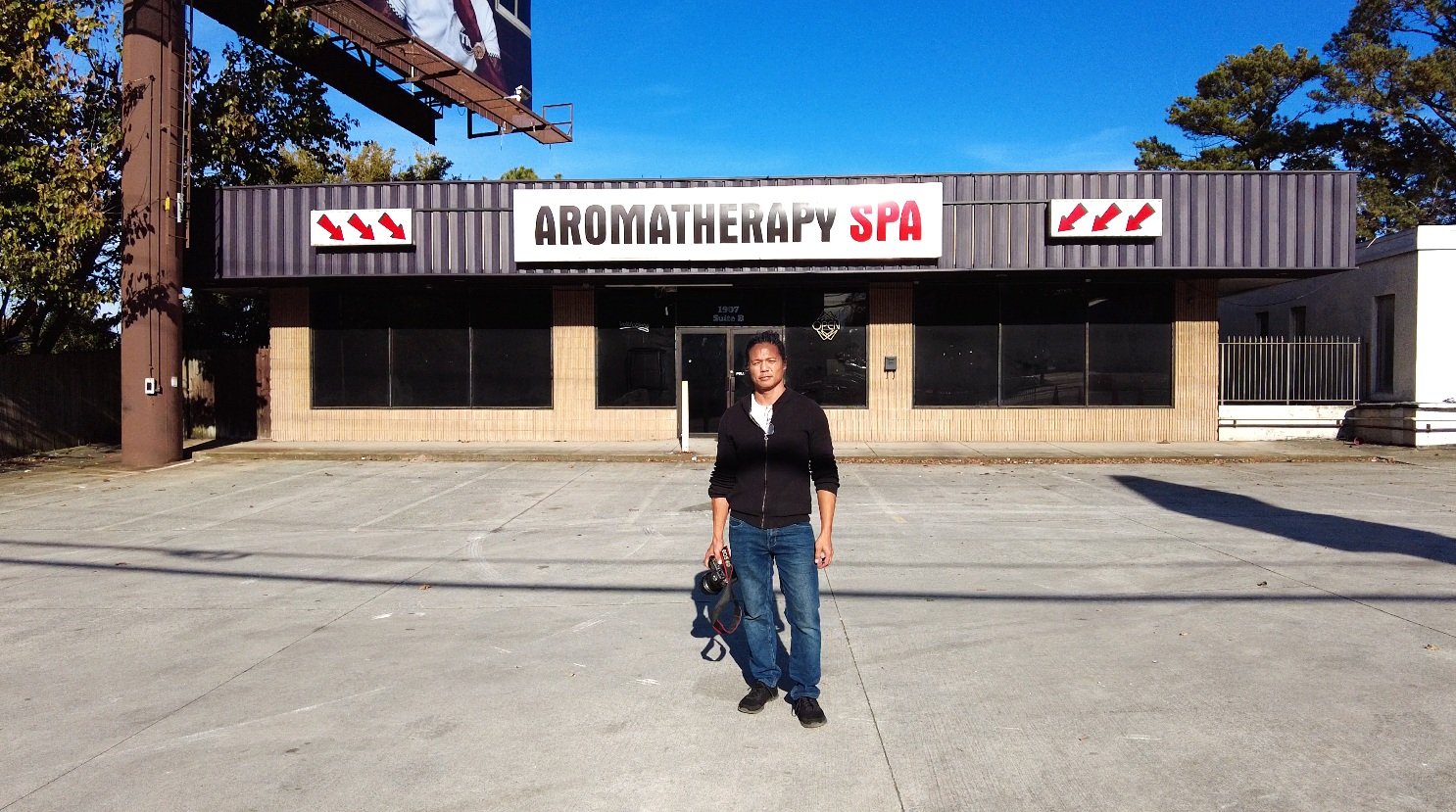
-
This is where you read my INTROSPECTION of each artifact. The study summary sets the frame, tells the story, and gives introspection. It uncovers the filmmaker and subject’s journey, exploring relational and cultural dynamics, and highlight embodied experiences while maintaining ethical integrity. The summary also invites the possibility of a Higher Intelligence at play in eroticism.
See the evolution compass below.
-
Connection to Content
What was my initial understanding or belief about this story or subject, and how did it shape my creative process? (Focus on the thoughts or intellectual connections that inspired the creation.)
Where in my body did I feel the most resonance or tension while creating, and how did those sensations guide my choices?(Highlight the physical responses and how they influenced the work.)
What spiritual or intuitive truths did I connect with during the creation process, and how did they help me convey the essence of the story? (Reflect on the deeper, unseen forces that aligned with the content.)
Connection to Self/Divine
As I review this now, how has my perspective on the story evolved, and what new insights or feelings does it bring up? (Explore how time and experience have reframed the meaning or significance of the work.)
In this moment of creation, how can you feel the subtle guidance or intelligence flowing through you, shaping the narrative, and connecting you to something beyond your individual self? (Explore the possibility of a guidance beyond the subject, beyond self, and beyond conditionings and trauma.)
How can I take the lessons or growth from this experience and apply them to my future work or life? (End with a focus on integrating the experience into tangible action.)
-
Connecting to Content
What thoughts or ideas come tomind as I engage with this story, and how do they connect to my own experiences or beliefs?(Invite the viewer to reflect on intellectual or personal connections.)
What sensations arise in mybodywhile engaging with this content, and how do they shift throughout the experience?(Guide the viewer to notice their physical responses to the story.)
What deeper truths or spiritual questions does this story awaken, and how do they resonate with my life?(Encourage introspection on the soul-level connection.)
Connecting to Self/Divine
What new perspectives or emotions does this story leave me with, and how might they inspire a shiftin my own life? (Prompt reflection on personal transformation or change.)
As you engage with this content, can you sense a higher intelligence or divine presence guiding the story, inviting you to witness a deeper truth beyond the surface? (Explore the possibility of a guidance beyond the subject, beyond the filmmaker, beyond self, and beyond conditionings and trauma.)
How can I take what I’ve learned or felt from this experience and put it into practicein my daily life? (Encourage the viewer to translate the experience into actionable steps.)
Distinguishing Race from the Sexual Wound
I went to the location of the shooting. It was on a curved road where there were several locations that would be associated with erotic services. I saw it through the eyes of a Christian man with a sexual frustration. It felt important that I share some thoughts here. I didn’t know who it was for or what. It just felt important. To try.
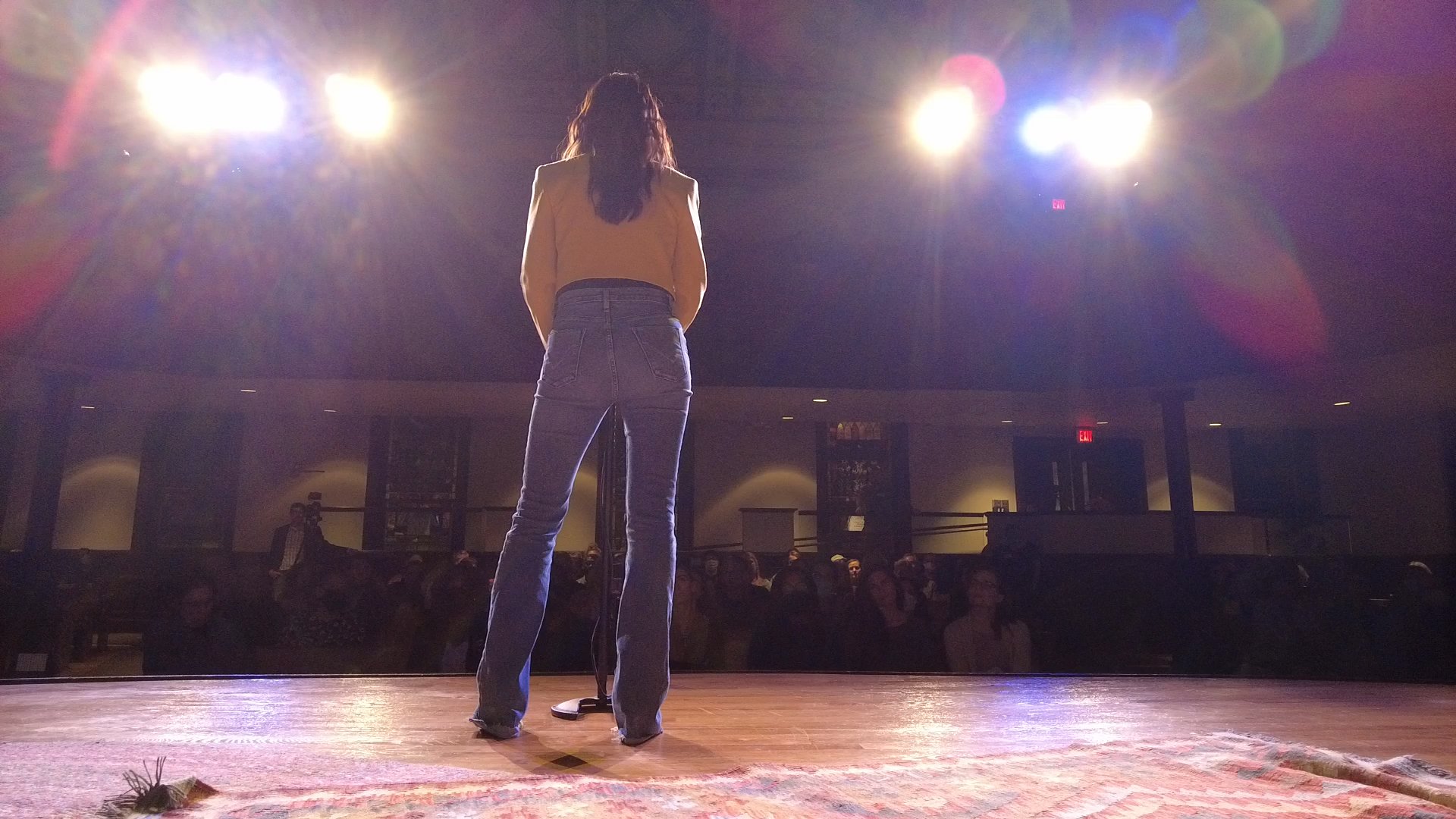
-
This is where you read my INTROSPECTION of each artifact. The study summary sets the frame, tells the story, and gives introspection. It uncovers the filmmaker and subject’s journey, exploring relational and cultural dynamics, and highlight embodied experiences while maintaining ethical integrity. The summary also invites the possibility of a Higher Intelligence at play in eroticism.
See the evolution compass below.
-
Connection to Content
What was my initial understanding or belief about this story or subject, and how did it shape my creative process? (Focus on the thoughts or intellectual connections that inspired the creation.)
Where in my body did I feel the most resonance or tension while creating, and how did those sensations guide my choices?(Highlight the physical responses and how they influenced the work.)
What spiritual or intuitive truths did I connect with during the creation process, and how did they help me convey the essence of the story? (Reflect on the deeper, unseen forces that aligned with the content.)
Connection to Self/Divine
As I review this now, how has my perspective on the story evolved, and what new insights or feelings does it bring up? (Explore how time and experience have reframed the meaning or significance of the work.)
In this moment of creation, how can you feel the subtle guidance or intelligence flowing through you, shaping the narrative, and connecting you to something beyond your individual self? (Explore the possibility of a guidance beyond the subject, beyond self, and beyond conditionings and trauma.)
How can I take the lessons or growth from this experience and apply them to my future work or life? (End with a focus on integrating the experience into tangible action.)
-
Connecting to Content
What thoughts or ideas come tomind as I engage with this story, and how do they connect to my own experiences or beliefs?(Invite the viewer to reflect on intellectual or personal connections.)
What sensations arise in mybodywhile engaging with this content, and how do they shift throughout the experience?(Guide the viewer to notice their physical responses to the story.)
What deeper truths or spiritual questions does this story awaken, and how do they resonate with my life?(Encourage introspection on the soul-level connection.)
Connecting to Self/Divine
What new perspectives or emotions does this story leave me with, and how might they inspire a shiftin my own life? (Prompt reflection on personal transformation or change.)
As you engage with this content, can you sense a higher intelligence or divine presence guiding the story, inviting you to witness a deeper truth beyond the surface? (Explore the possibility of a guidance beyond the subject, beyond the filmmaker, beyond self, and beyond conditionings and trauma.)
How can I take what I’ve learned or felt from this experience and put it into practicein my daily life? (Encourage the viewer to translate the experience into actionable steps.)
Purified: Angie Hong
I filmed and edited this story slam event which was put on by Embodied, an NPR North Carolina radio show. Angie was one of the storytellers with an American Asian Woman’s perspective. I was surprised to hear how much objectification she experienced. These were things I never considered. But later, some of her experiences sounded all-too familiar. Words like “oriental” and “where are you from”. I was oblivious to these growing up. It only started to sting when I was told that it should.

SCIENCE/TECHFrom the printing press that first brought us the Bible to the church’s early involvement of filmmaking—the first exhibitions were happening in churches because they had seating which is noticeable in the film The Three Amigos— spirituality and innovation have always been intertwined. Yet as technology advanced, so did its uses—pornography emerged alongside these innovations, reflecting the complex relationship between sexuality and spirituality. But at the time of early filmmaking, the church lost it’s grip, turning down filmmakers offering to do faith-based content to continue to use churches for exhibition. Today, mega-churches have pioneered creative solutions becoming enormous venues for weekly concert-style gatherings with lighting and multimedia installations. But what if the intersection of spirituality and sexuality holds a deeper, destined role in shaping technology itself? With AI now learning from our values and behaviors, how can we guide this "child" technology toward a better, more inclusive future? These questions and more are explored in our next issue.
THE HISTORY OF PORNOGRAPHY |
When I was in New York, I visited the Museum of Sex to visit the “History of Pornography” which was sponsored by Pornhub. While walking through the exhibition, I was surprised to discover that the first artifacts that were presented as public displays of eroticism were some of the same that I studied at the University of Southern California School of Cinema-Television as the first artifacts of filmmaking. Without a doubt, eroticism is a fuel of innovation in the arts.
What I observed most is that these works featured the first of many other things long before they were normalized in society. I witnessed the first African Americans in early pornography long before they were featured in mainstream films or television. There was the first little person. There was the first gay kiss. In the erotic, these “firsts”” are celebrated, but away from the public spotlight. Is it possible that the early pornography is not spaces of shame as defined by normal society, but the opposite. It is where the parts of us that are ostracized are first seen, acknowledged, and given dignity. Is this what shame looks like?
In contrast, how has religion functioned? Separate from it’s outspoken intention, what is the non-spoken result of it’s actions? Circumcision was a gesture to distinguish Jews from Gentiles. In African, genital mutilation was customary to keep women chaste. Both acts in the name of religion, but violently and deeply traumatizing. This effort to separate the holy from the holy should be re-examined. Is this what love looks like?
Our porn habits are currently the best research in existence that give a true glimpse into the psychosis of ourselves, the aspects of us that is ostracized by societal and cultural norms and even ourselves. Our porn habits can share more about us than we want to know or admit. But one thing is certain, it is parts of use that deserves the most love, dignity, respect, and acknowledgment. And on the other side of this, who knows what we can become? We can be assured though that it will be a version of society that is MORE versus less.
THE DANSER
Early films often featured dancers like Loïe Fuller performing the "Serpentine Dance," a visually captivating, flowing dance that was considered provocative for its time. This article goes into the blurring of burlesque as an erotic art with the emerging technology and it foreshadows the history of burlesque in the ARTS section.
The argument here is that what if sexuality IS the technology of spirituality. And that by embodying this, the fusion of the sexual-spiritual human will also fuse with emerging A.I. resulting to a healthier synthesis of all.
The Kiss (1896), William Heise
Dr. Marc Schoen discusses the cultural relevance of The Kiss (1896) as an artifact of early filmmaking and early pornography. Which thematically relates to one of my own artifacts, also called The Kiss.
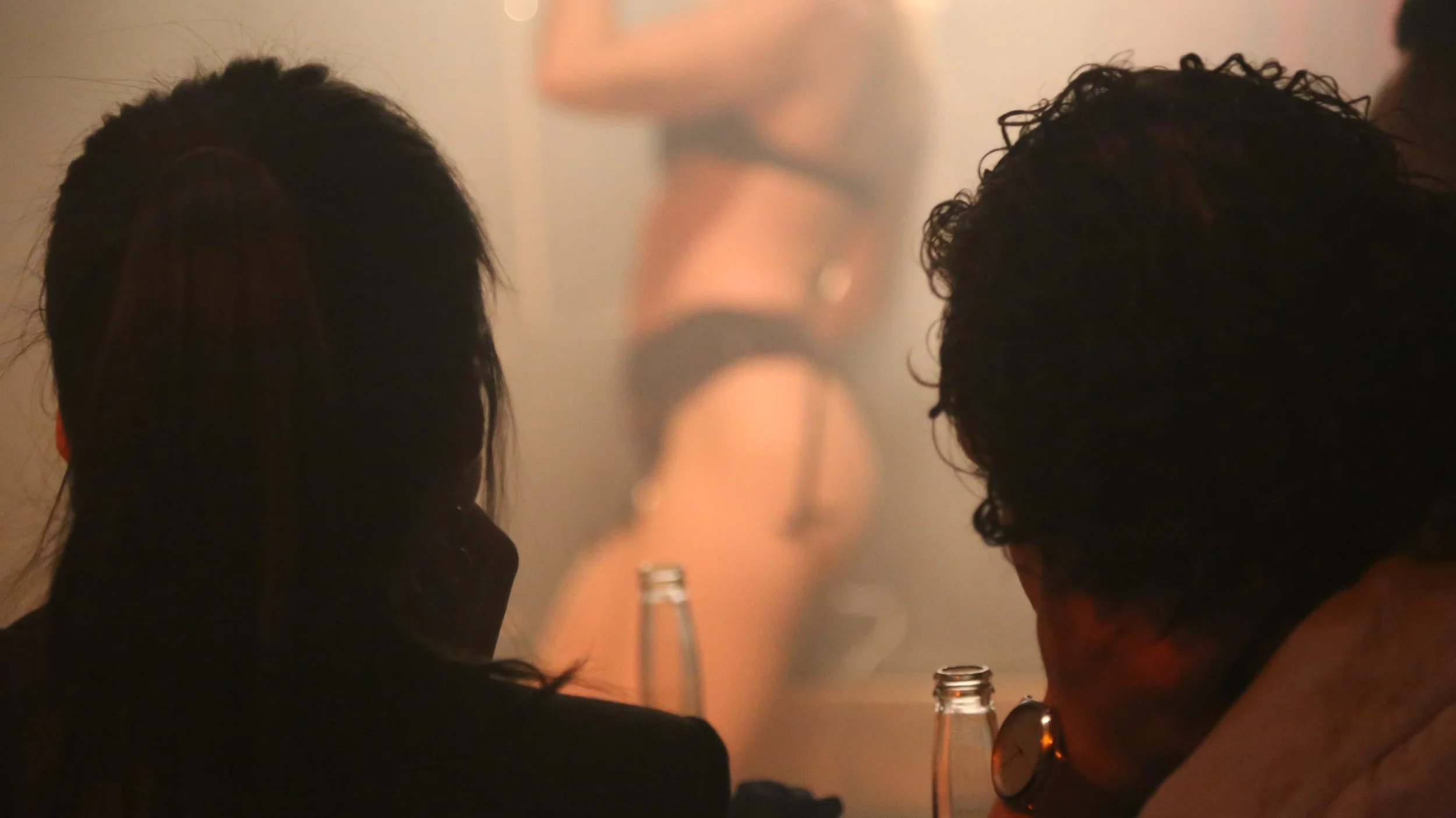
ARTS
BURLESQUE |
other thing that I started to do in naturally in Los Angeles is that I filmed and documented Burlesque dancers. This art started in Europe as a form of comedic storytelling, but only became eroticized when it immigrated to America. This is an early indicator that how America as a nation while more cultural conservative than Europe was becoming equally more hyper-sexual because unlike Europe, America was a young nation birthed with the programming of religios-sexual shame in its DNA.

IN THIS SECTION I TALK ABOUT MY EXPERIENCE WITH SHOOTING BURLESQUE AND PROVIDE A BRIEF HISTORY OF THE ART WHICH BECAME EROTICIZED IN AMERICA, POTENTIALLY AN EARLY INDICATOR OF THE HYPER-SEXUAL, HYPER-CONSERVATIVE CLIMATE OF TODAY, AN UNFORTUNATE FRUIT OF A DUALISTIC CHRISTIANITY.
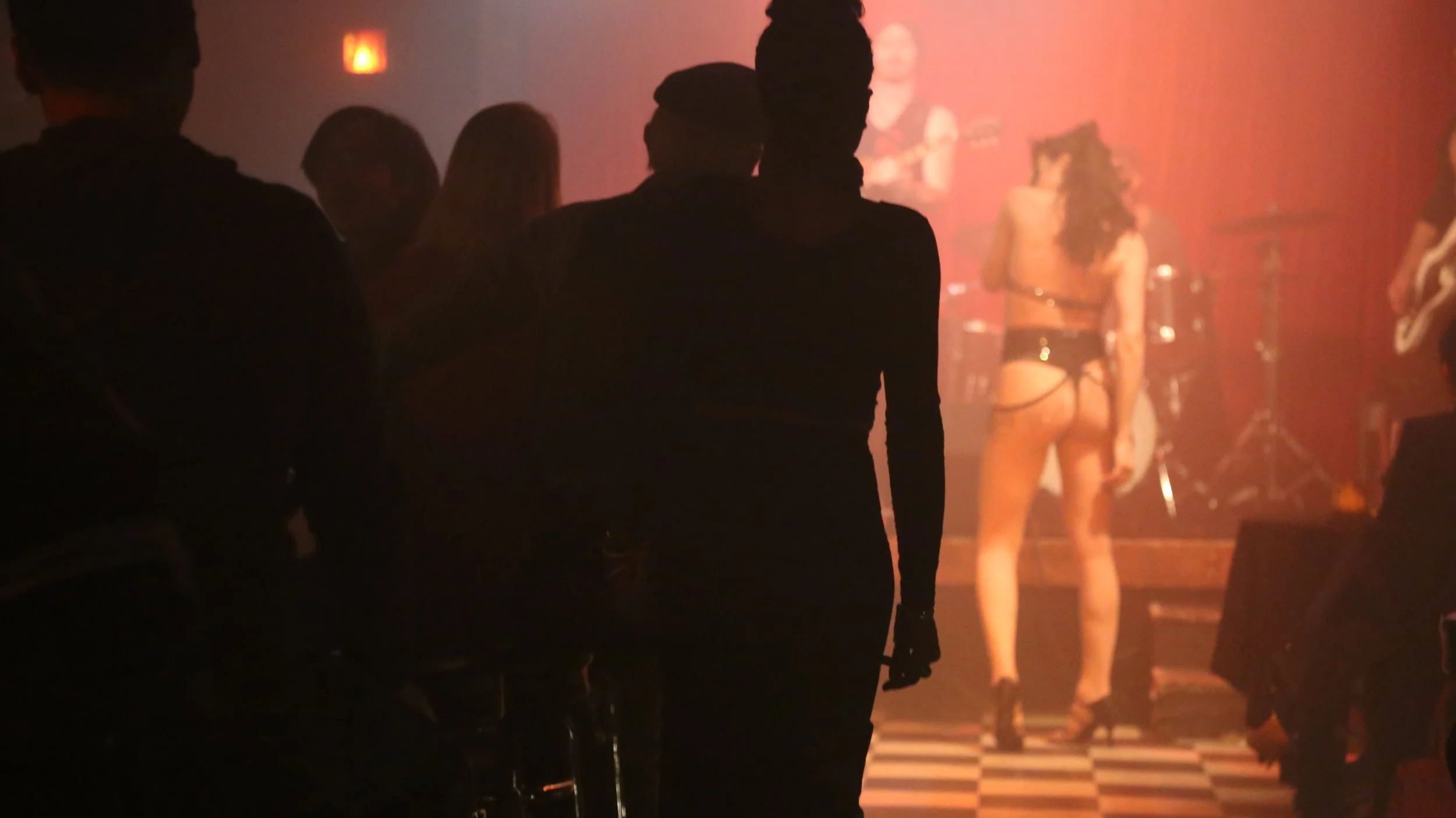
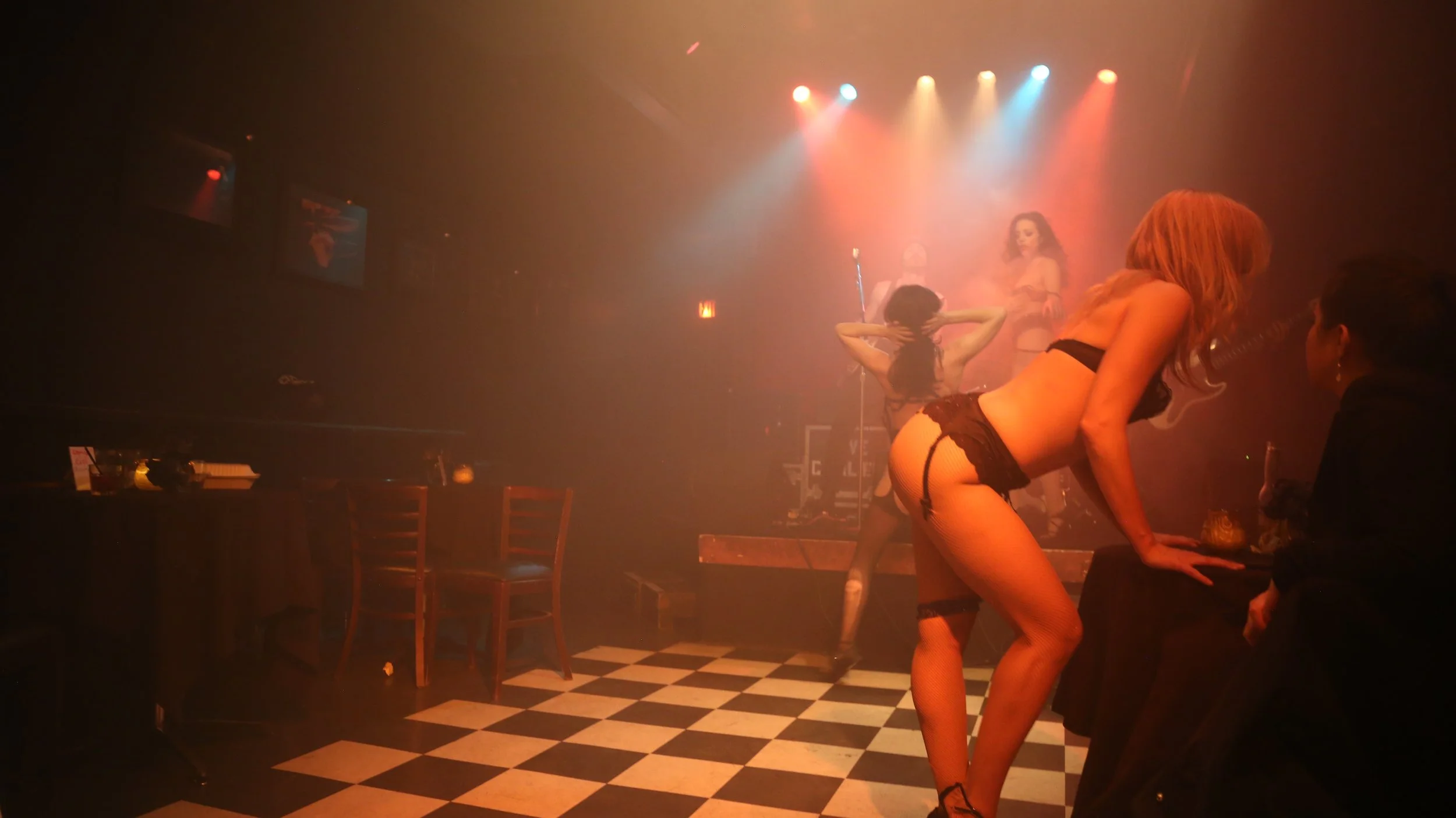
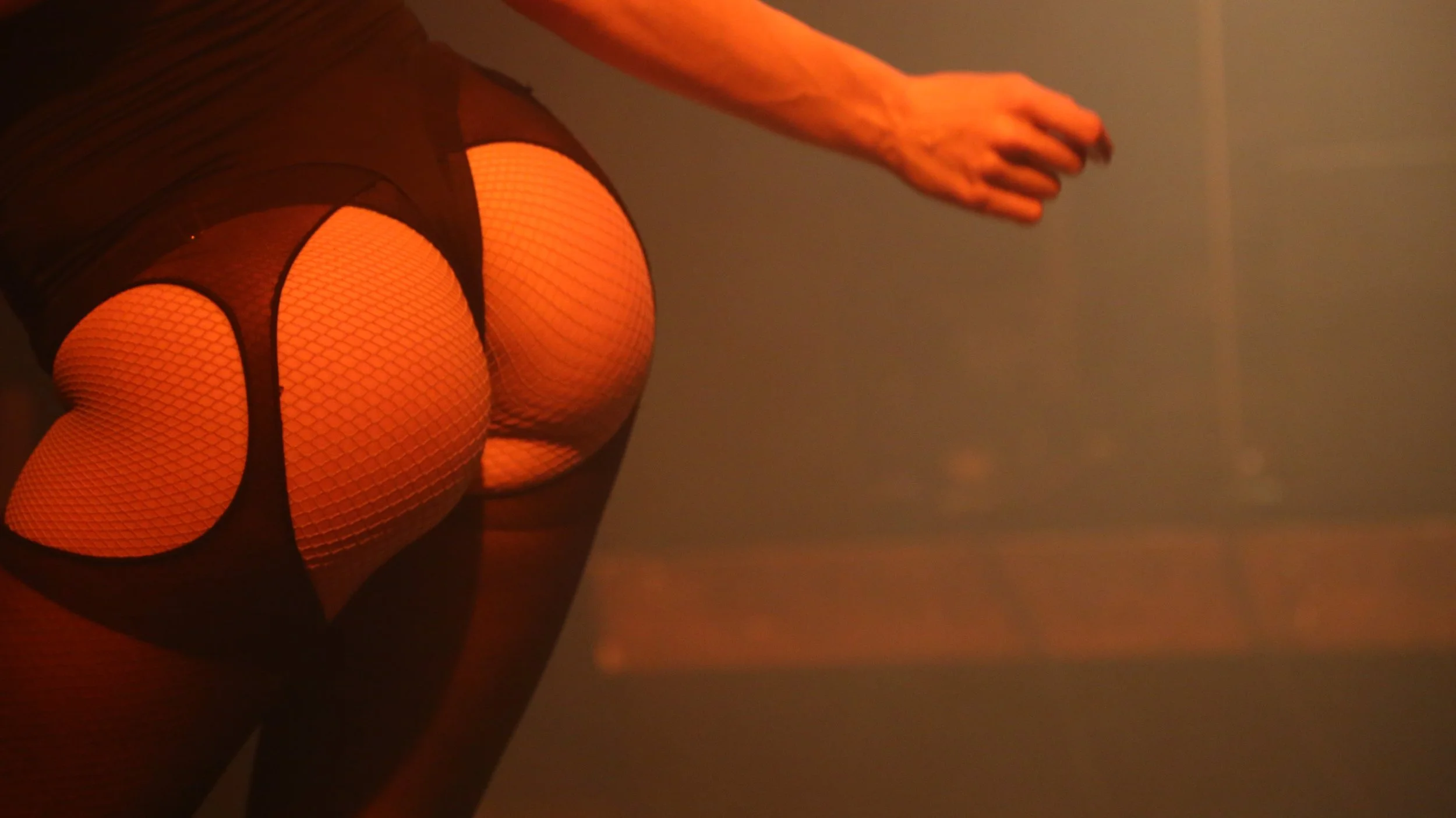
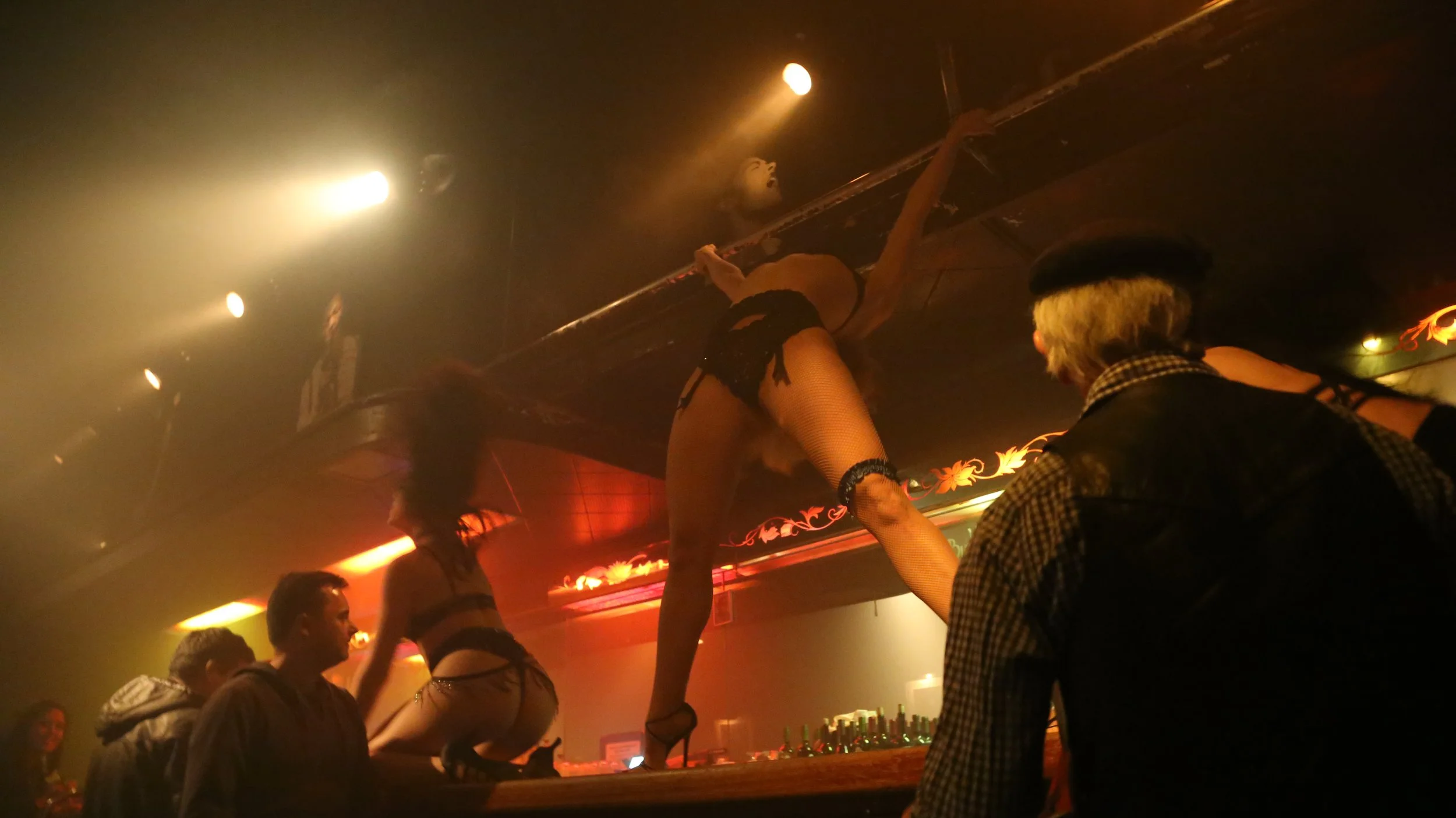
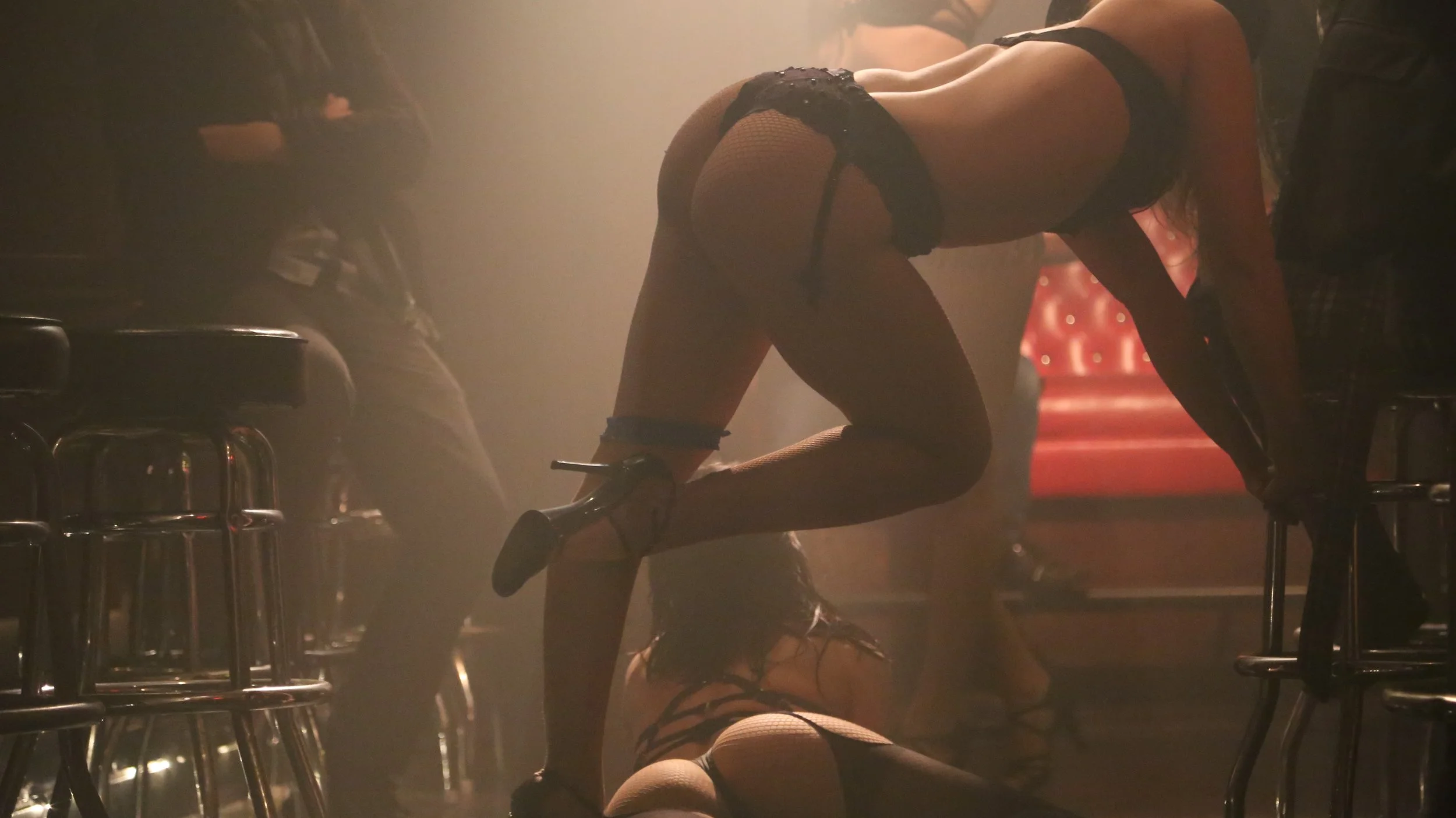
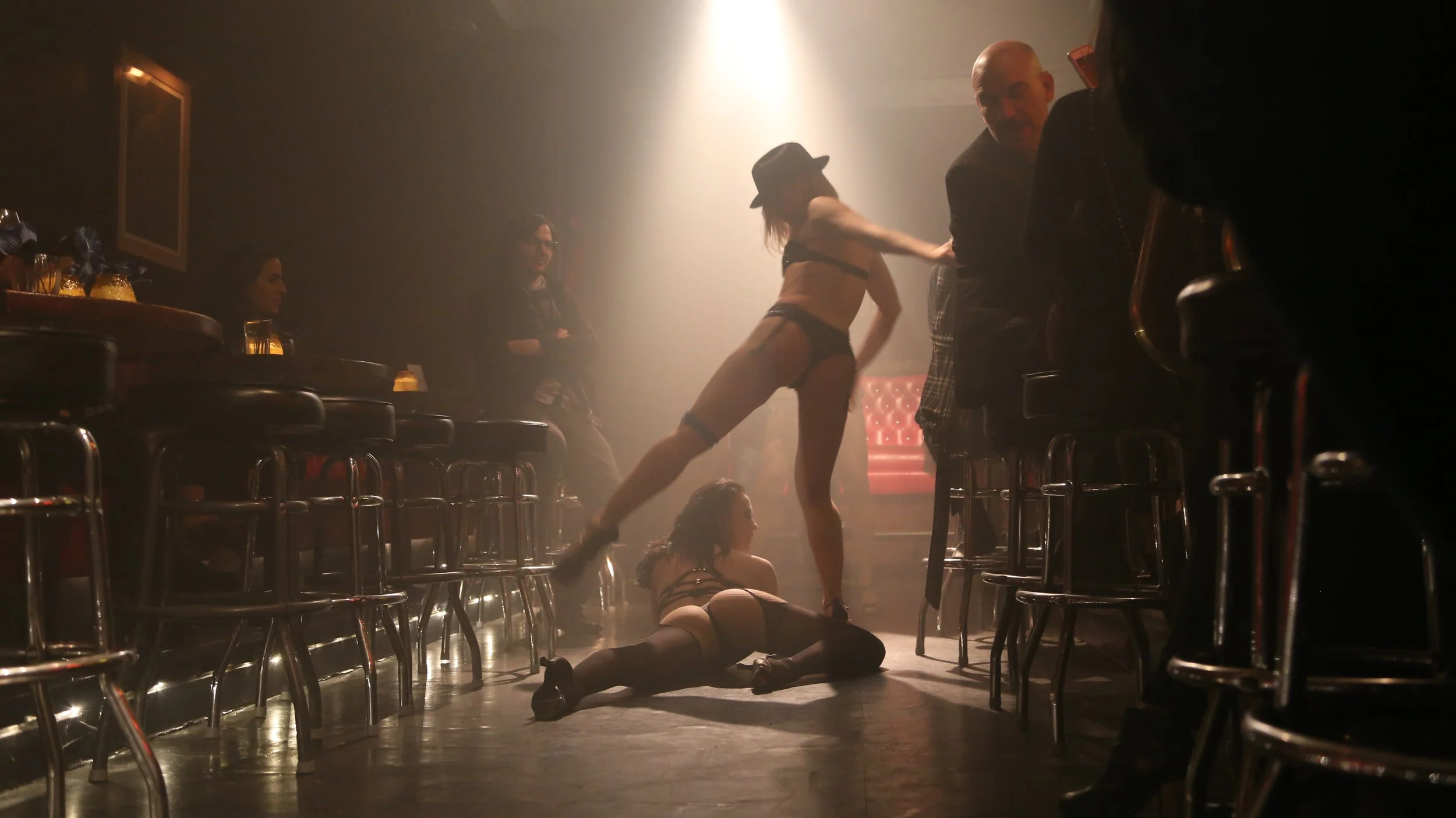
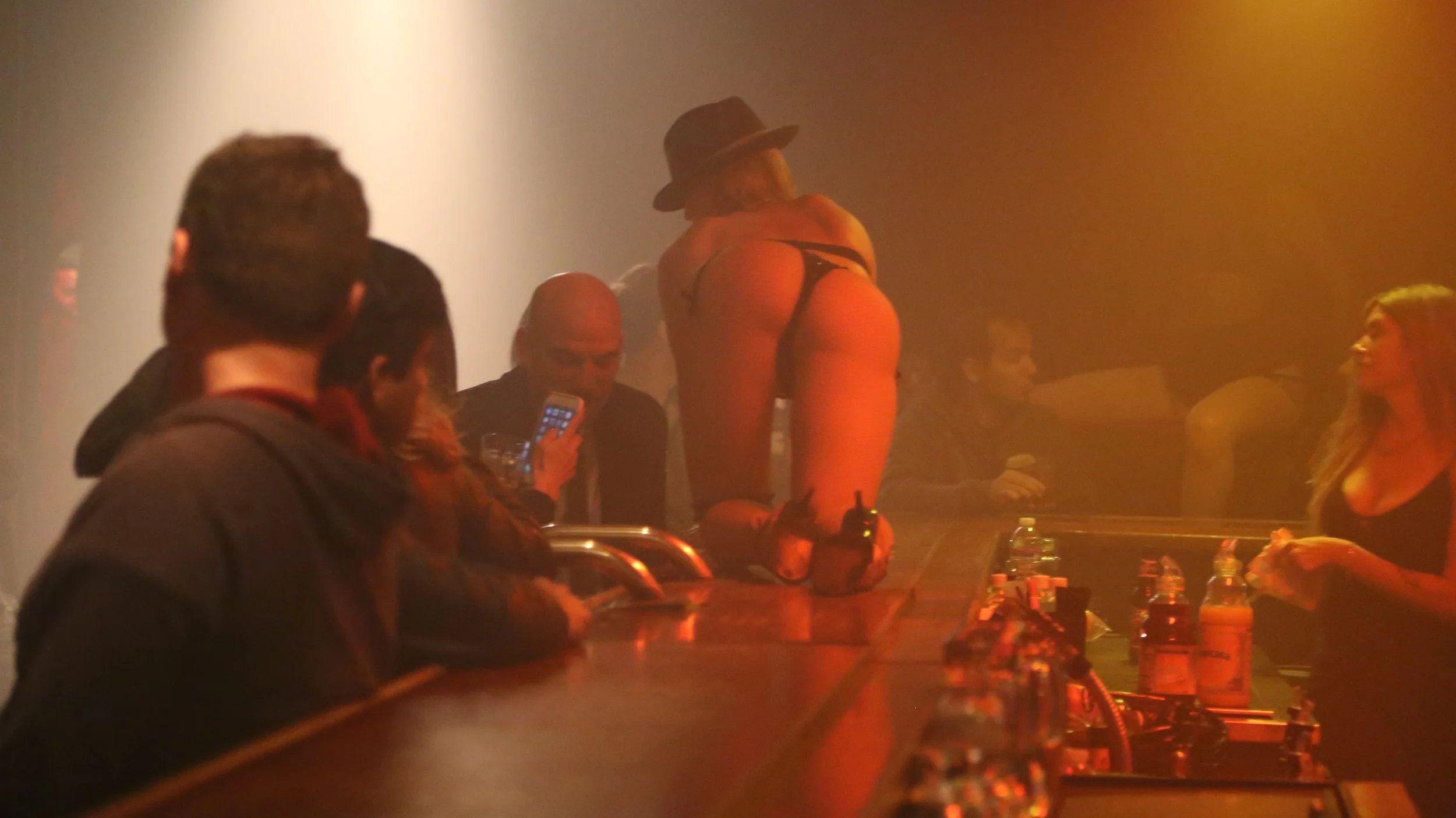

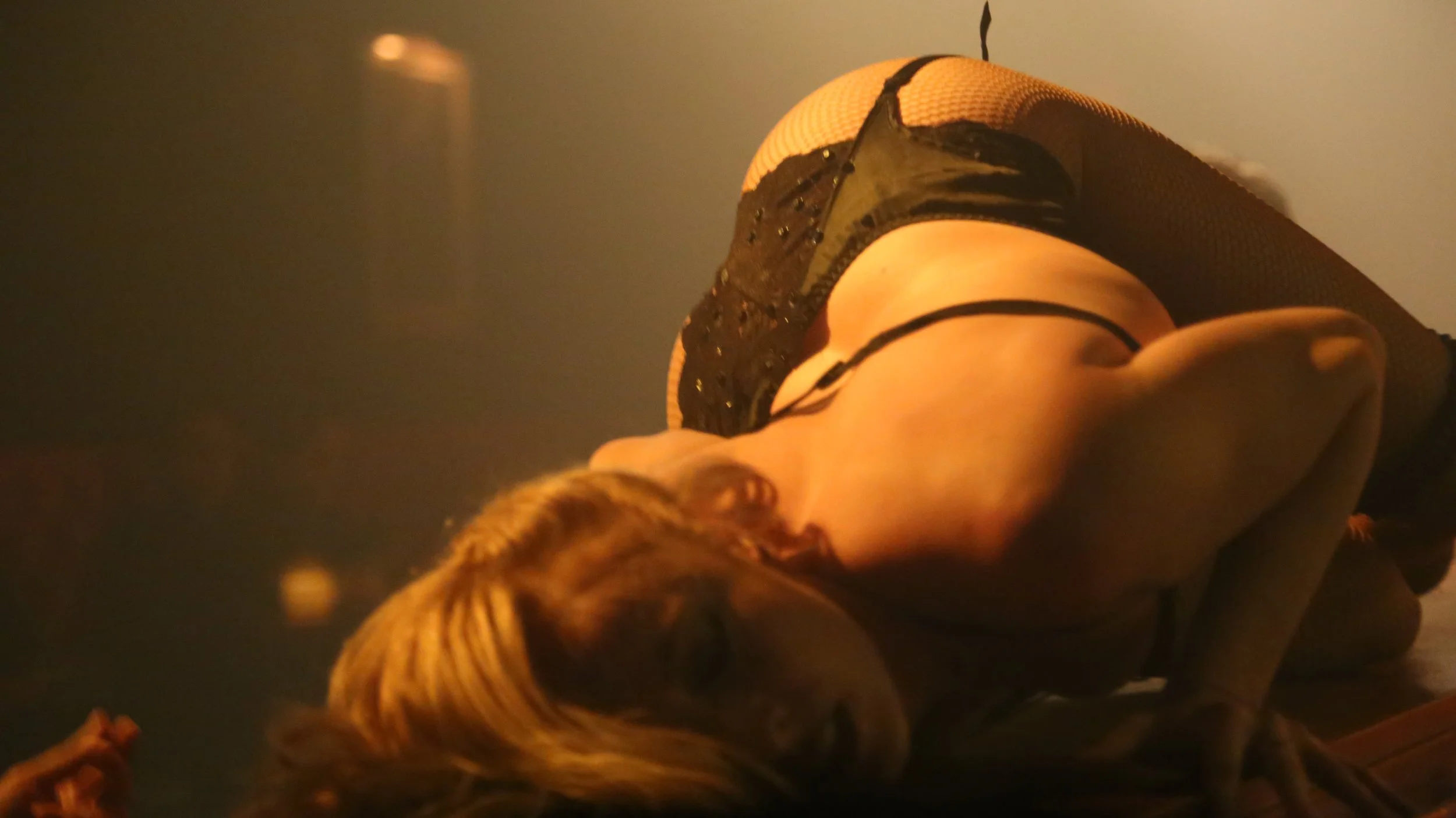
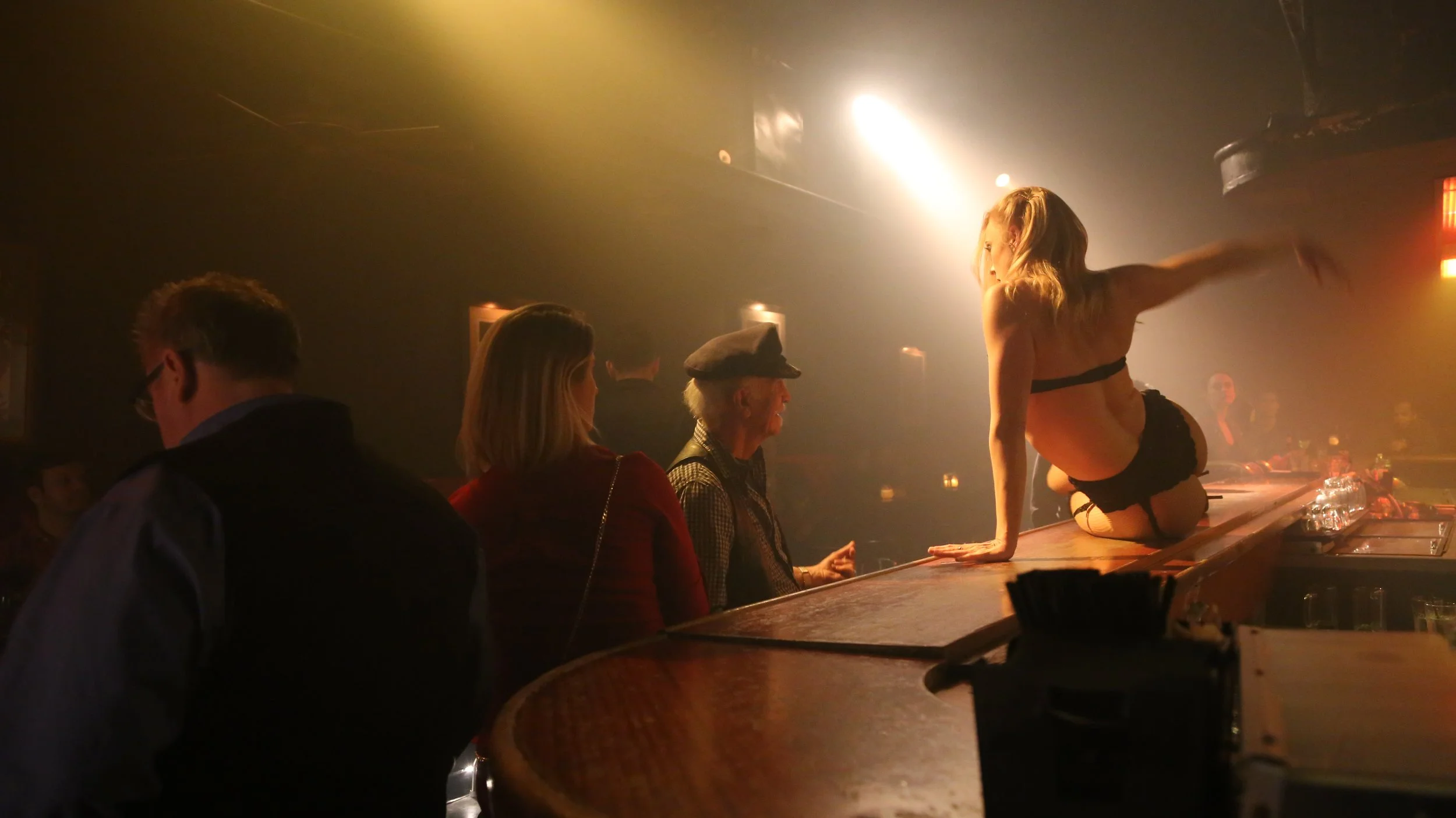
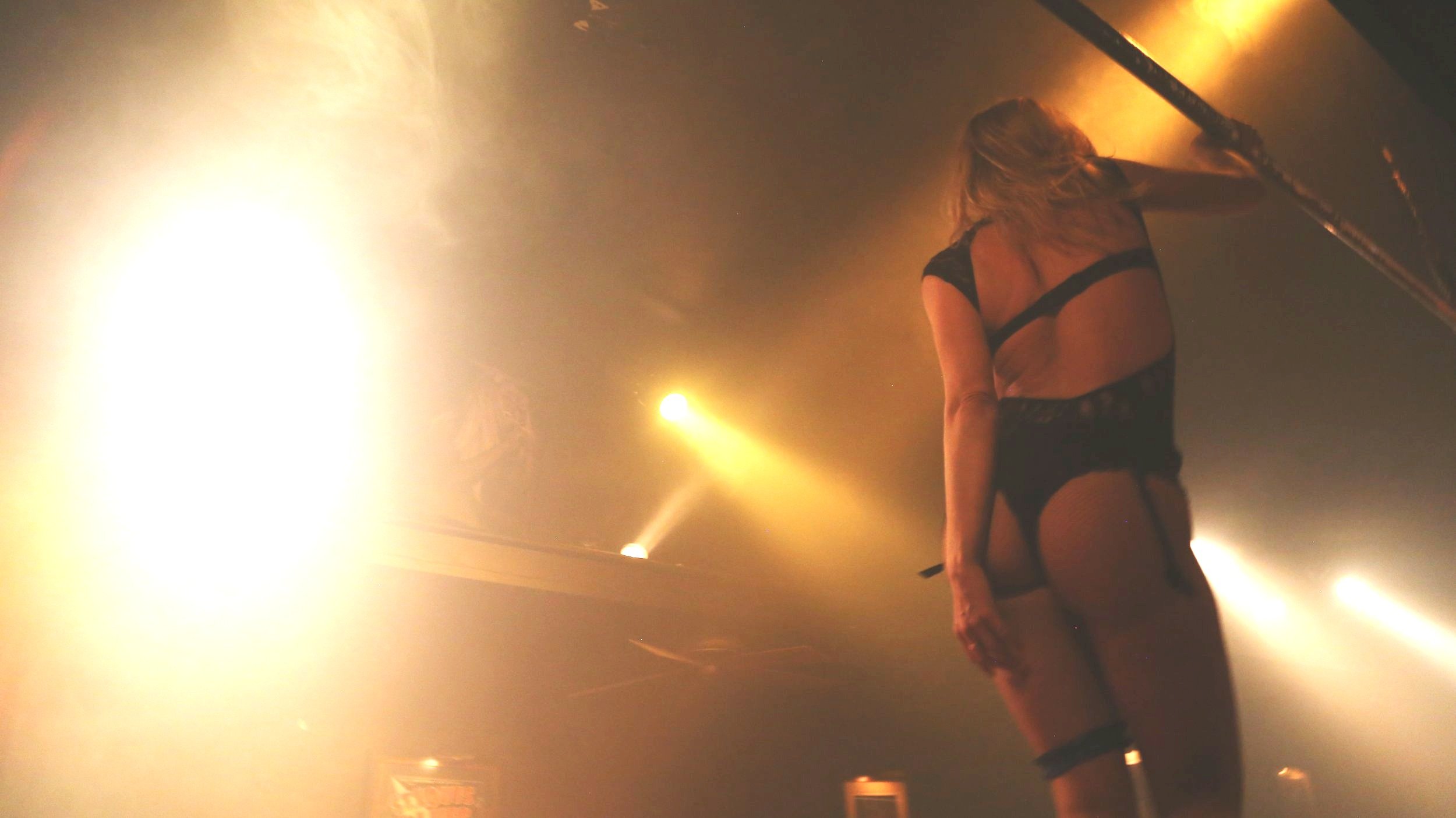
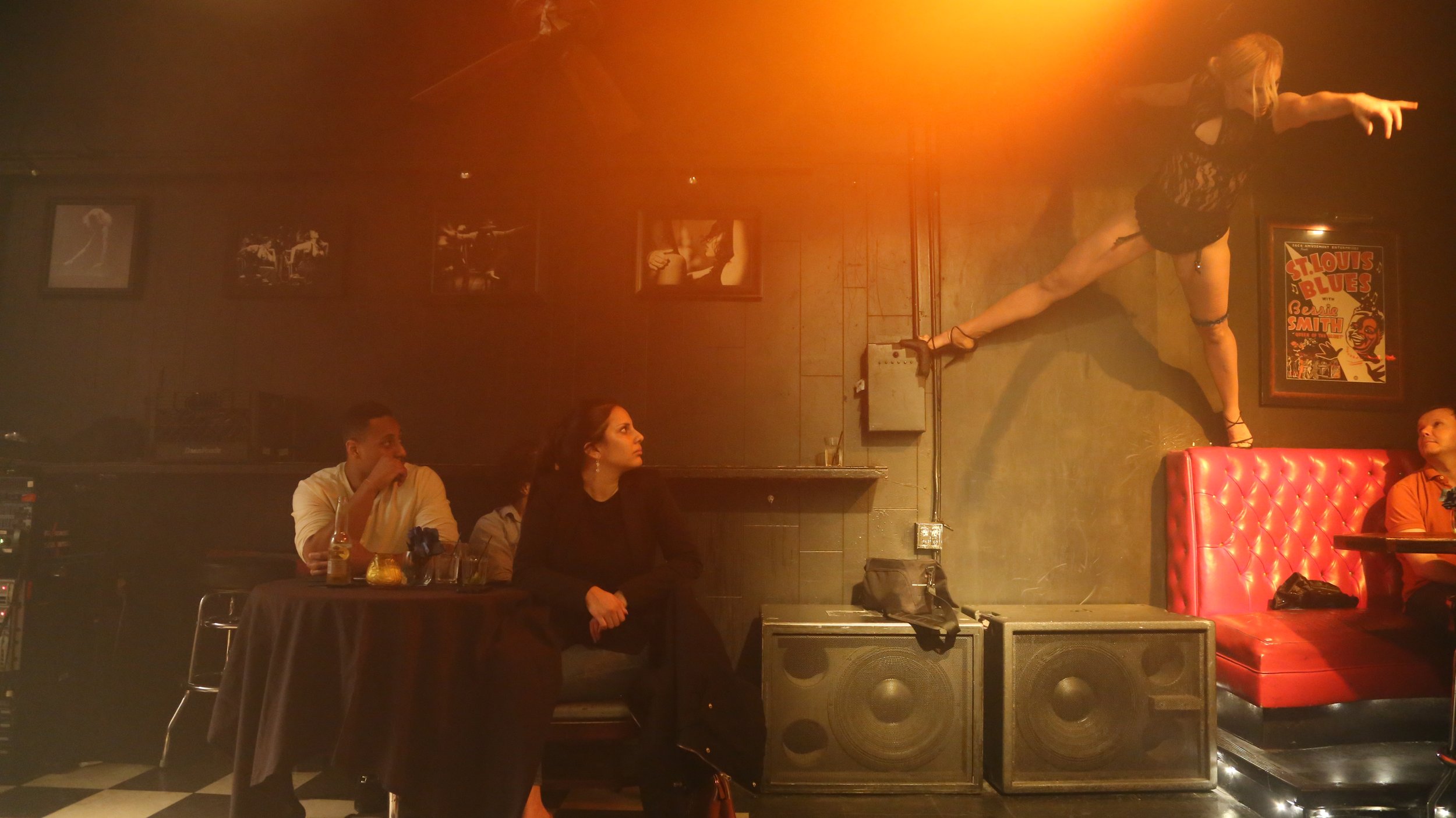
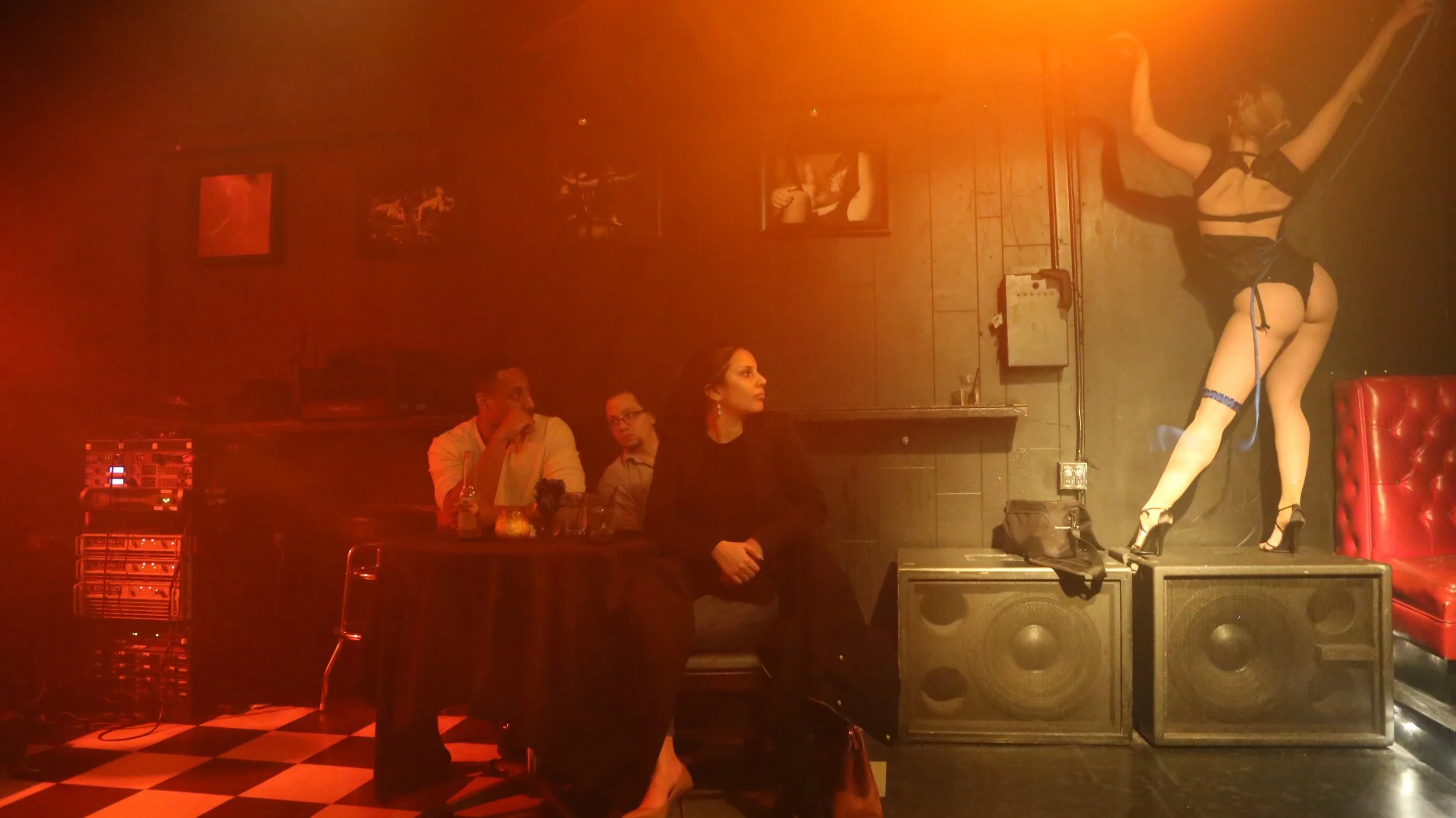
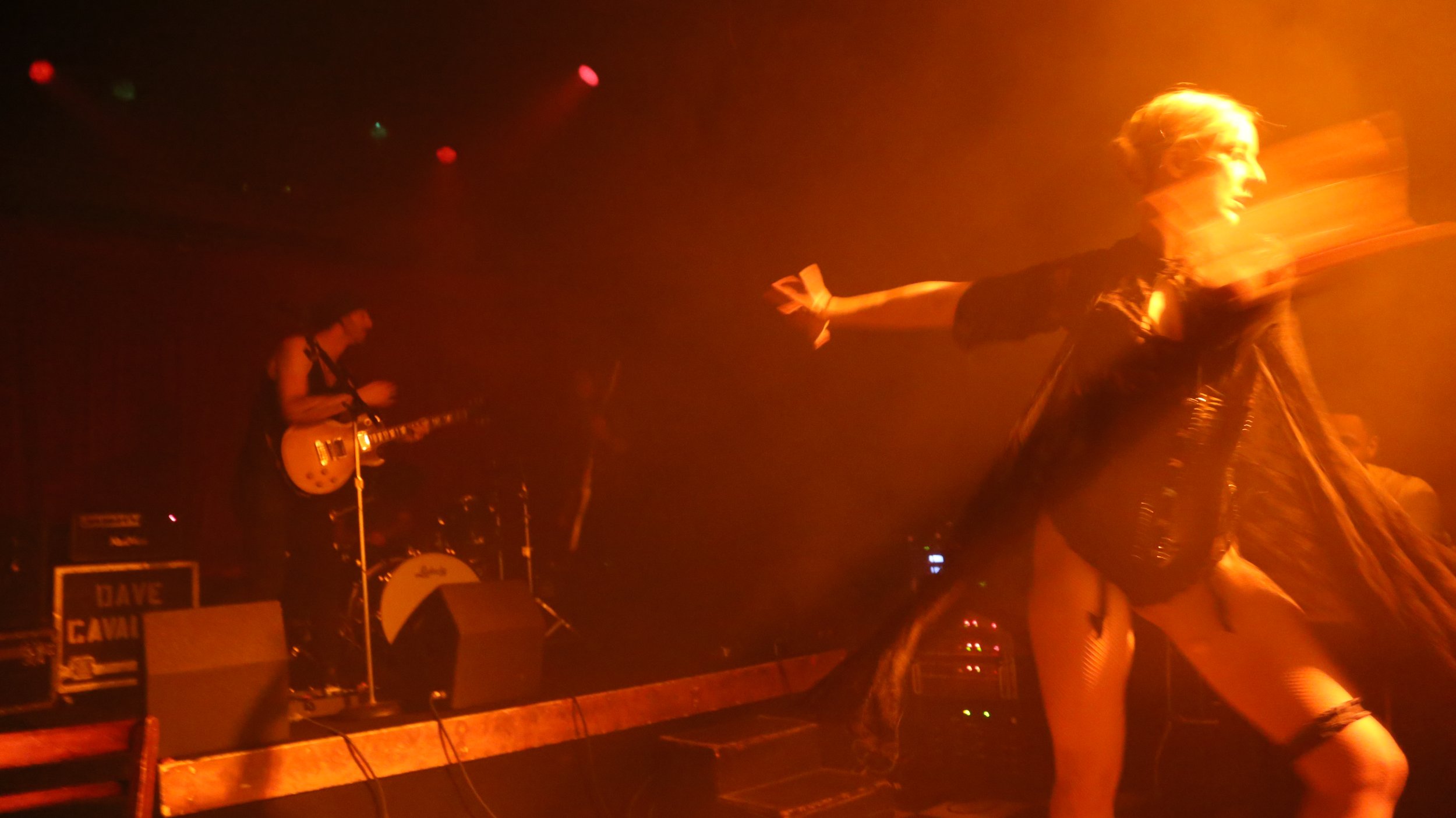

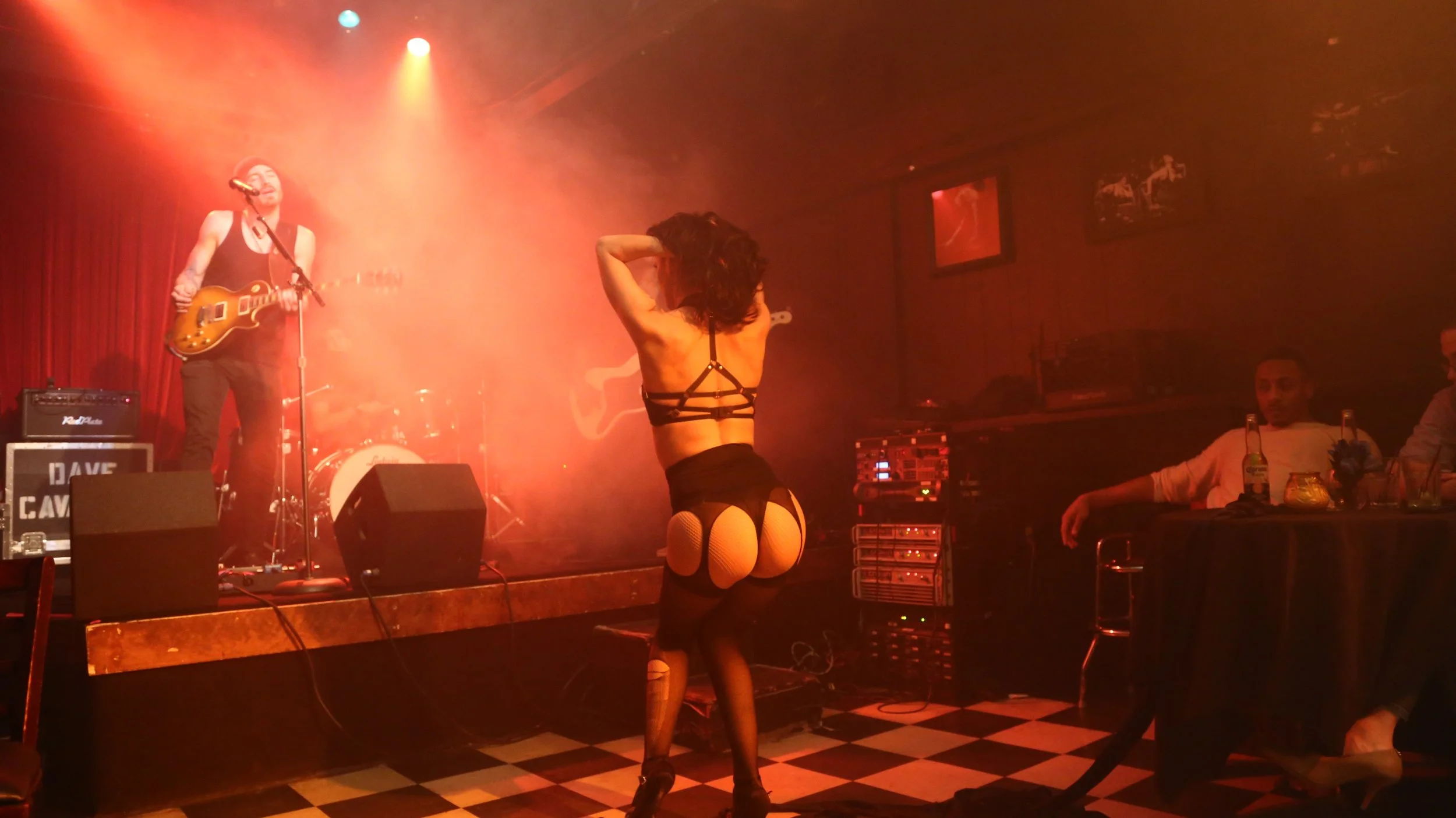
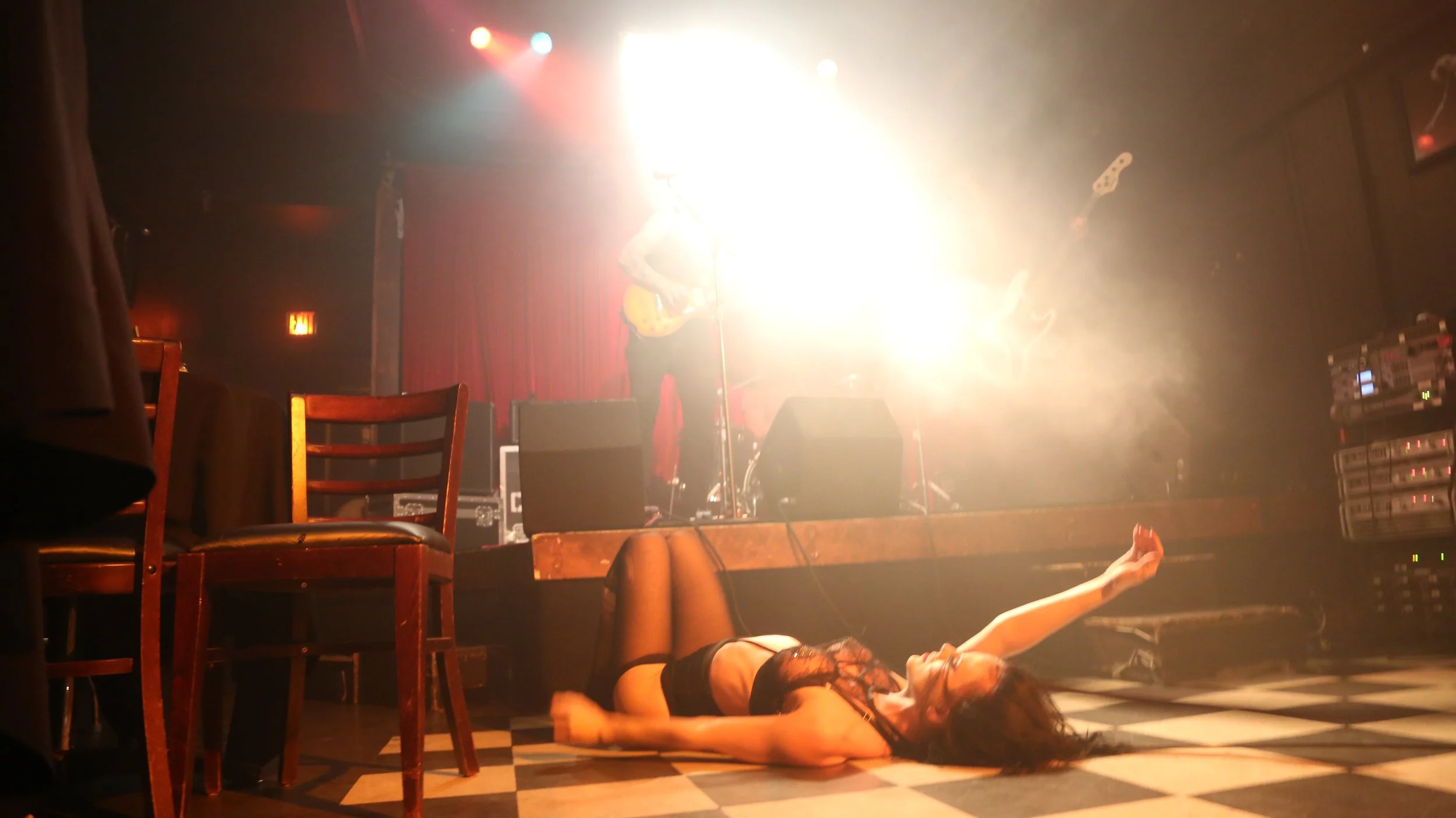
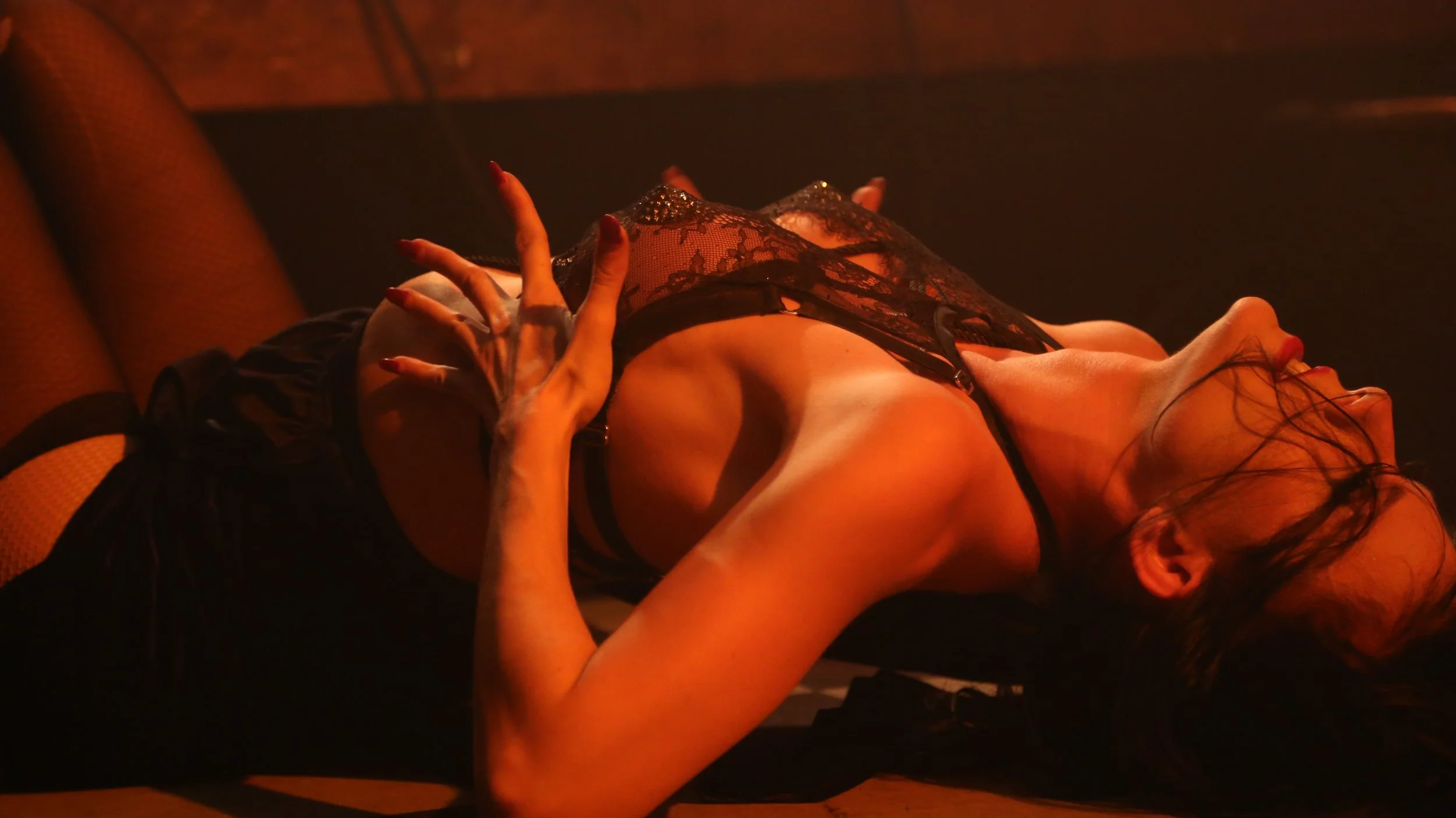
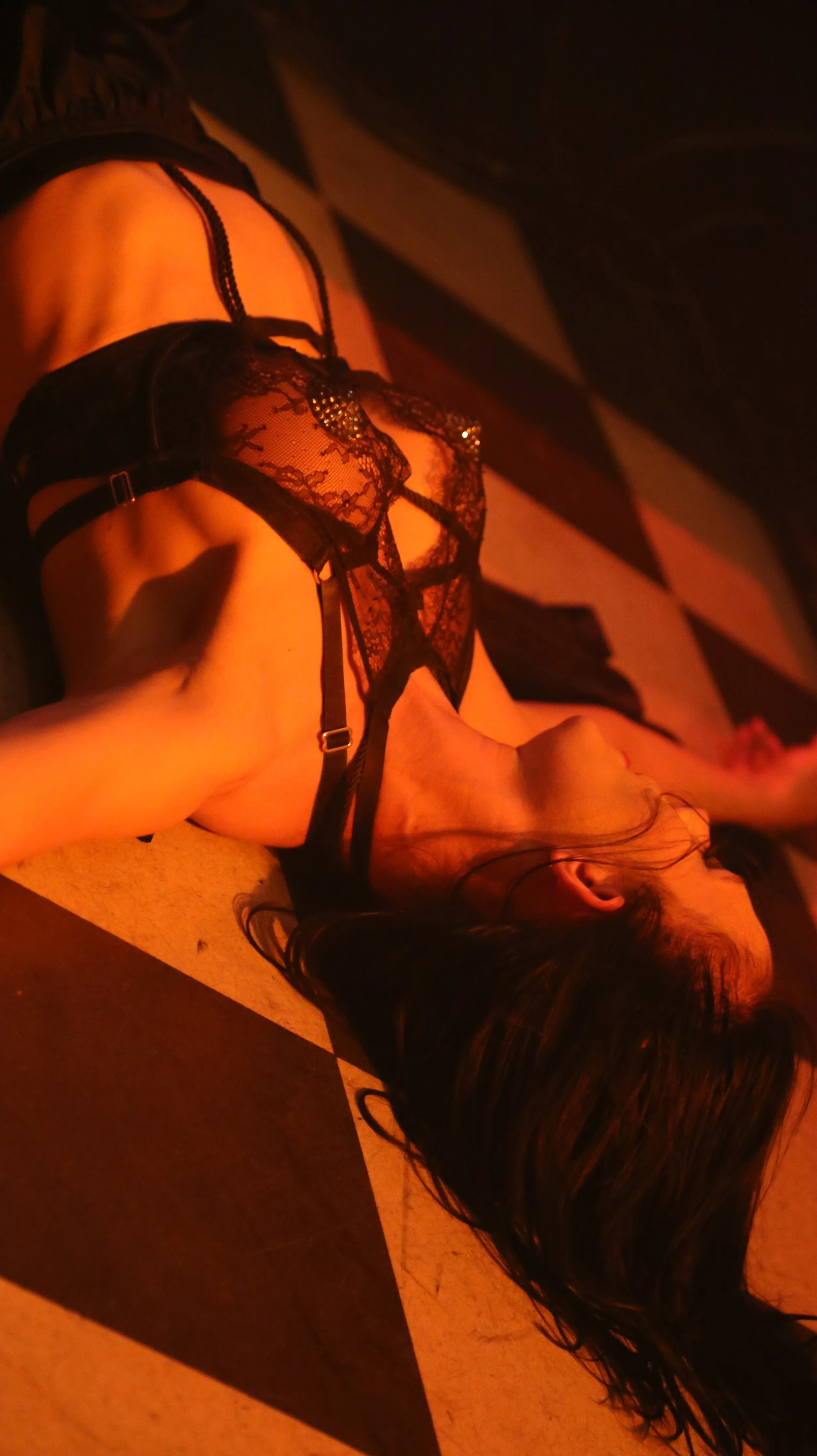
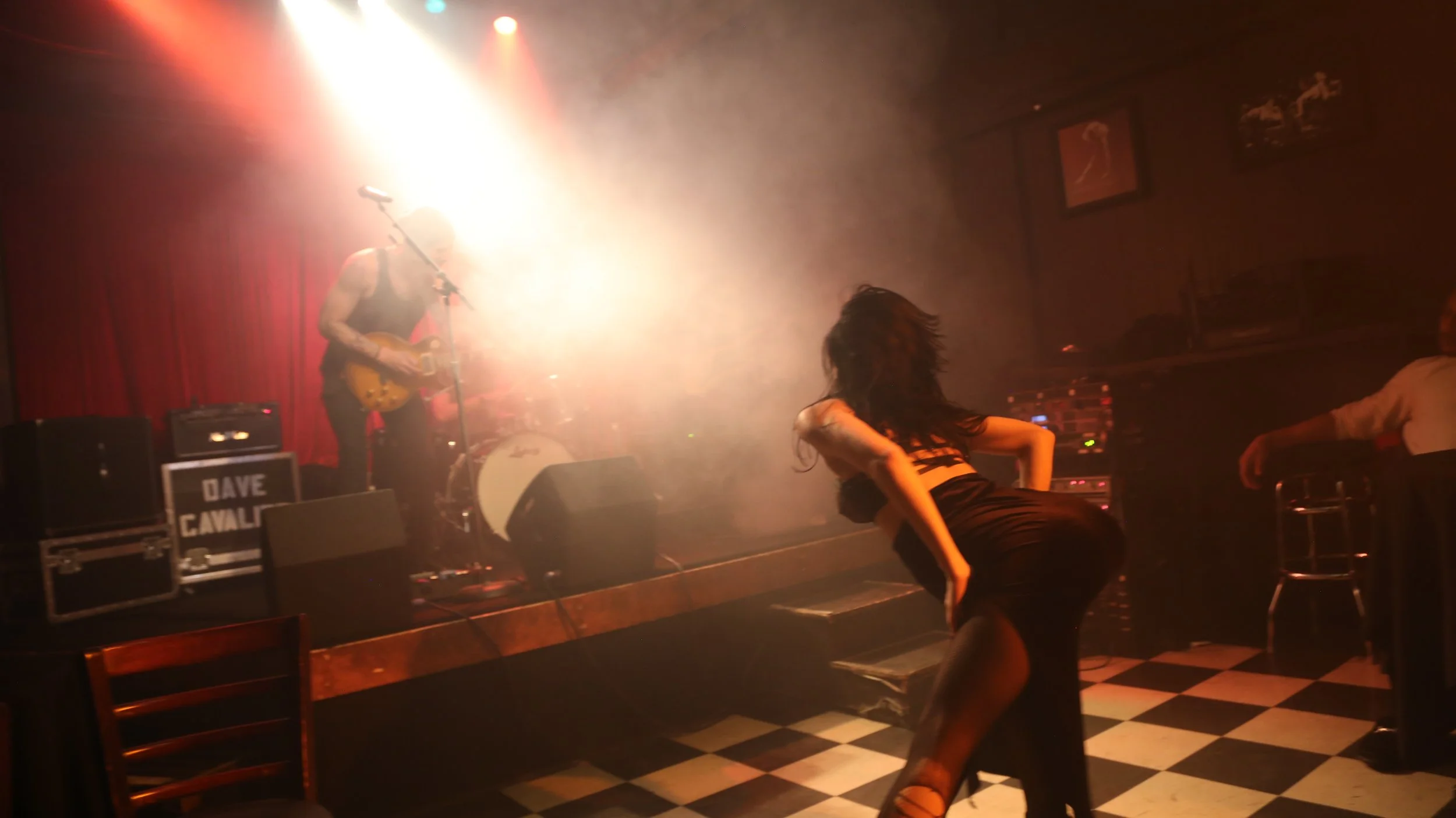
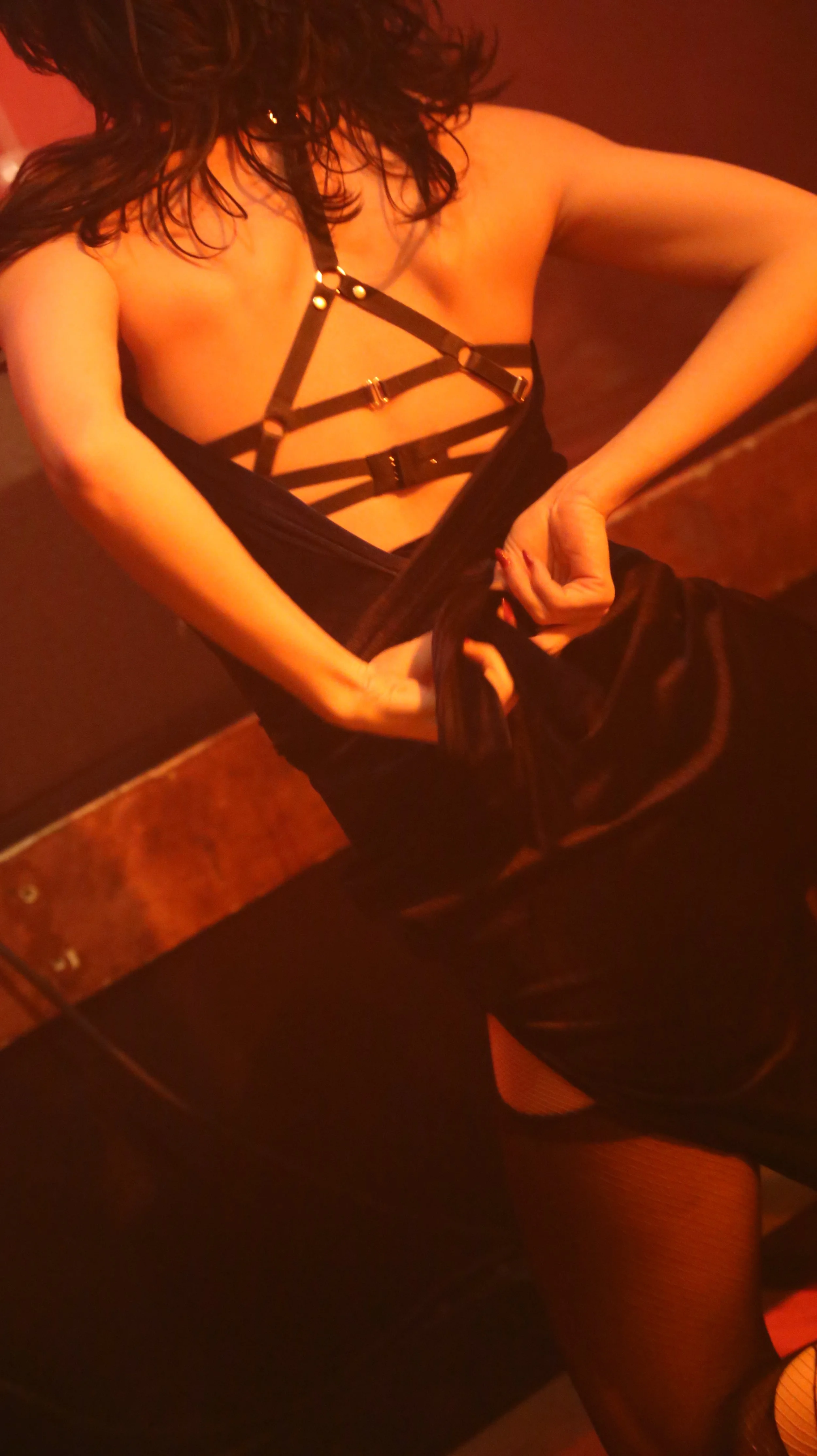
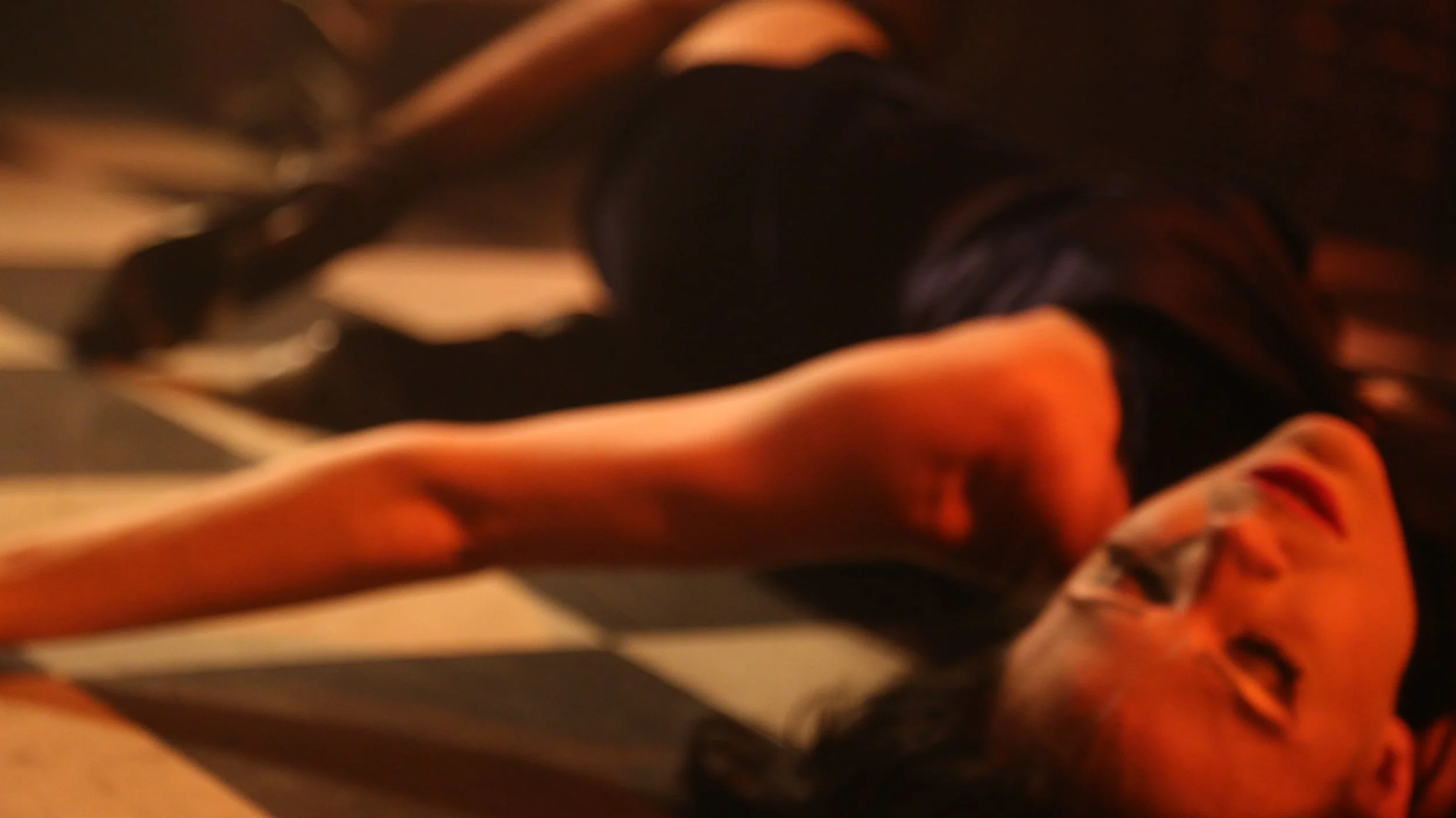
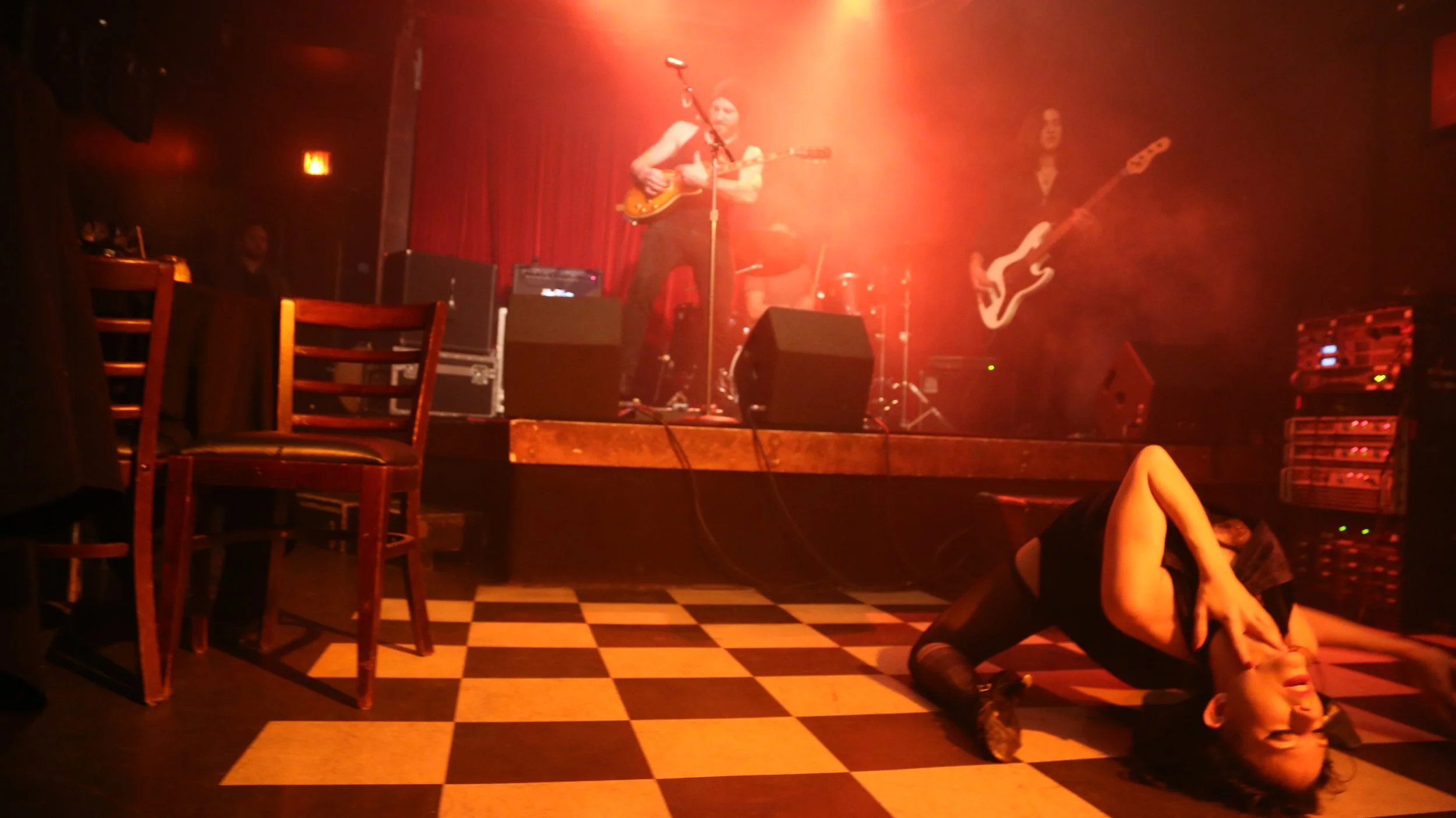
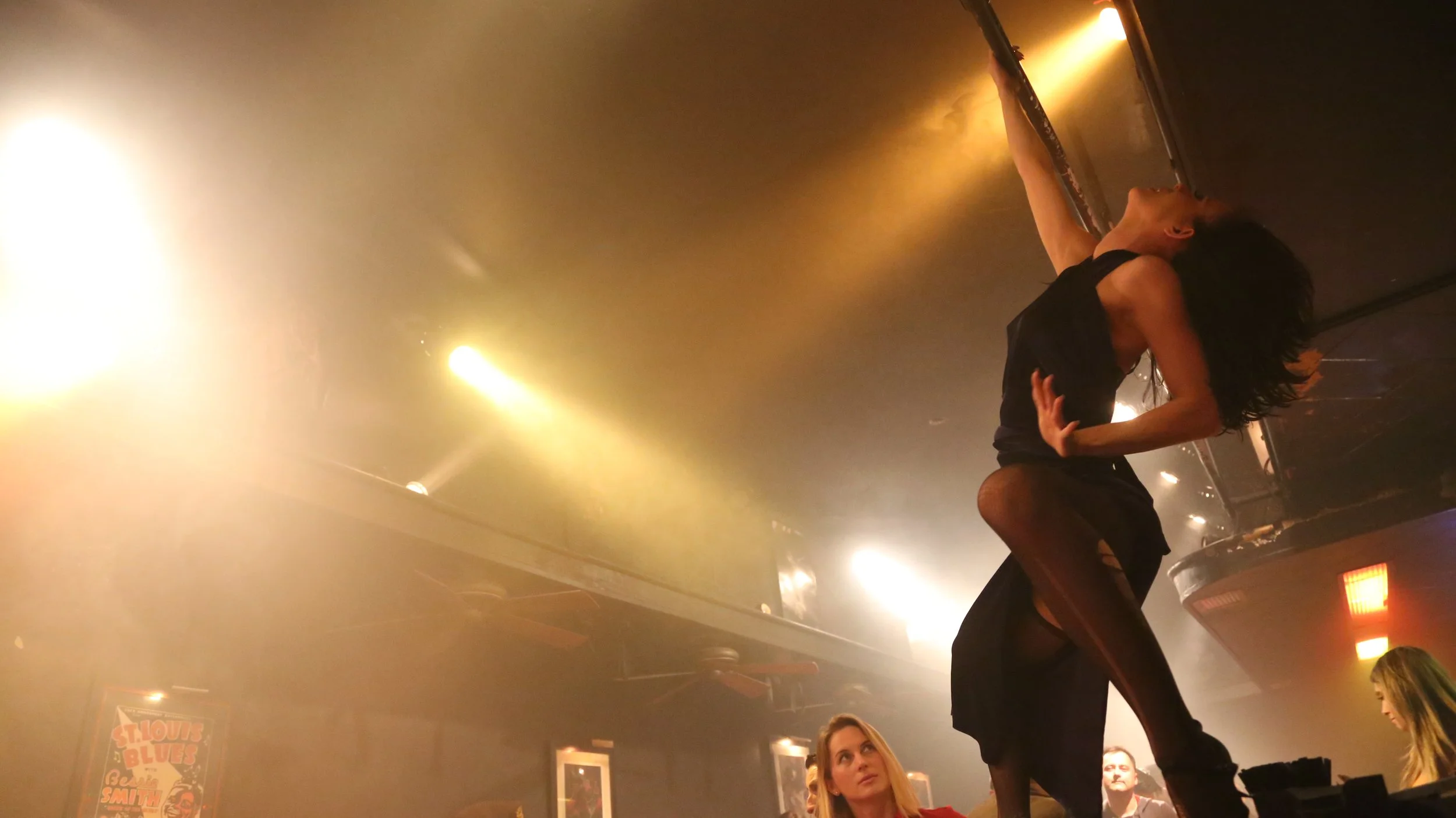
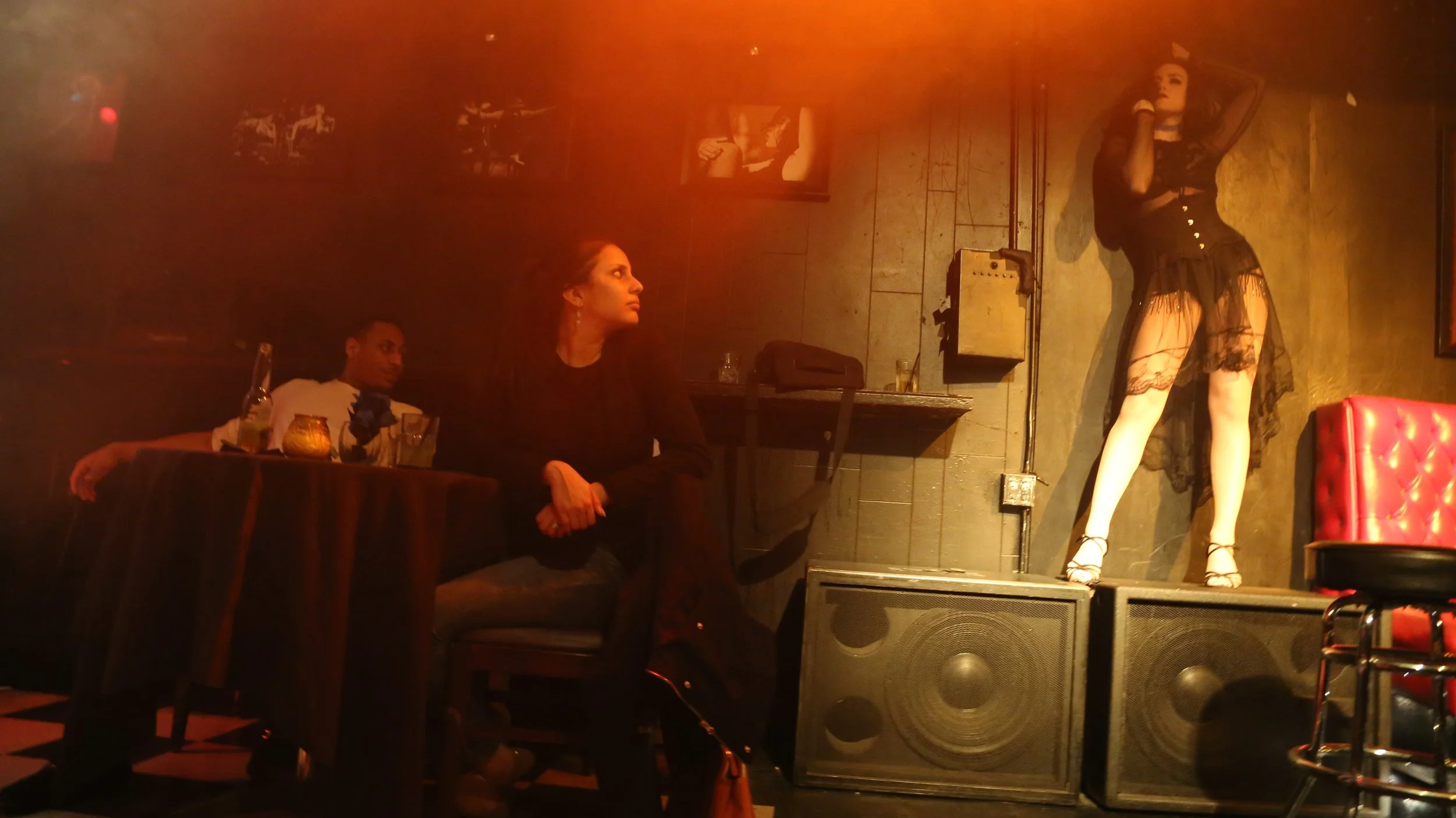
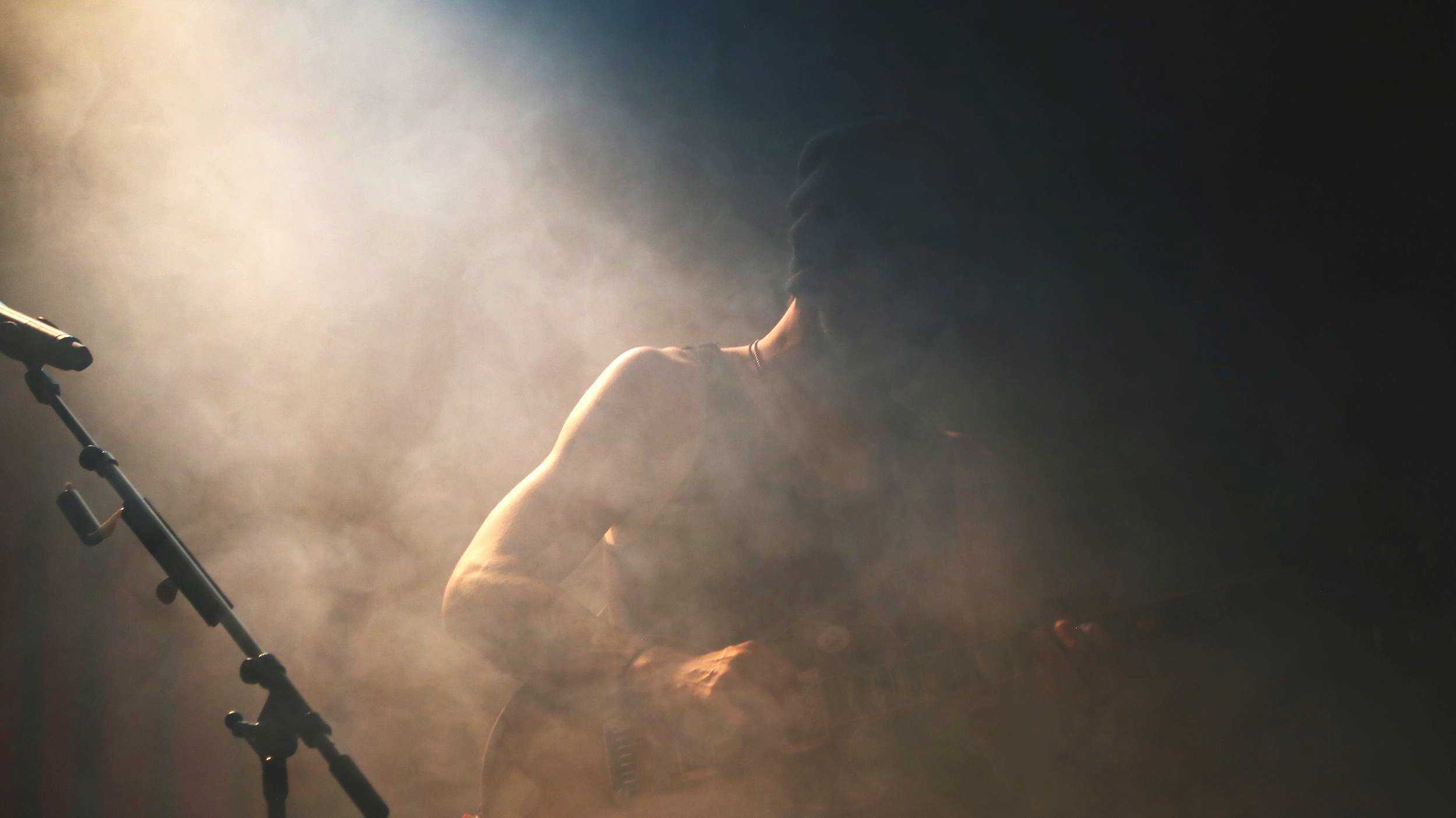

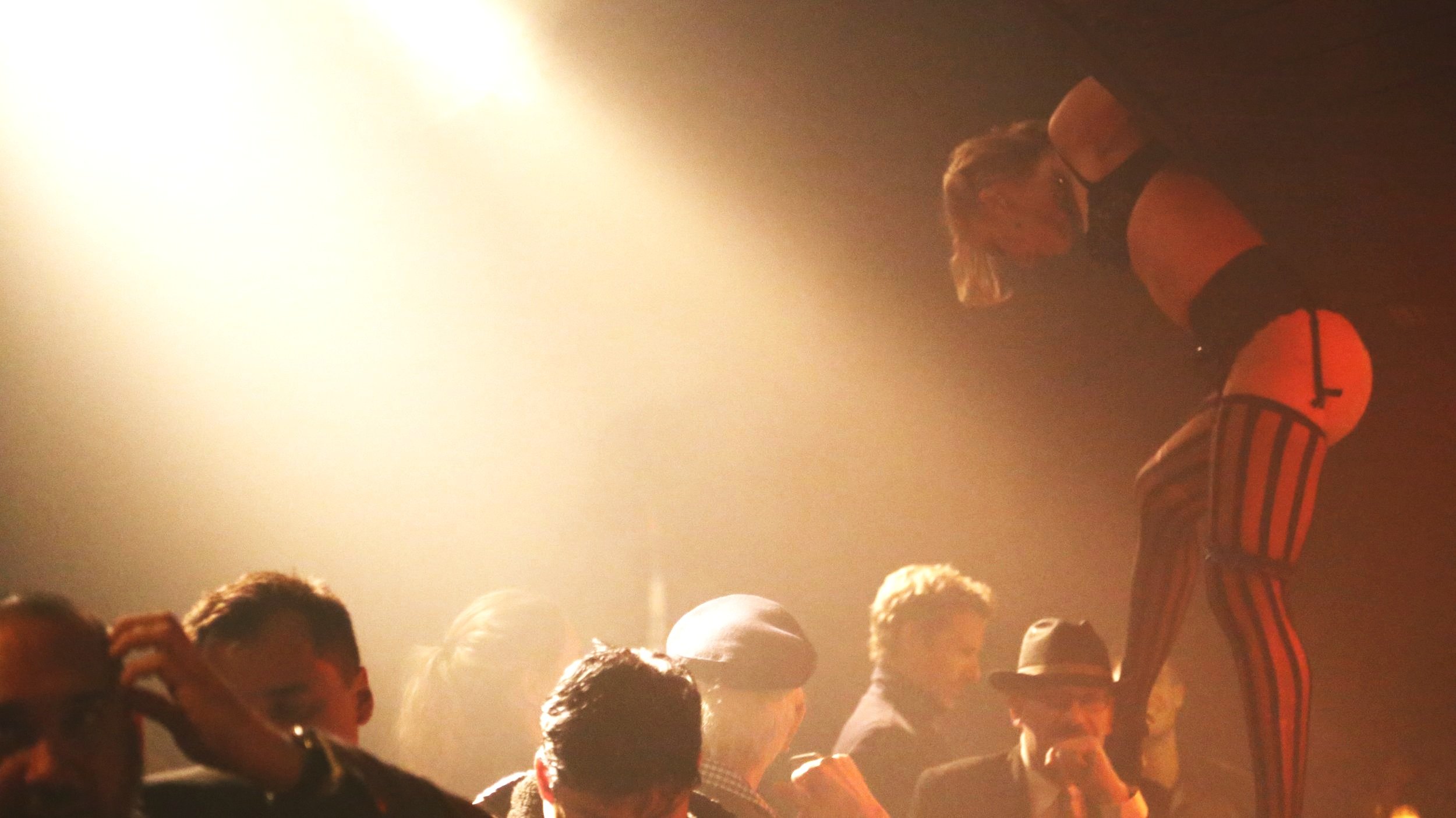
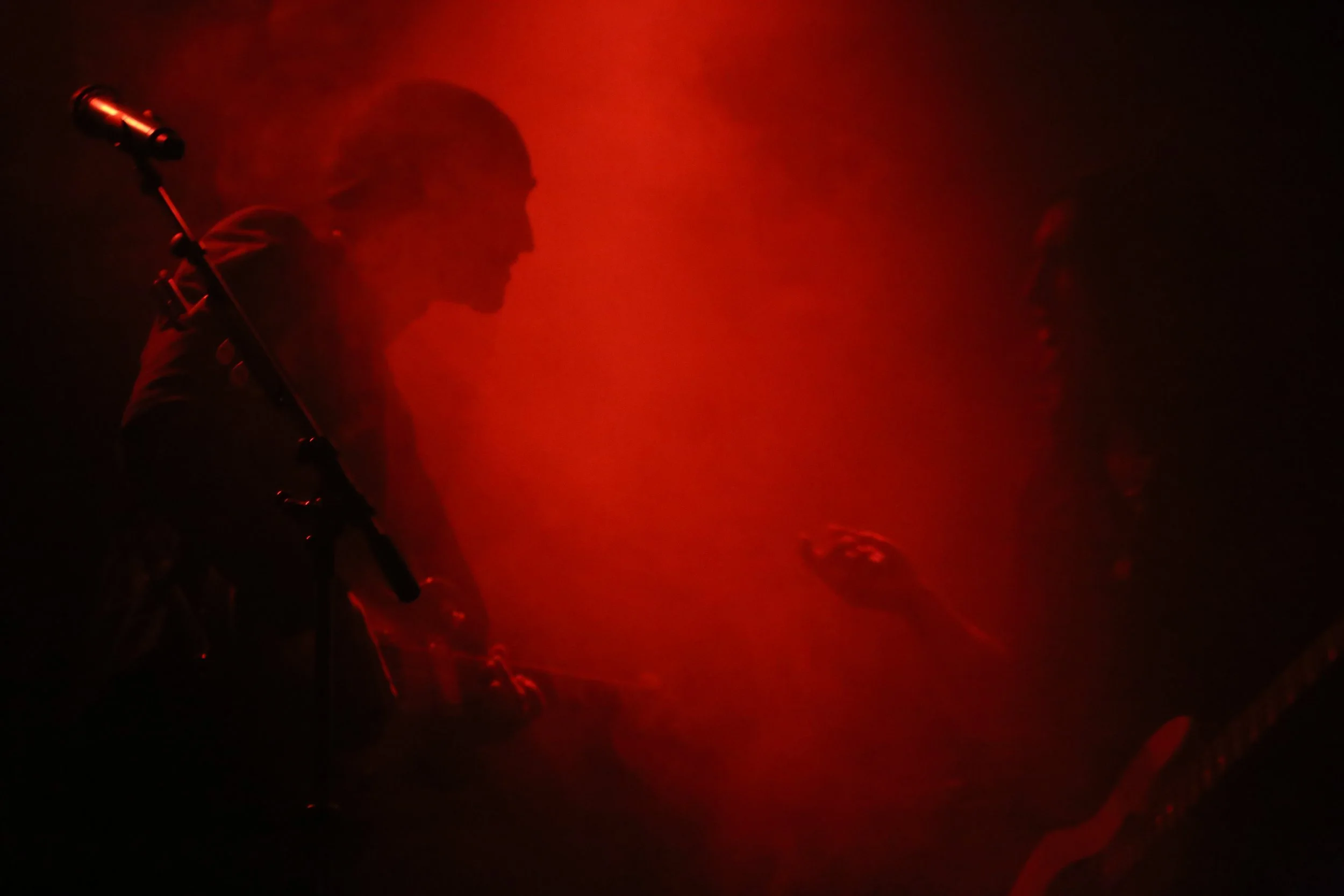
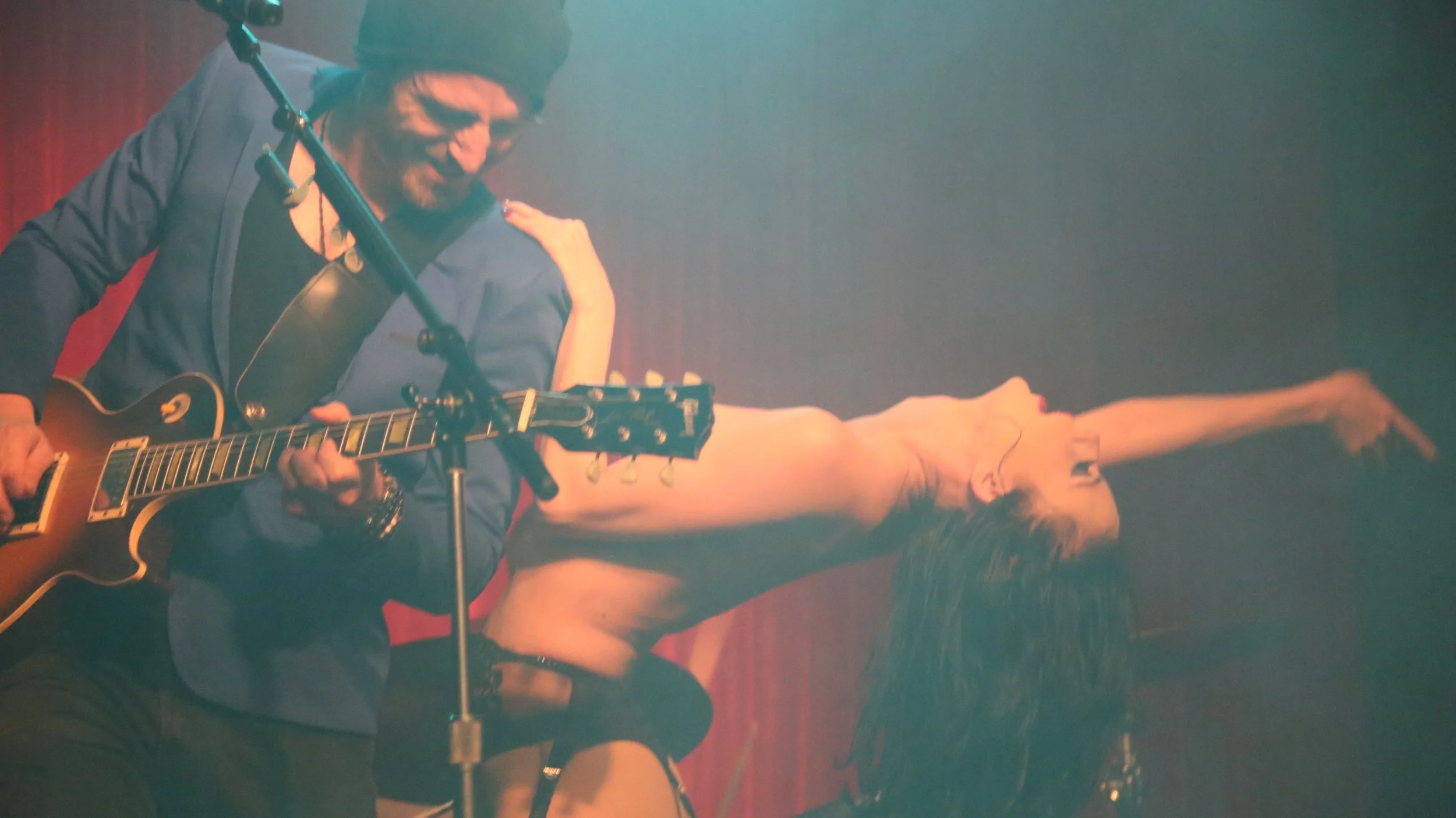
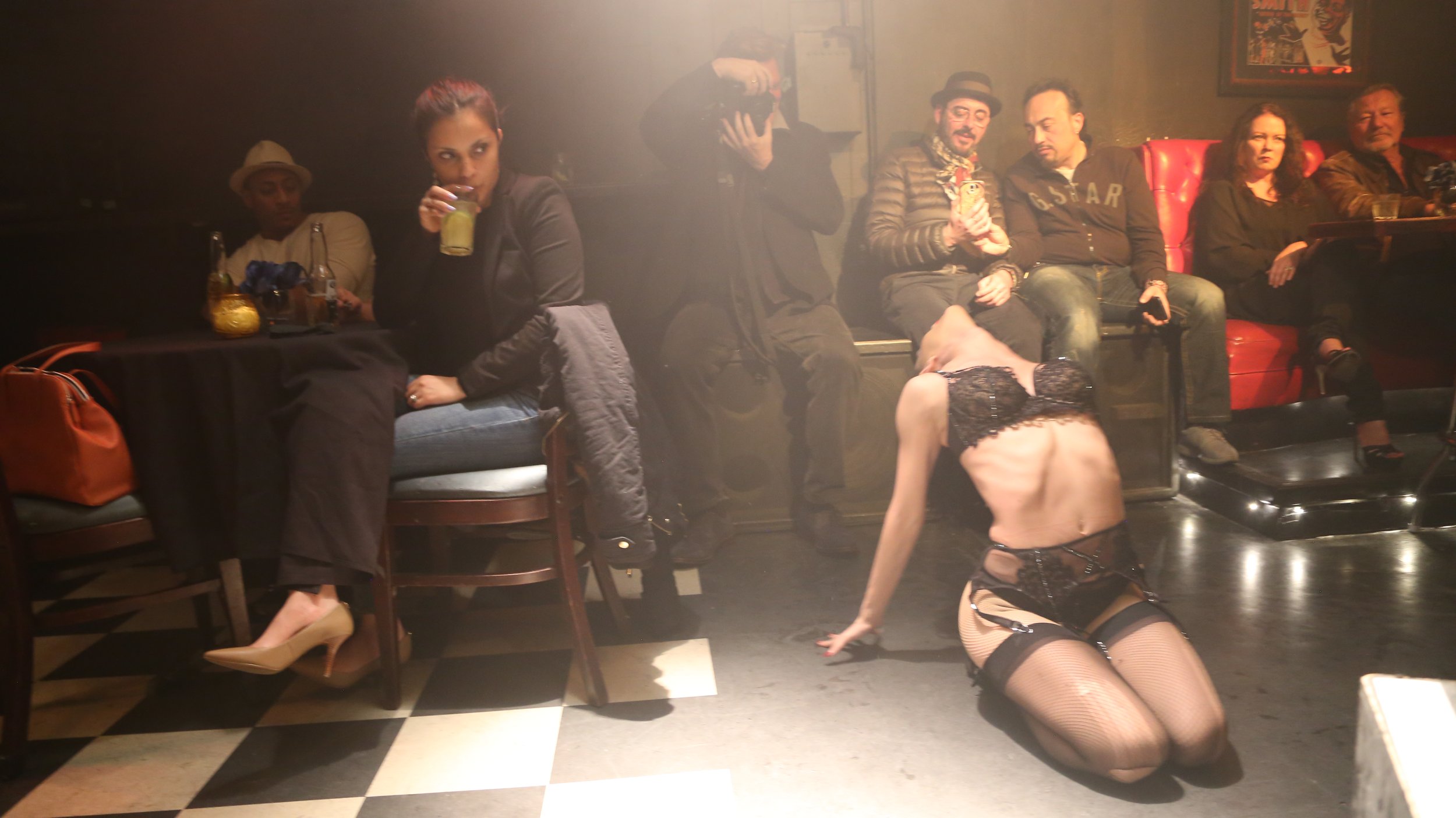
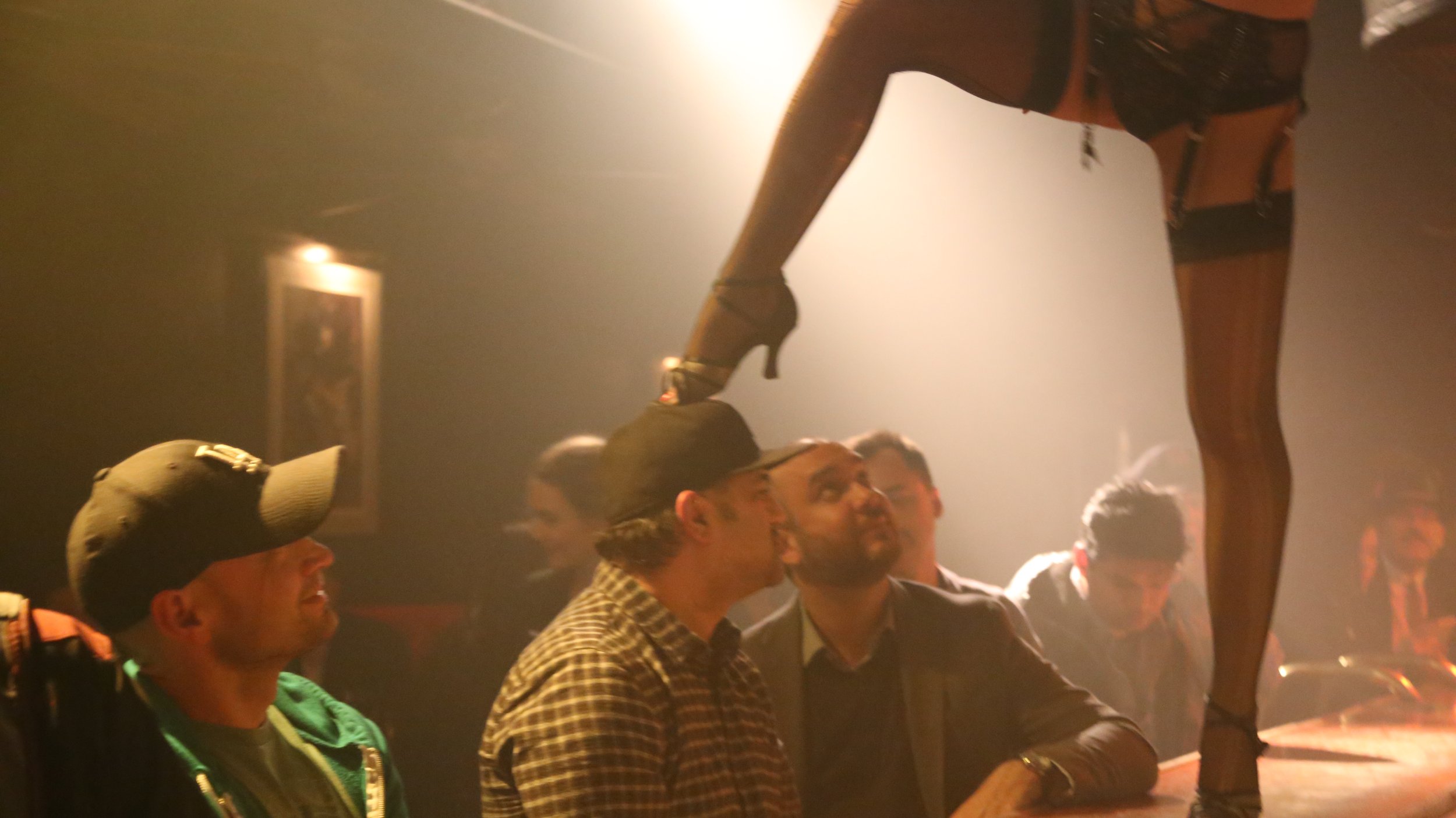
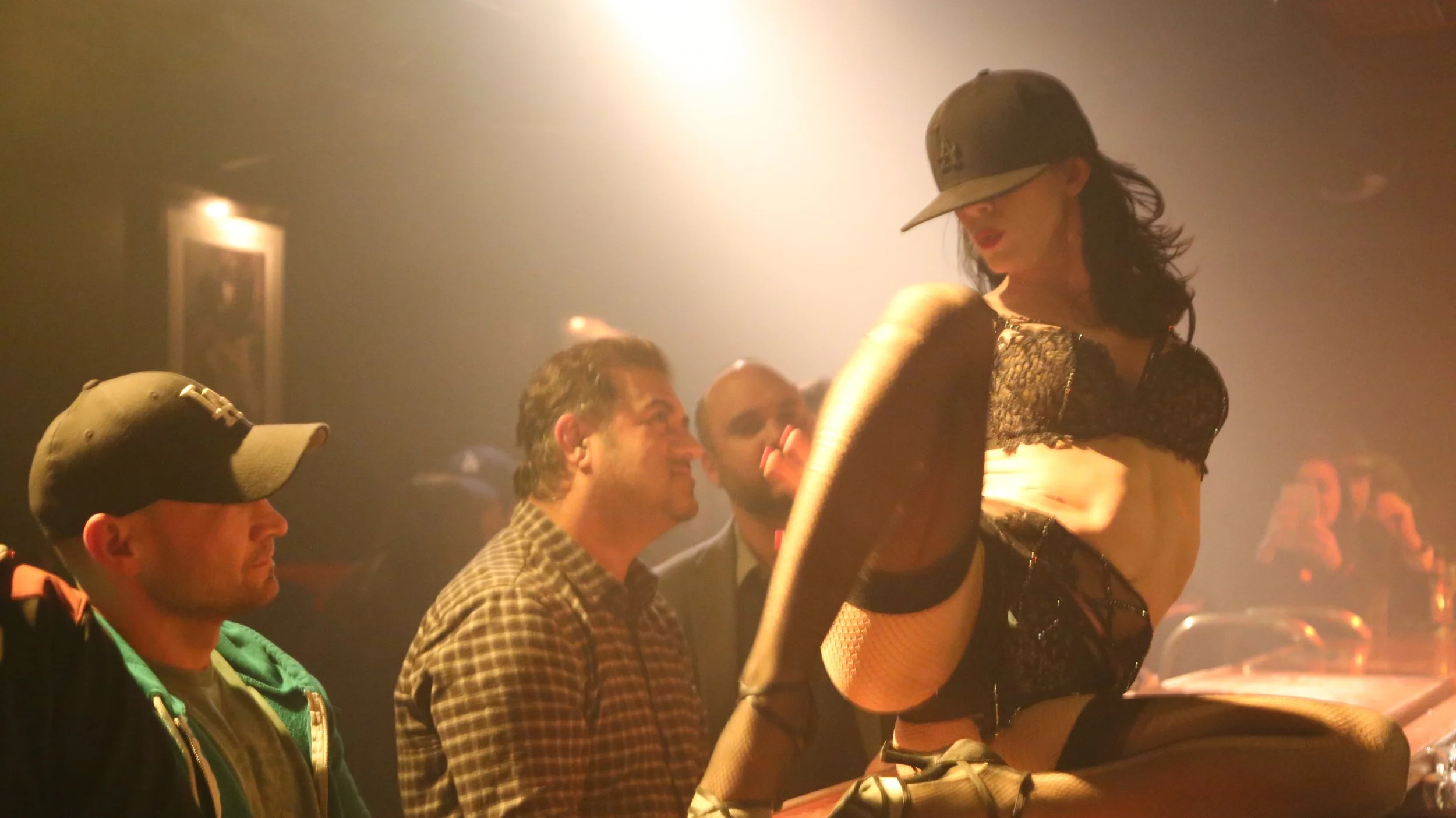

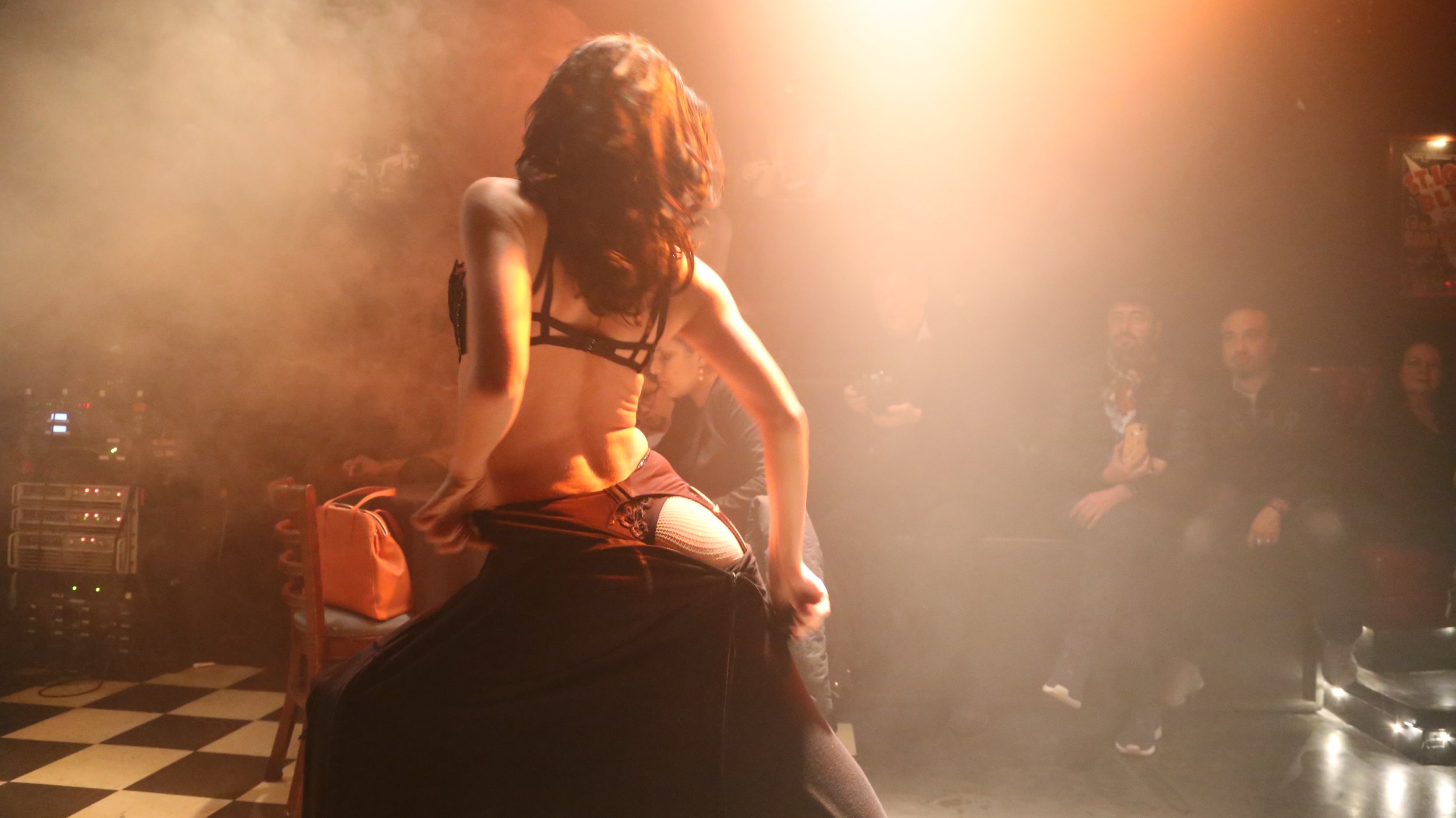
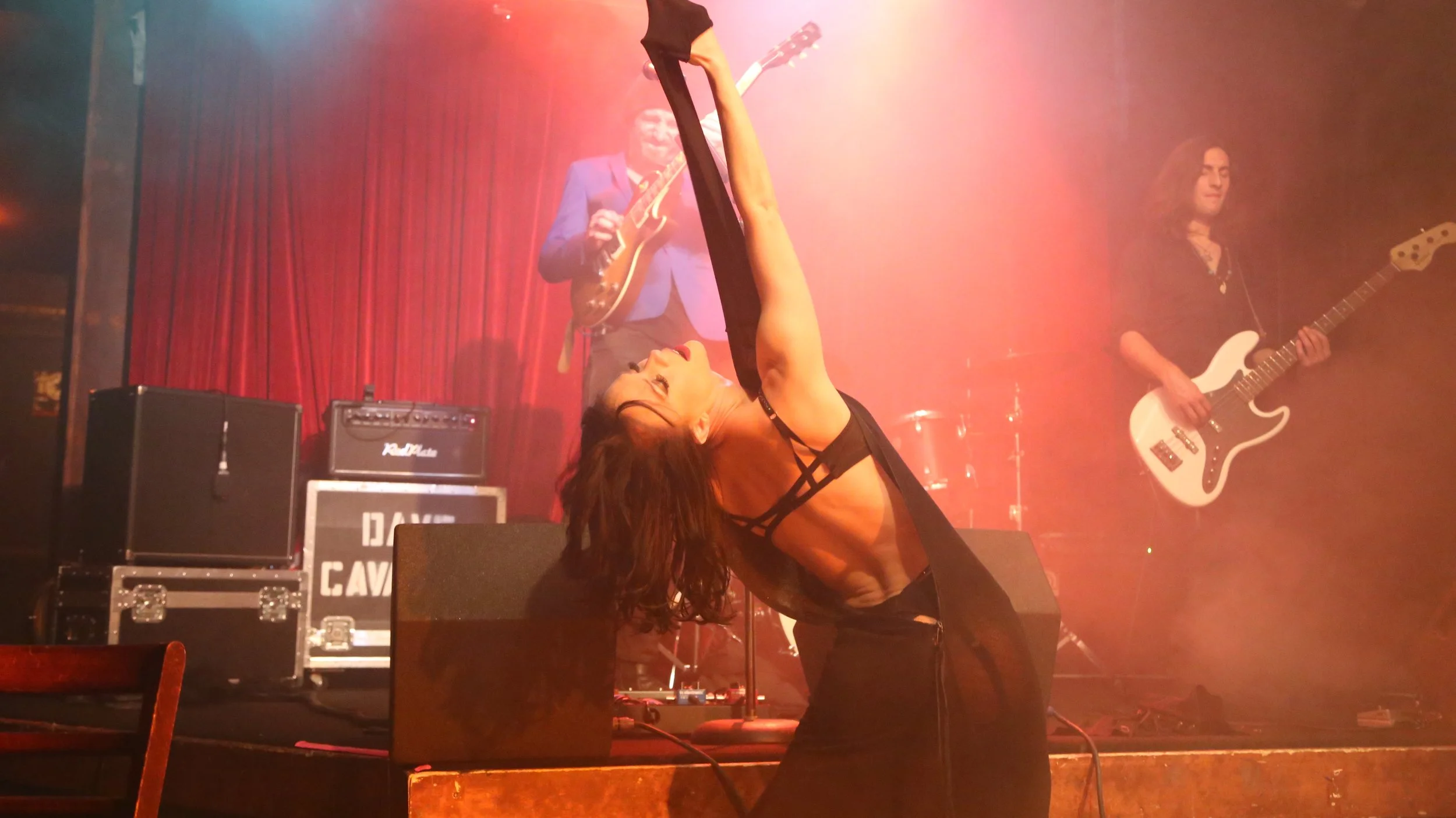

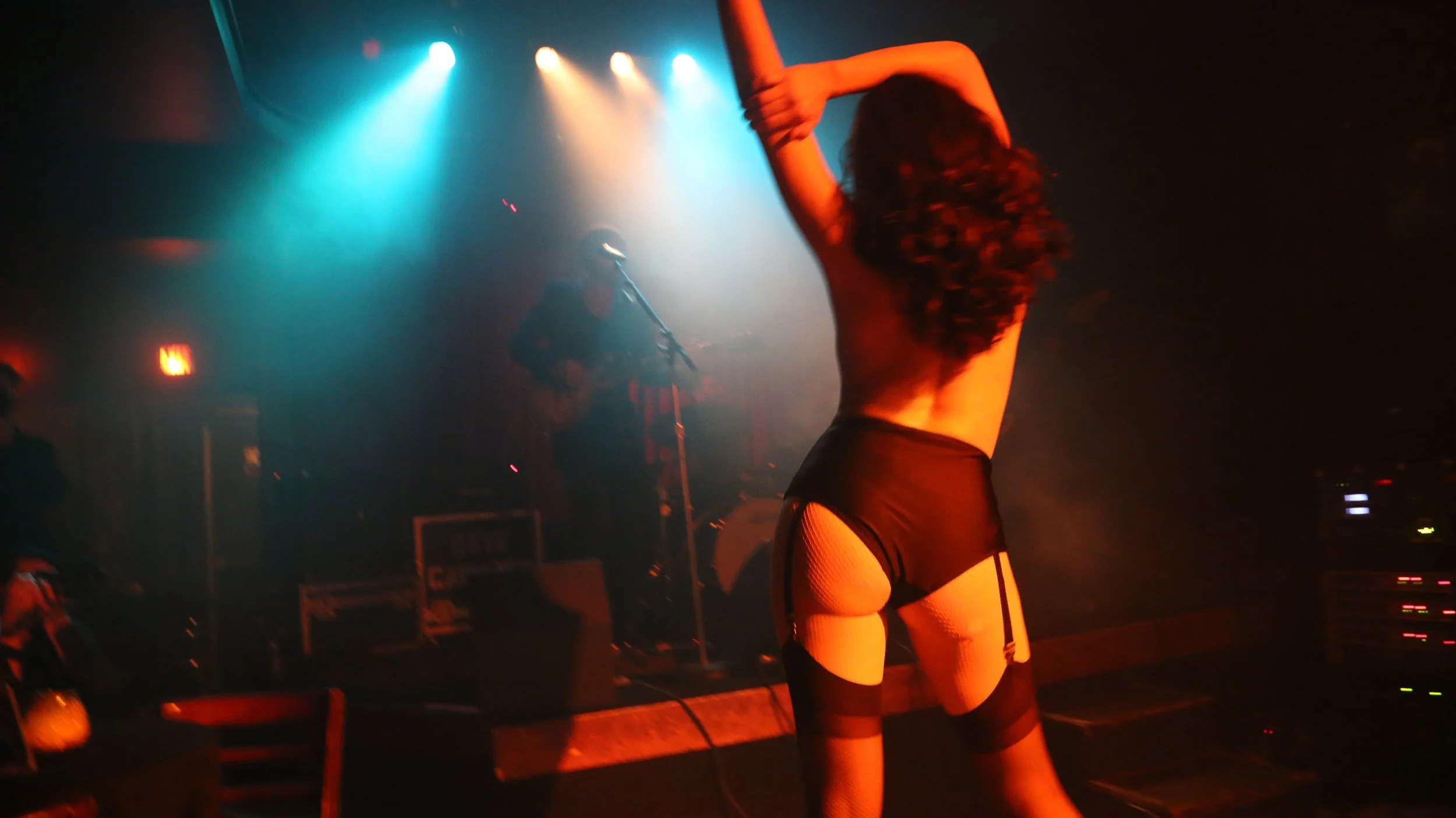
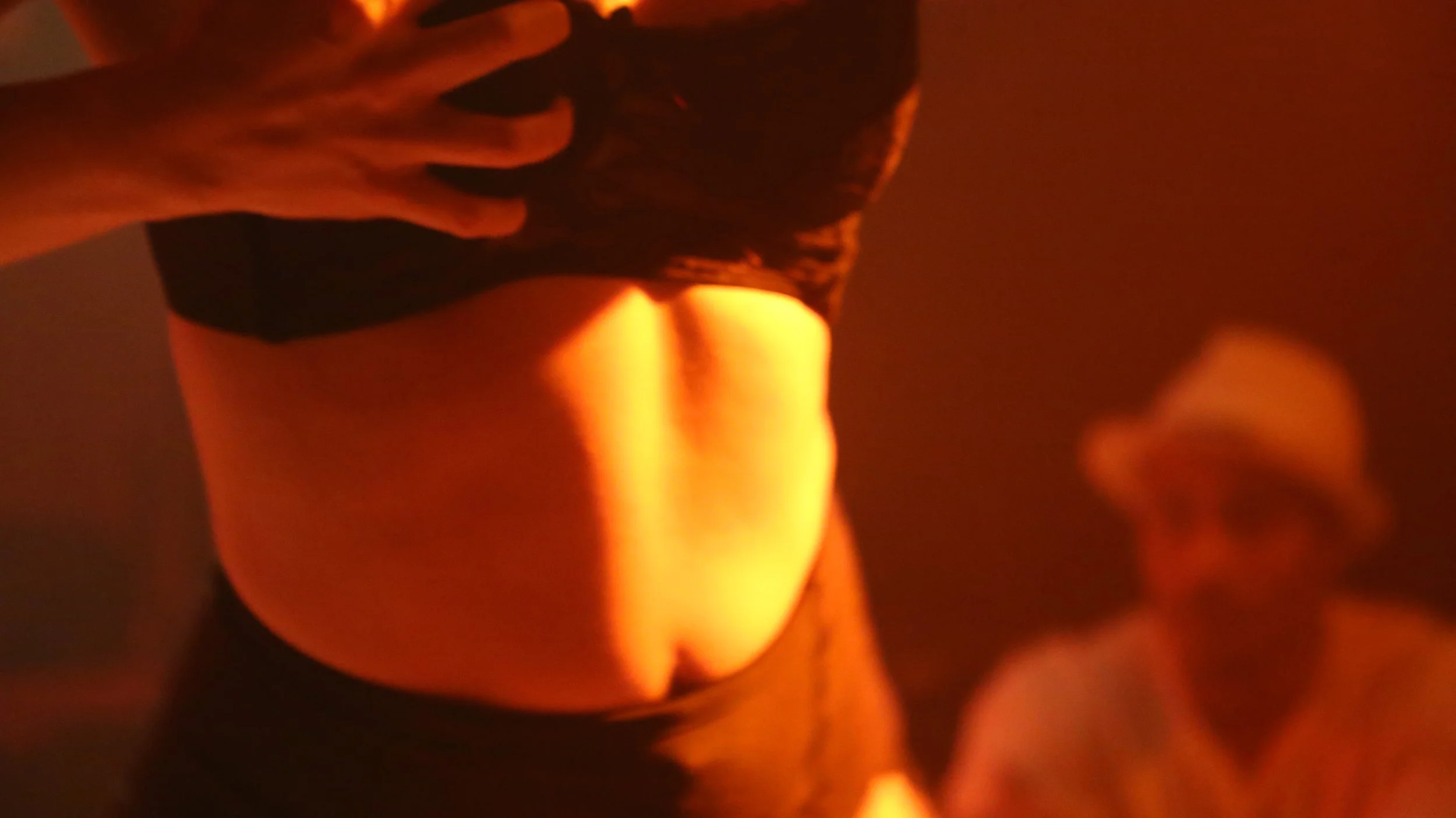
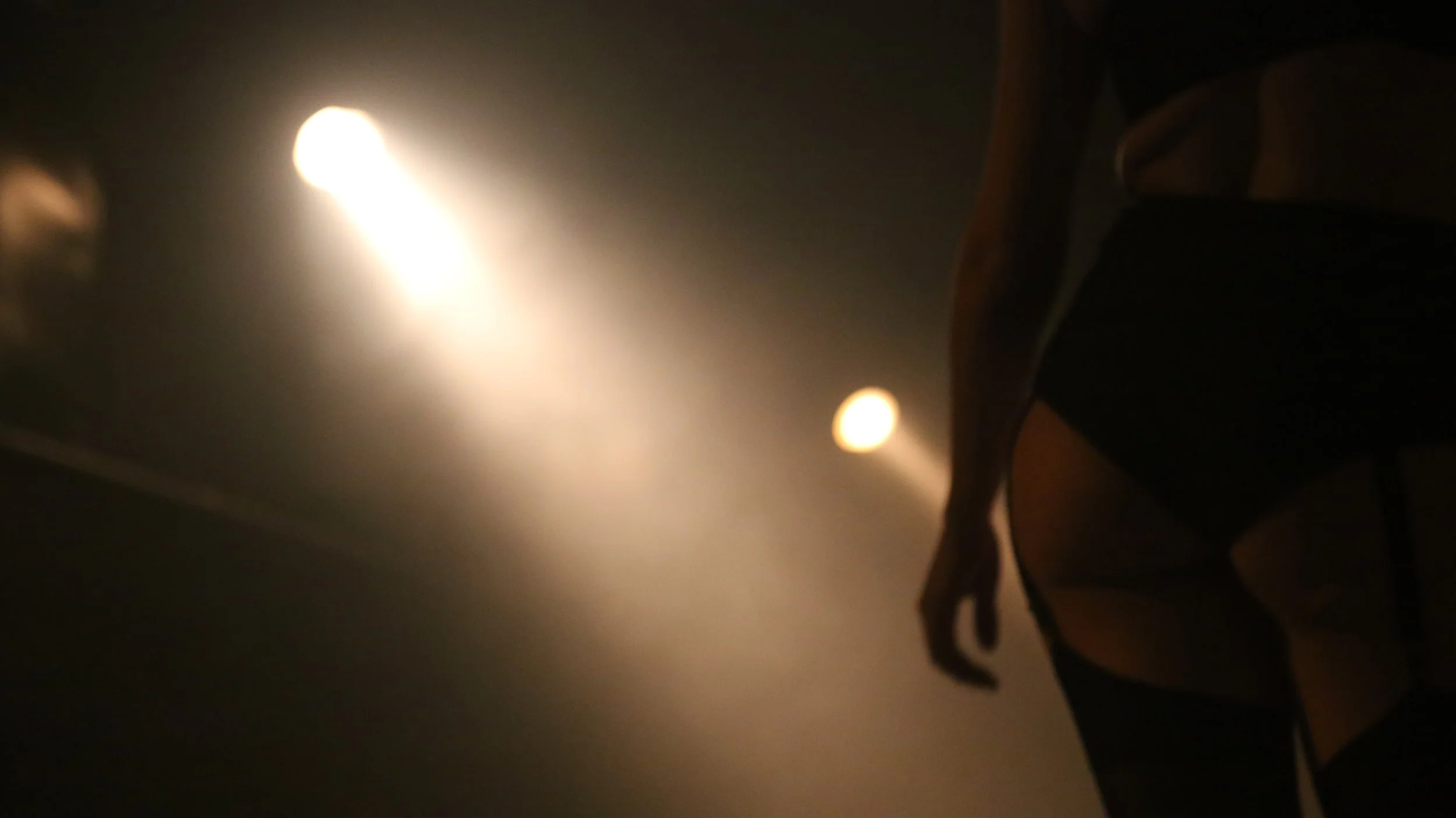


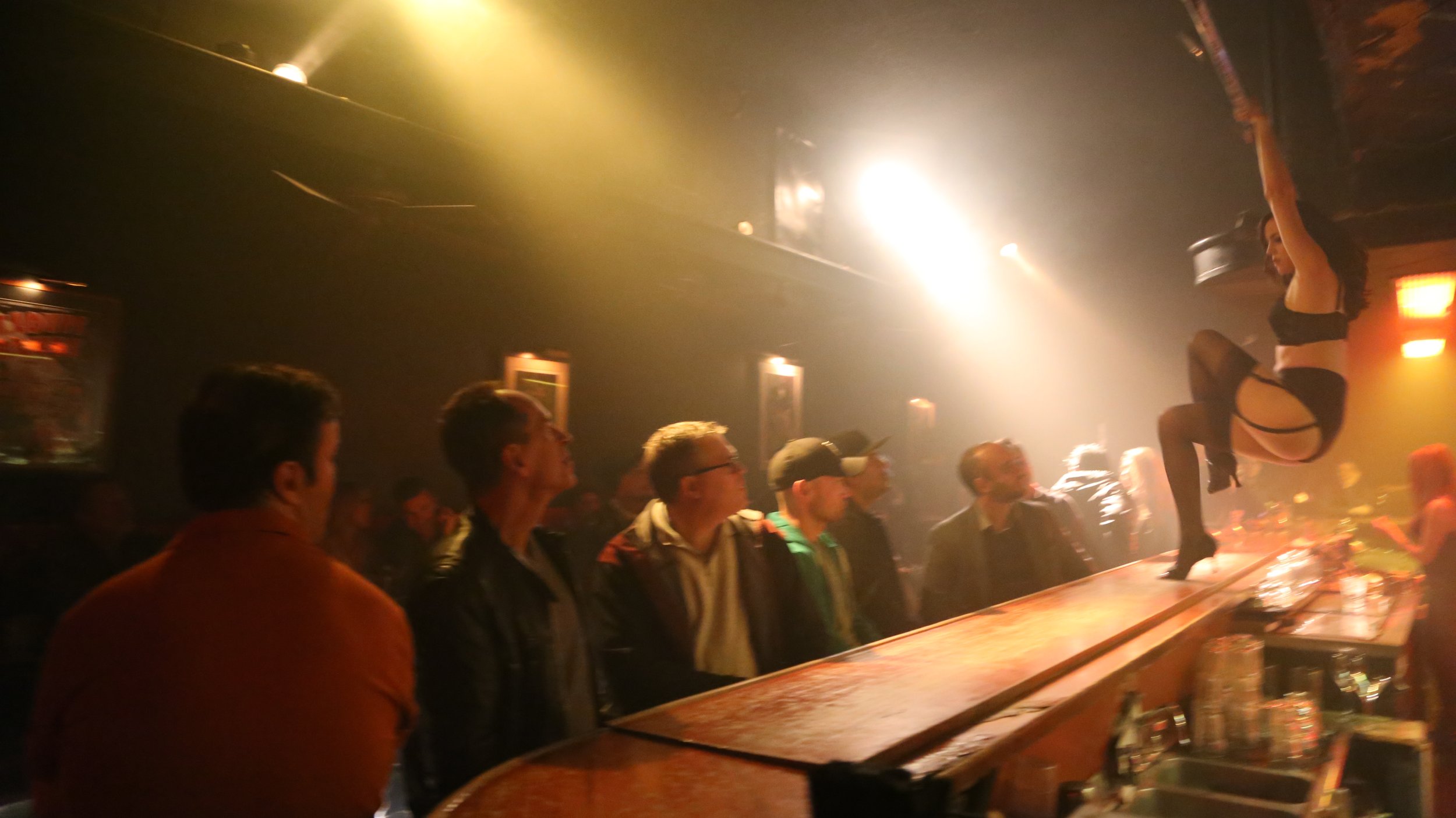
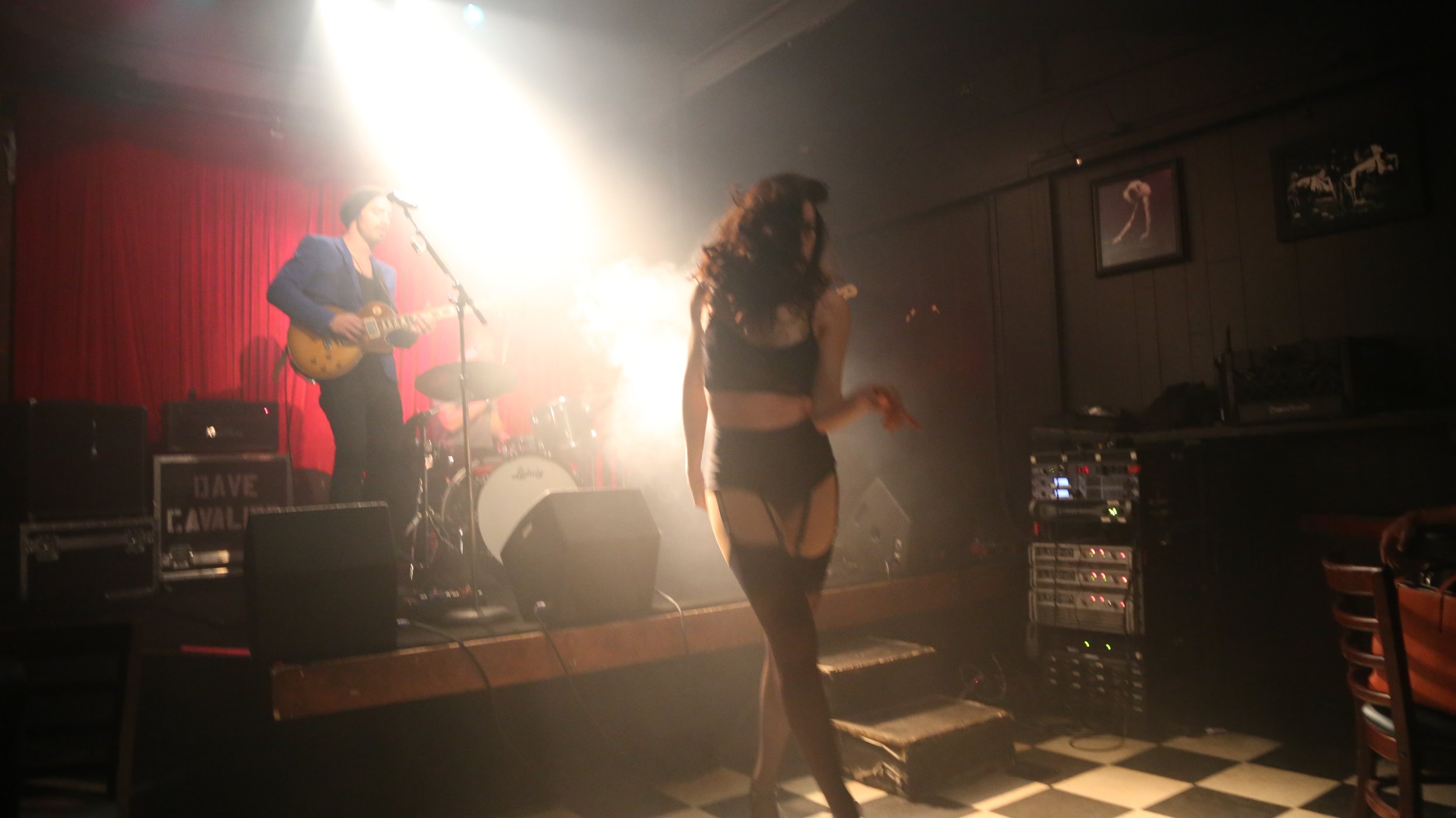

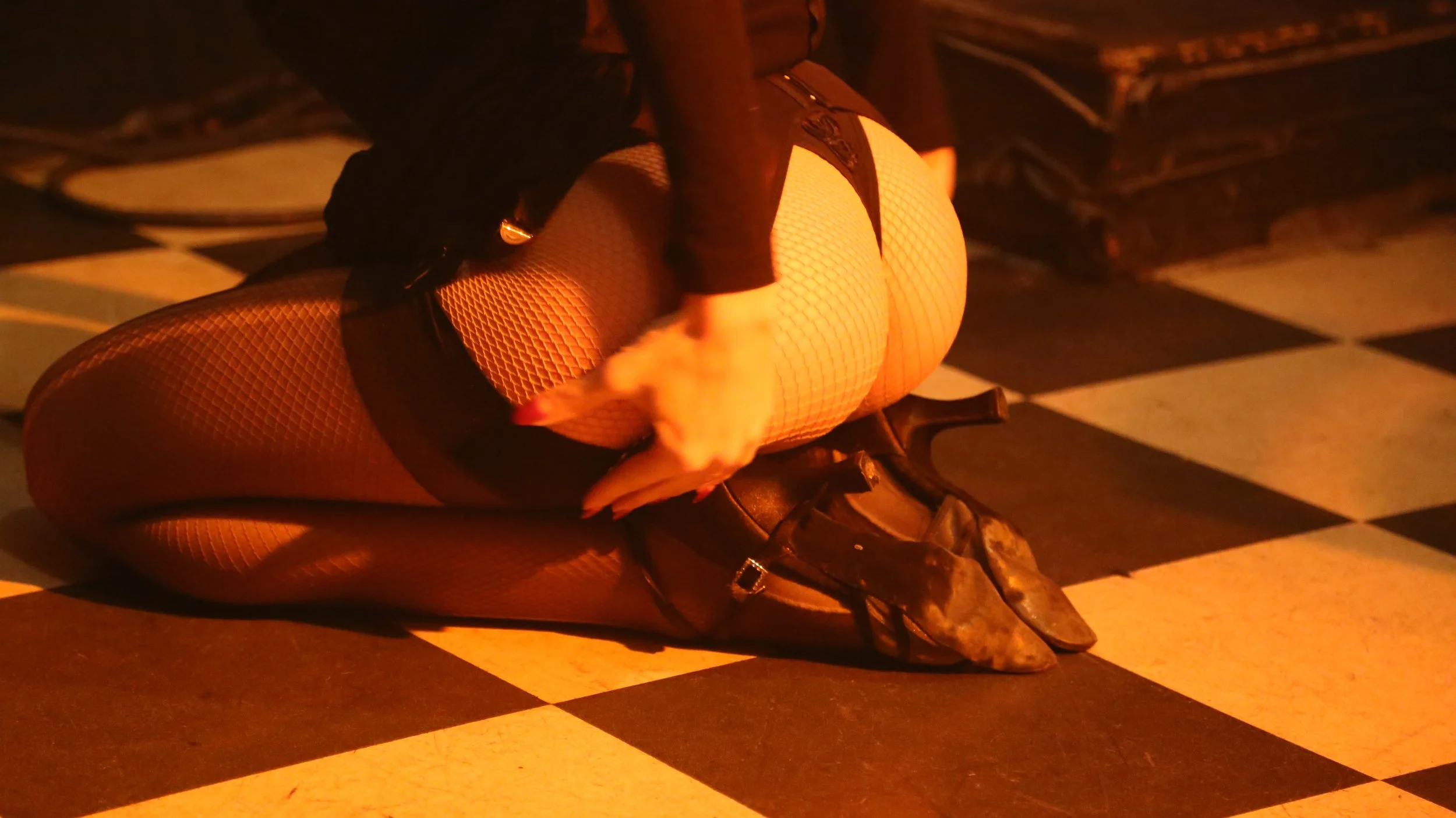

IN THIS SECTION I TALK ABOUT MY EXPERIENCE WITH JUST FOR ONE DAY. SPECIFICALLY, THE KISS, WHICH WAS THE MOMENT I STARTED TO FOLLOW THE THREAD OF AROUSAL AND THE BEGINNING OF AN EPISTEMOLOGY OF SOMATIC ARTOGRAPHY. THE KISS IS FEATURED IN THE EROTIC PHOTOGRAPHY SERIES BELOW.
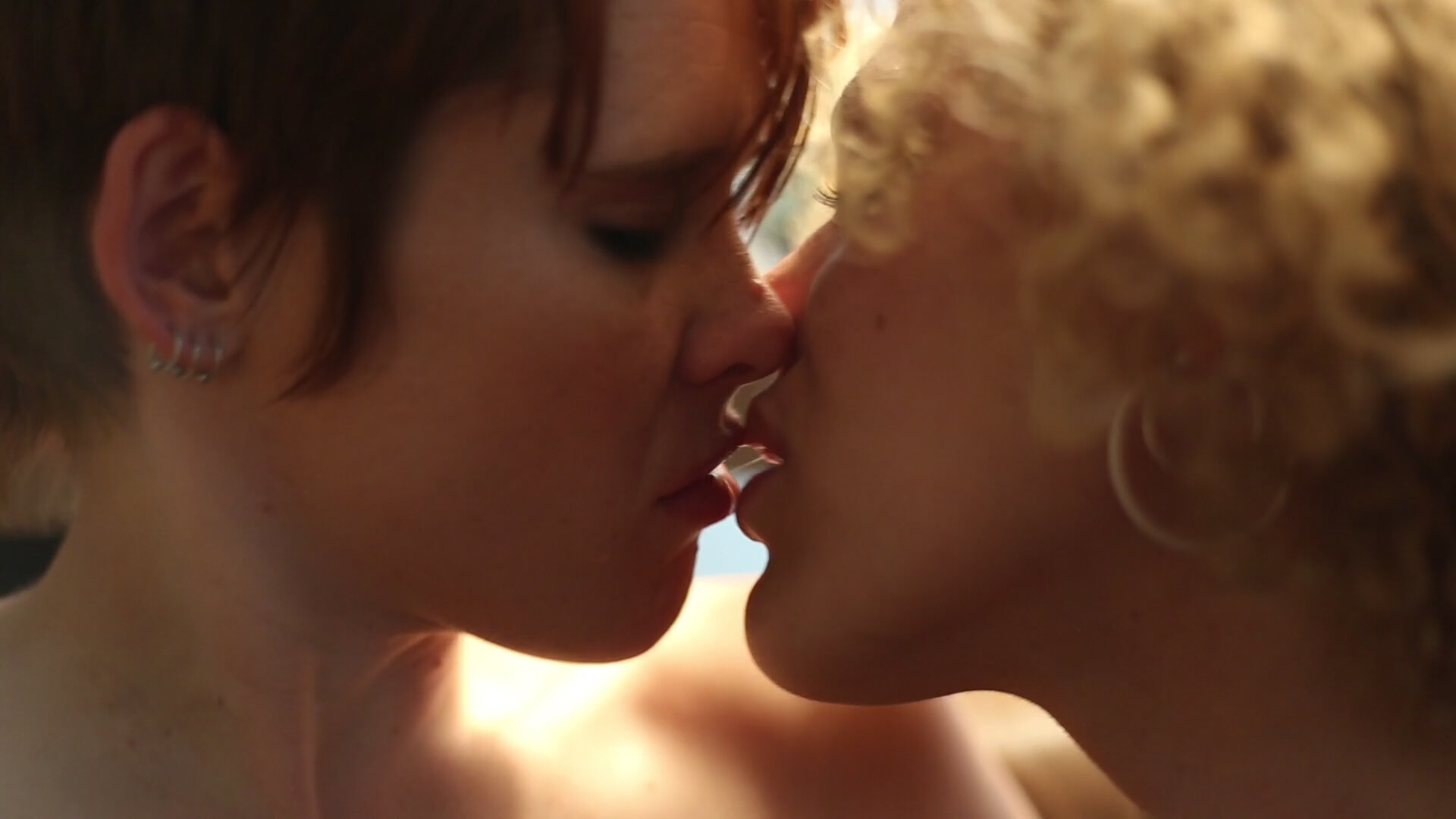
THE KISS
This is an artifact that is featured in my curation. After producing the short film, I produced a feature-length version of the edit as an artistic interpretation of my real-life experience, my return to holy ground. The artifact focuses on this one clip, called Symphony 2 Movement 1, that ends with the kiss that ignited my journey to follow the thread of Holy Erotica.
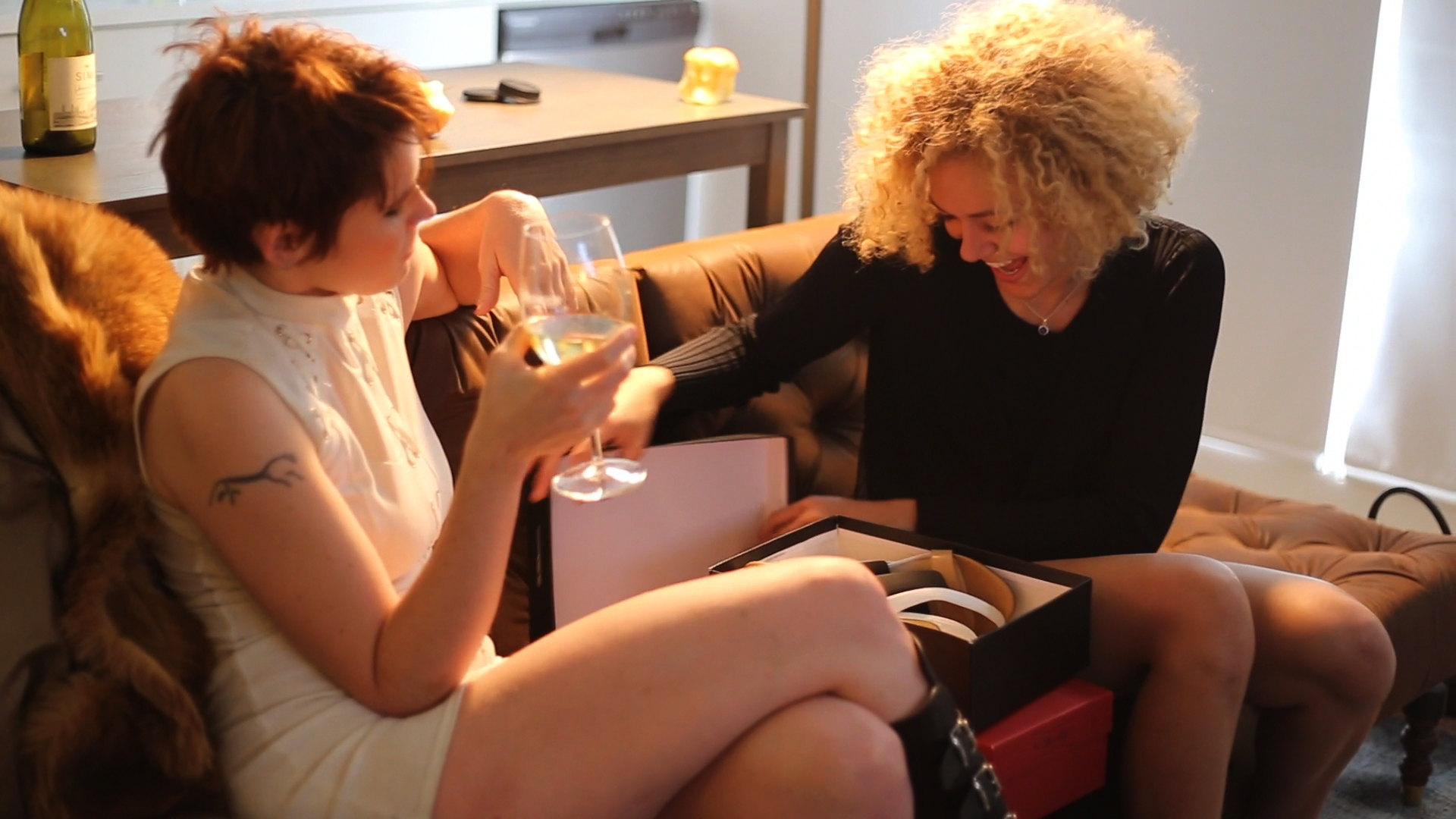
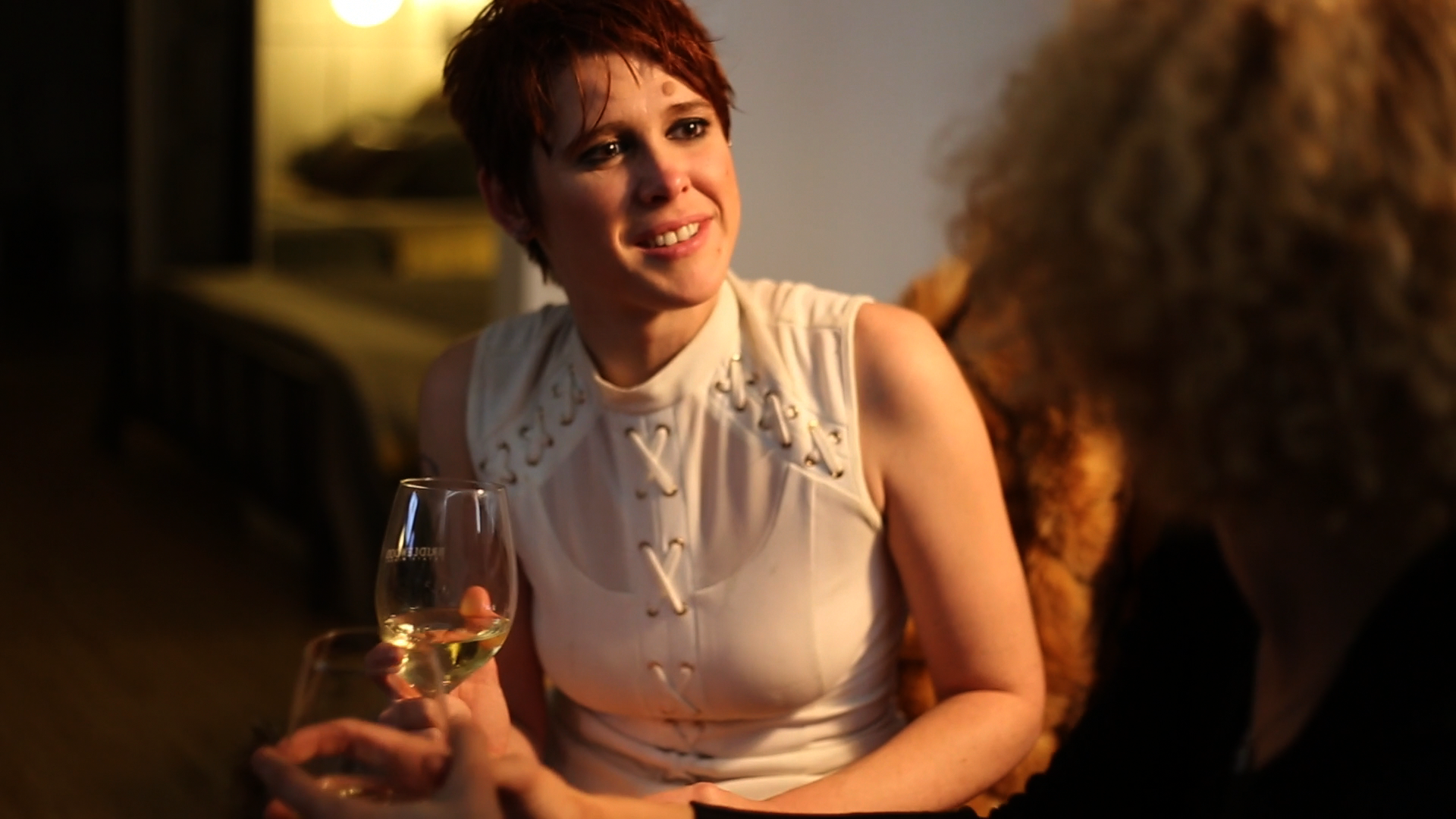
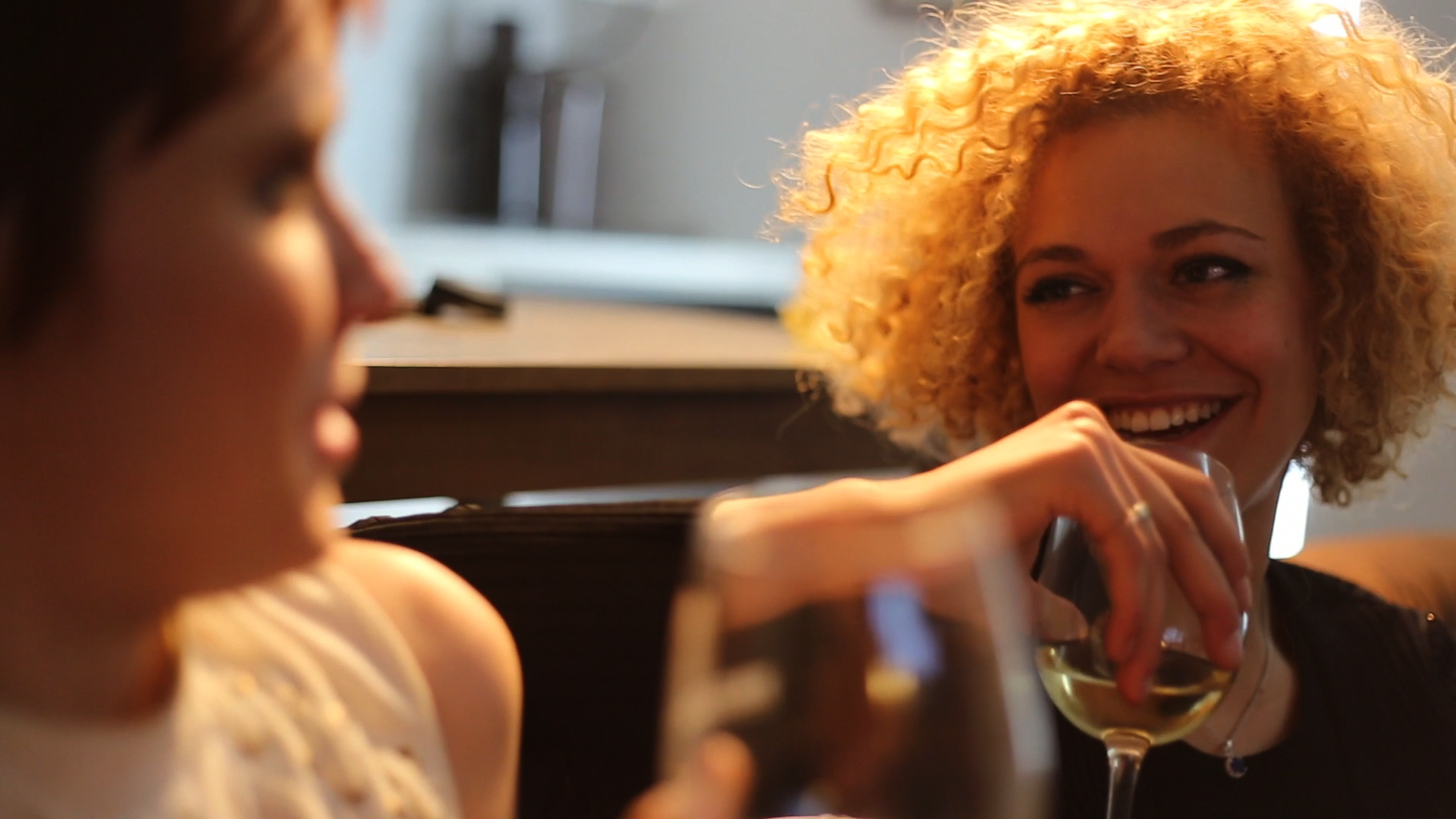
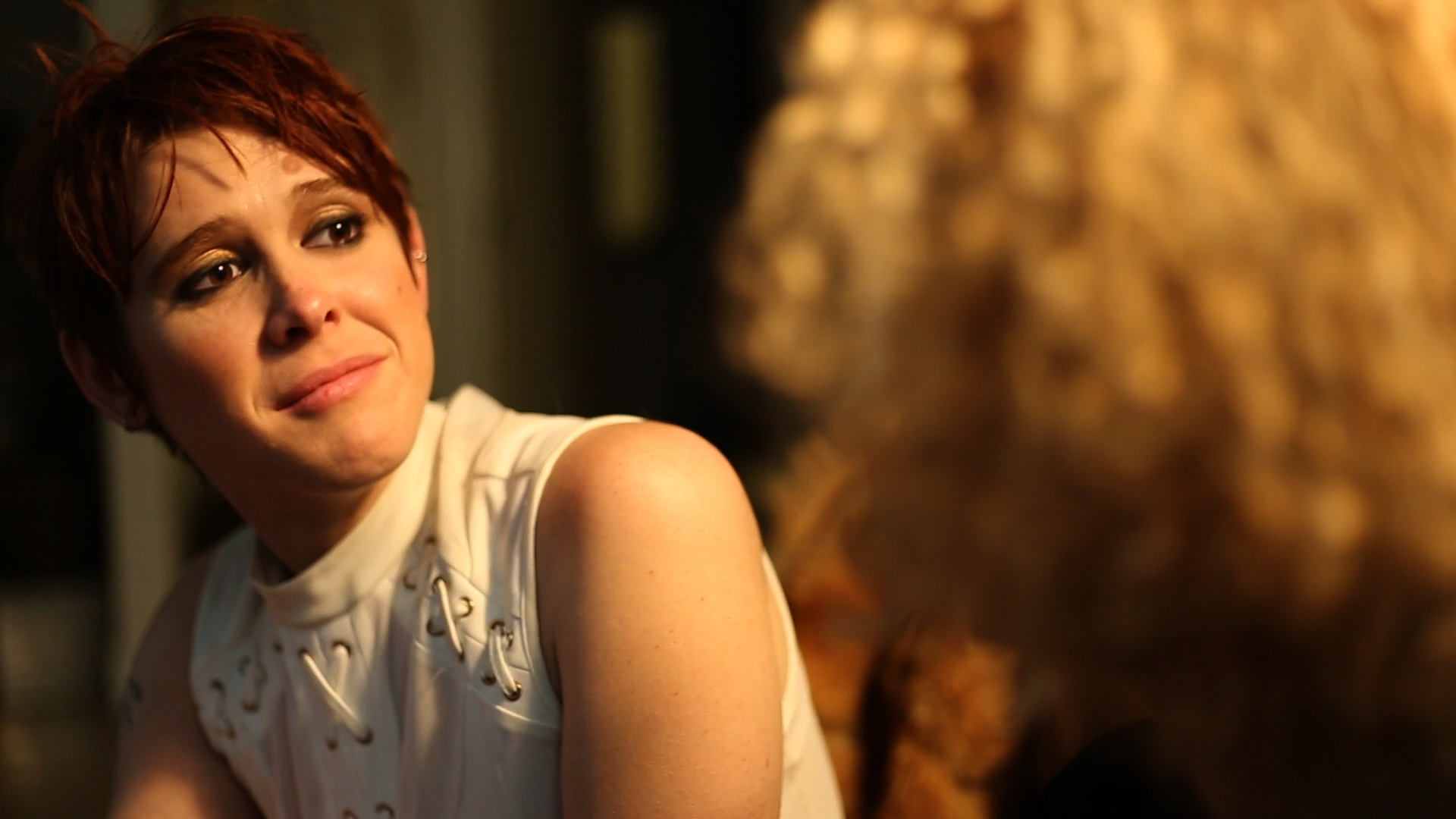
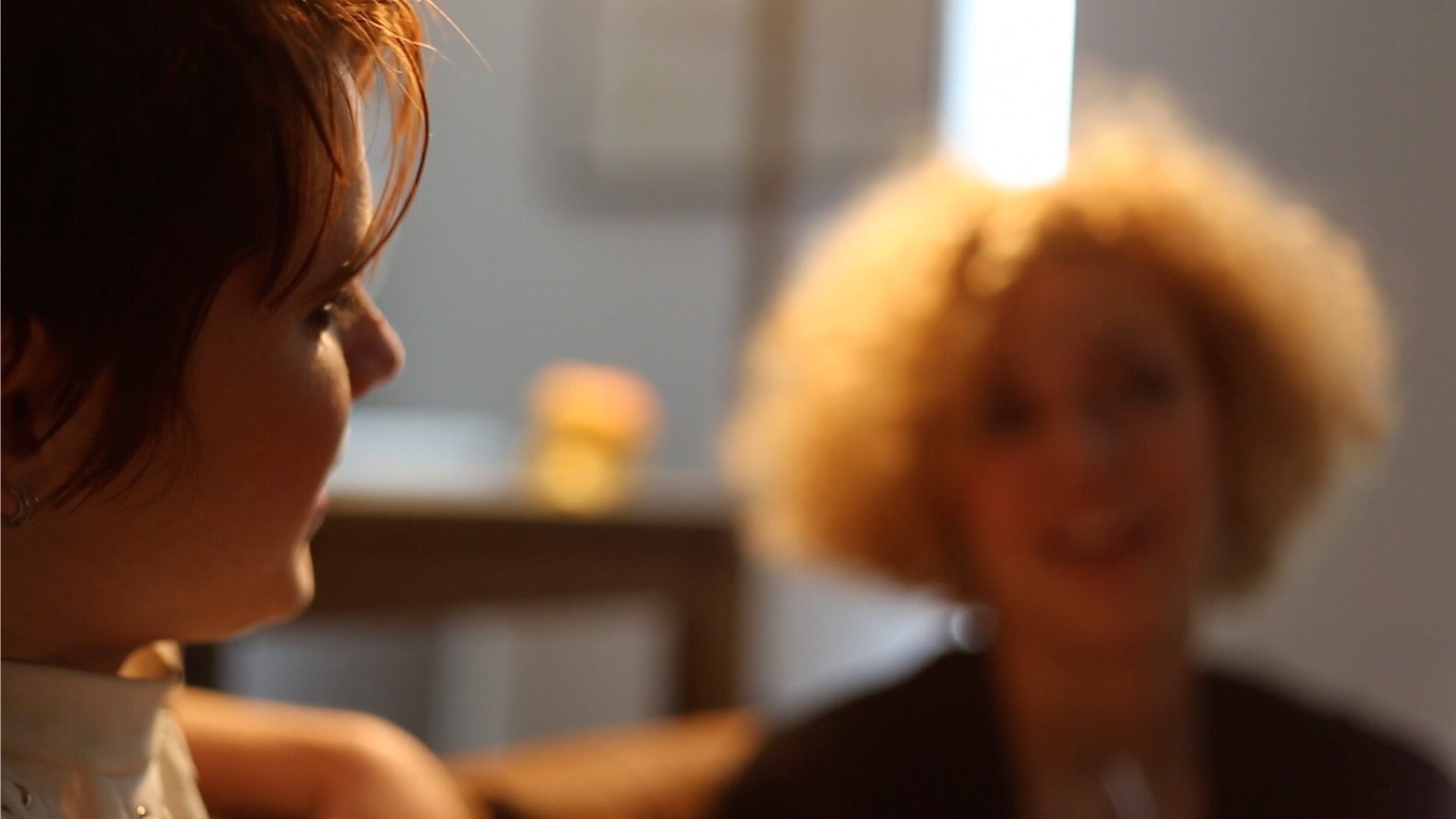
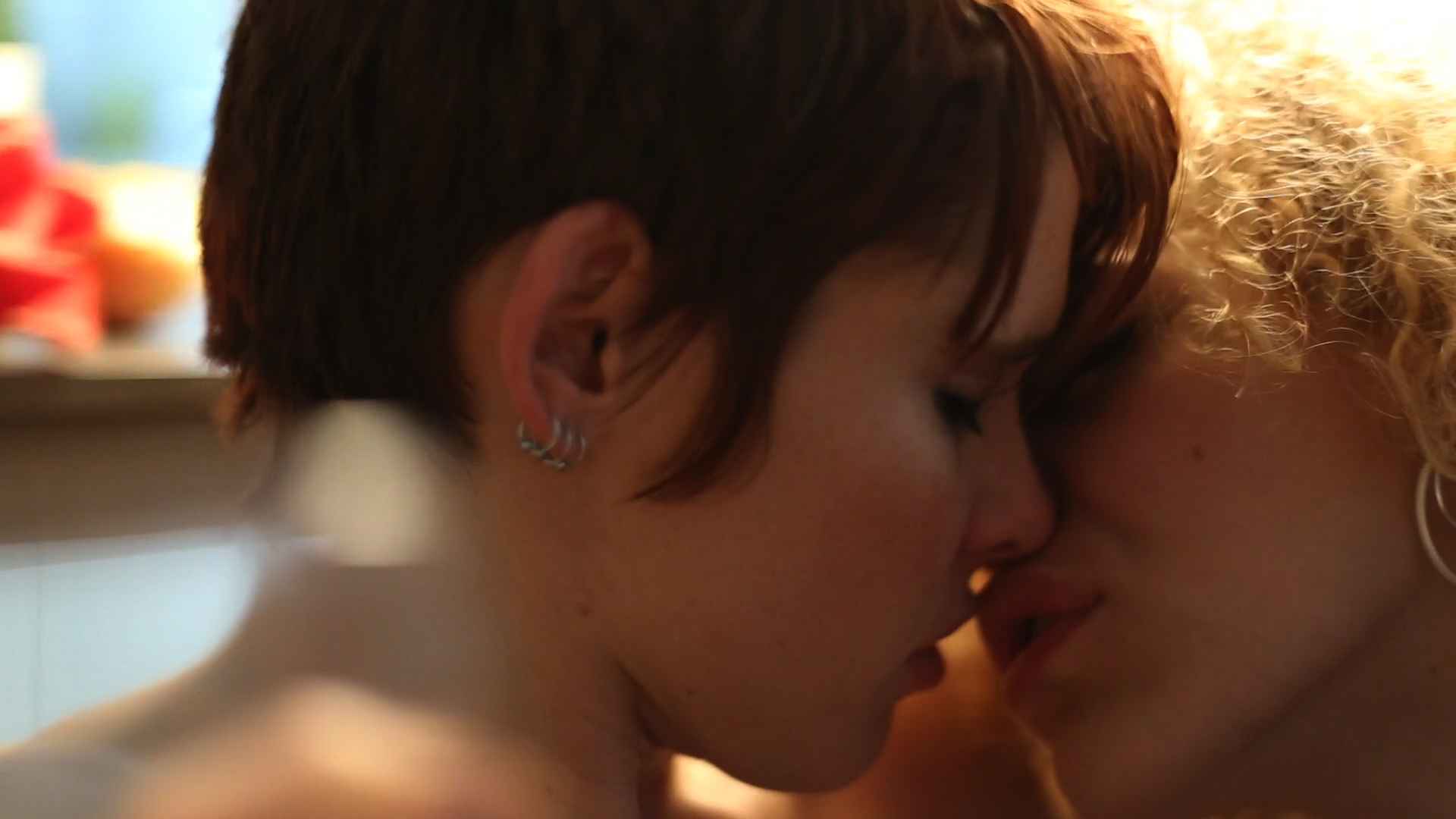

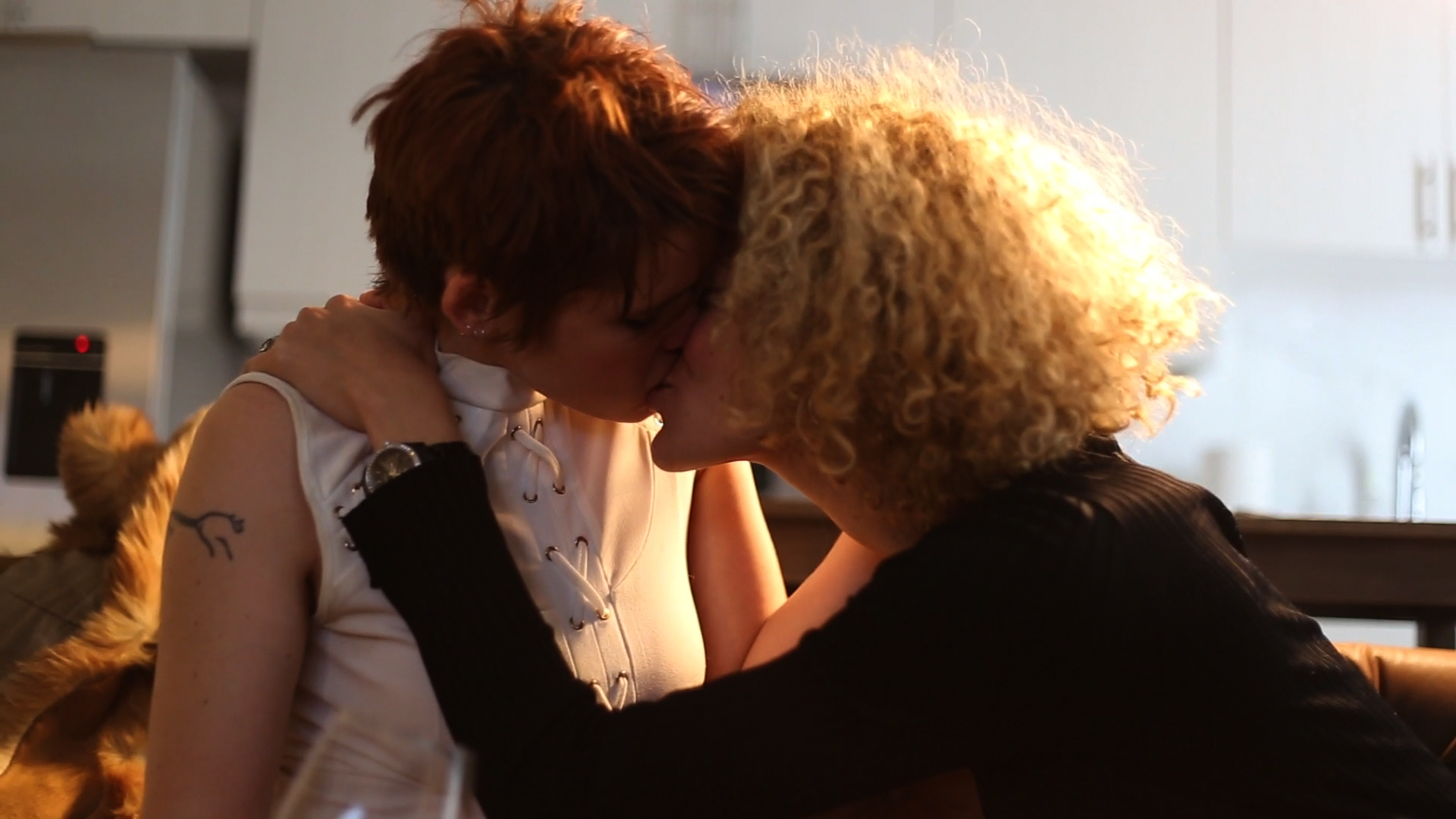
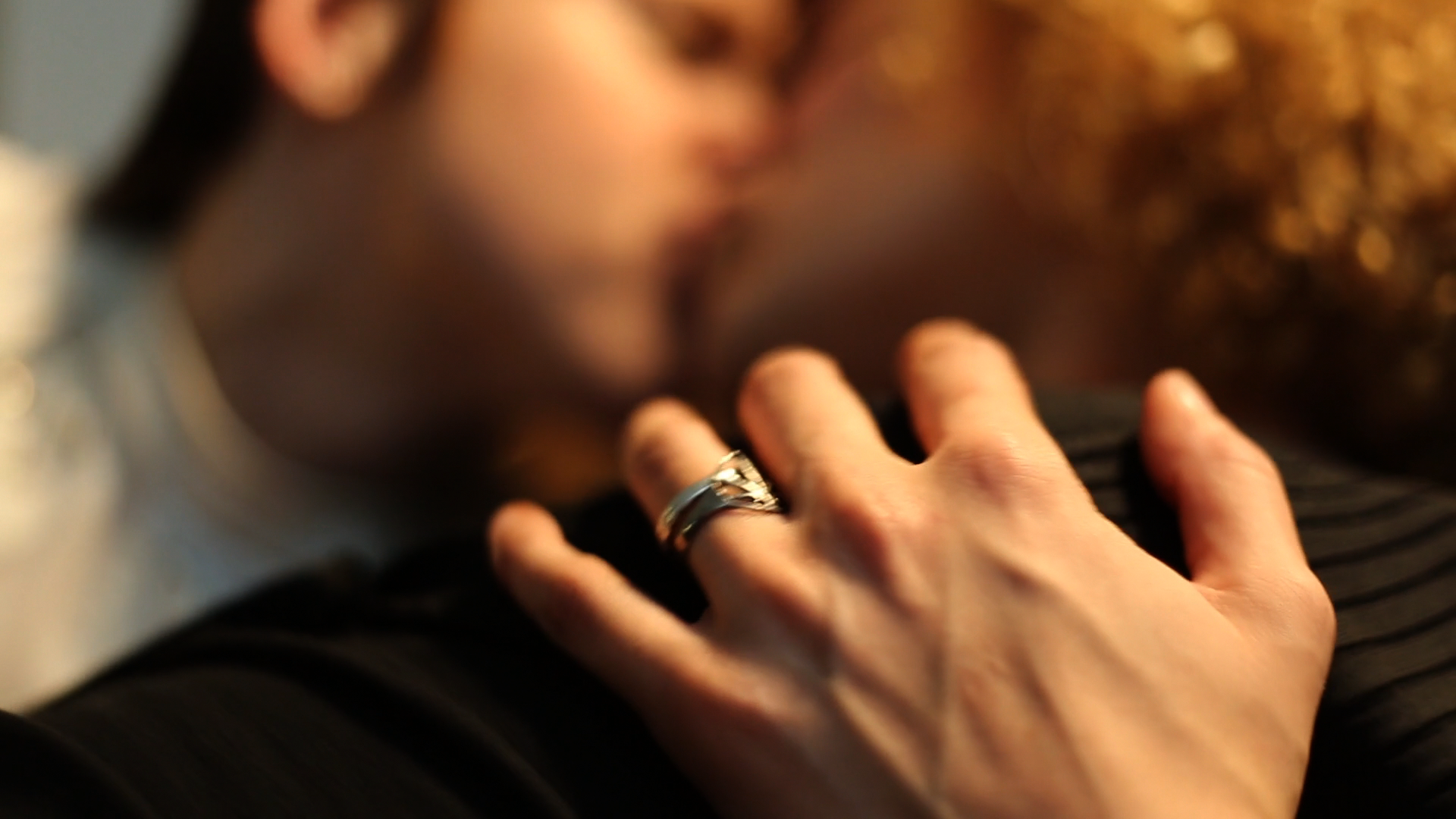
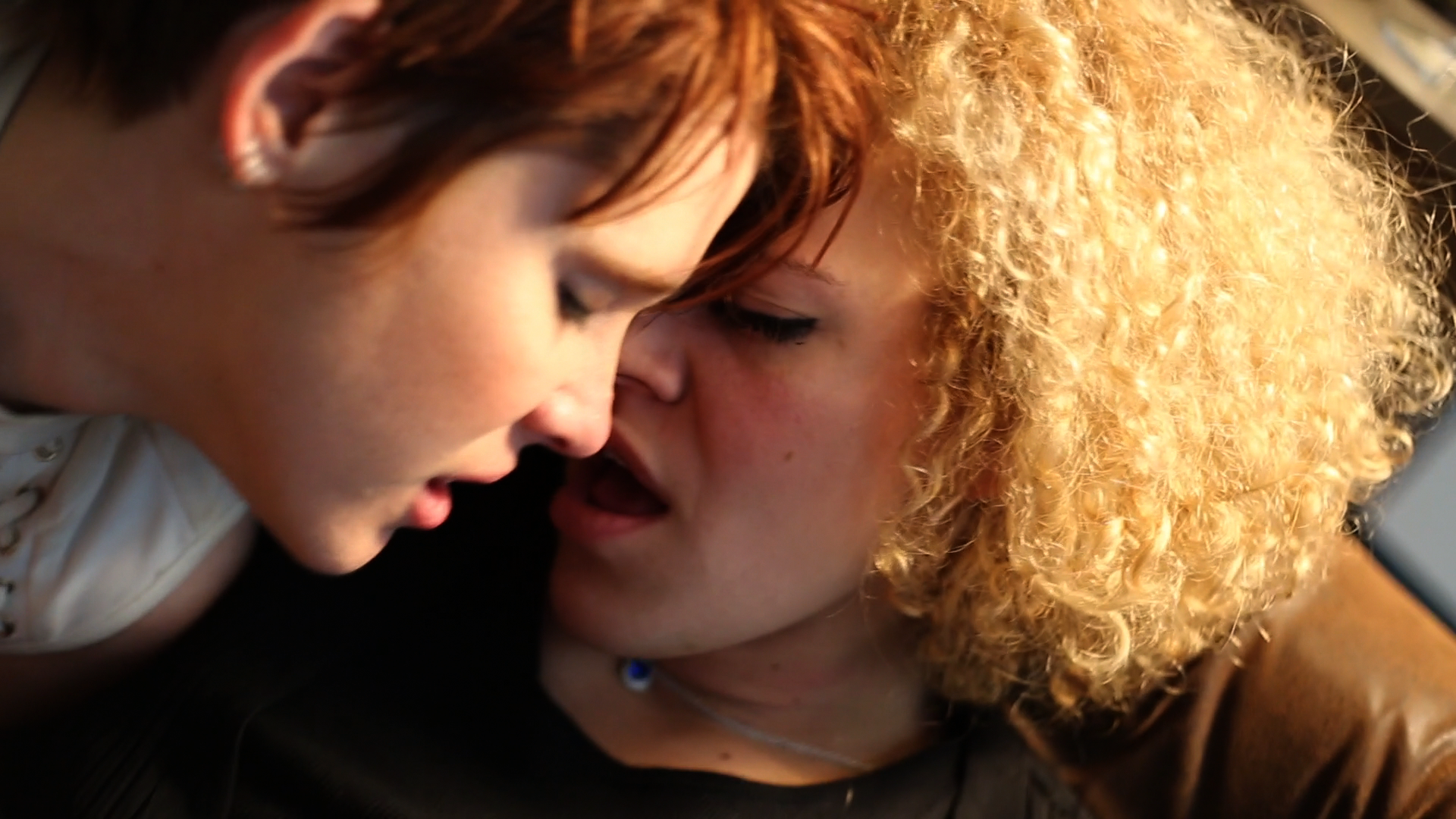
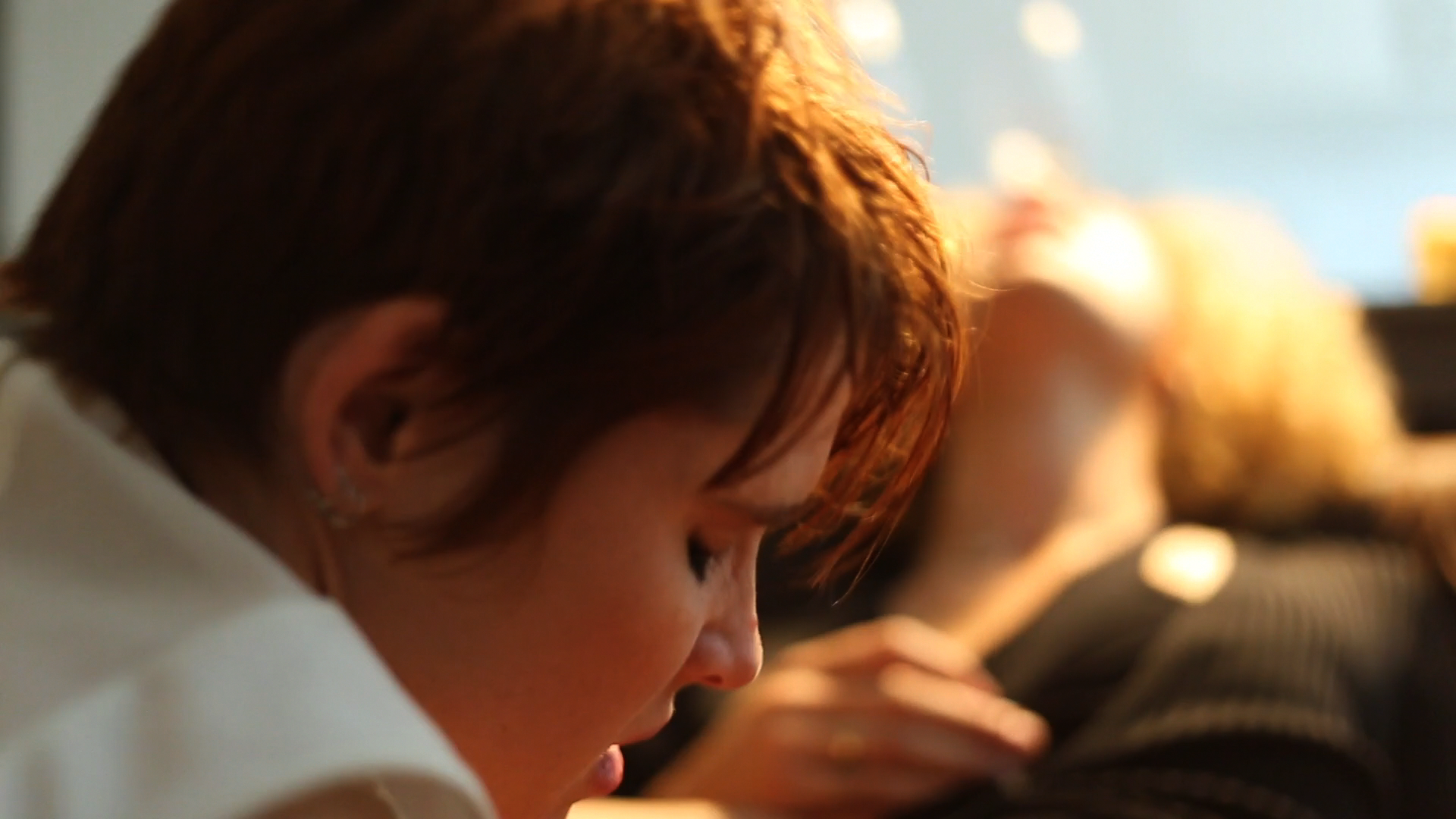
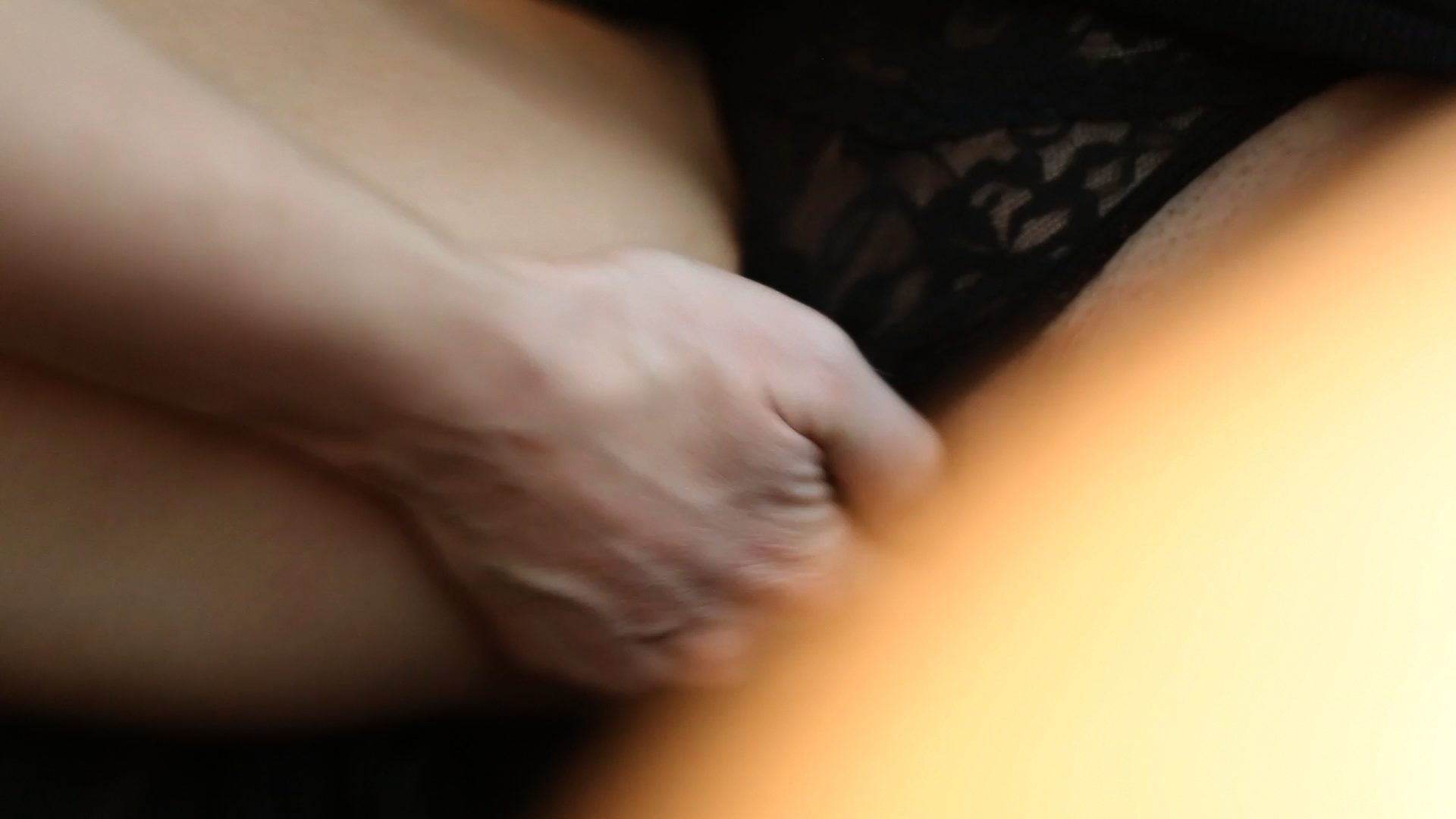
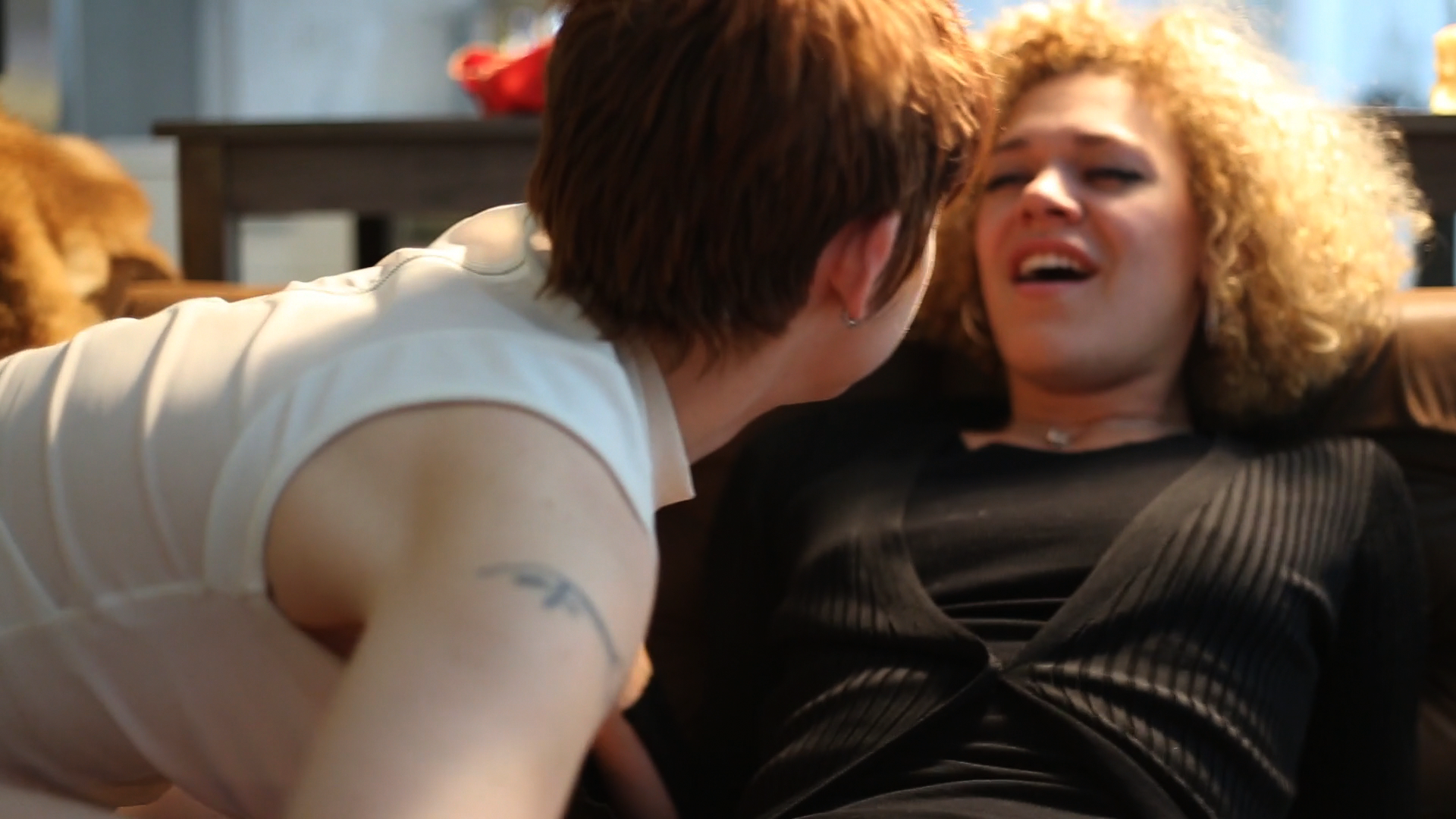
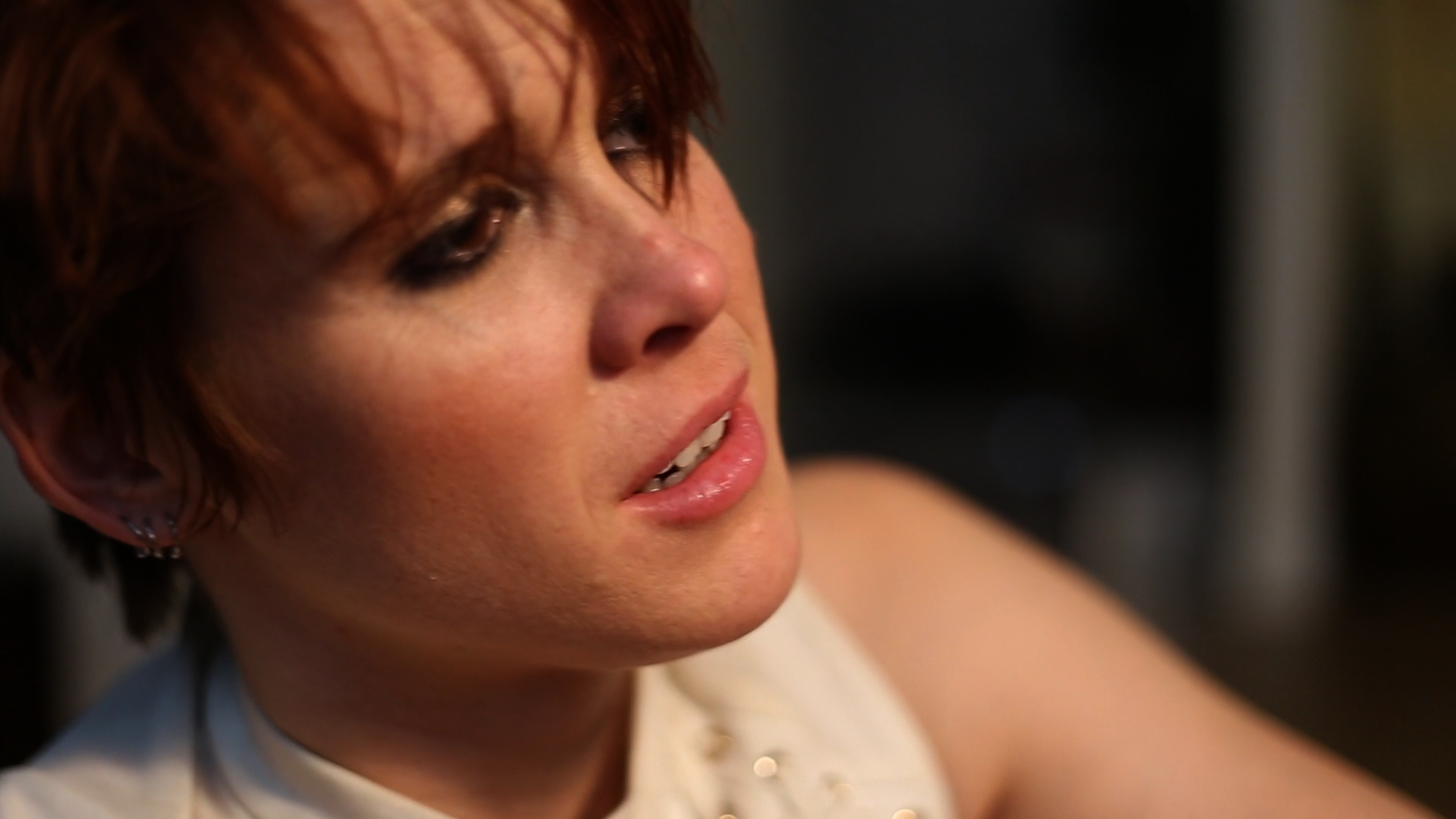
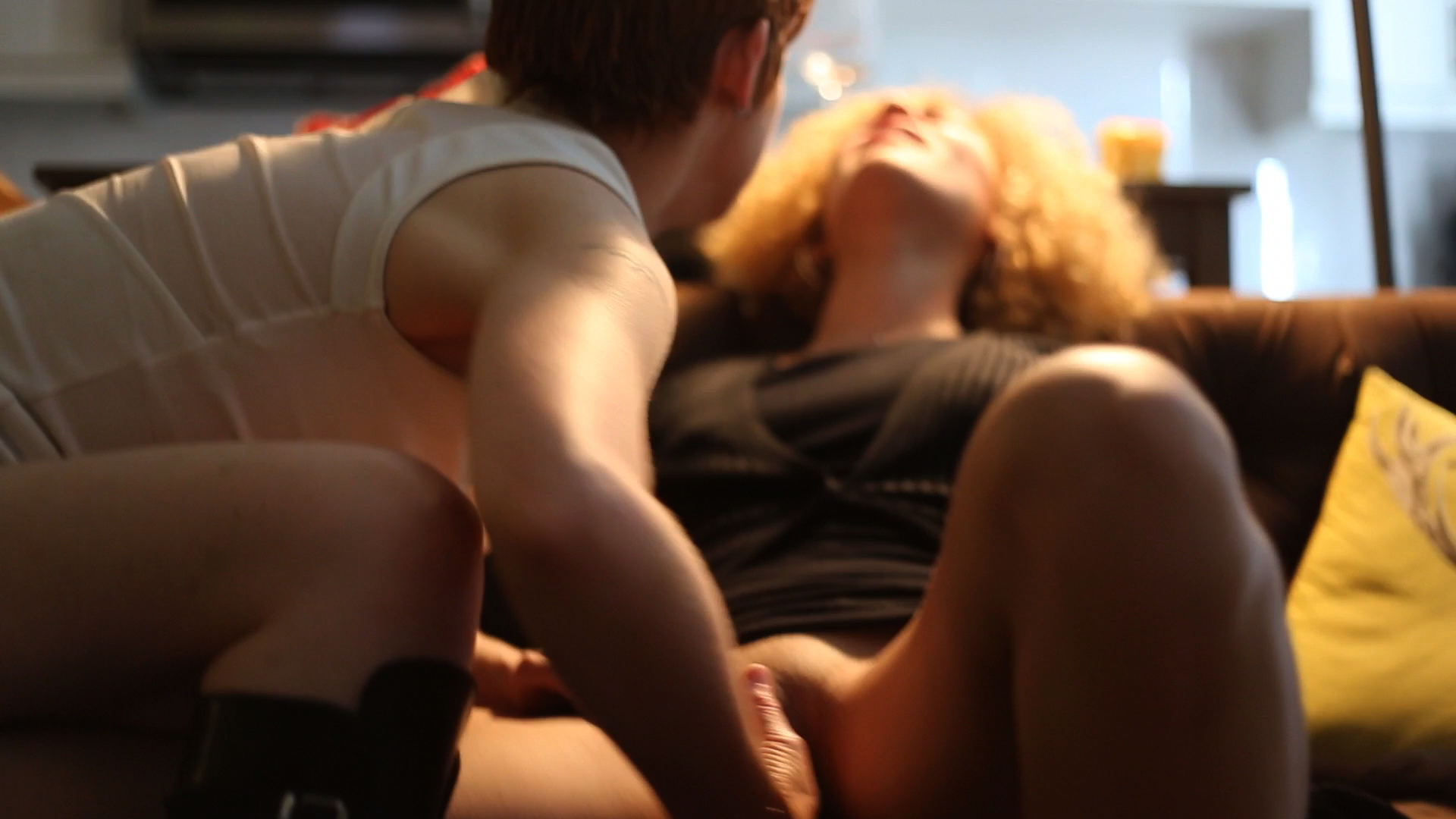
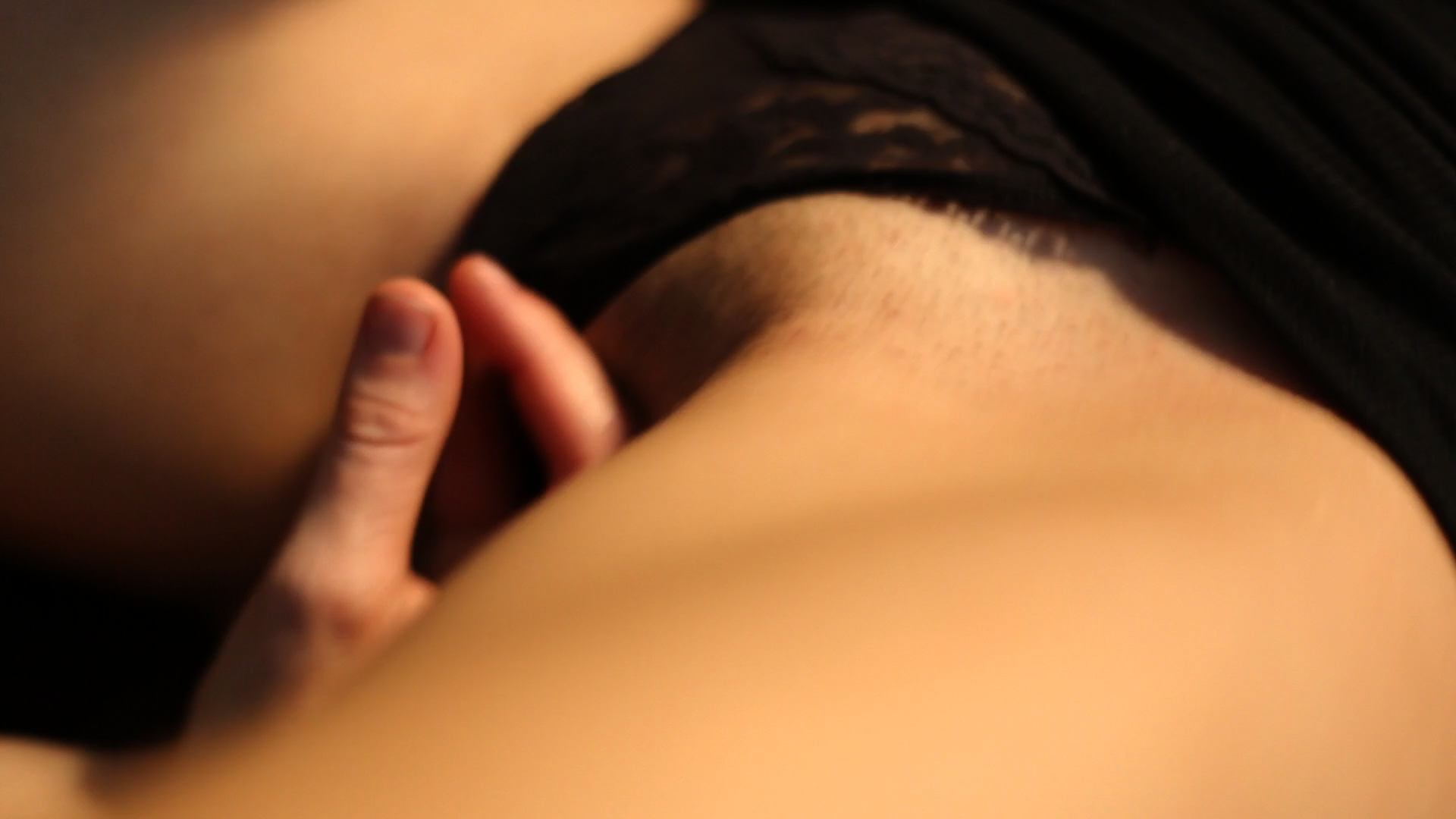
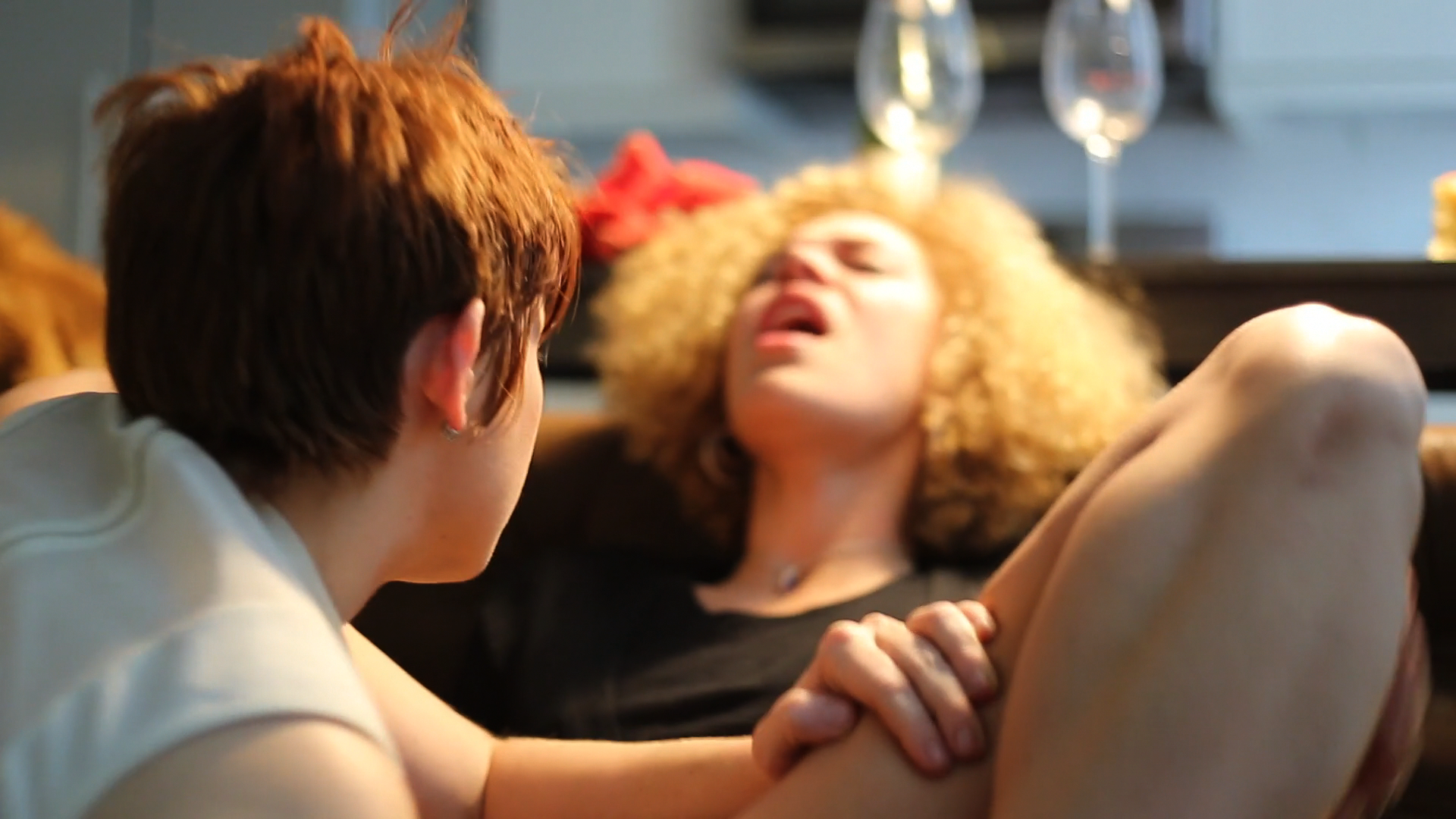
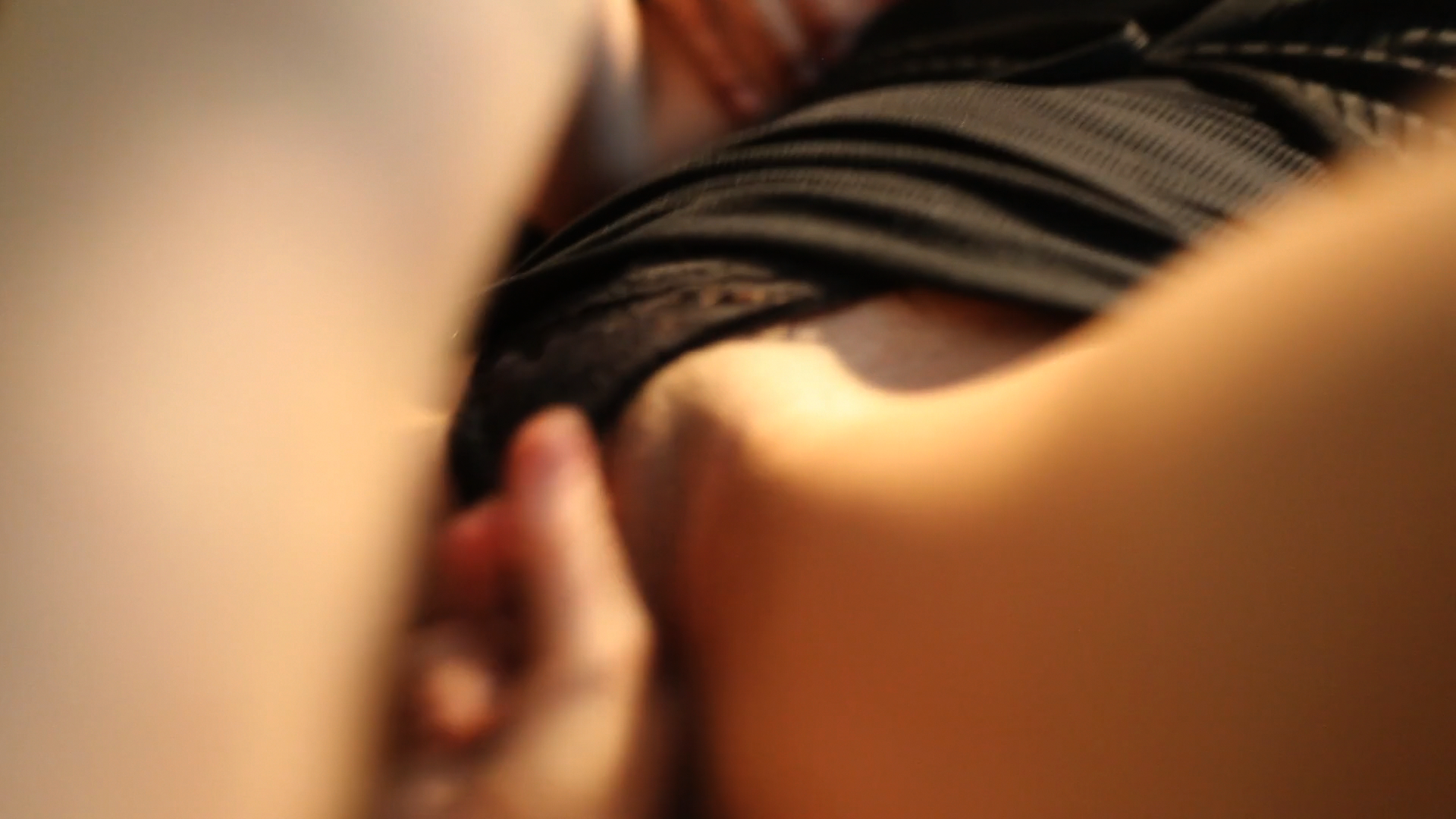
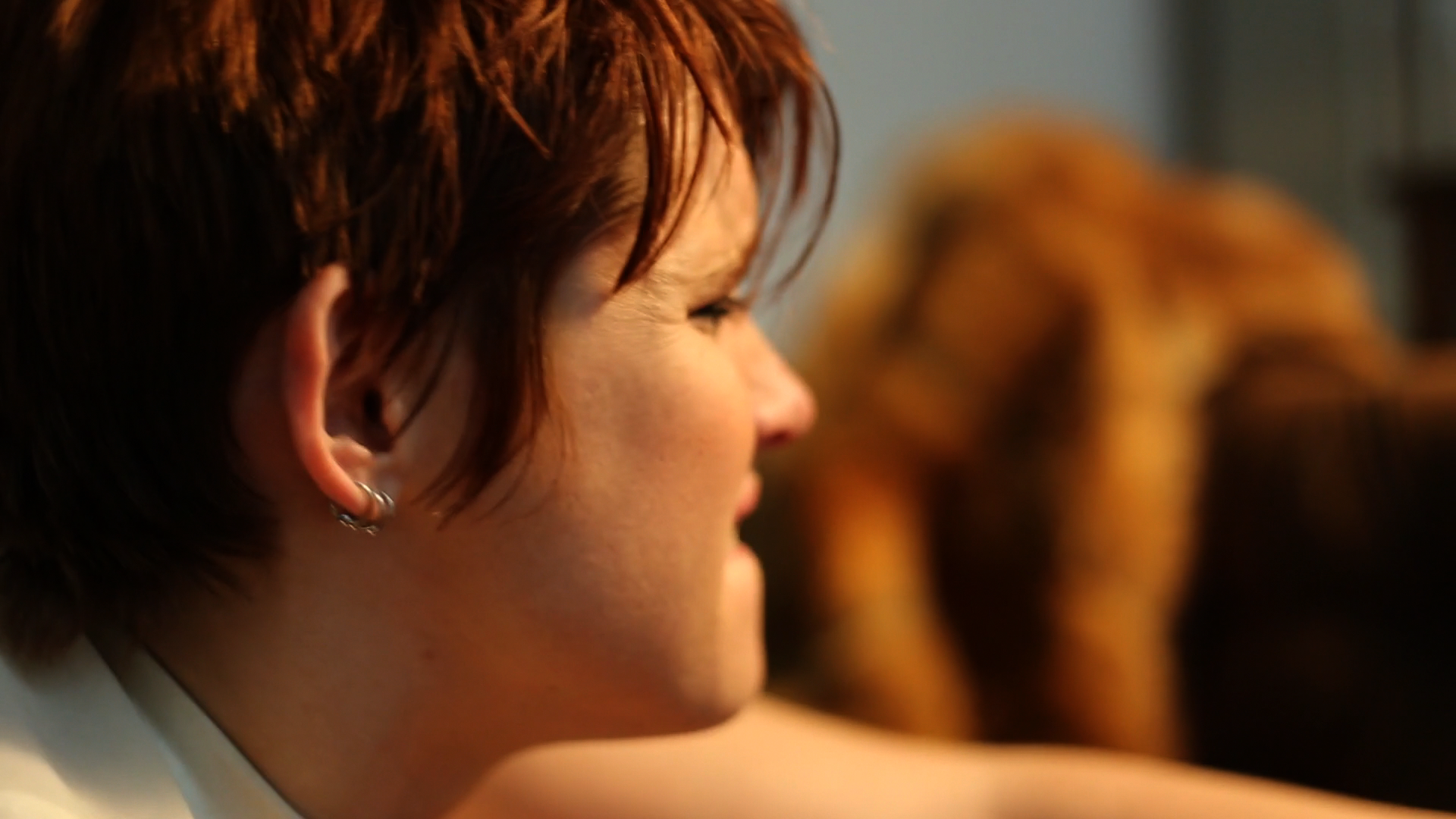
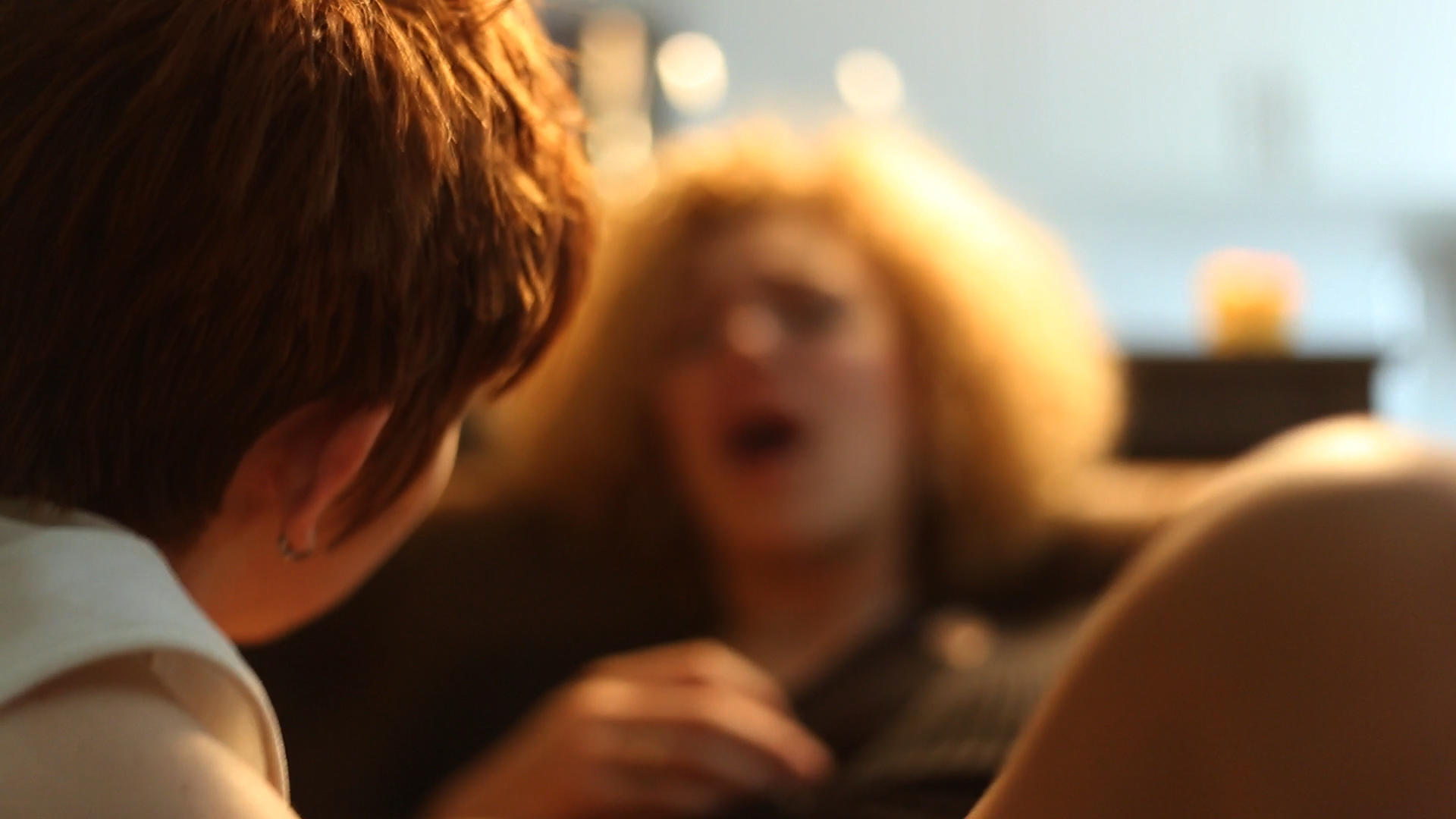
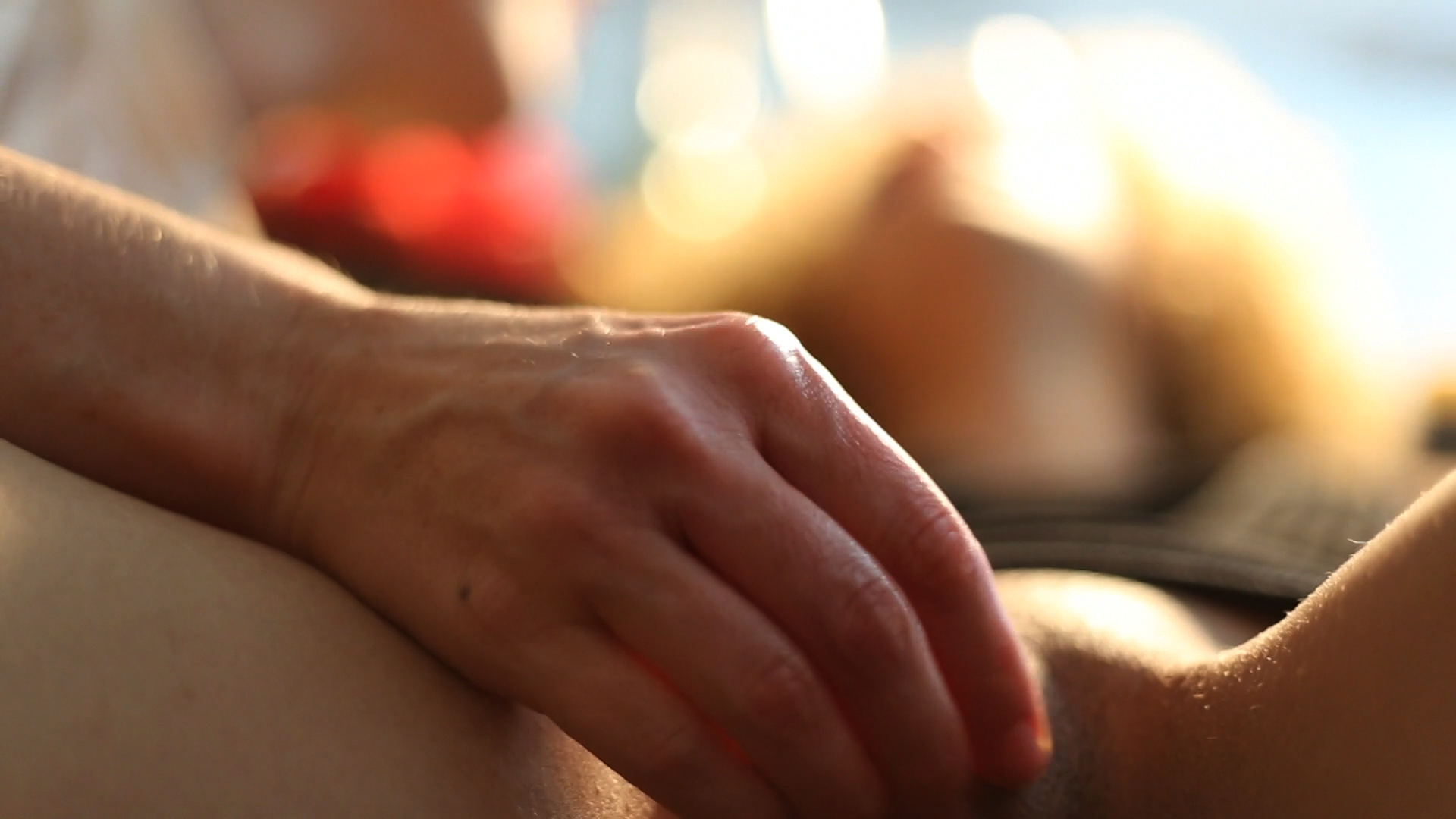
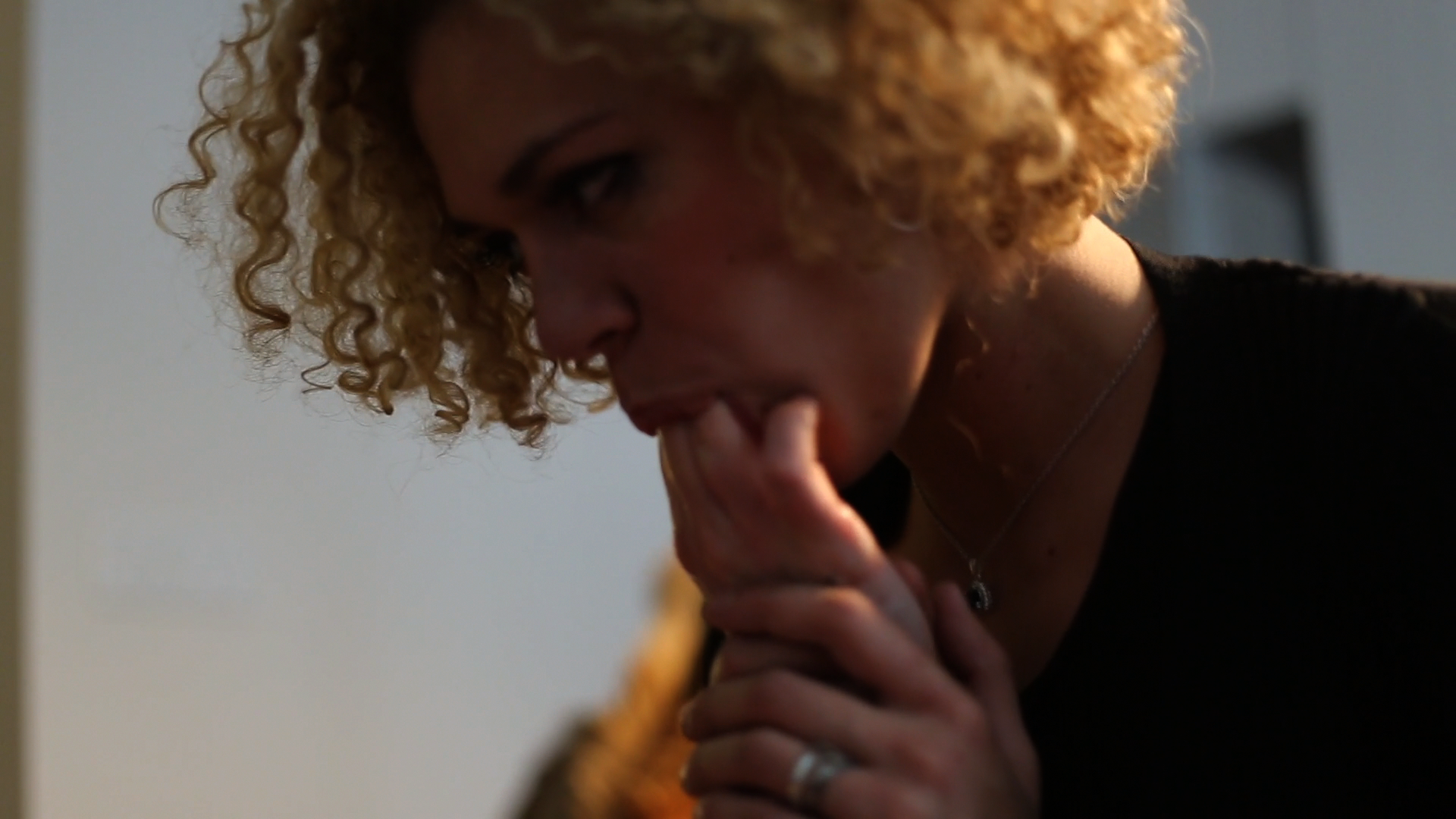
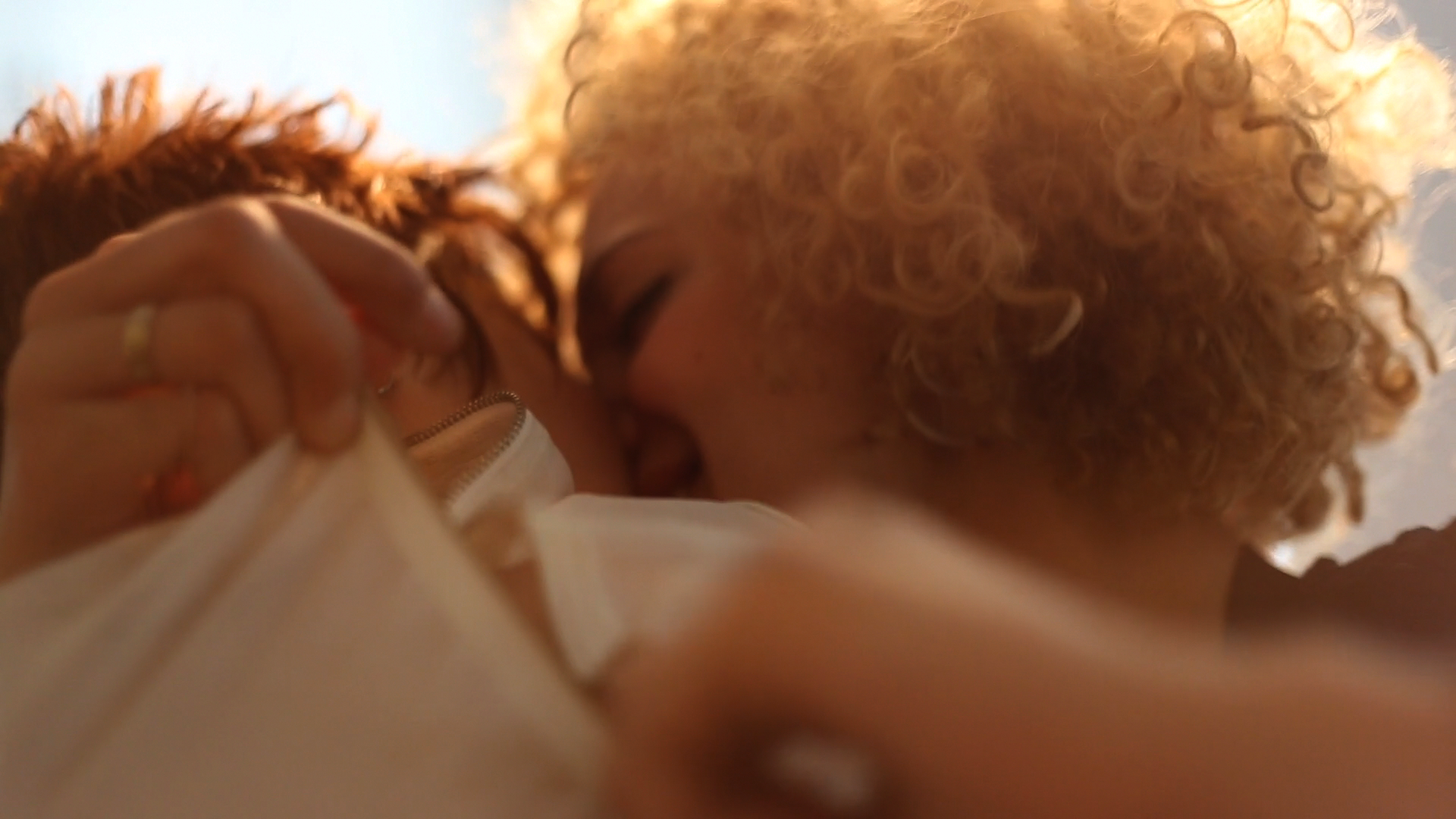
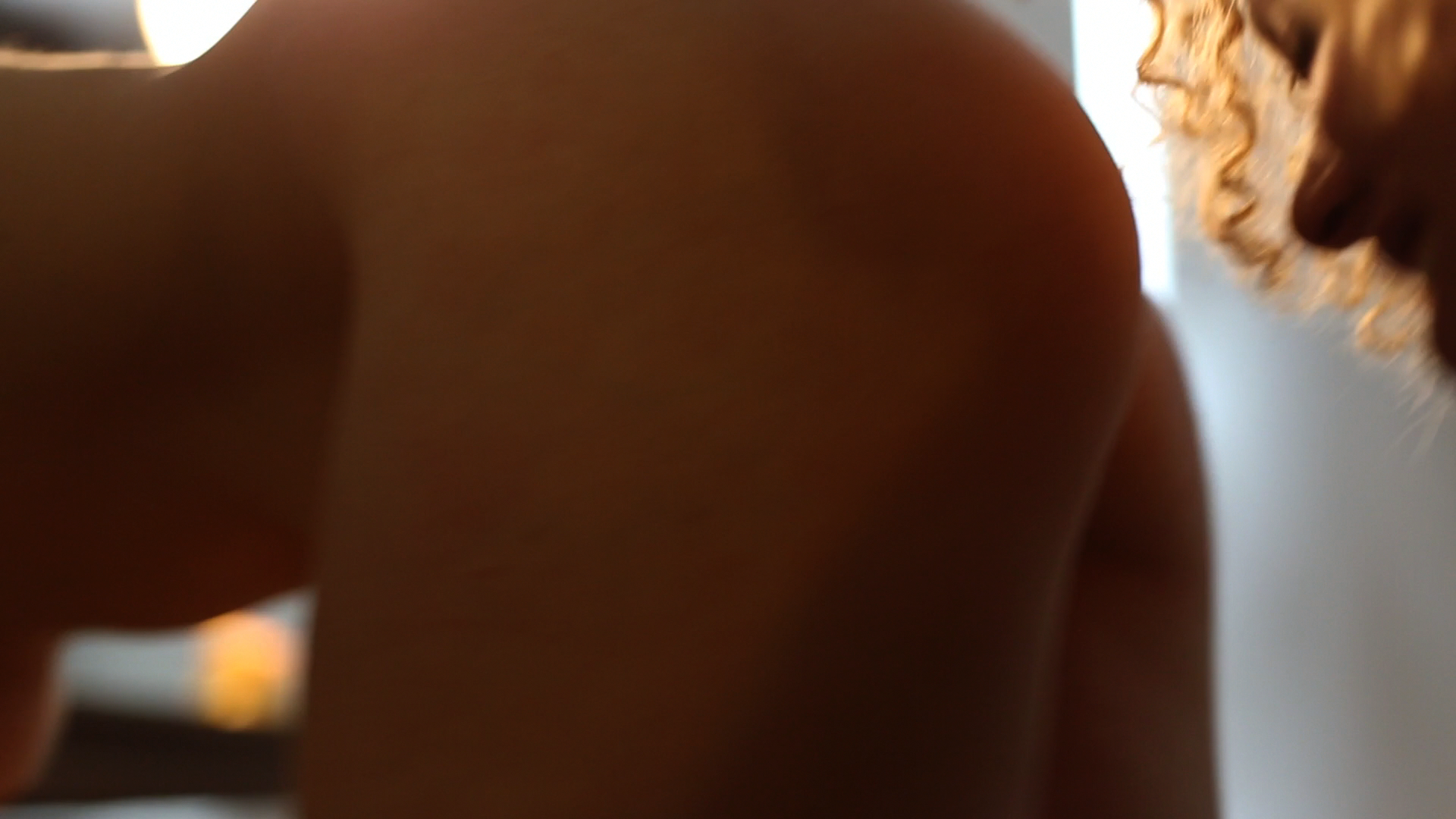
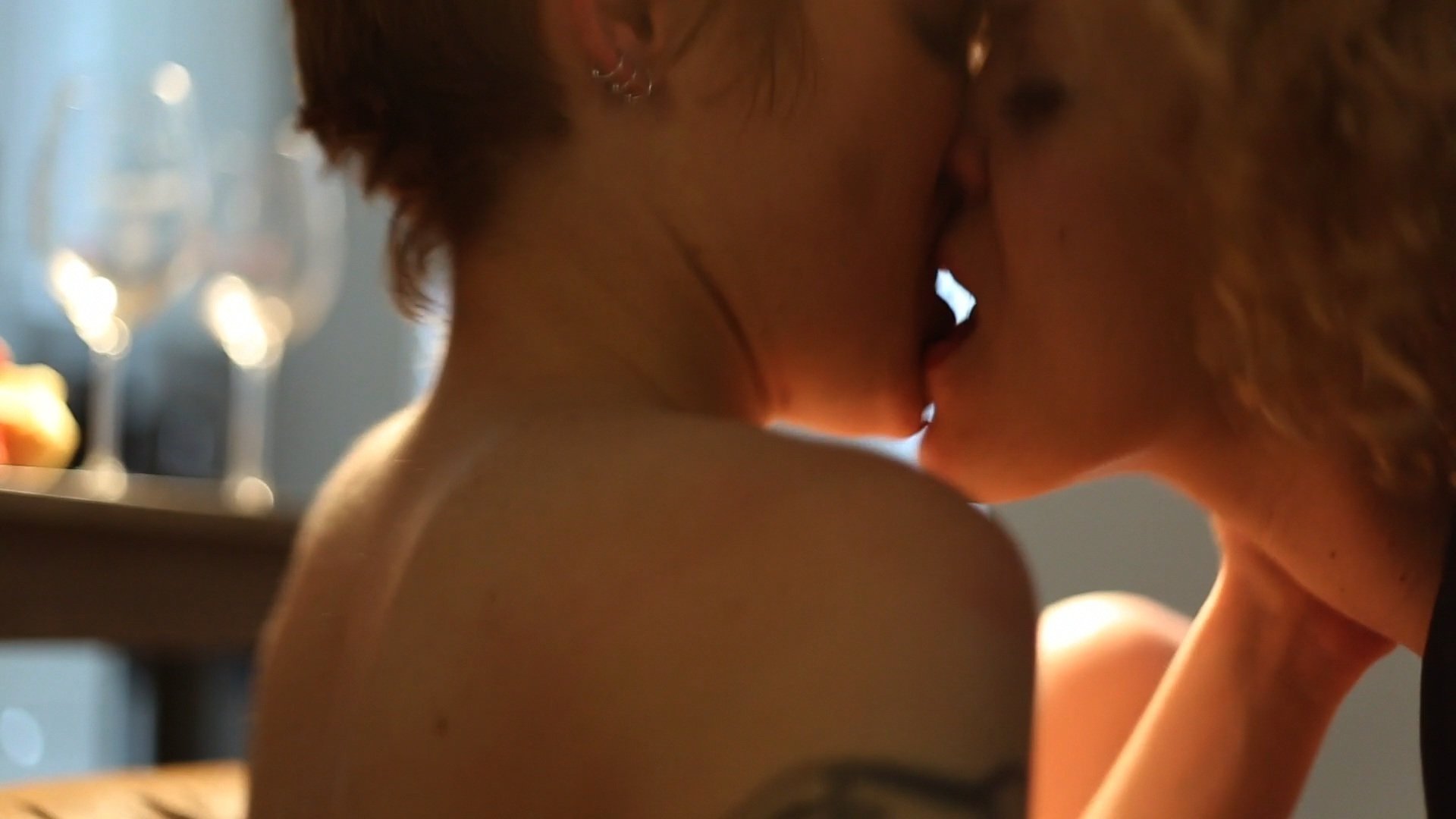

Talk about how I continued to create from the footage creating an art/photography book with some sections featured in the magazine as written content for the ARTS section.
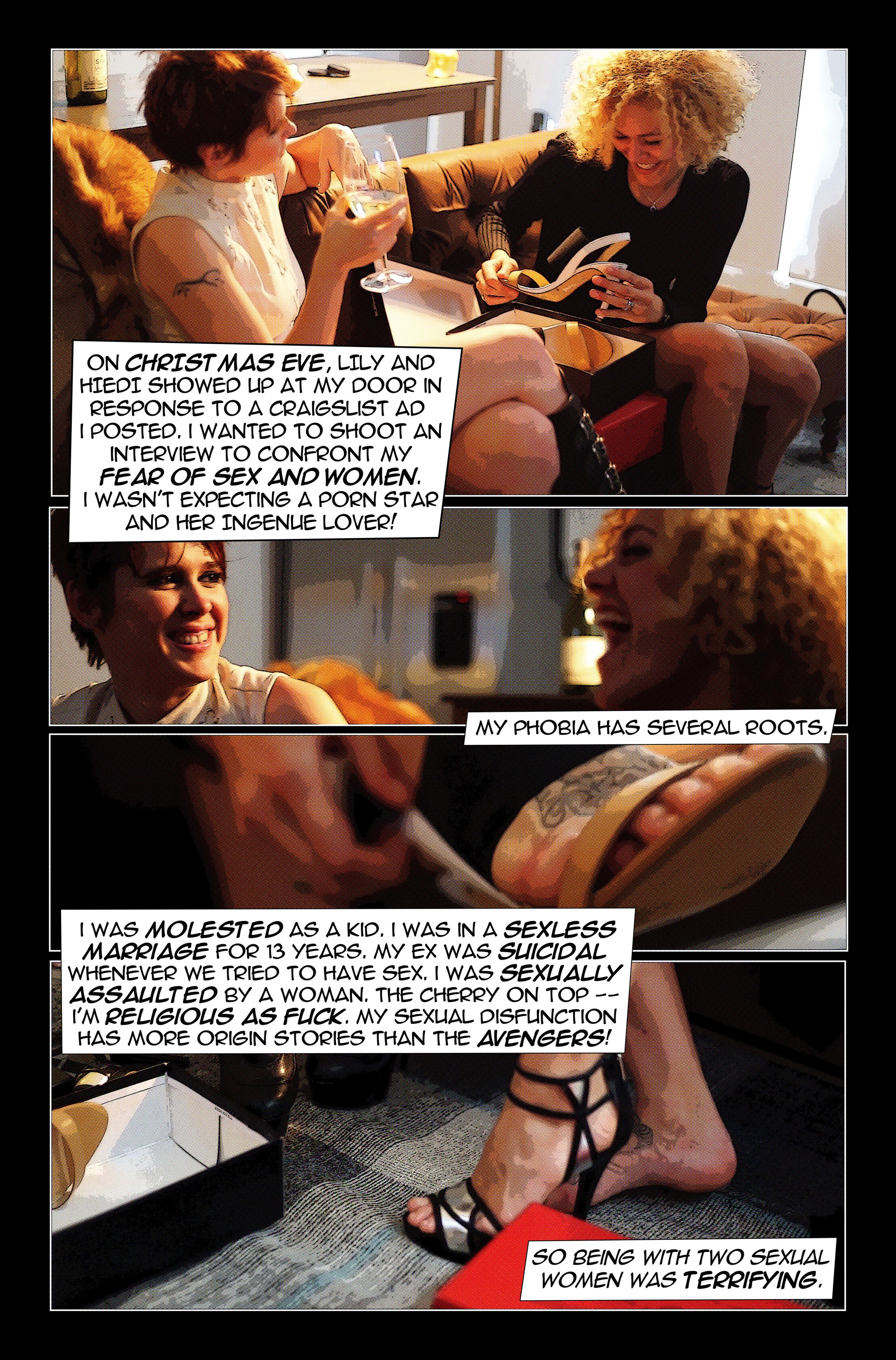
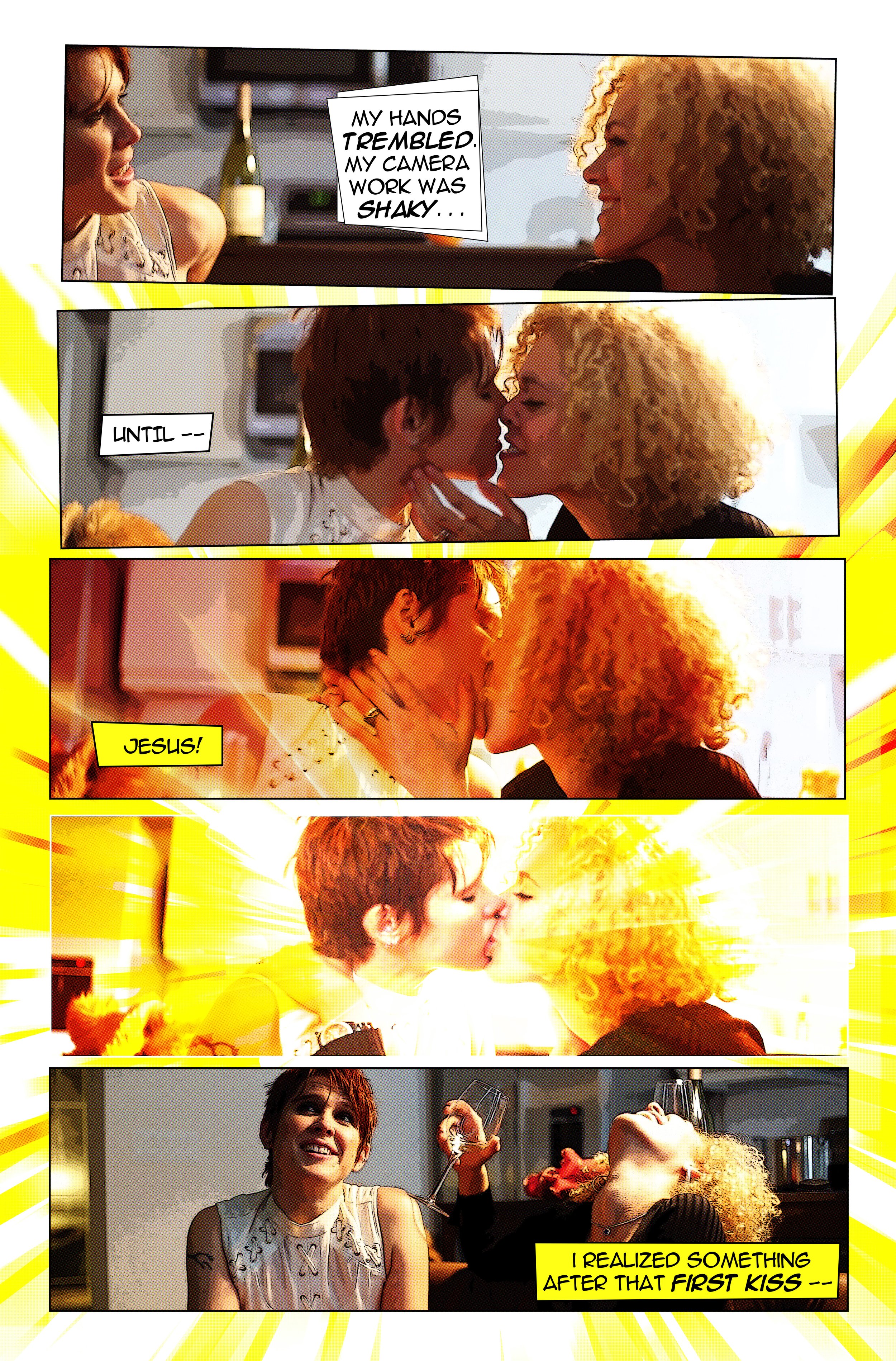
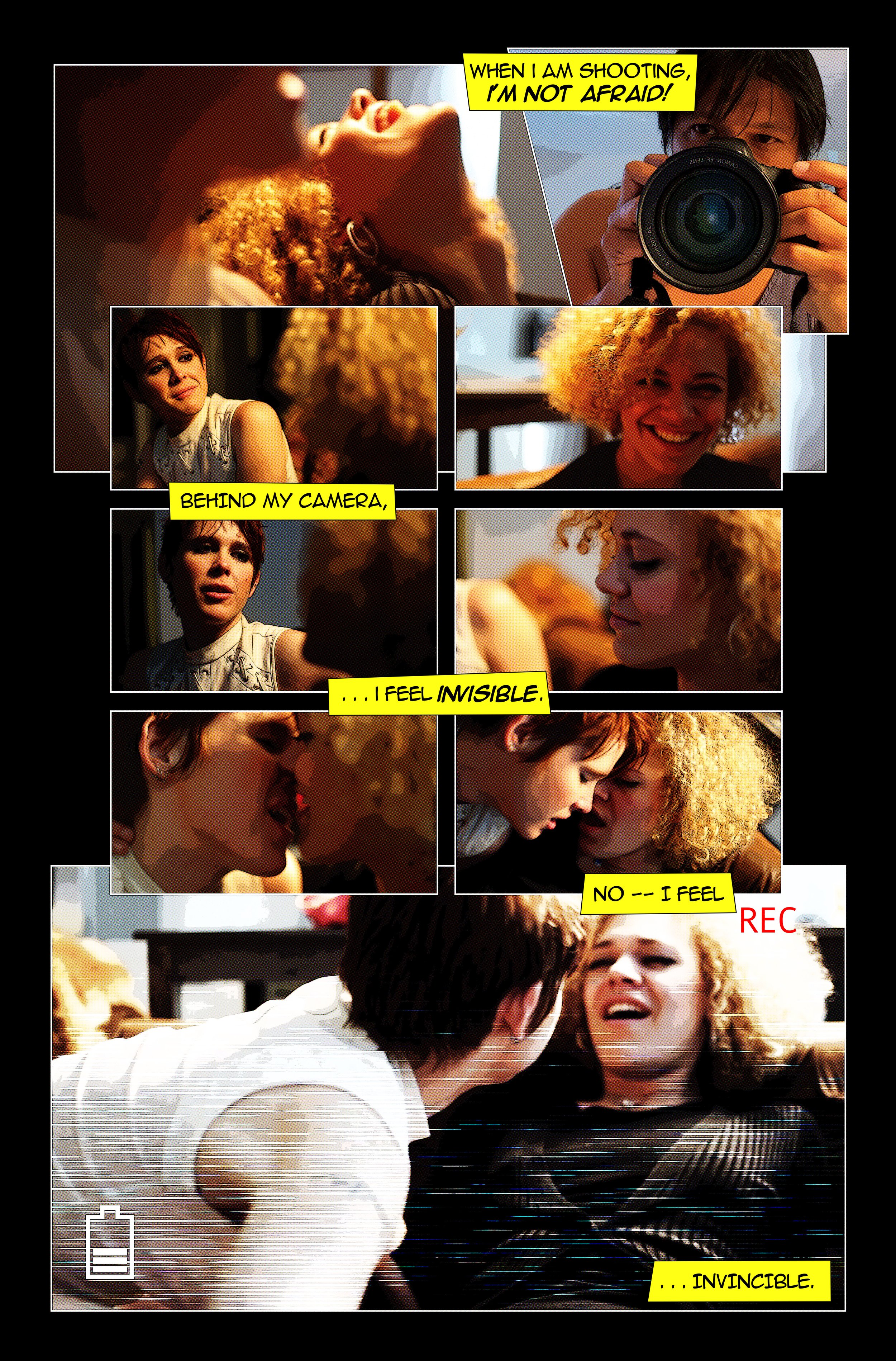
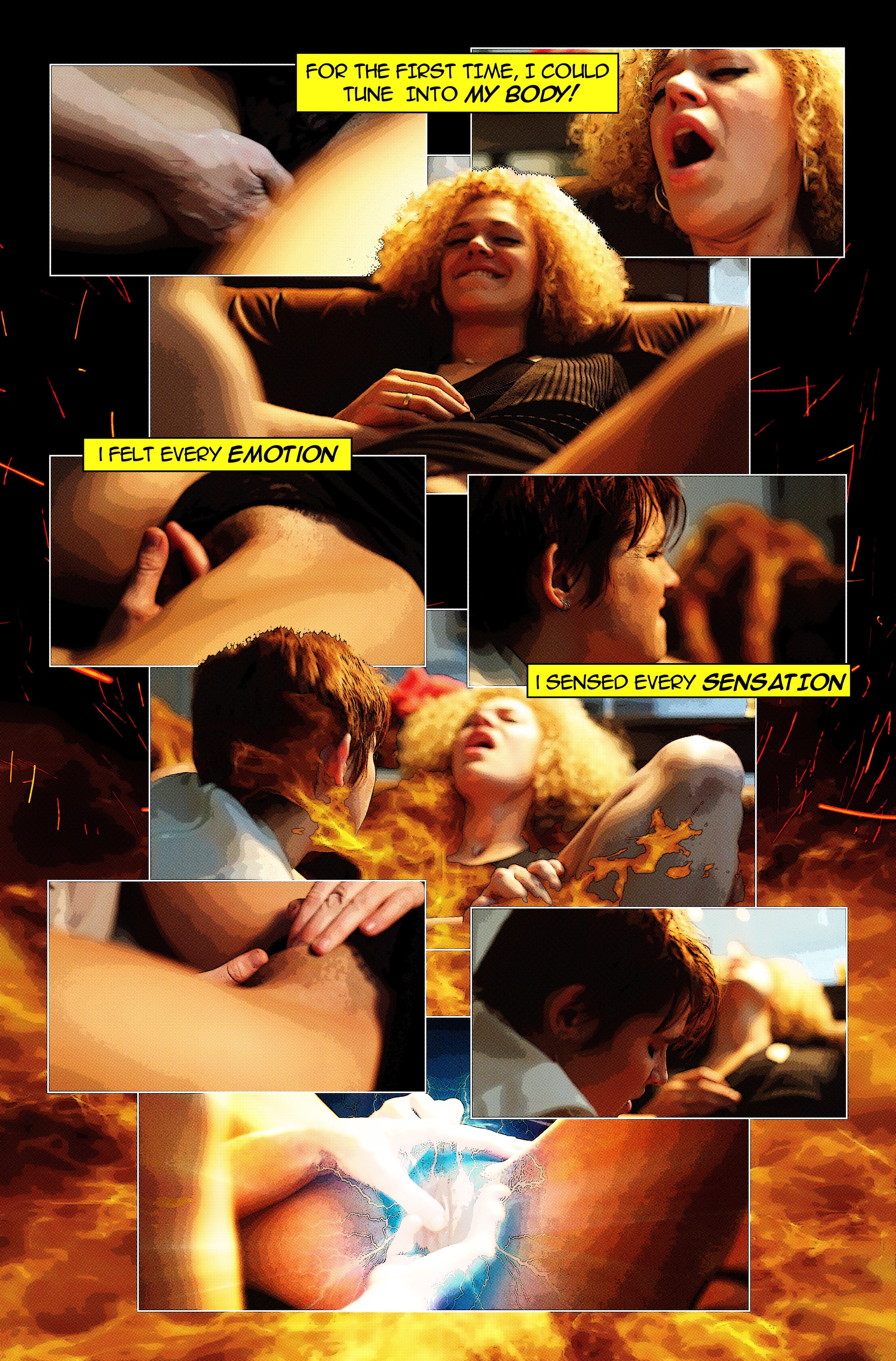
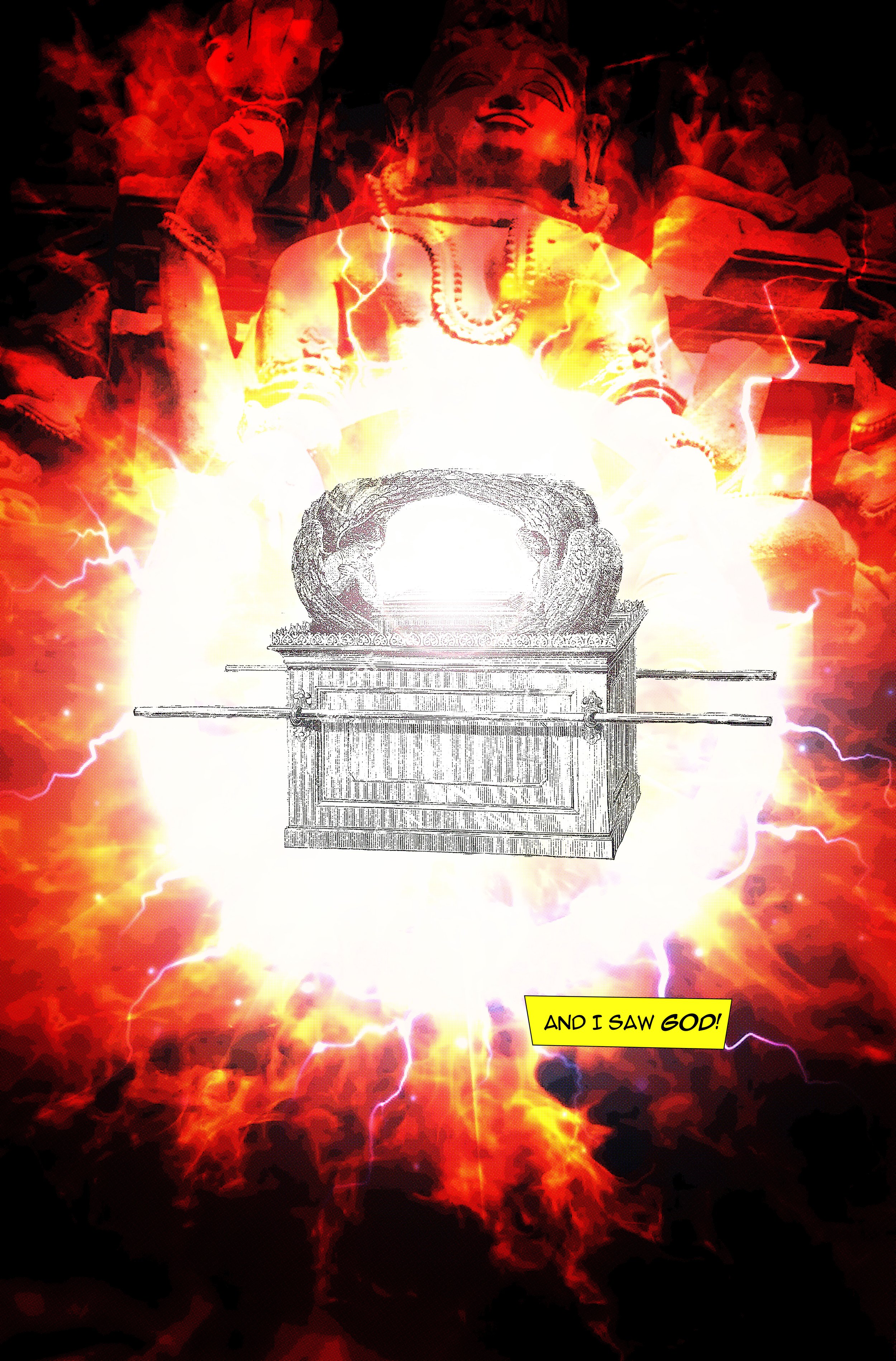
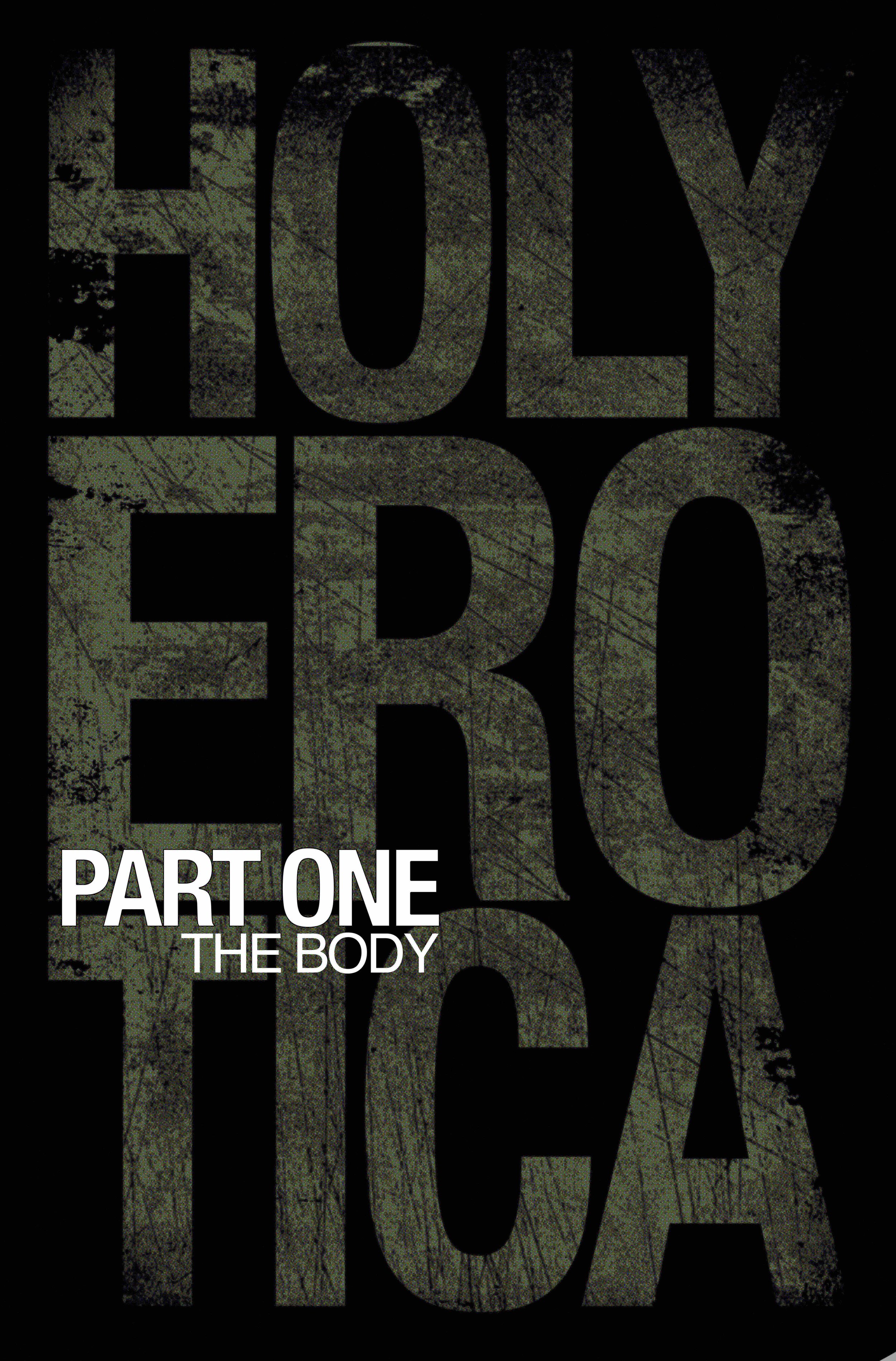

WHAT IS THE FIRST PUBLIC EROTIC DISPLAY? THIS IS LEAD INTO THE ARK OF THE COVENANT AND RELIGION SECTION.
Ark of the Covenant, often regarded as a sacred artifact in Judeo-Christian tradition, has also been interpreted through an unconventional lens as a symbolic work of public eroticism. This perspective stems from its rich imagery of union and fertility, embodied in the cherubim whose wings touch above the mercy seat—evoking themes of intimacy and divine connection. Seen as a representation of the sacred marriage between heaven and earth, this interpretation reimagines the Ark as an early expression of the human longing to unite the physical and spiritual in an act of cosmic love.

RELIGION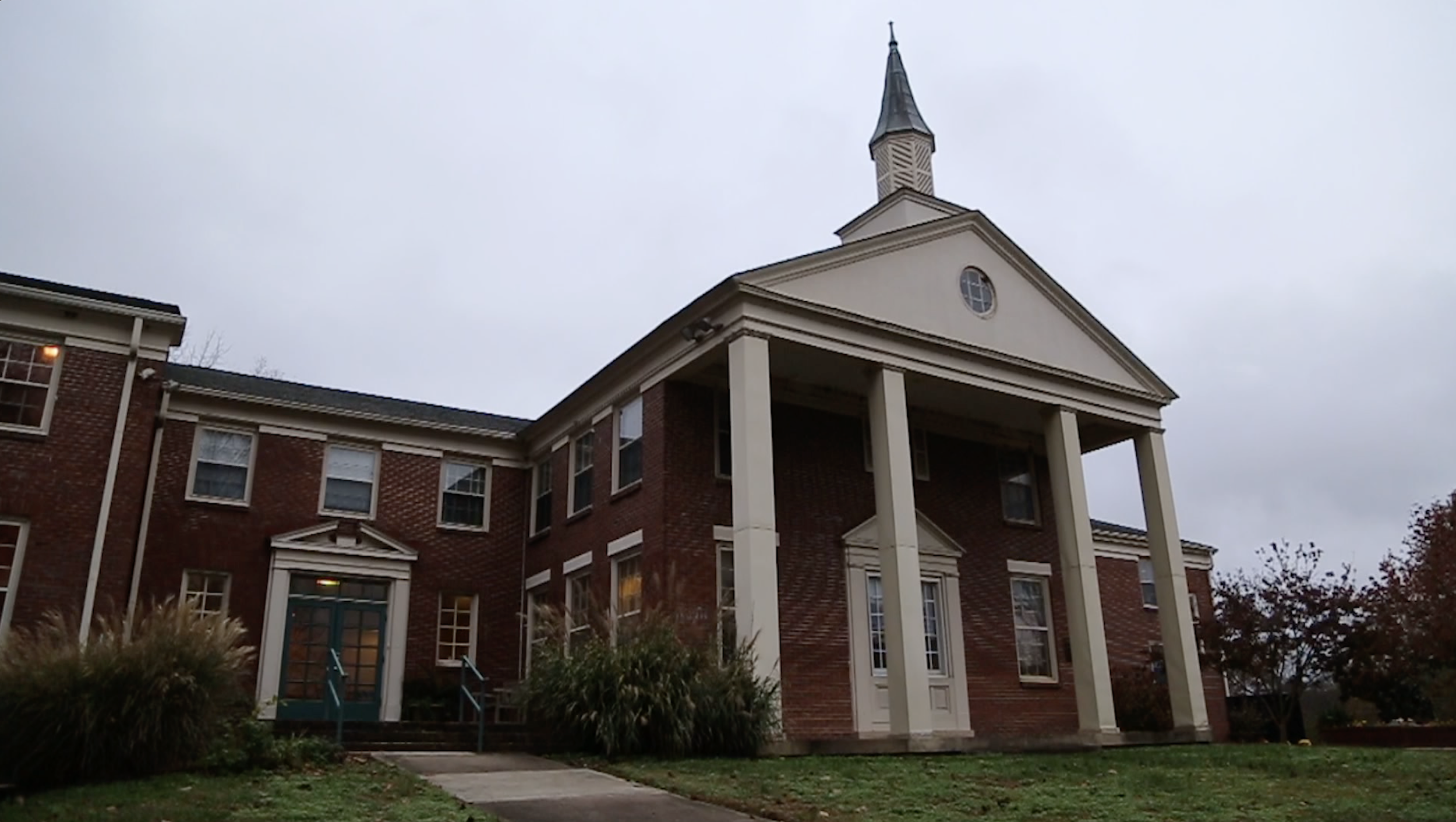
The Linguistic Shaping of the American Church
America is often regarded as a Christian nation, but how united is it in faith? While there are more Protestant Christians than Catholic Christians in the U.S., the divisions within Protestantism tell a story of remarkable diversity—and fragmentation.
A Look at the Numbers
Protestants, when grouped together, make up about 40–43% of the U.S. population, totaling approximately 110–140 million people. This broad category includes denominations such as Baptists, Methodists, Lutherans, Pentecostals, Presbyterians, and many others.
Catholics, on the other hand, comprise about 20–23% of the U.S. population, or roughly 61 million people. While Catholicism represents the largest single Christian denomination in the U.S., Protestants collectively outnumber Catholics by a significant margin.
A Nation Divided by Denominations
The United States has more Christian denominations than any other country in the world, highlighting a stark reality: the American Church is deeply divided. These divisions can range from disagreements over fundamental theological beliefs—such as the divinity of Christ—to relatively minor issues, like the placement of an organ in a sanctuary.
One reason for these divisions is the linguistic and cultural relativity of religion in America. Religious communities often develop their own "language" and worldview, creating distinct realities for their members. Over time, these differences contribute to a fragmented landscape of beliefs and practices.
The Southern Baptist Convention: A Case Study in Growth
Among Protestant groups, the Southern Baptist Convention (SBC) is the largest, with 13–14 million members. But how did it achieve this size?
Dr. Shawn Warner-Garcia, a linguistics professor, provides a compelling explanation rooted in the early history of Baptist churches. Originally, the Baptist church allowed for a free interpretation of Scripture, meaning each congregation could develop its own distinct practices and beliefs. This openness fostered diversity but also division.
The Southern Baptist Convention, however, took a different approach. Its constitution emphasized biblical inerrancy, declaring that those who did not adhere to its interpretation of Scripture were in danger of eternal damnation. This strict stance, combined with a theology driven by fear and exclusivity, led many Baptists to align with the Southern Baptist Convention.
Reflecting on This Legacy
This historical dynamic can still be observed today. The linguistic and theological differences that shaped American Christianity continue to influence its trajectory. What is your reaction to these divisions, and what do they reveal about the interplay between faith, culture, and power in the American religious landscape?
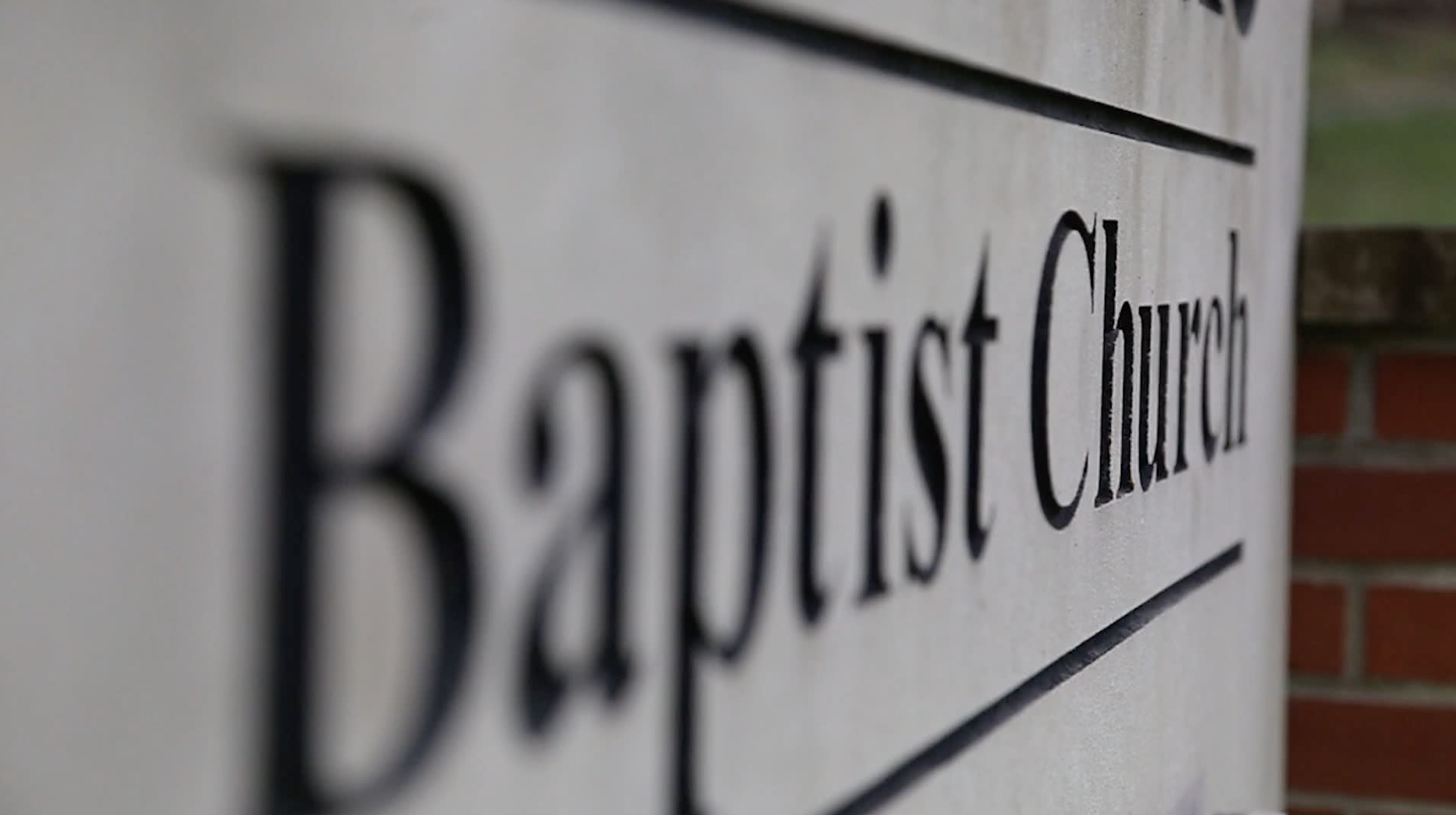
DECONSTRUCTING THE AMERICAN BAPTIST |
-
This is where you read my INTROSPECTION of each artifact. The study summary sets the frame, tells the story, and gives introspection. It uncovers the filmmaker and subject’s journey, exploring relational and cultural dynamics, and highlight embodied experiences while maintaining ethical integrity. The summary also invites the possibility of a Higher Intelligence at play in eroticism.
See the evolution compass below.
-
Connection to Content
What was my initial understanding or belief about this story or subject, and how did it shape my creative process? (Focus on the thoughts or intellectual connections that inspired the creation.)
Where in my body did I feel the most resonance or tension while creating, and how did those sensations guide my choices?(Highlight the physical responses and how they influenced the work.)
What spiritual or intuitive truths did I connect with during the creation process, and how did they help me convey the essence of the story? (Reflect on the deeper, unseen forces that aligned with the content.)
Connection to Self/Divine
As I review this now, how has my perspective on the story evolved, and what new insights or feelings does it bring up? (Explore how time and experience have reframed the meaning or significance of the work.)
In this moment of creation, how can you feel the subtle guidance or intelligence flowing through you, shaping the narrative, and connecting you to something beyond your individual self? (Explore the possibility of a guidance beyond the subject, beyond self, and beyond conditionings and trauma.)
How can I take the lessons or growth from this experience and apply them to my future work or life? (End with a focus on integrating the experience into tangible action.)
-
Connecting to Content
What thoughts or ideas come tomind as I engage with this story, and how do they connect to my own experiences or beliefs?(Invite the viewer to reflect on intellectual or personal connections.)
What sensations arise in mybodywhile engaging with this content, and how do they shift throughout the experience?(Guide the viewer to notice their physical responses to the story.)
What deeper truths or spiritual questions does this story awaken, and how do they resonate with my life?(Encourage introspection on the soul-level connection.)
Connecting to Self/Divine
What new perspectives or emotions does this story leave me with, and how might they inspire a shiftin my own life? (Prompt reflection on personal transformation or change.)
As you engage with this content, can you sense a higher intelligence or divine presence guiding the story, inviting you to witness a deeper truth beyond the surface? (Explore the possibility of a guidance beyond the subject, beyond the filmmaker, beyond self, and beyond conditionings and trauma.)
How can I take what I’ve learned or felt from this experience and put it into practicein my daily life? (Encourage the viewer to translate the experience into actionable steps.)
The Original Baptist Constitution
In this artifact, Dr. Shawn Warner-Garcia, a linguistics professor at UC Santa Barbara explains to me that the original Baptists allowed each church to have it’s own interpretation of Scripture. This is a far contrast to the largest denomination of Baptists today, the Southern Baptists, making up 13 million, the largest Protestant denomination of America.
This realization mirrors my feelings of a pre-Christian Christianity, before the canonized books of the modern Bible were chosen, much closer to the times of the historical Jesus.
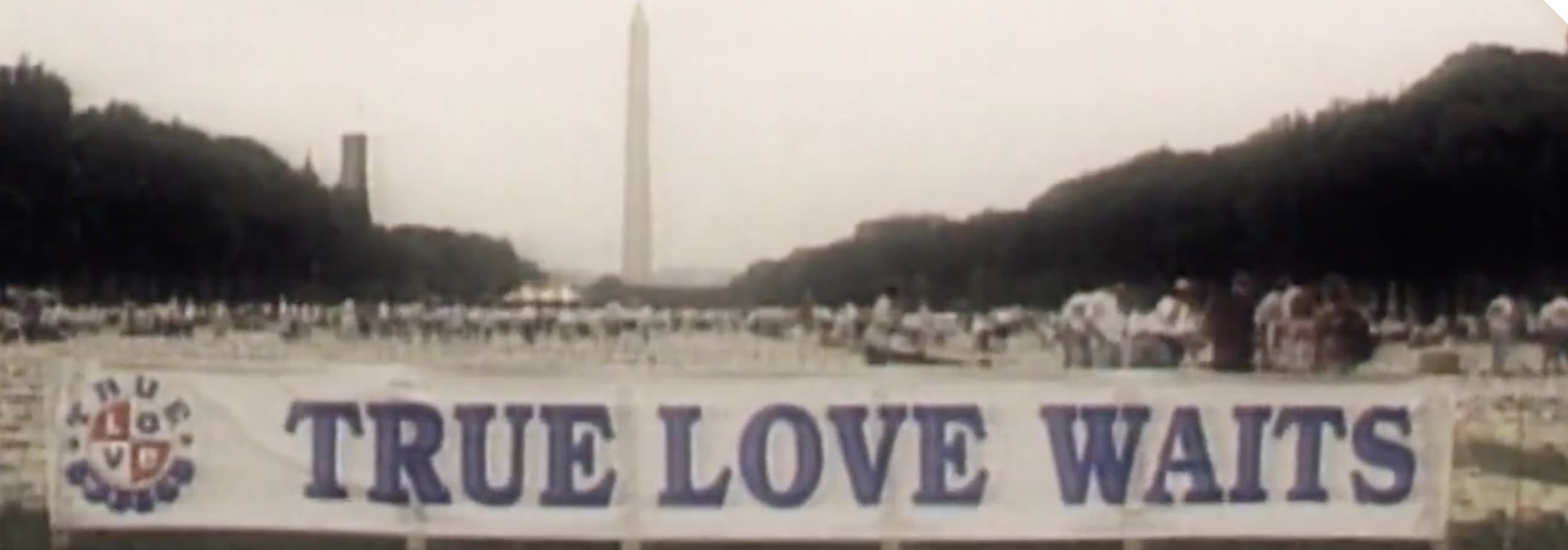
The Billy Graham Rule
A saying championed by Christian leaders to communicate sexual purity and faithfulness in which a married man refuses to be in a room with a woman who is not his wife is deconstructed revealing narratives of distrust and manipulation.
-
This is where you read my INTROSPECTION of each artifact. The study summary sets the frame, tells the story, and gives introspection. It uncovers the filmmaker and subject’s journey, exploring relational and cultural dynamics, and highlight embodied experiences while maintaining ethical integrity. The summary also invites the possibility of a Higher Intelligence at play in eroticism.
See the evolution compass below.
-
Connection to Content
What was my initial understanding or belief about this story or subject, and how did it shape my creative process? (Focus on the thoughts or intellectual connections that inspired the creation.)
Where in my body did I feel the most resonance or tension while creating, and how did those sensations guide my choices?(Highlight the physical responses and how they influenced the work.)
What spiritual or intuitive truths did I connect with during the creation process, and how did they help me convey the essence of the story? (Reflect on the deeper, unseen forces that aligned with the content.)
Connection to Self/Divine
As I review this now, how has my perspective on the story evolved, and what new insights or feelings does it bring up? (Explore how time and experience have reframed the meaning or significance of the work.)
In this moment of creation, how can you feel the subtle guidance or intelligence flowing through you, shaping the narrative, and connecting you to something beyond your individual self? (Explore the possibility of a guidance beyond the subject, beyond self, and beyond conditionings and trauma.)
How can I take the lessons or growth from this experience and apply them to my future work or life? (End with a focus on integrating the experience into tangible action.)
-
Connecting to Content
What thoughts or ideas come tomind as I engage with this story, and how do they connect to my own experiences or beliefs?(Invite the viewer to reflect on intellectual or personal connections.)
What sensations arise in mybodywhile engaging with this content, and how do they shift throughout the experience?(Guide the viewer to notice their physical responses to the story.)
What deeper truths or spiritual questions does this story awaken, and how do they resonate with my life?(Encourage introspection on the soul-level connection.)
Connecting to Self/Divine
What new perspectives or emotions does this story leave me with, and how might they inspire a shiftin my own life? (Prompt reflection on personal transformation or change.)
As you engage with this content, can you sense a higher intelligence or divine presence guiding the story, inviting you to witness a deeper truth beyond the surface? (Explore the possibility of a guidance beyond the subject, beyond the filmmaker, beyond self, and beyond conditionings and trauma.)
How can I take what I’ve learned or felt from this experience and put it into practicein my daily life? (Encourage the viewer to translate the experience into actionable steps.)
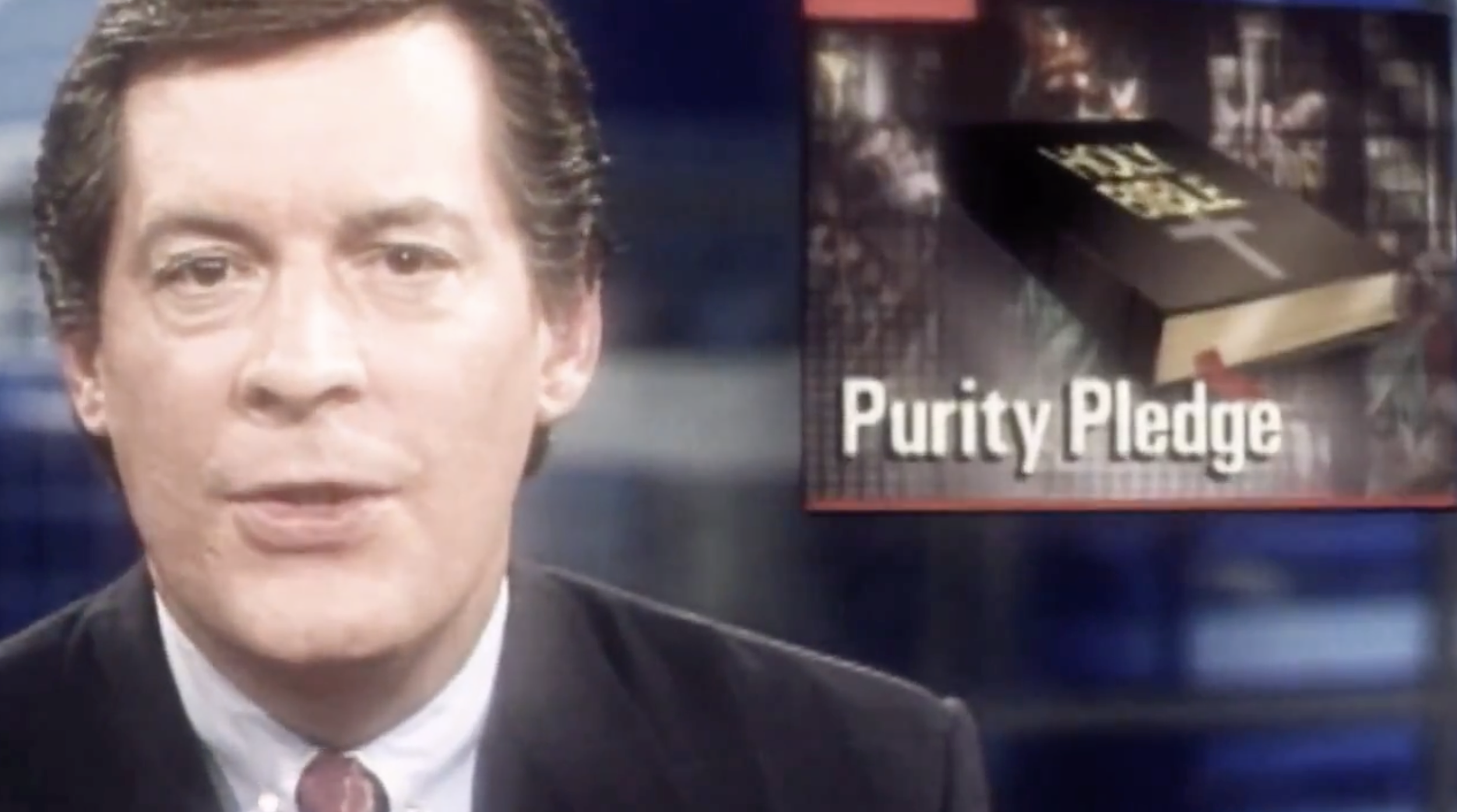
Purity and Politics
Dr. Ryan Clark deconstructs the interweaving of purity culture and politics which began in 1981 when Presidential candidate Ronald Reagan spoke to the Southern Baptist Convention, a tradition that has been kept up with every Republican nominee since.
-
This is where you read my INTROSPECTION of each artifact. The study summary sets the frame, tells the story, and gives introspection. It uncovers the filmmaker and subject’s journey, exploring relational and cultural dynamics, and highlight embodied experiences while maintaining ethical integrity. The summary also invites the possibility of a Higher Intelligence at play in eroticism.
See the evolution compass below.
-
Connection to Content
What was my initial understanding or belief about this story or subject, and how did it shape my creative process? (Focus on the thoughts or intellectual connections that inspired the creation.)
Where in my body did I feel the most resonance or tension while creating, and how did those sensations guide my choices?(Highlight the physical responses and how they influenced the work.)
What spiritual or intuitive truths did I connect with during the creation process, and how did they help me convey the essence of the story? (Reflect on the deeper, unseen forces that aligned with the content.)
Connection to Self/Divine
As I review this now, how has my perspective on the story evolved, and what new insights or feelings does it bring up? (Explore how time and experience have reframed the meaning or significance of the work.)
In this moment of creation, how can you feel the subtle guidance or intelligence flowing through you, shaping the narrative, and connecting you to something beyond your individual self? (Explore the possibility of a guidance beyond the subject, beyond self, and beyond conditionings and trauma.)
How can I take the lessons or growth from this experience and apply them to my future work or life? (End with a focus on integrating the experience into tangible action.)
-
Connecting to Content
What thoughts or ideas come tomind as I engage with this story, and how do they connect to my own experiences or beliefs?(Invite the viewer to reflect on intellectual or personal connections.)
What sensations arise in mybodywhile engaging with this content, and how do they shift throughout the experience?(Guide the viewer to notice their physical responses to the story.)
What deeper truths or spiritual questions does this story awaken, and how do they resonate with my life?(Encourage introspection on the soul-level connection.)
Connecting to Self/Divine
What new perspectives or emotions does this story leave me with, and how might they inspire a shiftin my own life? (Prompt reflection on personal transformation or change.)
As you engage with this content, can you sense a higher intelligence or divine presence guiding the story, inviting you to witness a deeper truth beyond the surface? (Explore the possibility of a guidance beyond the subject, beyond the filmmaker, beyond self, and beyond conditionings and trauma.)
How can I take what I’ve learned or felt from this experience and put it into practicein my daily life? (Encourage the viewer to translate the experience into actionable steps.)

MY FATHER THE HERETIC
My father was a man who walked a unique and solitary path in his faith. While many in the church were content with the well-worn doctrines, my father was not. His journey as a student of Christ was one of deep questioning and unflinching examination. He was a critic of the institutional church and, more specifically, the concepts it taught as gospel truths. He often stood as an outlier, not because he sought to be different, but because his relationship with Christ demanded it.
One of the earliest signs of his unconventional approach was his critique of the doctrine of the Trinity. While many Christians accepted the concept without question, my father saw it as a theological construct that was not inherent in the scriptures themselves, but rather something decided upon by the bishops at the Council of Nicaea. The Trinity, for him, wasn’t a truth found directly in the Bible. It was a doctrine that had been shaped by human hands, bound to the needs of organized religion rather than the spirit of Christ. This belief often put him at odds with others in the church. In fact, many of the Bible studies he led would split in two as people found themselves uncomfortable with his interpretation of the texts. Yet, he held firm to his conviction, believing that his faith was more important than simply conforming to tradition.
My father’s critique didn’t stop at doctrine. He also challenged the church’s stance on social issues. Despite his own Biblical beliefs, he was one of the few people I knew who had the courage to marry a same-sex couple. He didn’t do it to make a statement, but because he understood that the freedom to love and marry should not be restricted by outdated religious views. His Bible study group was once again divided. The very same people who had once followed him now turned away, unable to reconcile their beliefs with his growing radical inclusivity.
When my father passed away, I found myself reflecting deeply on his life and his faith. I asked my mother what his latest “heretical” thoughts had been. To my surprise, she told me that he had been moving toward the belief that the Holy Spirit was not just a divine being, but an energy—a force that connected everything in the universe. This was something my father had never openly discussed with me, but it was a belief that aligned with many of his unspoken views on spirituality and the nature of God. His exploration of this idea was just another chapter in his evolving journey, and it was a journey that continually challenged the status quo.
Before he died, I had an important conversation with him—one that I will never forget. I spoke to him about the path I was about to take, a path that would inevitably lead to me being seen as a heretic, much like he had been. I didn’t yet fully understand what I was following, but I knew I was following something deeply spiritual, something I believed in as Christ. I knew that the world would not understand, just as they hadn’t understood him. We never spoke explicitly about my personal struggles, but in that moment, I felt an unspoken understanding between us. I sensed that my father had a deep acknowledgment of my inner turmoil and the spiritual journey I was on, even though I hadn’t put it into words.
What struck me most was a question my father had once asked himself, a question that he had never answered but that had lingered in his mind for years. He wondered if spirituality was somehow connected to sexuality. This question was rooted in a passage from the Bible about Solomon, the wisest man in scripture, who had 3000 concubines. My father did not view Solomon’s actions as an endorsement of rampant sexuality, nor did he believe that his own thoughts about the matter were driven by a desire for promiscuity. Rather, he recognized that sexuality, like spirituality, might be an inherent part of our human nature. Solomon, in his wisdom, was not merely fulfilling his desires but perhaps exploring the boundaries of human experience.
For my father, this was not about secret lust or hidden desires; it was about grappling with the complexity of human identity and the divine. As a man of faith, he was searching for a deeper connection between the spiritual and the physical, between God’s love and human desire. Before his death, I began to understand this search in a more personal way, even though we never discussed it directly. I think he saw that, in my own way, I was following a similar path—one of profound exploration, even when it seemed contradictory to the world’s expectations of faith.
When I reflect on my father’s journey, I realize that he was not merely a critic of the church or the established order; he was a man who deeply loved Christ and sought to understand Him on his own terms. His faith was never static; it was always evolving. He did not seek to be a heretic, but rather a seeker—a seeker of truth, of meaning, and of connection to something greater than himself. In many ways, I see my own journey as an extension of his, continuing to challenge the norms and explore the spiritual dimensions that were never fully addressed by traditional religious structures.
The conversation I had with my father before his death remains one of the most important moments in my life. Although we never had a chance to speak about it again, I felt a profound sense of understanding between us—an understanding that transcended words. It was as if, in that final conversation, my father saw me for who I truly was and acknowledged the path I was on, just as I had come to see and understand him.
His legacy is one of exploration, of questioning, and of unconditional love for the divine. My father was not content to accept the world as it was. He sought to know the truth of Christ, even when it meant standing apart from the crowd. In his eyes, faith was not about conformity or easy answers, but about the courage to evolve, to challenge, and to love deeply—even when it wasn’t understood.
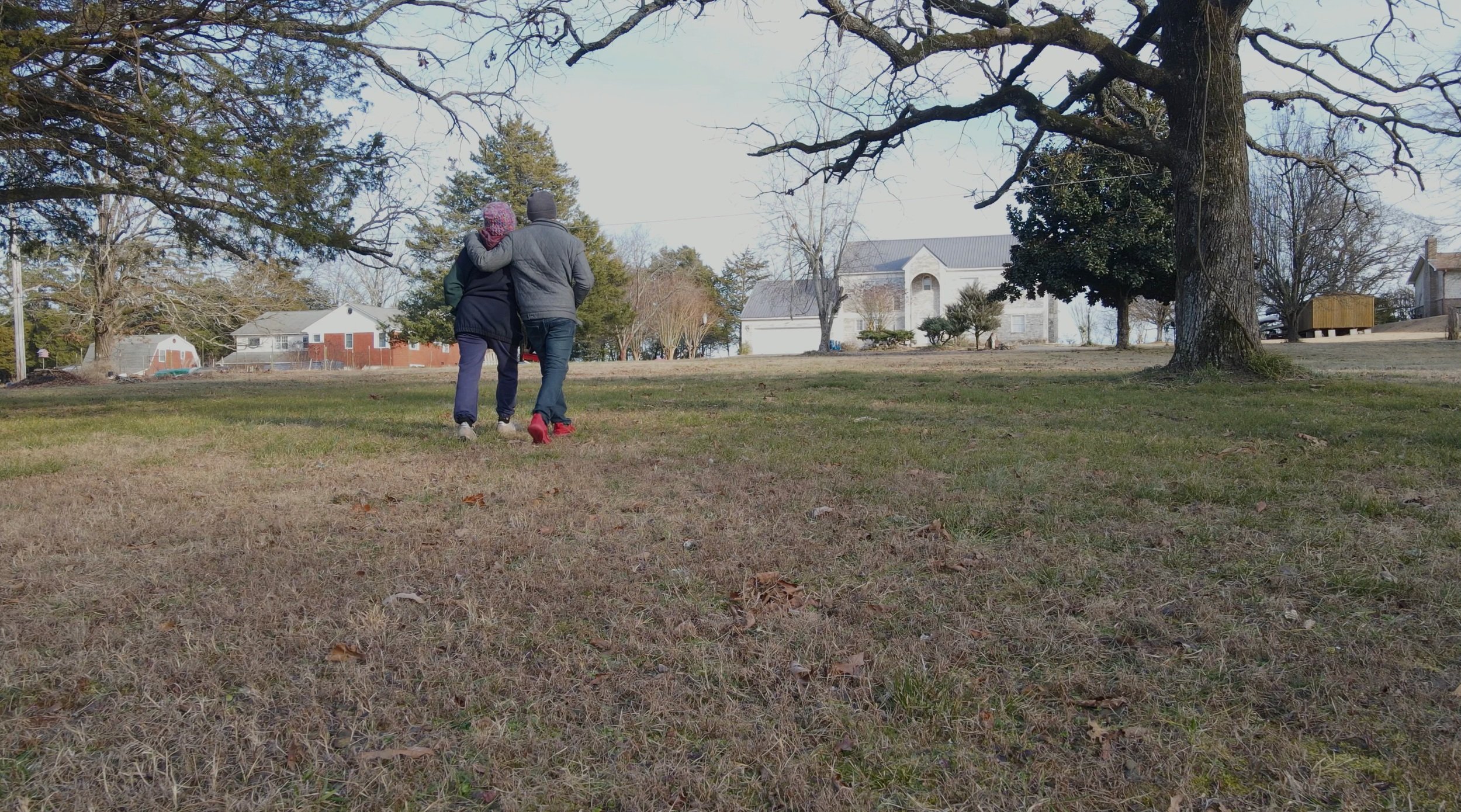
| Walking with my mother back to the house my father designed as “the church”

Wiliam Stayton is a sexologist, clergyman, psychologist, and Baptist minister. I had a privilege of meeting him over TOUCH PODCAST. Outside of this, I had more meetings with him where I learned two profound things. First, I learned that before pornography exploded in America, there was an effort to provide public sexual content for the sake of sex education. And that this was championed by the church! Specifically, the Unitarians and the Methodists. I was told about an archive of films that were produced, but were later vaulted, because of others in the church that disagreed. After it was vaulted, pornography exploded in America.
A second thing I learned was a profound gathering of ministers and theologians and scholars that happened on a Baptist campus during the Jesus Movement, it was a series of gatherings called the Jesus Seminars, where top minds wanted to discuss soberly of sexuality, which included controversial subjects of Jesus having sex and even possibly being married. I felt this was profound. The fact that there were Christians who were bringing up these concepts versus learning about these concepts outside of the church was powerful. I offer these zoom conversations with William Stayton as artifacts, so you can have your own response to these profound discoveries.
CHRISTIAN PORN
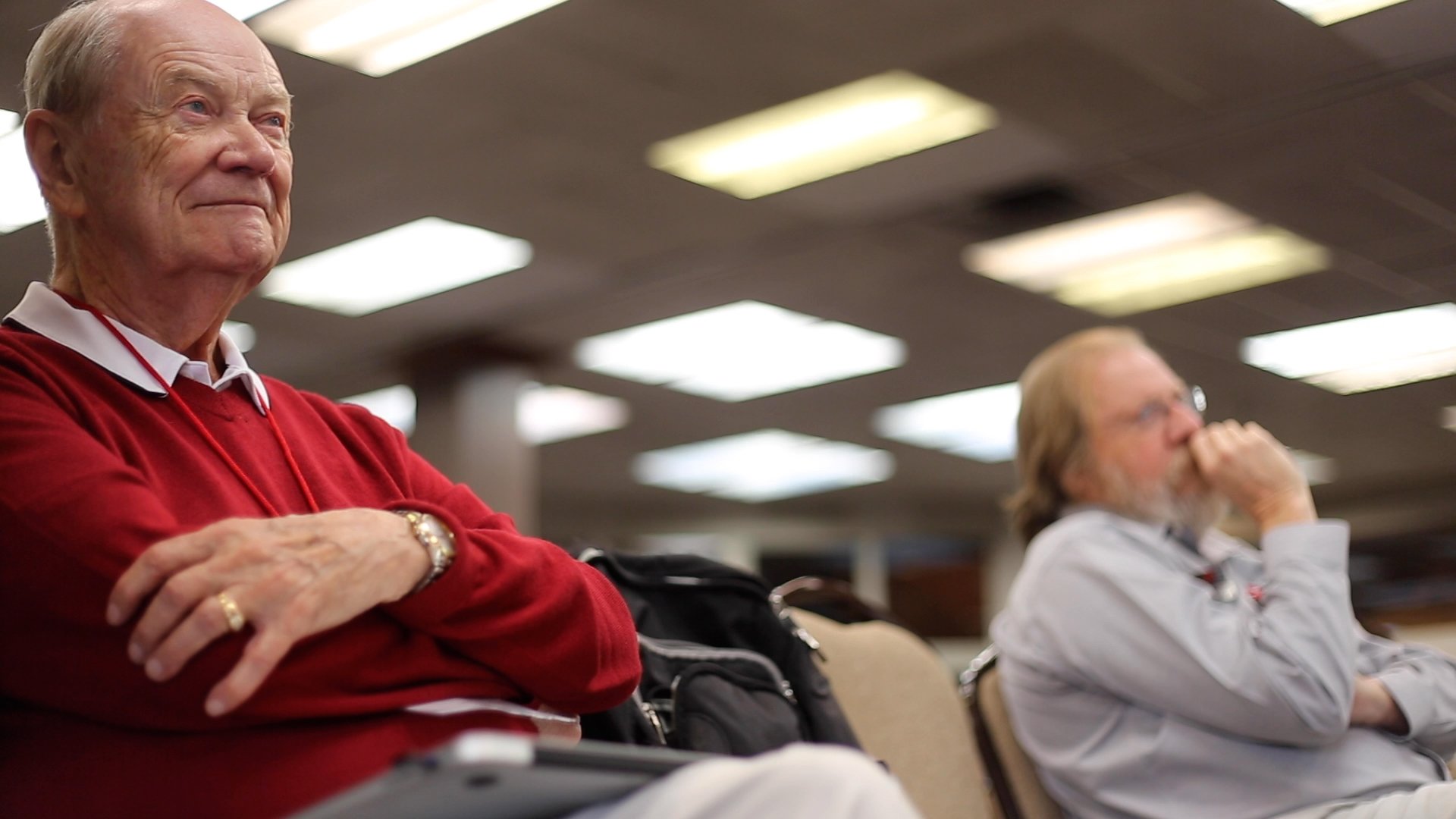
-
This is where you read my INTROSPECTION of each artifact. The study summary sets the frame, tells the story, and gives introspection. It uncovers the filmmaker and subject’s journey, exploring relational and cultural dynamics, and highlight embodied experiences while maintaining ethical integrity. The summary also invites the possibility of a Higher Intelligence at play in eroticism.
See the evolution compass below.
-
Connection to Content
What was my initial understanding or belief about this story or subject, and how did it shape my creative process? (Focus on the thoughts or intellectual connections that inspired the creation.)
Where in my body did I feel the most resonance or tension while creating, and how did those sensations guide my choices?(Highlight the physical responses and how they influenced the work.)
What spiritual or intuitive truths did I connect with during the creation process, and how did they help me convey the essence of the story? (Reflect on the deeper, unseen forces that aligned with the content.)
Connection to Self/Divine
As I review this now, how has my perspective on the story evolved, and what new insights or feelings does it bring up? (Explore how time and experience have reframed the meaning or significance of the work.)
In this moment of creation, how can you feel the subtle guidance or intelligence flowing through you, shaping the narrative, and connecting you to something beyond your individual self? (Explore the possibility of a guidance beyond the subject, beyond self, and beyond conditionings and trauma.)
How can I take the lessons or growth from this experience and apply them to my future work or life? (End with a focus on integrating the experience into tangible action.)
-
Connecting to Content
What thoughts or ideas come tomind as I engage with this story, and how do they connect to my own experiences or beliefs?(Invite the viewer to reflect on intellectual or personal connections.)
What sensations arise in mybodywhile engaging with this content, and how do they shift throughout the experience?(Guide the viewer to notice their physical responses to the story.)
What deeper truths or spiritual questions does this story awaken, and how do they resonate with my life?(Encourage introspection on the soul-level connection.)
Connecting to Self/Divine
What new perspectives or emotions does this story leave me with, and how might they inspire a shiftin my own life? (Prompt reflection on personal transformation or change.)
As you engage with this content, can you sense a higher intelligence or divine presence guiding the story, inviting you to witness a deeper truth beyond the surface? (Explore the possibility of a guidance beyond the subject, beyond the filmmaker, beyond self, and beyond conditionings and trauma.)
How can I take what I’ve learned or felt from this experience and put it into practicein my daily life? (Encourage the viewer to translate the experience into actionable steps.)
Jesus Seminars and Church Inspired Porn
Dr. William Stayton reveals to me an archive of “Christian Pornography” produced in the 1950’s before pornography took American by storm in the 1960’s produced by the Unitarians and the Methodists. He also shares about the Jesus Seminars that took place on a Baptist campus where theories of Jesus having sex were discussed and debated.
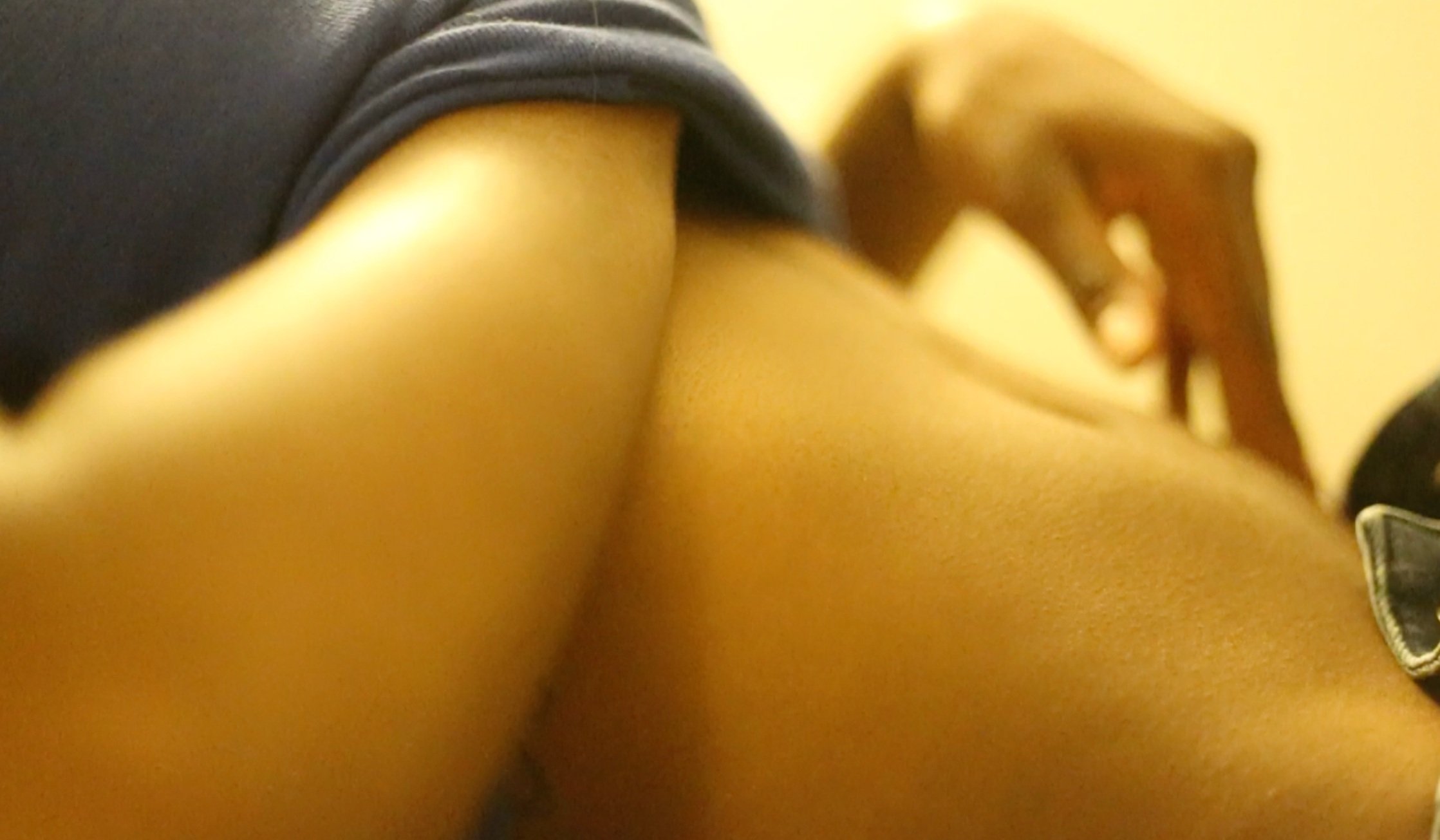
SEXUALITY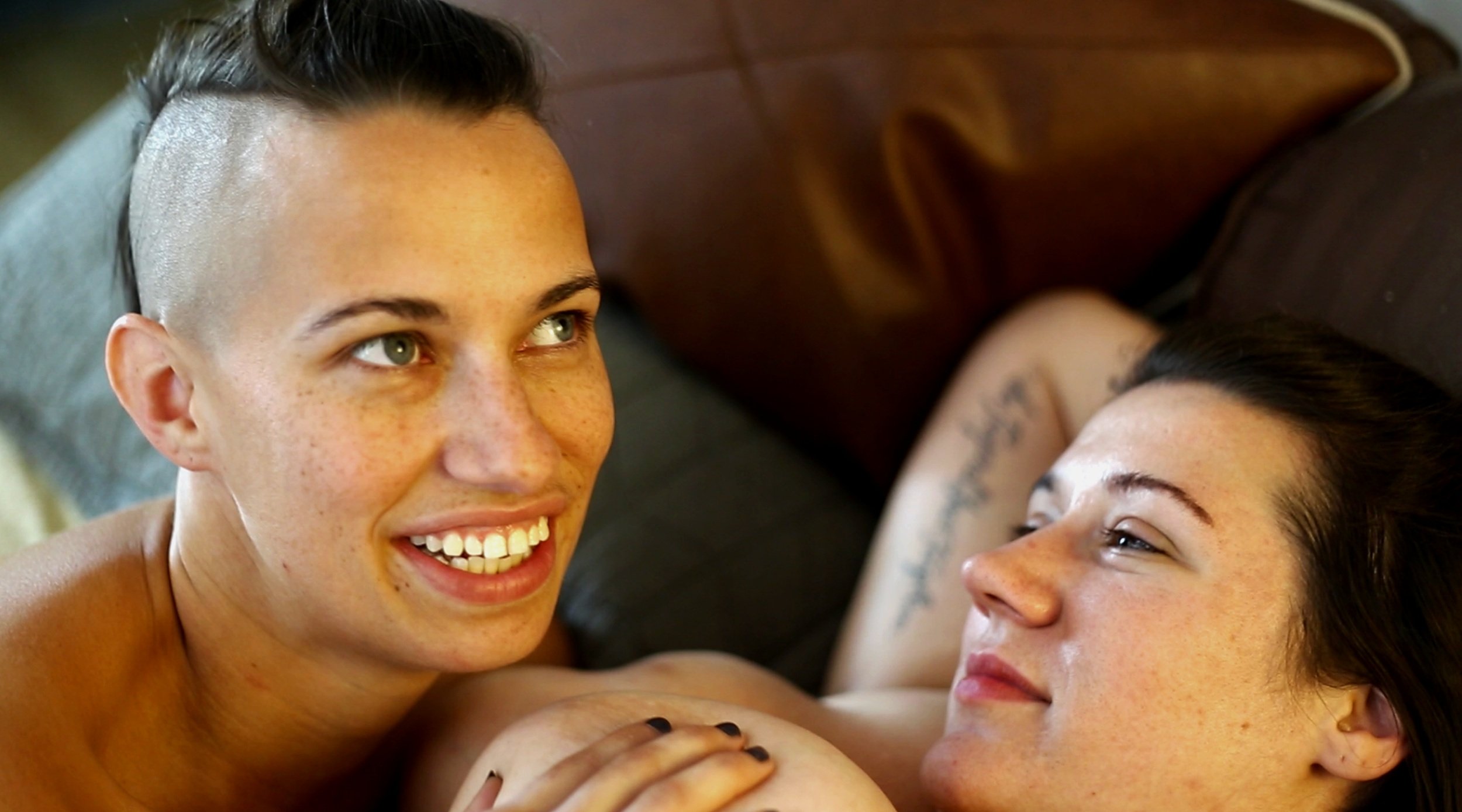
THROUGH HER EYES, I FOUND HIM:
Healing the Masculine Wound
Through Same-Sex Feminine Connection
NOTE: These articles are sloppy drafts. I need to make snese of them still.

My film studies mirrored my pornography preferences. My porn preferences, in turn, reflected my conditioning and traumas.
In my sexless marriage, I avoided content featuring men—it was too painful to watch another man experience what I couldn’t. It filled me with jealousy, dividing me from other men and, ultimately, from myself.
Feminine-only erotic content, however, reconnected me to my body. It felt nourishing, like returning home. Yet, at the same time, it felt like a betrayal. Seeking what I couldn’t cultivate in my marriage filled me with shame. My search to feel something—anything—only deepened my sense of inadequacy, making me feel like less of a man.
The only comfort in feminine-centered content was that I had no role in it. As a man who felt unsafe, I could retreat into voyeurism without confrontation. The safety I longed to offer my spouse, I found here instead. I couldn't imagine myself with another woman—any fantasy beyond my marriage felt like a sin. My logic left no escape: If I was removed completely, it wasn't really temptation, just make-believe.
This was the mindset I brought into my film studies. By directing fantasy, I became an invisible man. I had no motive to insert myself into the scene because, in my eyes, I didn’t exist. In my body, I didn’t exist. The subject and the filmmaker remained safe because the filmmaker wasn’t there.
Little did I know, this self-erasure was both my healing and my undoing. The more I disappeared, the more I lost myself as a man. My films were profound, but I left with no experience of my own. I mean, don’t get me wrong—filming women connecting is a privilege. But the way I held it internally robbed the magic of what was happening externally.
It was the same in my marriage. A sexless marriage may seem like a prison, but ultimately, it was how I held it. I could have framed it as a profound gift—a sacred practice in companionship without expectation. At times, I did, and it felt empowering. Other times, I convinced myself I was trapped. And like a teenager, I would lash out and destroy it.
Ironically, my spouse and I shared the same wound. We were a balance of positive and negative forces. But what we lacked was a narrative that said sex is okay. That we could aspire toward it rather than fear it.
Back to my work as a filmmaker—capturing women in connection but never myself. I couldn’t see myself. I couldn’t love myself. I could hold sexuality, but I couldn’t hold me.
I reviewed my footage. I was having sex. That was no longer the problem. But I wasn’t making anything. I wasn’t creating. I wasn’t putting anything out. I had no sense of me to speak from. No one was holding space for me. And it made me angry.
I was healing them. But was I healing me?
NOTE: Playing with design variations to incorporate them into articles
My film studies feature
WOMEN SOLO and
WOMEN TOGETHER
—AN expression of THE FEMININE
REConnectiNG TO HERSELF.
FEMININE HOMOEROTICISM
without shame
MIRRORSMASCULINE HOMOEROTICISM
without shame
—AN EXPANSIVE EMBODIMENT
OF UNITY AND ONENESS.HOmoeroticism is not an aberration
but an initiation—an egoic death—
fostering HEALTHIER masculine-feminine connections,
interrelationally and intrarelationally.
IT IS A CHOICE—NOT A REQUIREMENT—TO CULTIVATE DEEPER AND HIGHER CONNECTIONS.
NOTE: A different tone. More direct.
I am a man. And I like lesbians. I suspect this is of no surprise. Many men like watching lesbians. It’s something that I don’t think needs description. One American way of looking at it is quantity over quality, really. Why not more? I am sure there are many educated and well experience people who have much to say on this subject. I will share my unique experience and where it has led me. In doing so, I am admittedly not making any claim that my unique experience is everyman’s experience. Nonetheless, I haven’t heard an experience like mine. Yet. Perhaps I will hear more on the other side of sharing this story.
When I began this experiment, I really had nothing more beyond “what happens if I film my shame"“. For a long time I would disclose my porn-watching preferences with tremendous secrecy and a soft-spoken muttering voice, thinking it would make a difference. The response would always be, “A lot of men watch this.” When talking to men though, it’s either answered loudly or muttered softly. I can now say this loudly, if I wanted too. I feel no need.
Before, I would have a long explanation for it, perhaps because unconsciously I felt like I needed one so I would not be associated “with those other guys”. But the more I have gone deep into this rabbit hole, the more I realize that I am like those other guys. In fact, generally speaking, we can be very similar to one another. So maybe there is a chance that my story is more common than I suspect.
As much as I was allured to women who could be intimate and sexual with another woman, I also had an admiration and respect for them, because I couldn’t do the same with another man. The idea repulsed me. It was not, at all, in my scope of reality. It wasn’t until I was at a mystery school in the Netherlands that was teaching about sexuality that I actually felt safe to explore. It started with kissing a man that I admired because he was a servant-hearted fellow like myself, soft-spoken most of the time, quietly leading many in his isolation. We were similar.
I asked if I could kissed him, and I was happy that he obliged. I remember his mustache and beard being softer than I expected. As a man who didn’t grow a lot of facial hair, I assumed it would always be coarse and prickly. It was a soft kiss. There wasn’t any tongue. And there was more than one.. But it was a threshold I was happy to surpass.
The second instance was at a conscious play-party in Europe with a hand-select gathering of individuals who all shared a common experience months before. A sort of reunion. We were playing a game, and aChristian brother of mine was selected to have a felatio experience. Because we haad a strong brotherhood months before, I knew he would choose me. Sure enough, as his eyes gazed around the circle looking for a potential partner, he found mine, as well as a quiet consensual steady gaze back, waiting for him to feel whatever he needed to before choosing me with a nod.
He was the one who had to give to me. It could have been awkward with the circle watching, but a lot of games were played before hand to cuultivate connection and safety with everyone. That’s what I remember most—the safety.
Though it wasn’t necessary, I insisted that I return the favor. He enjoyed it. These were not quick experiences. It lasted a few minutes. Both of us letting it be what it needed to be. Both of us enjoyed it. Afterwards, I gave him a hardy hug and a kiss in the cheek. Our brotherhood had not changed.
I rememember flying back to the United States wondering if lightning would trike me. This was a real concern. Was this not a sin? I was doing a podcast at the time and I shared this experience on the air. My co-host, a woman, was smart to point out how interesting it was that I needed to be in Europe for me to experience this. Ordinarily, I would think that would be inconsequential. However, I remembered the thought of being struck by lightning on the way back, and agreed that the distance did have something to do with it. What I rememember most is that all. ofmy connections with men afterward were robust and without the awkwardness that I always had. I was molested by a boy around my age. I recall not feeling comfortable with boys and men ever since. But my discomfort didn’t seem to be unique to me. It seemed like a discomofort that was healthily masculine. Over time, the realities surfaced of many men who quietly carried stories of unwelcome sexual first-time encounters growing up. Specifically men who experienced this in church. From their youth ministers. I thought this was unique to the Catholic church, but it didn’t take long for me to realize these same patterns would make sense in any Christian denomination.
I don’t think often about the many men out there who till carry this wound. Mostly because I don’t hear about it. I have no doubt that surrounding myself with a lot of bisexual women duuring the time of my Holy Erotica pusuits was a contributing factor. I realized that they were intereested in bisexual men too. There is a certain tenderness that they have, a feminie quality, that can make themmore relateable.
Being in the spaces I’ve been, there were many time in healing environments where I would be the man offering a feminine presence to men, and it’s a switch I can easily make these days. And in all cases, none of them have seemed less masculine. In fact, it seems more masculine to me now. In fact, I think it can be a necessary threshold to cross for some men. And whenever I meet them, I have a profound repsect for them. I genuinely believe that there is a expansionin the consciousness for those who experiment with the same sex. for me, it was a healing that I needed. And it’s this healing that I feel all menshould have the freedom and encouragement to expolore.
Seeing women connect has been away for me to relearn the nuances of human connection, expanding the possibilities. I believe men who have the freedom to experiement results to a safer, more masculine world
When Denial Fades:
The Moment I Realized
I Was in a Sexless Marriage
I didn’t realize I was in a sexless marriage until I looked up the definition. It reminded me of a childhood question boys often ask themselves: How many girls have I kissed? I remember thinking, Oh, I’ve kissed girls—my mom and my aunts. They were girls once, right? And there were multiple of them, so technically, I’ve kissed girls. I used this kind of mental gymnastics to rationalize my experience.
I applied the same logic to my marriage. Did I have sex at least once? Did I ever technically “get it inside”? I convinced myself that because the answer was yes, my marriage didn’t count as sexless. But then I came across a definition stating that a sexless marriage is one with fewer than six sexual encounters per year. By that standard, my situation was far beyond that threshold—we had sex about ten times in thirteen active years. What I thought disqualified me from having a sexless marriage actually placed me in a more extreme category.
Thiis realization made me reflect on how we measure and understand intimacy. Studies estimate that 30% of heterosexual marriages are sexless, but I believe that number could be even higher depending on when and how people are asked. Many of us live within narratives shaped by shame and unspoken expectations, making it difficult to acknowledge the reality of our relationships.
If you’re in a sexless marriage, know that you’re not alone. There’s something deeper that remains unspoken, often trapped in an echo chamber of shame. If both partners are willing to acknowledge it, that’s a great start. But if not, understand that you’re in the better position to begin unraveling the truth. Ask yourself why you haven’t addressed it—does it feel unimportant, too painful, or too frightening? Whatever the reason, it’s valid. But only by confronting the underlying trauma can we begin to shape a new narrative—one rooted in awareness, honesty, and healing.
Sexless marriages are not officially recognized as a condition, yet their emotional and psychological toll is undeniable. As studies show, the anxiety and depression that often accompany these relationships are all too real. While depression is acknowledged as a mental health issue, the root cause— a lack of intimacy in marriages— remains largely unaddressed. This silent epidemic is gripping countless individuals, and it's time to have an open conversation about it. For too long, shame has silenced the discussion around sexuality, but it's clear: when we ignore it, we suffer. Denial leads to emotional decay, even violence. It's time to break the silence and acknowledge the truth— the health of our relationships, both emotional and physical, cannot be ignored any longer.
THE INCEL AND A PRAYER TO KNOW THE RAGE OF THIS ARCHETYPE OF MAN
EROTIC STORY OF MARRIED CHRISTIAN WOMAN IN A SEXLESS MARRIAGE WHO FALLS IN LOVE WITH ANOTHER WOMAN ONLINE UNTIL THEY DISCUSS MEETING—THE TWIST IS THAT IT’S A MAN PRETENDING

PRONOUNS AND THE PRE-COLONIAL FILIPINO:
Rediscovering Gender Beyond the Binary
This article explores the time my niece changed her pronouns—a moment that challenged my understanding despite my exposure to Holy Erotica films and my past as a youth minister. When I asked why she made the choice, she simply responded, “What makes you think it’s a choice?” Her words left me speechless.
Over time, I came to see gender not just as a biological category but as a state of consciousness. Masculine and feminine energies are not limited to male and female bodies; they are forces within us, seeking union. Like the miraculous interplay of sperm and egg, or the magnetic pull between lovers, this polarity is nature’s way of guiding us toward wholeness.
Many ancient cultures understood this. In the Philippines, my heritage, there is no distinction between he and she—only one pronoun exists, reflecting an egalitarian worldview. The culture also recognizes a third gender, often revered as spiritual guides or shamans. This mirrors the androgynous Christ—a symbol of transcendence beyond duality.
In contrast, Western spirituality subordinates love and courtship to a higher authority, stripping the union of masculine and feminine of its sacredness. The divine romance is externalized, rather than understood as an inner alchemy. This is why concepts like gender fluidity and nonbinary identity confuse the Western mind; they disrupt a worldview that enforces hierarchy rather than unity.
Yet, even in Christianity, God is referred to as a collective—a Godhead, beyond singularity. Could it be that modern shifts in gender identity reflect an unconscious longing to reclaim this divine oneness?
Western culture may be grappling awkwardly with these ideas, but beneath the debates over pronouns lies a deeper truth: the desire to unify the masculine and feminine within, as many ancient traditions once embraced. Perhaps what seems foreign to the West is simply a rediscovery of wisdom that was never truly lost—only waiting to be remembered.

MY FINAL REFLECTIONS HERE IS THAT ALL THAT WE ARE EXPERIENCING WITH THE GENDERS IS THAT THIS IS AN EXTERNAL EXPRESSION OF THE INTERNAL SITUATION WHERE WE ARE WANTING TO GET TO THE OUR MASCULINE AND FEMININE SELVES.
THE BOTTOM LINE IS THAT THIS IS REPRESENTATIVE OF A SPIRITUAL ASCENSION AT PLAY. THE SEXUAL EXPERIENCE IS A SPIRITUAL SELF EXPERIENCE.

THE BODY | the docu-series

In this issue, I take on the role of investigator, exploring the story of Lily Cade, a porn star with #MeToo allegations, and grappling with themes of consent, purity culture, and moral ambiguity. I investigate a former rabbi with a dharma on sexuality who has his own scandals, and I investigate the history of my own denomination. It’s a deep dive into the sexual dualism of one Christian man.
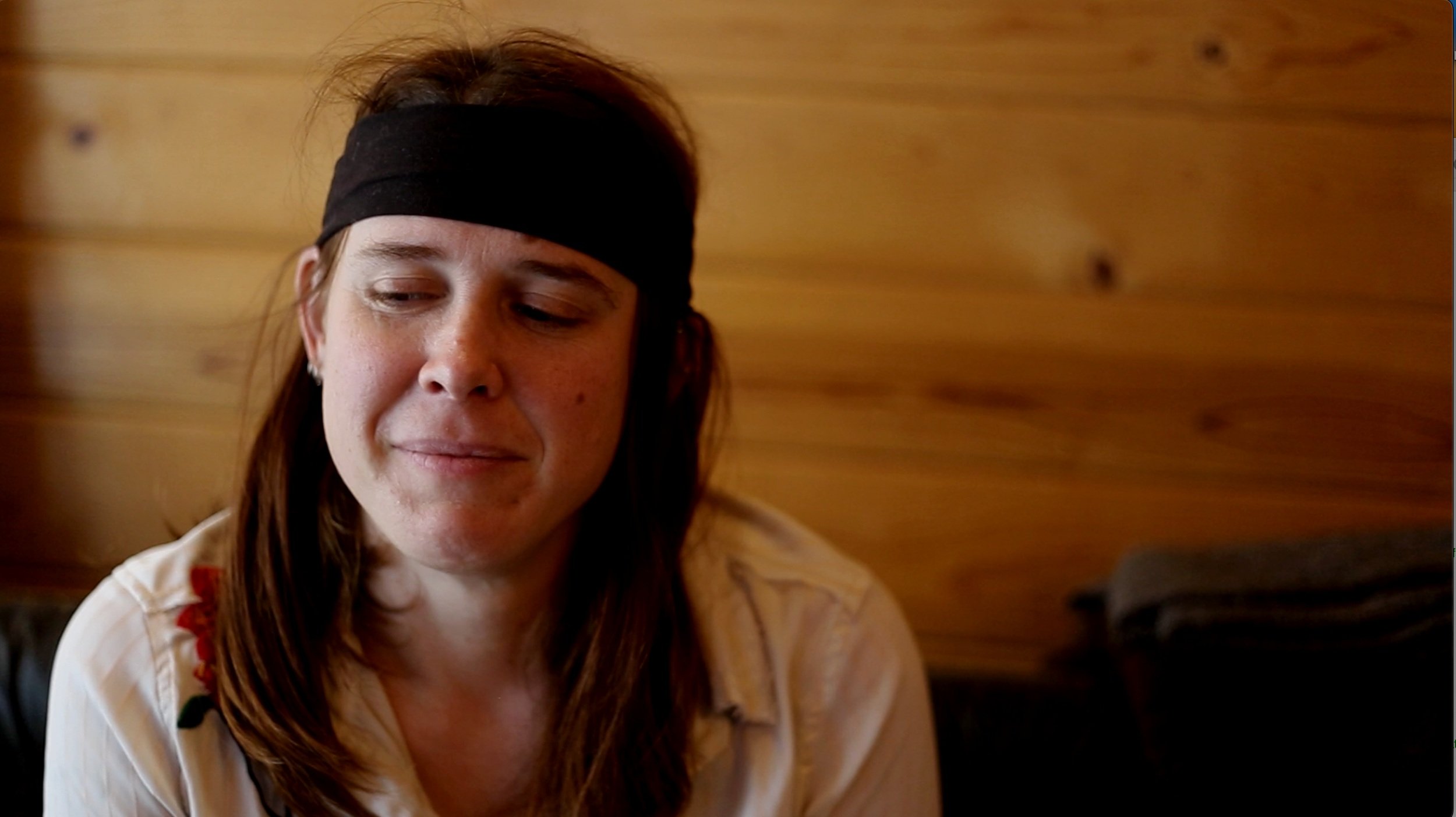
EP1 | A1
Los Angeles, CA
After completing Just For One Day, and the Response Video to it, Nathanael investigates if his work is actually healing by first visiting his therapist. When she says that Lily Cade can be a healer, Nathanael tries to make a healer out of her filming content inviting her to do porn shoots in his space so he can investigate and learn. Trying some, he realizes he doesn’t like it. This is featured in artifact #XXXXX. He follows her into a convention where she is nominated, but does not win. He reviews his progress and his colleagues think that he wants to be her, He finds out that she has#MeToo accusations against her and she apologizes. Uncertain if his film is good, until she meets with him a year later.
Another thing that is featured is a 20 minute clip where I follow my subject only to find out she is on the hashtag me too list. Included with it is this raw interview where she expresses sincere remorse and admits that her time with me was real, vindicating my work.
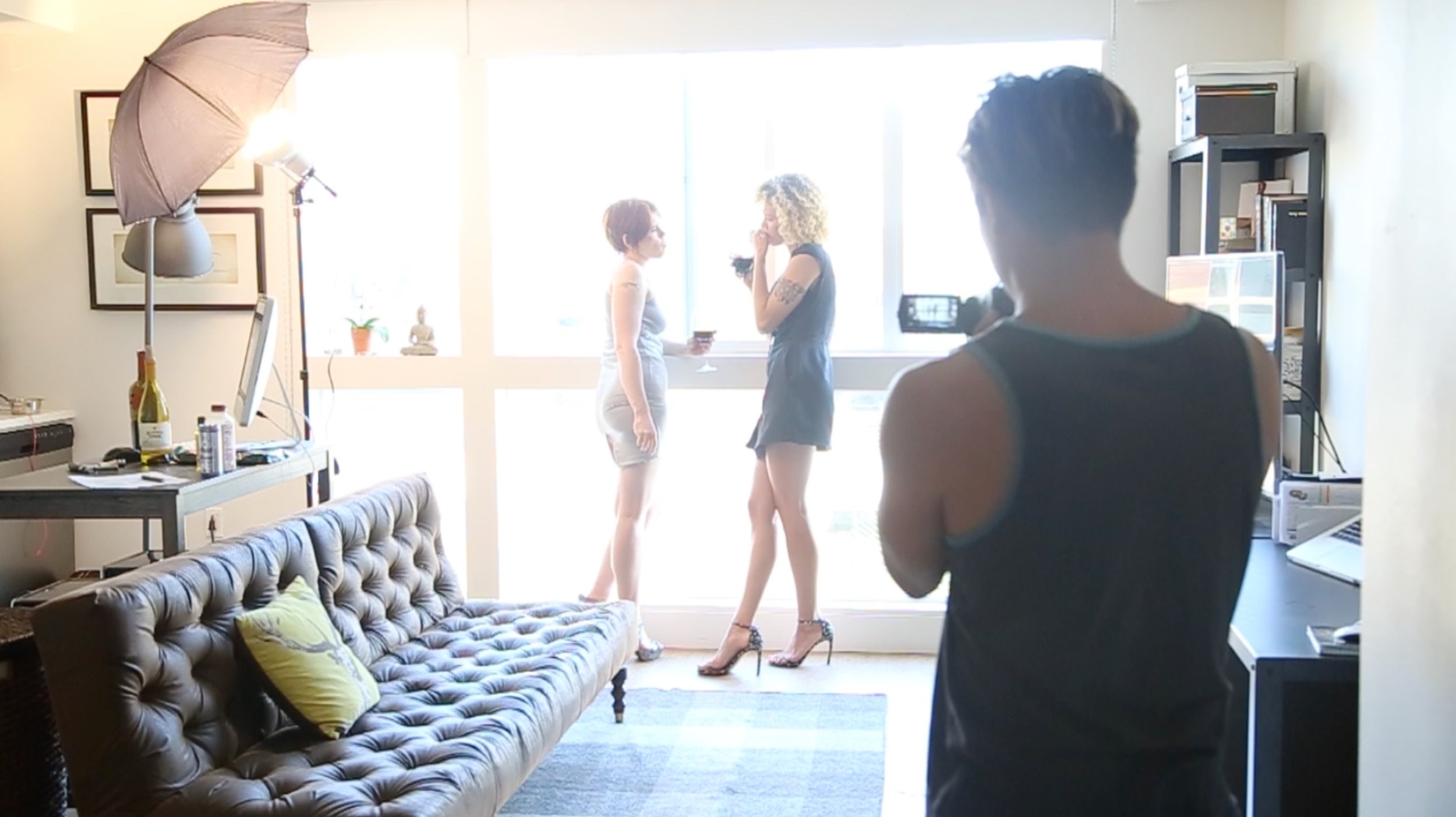
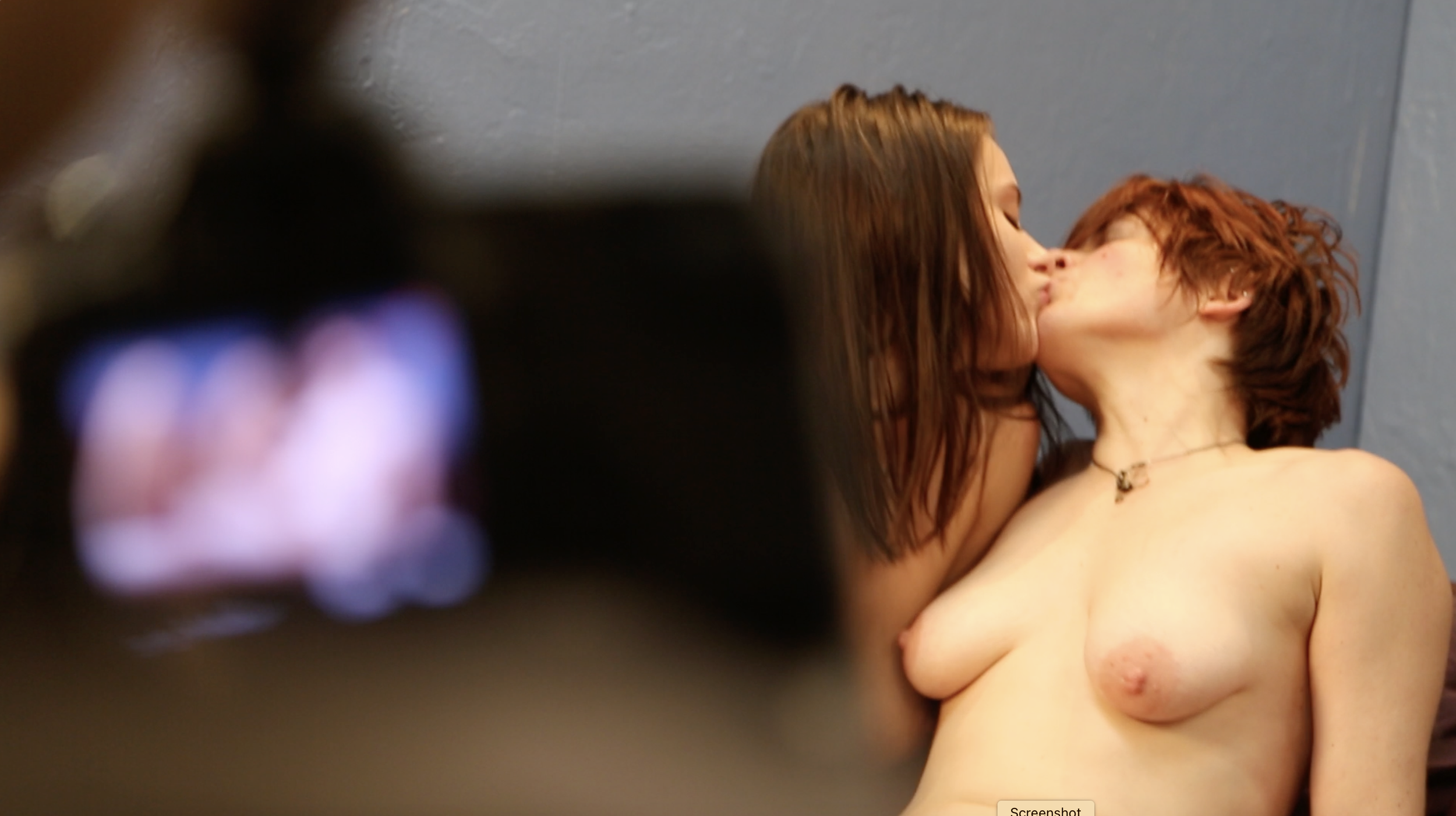
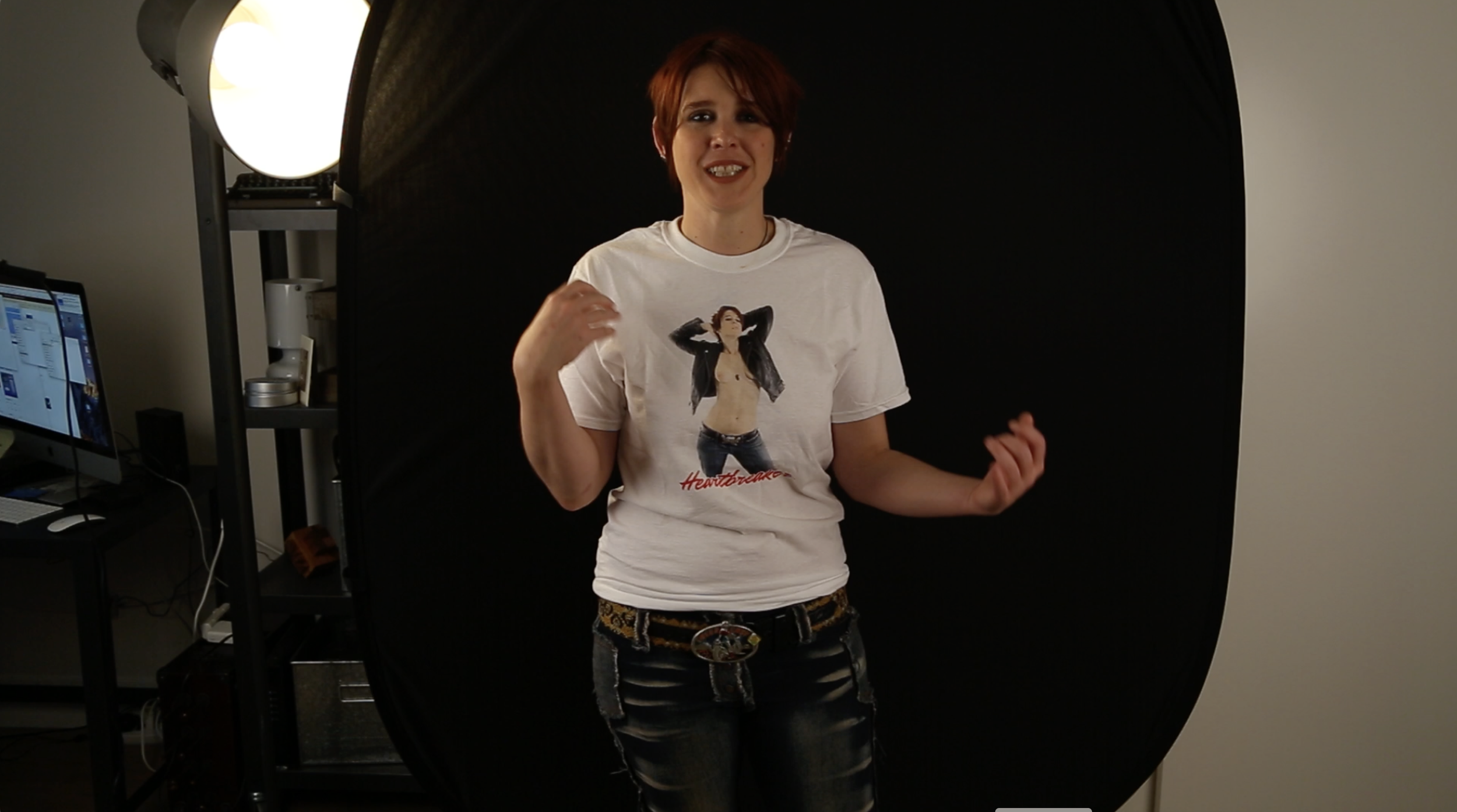
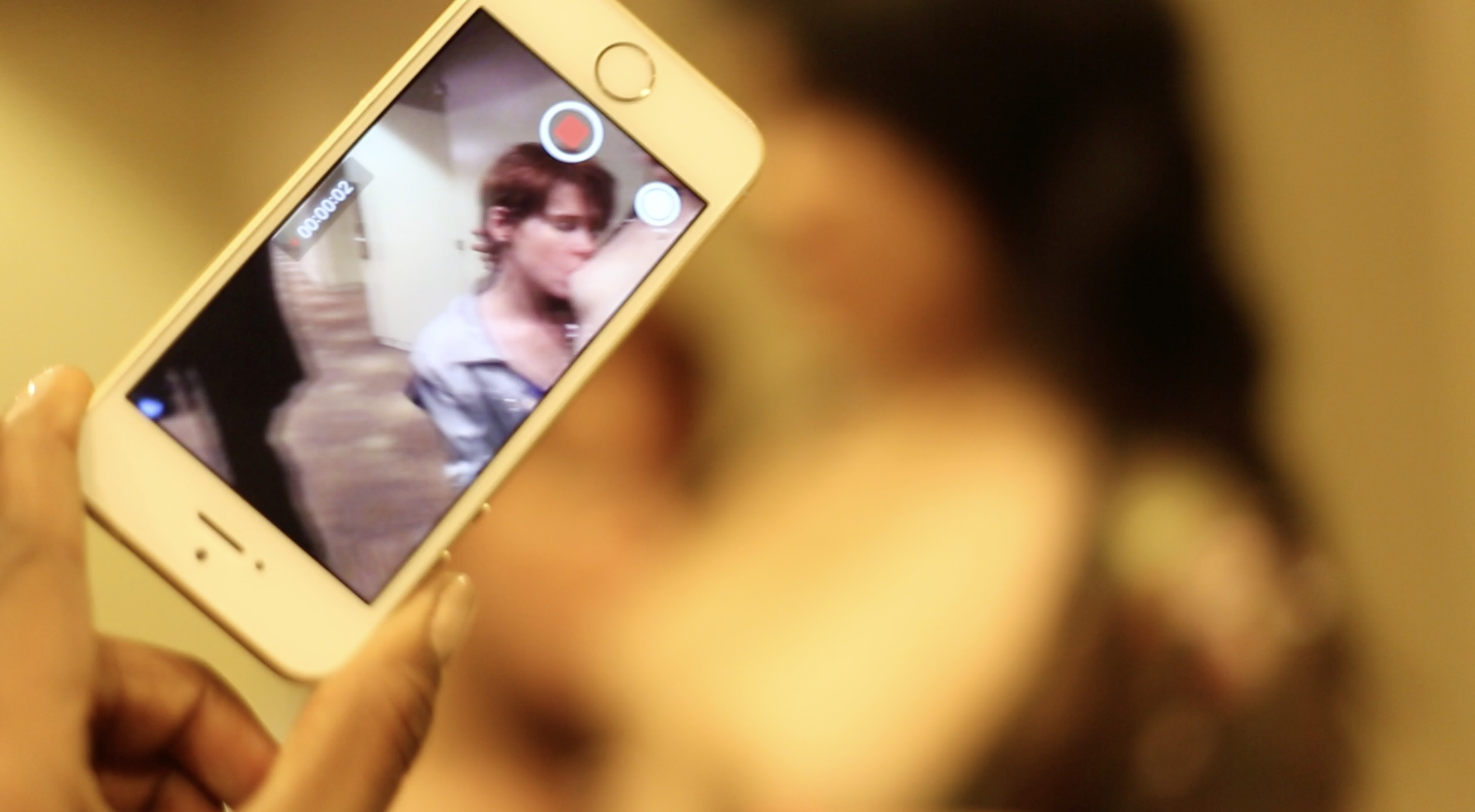
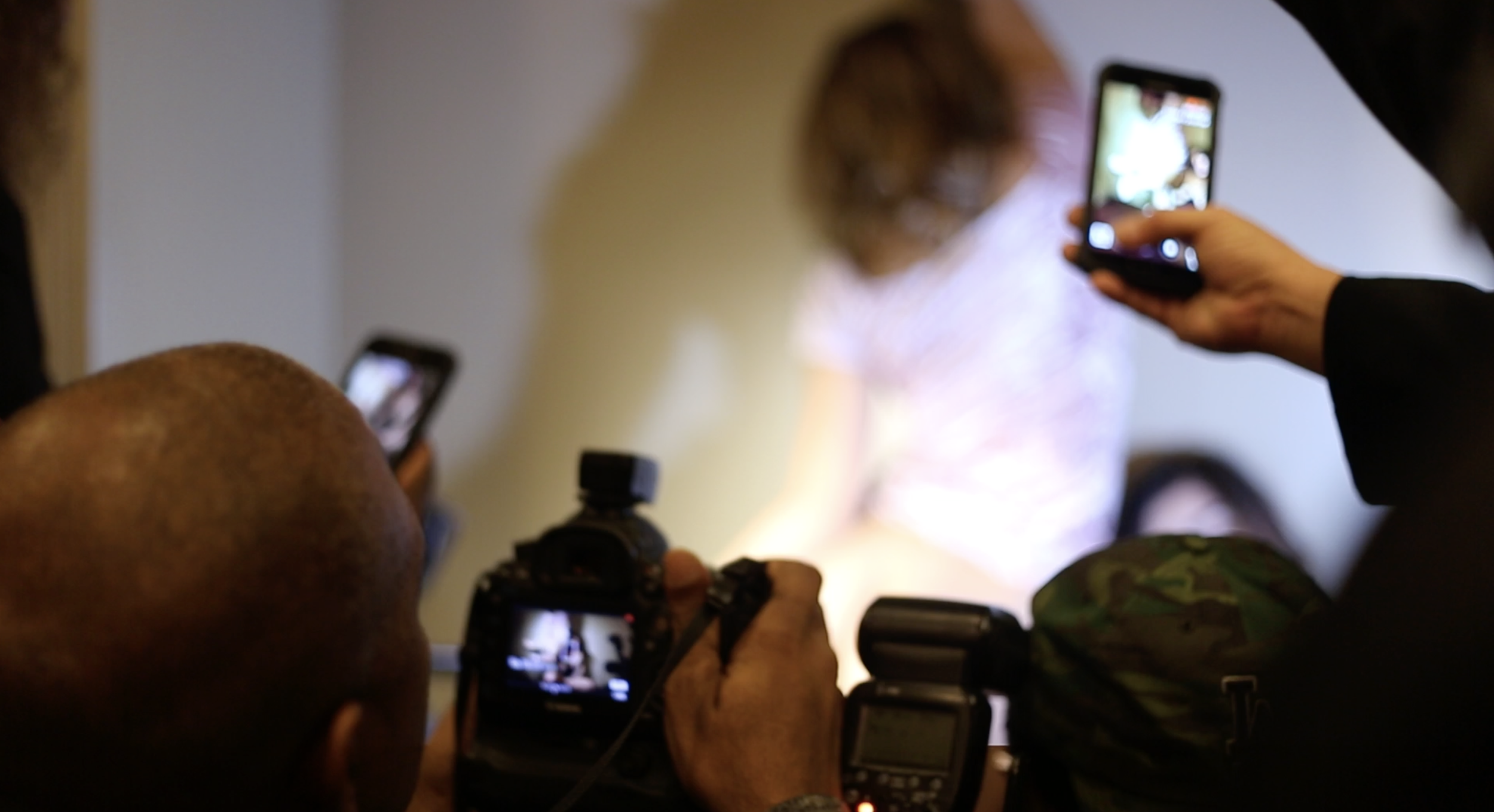
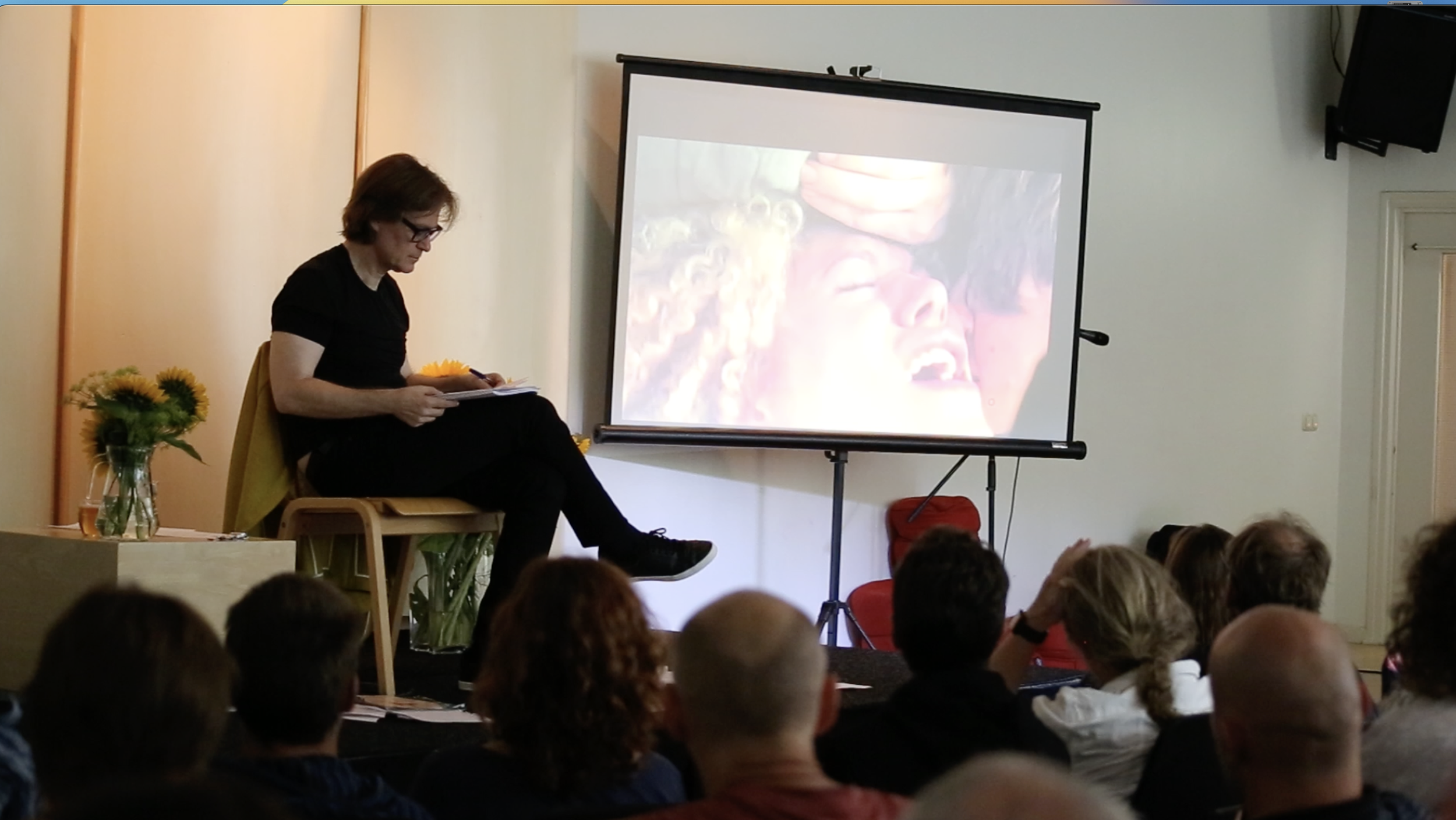
EP1 | A2
Netherlands
Uncertain if he is good or not, Nathanael travels to the Netherlands where his film experiences a world premiere. The moment of applause is moving to him. But in reality, he is there to do a hit piece on the man because he has scandal. However, when Dr. Marc Gafni preaches something that he literally saw during his God experience during Just For One Day, Nathanael is conflicted. He can no longer the hit piece because there is something inherently true in the teachings despite his seduction. Nathanael’s camera focuses on the crotch, indicative of a seduction at play. But this is where he realizes that there is a conditioning that he has learned to normalize and that we cannot tell the difference unless we experience something pure. He says he feels tricked that he wasn’t shown the film, but this is false, because he already knew he was investigating a hit piece. This is how trauma can be tricky and re-story things.
Meanwhile, Nathanael has his first kiss with a man and experiments which heals his wound and it explains also his difficulty of being taken advantage of.
Two clips from a mystery school is featured. One is the applause of having my film featured and the other is hearing a teaching that mirrored my experience. One about the Ark of the Covenant as the first public display of erotic art.
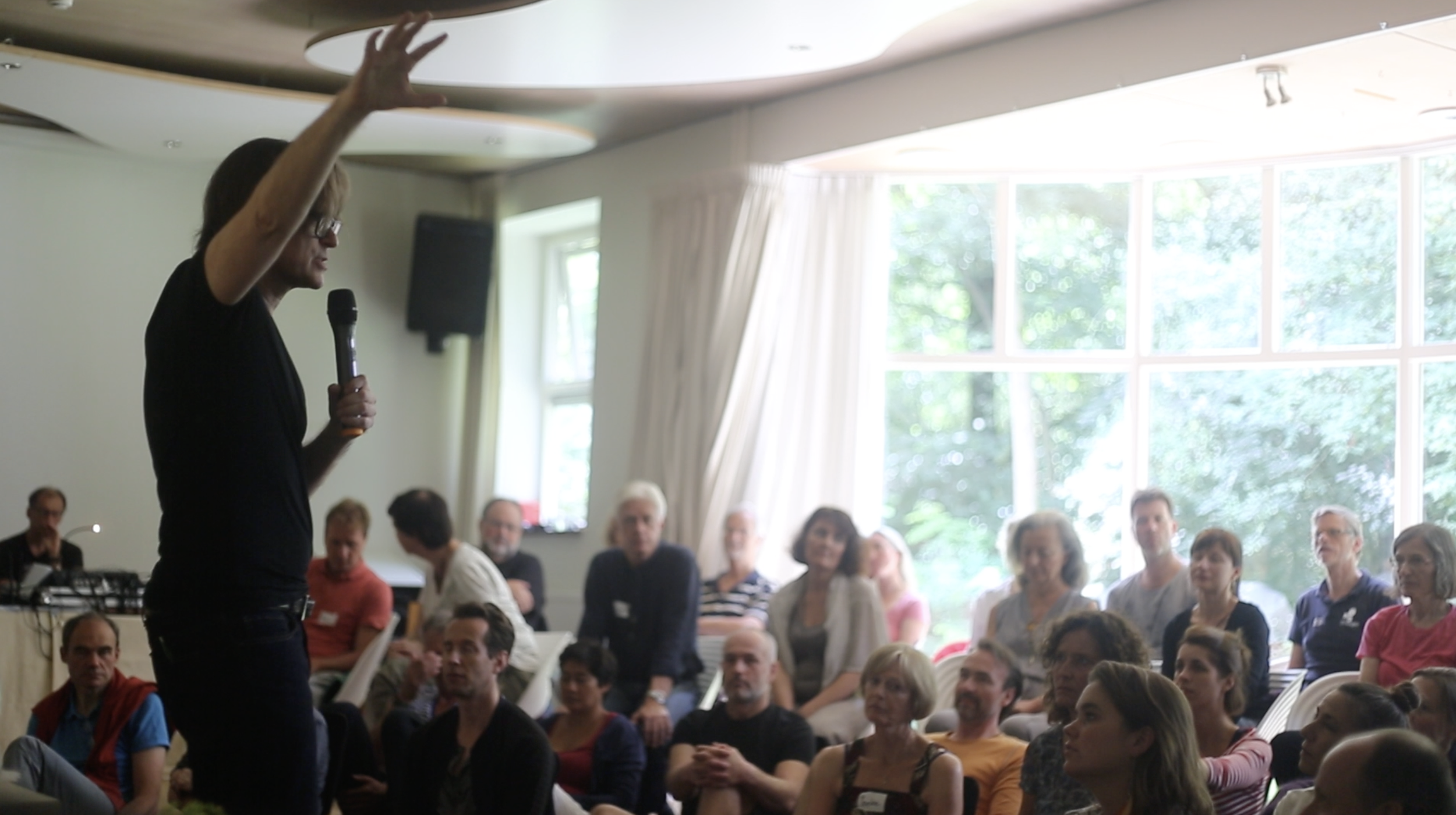
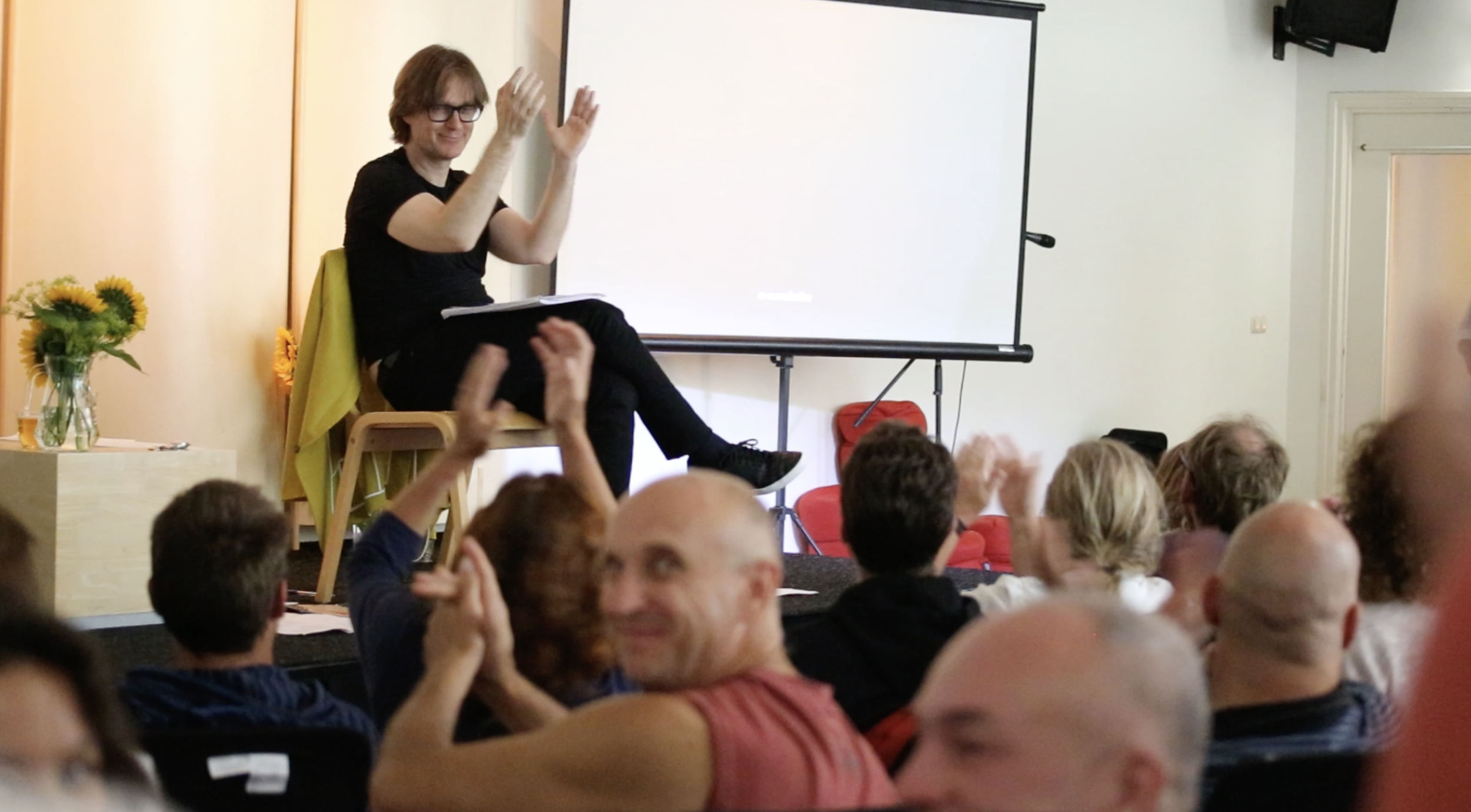
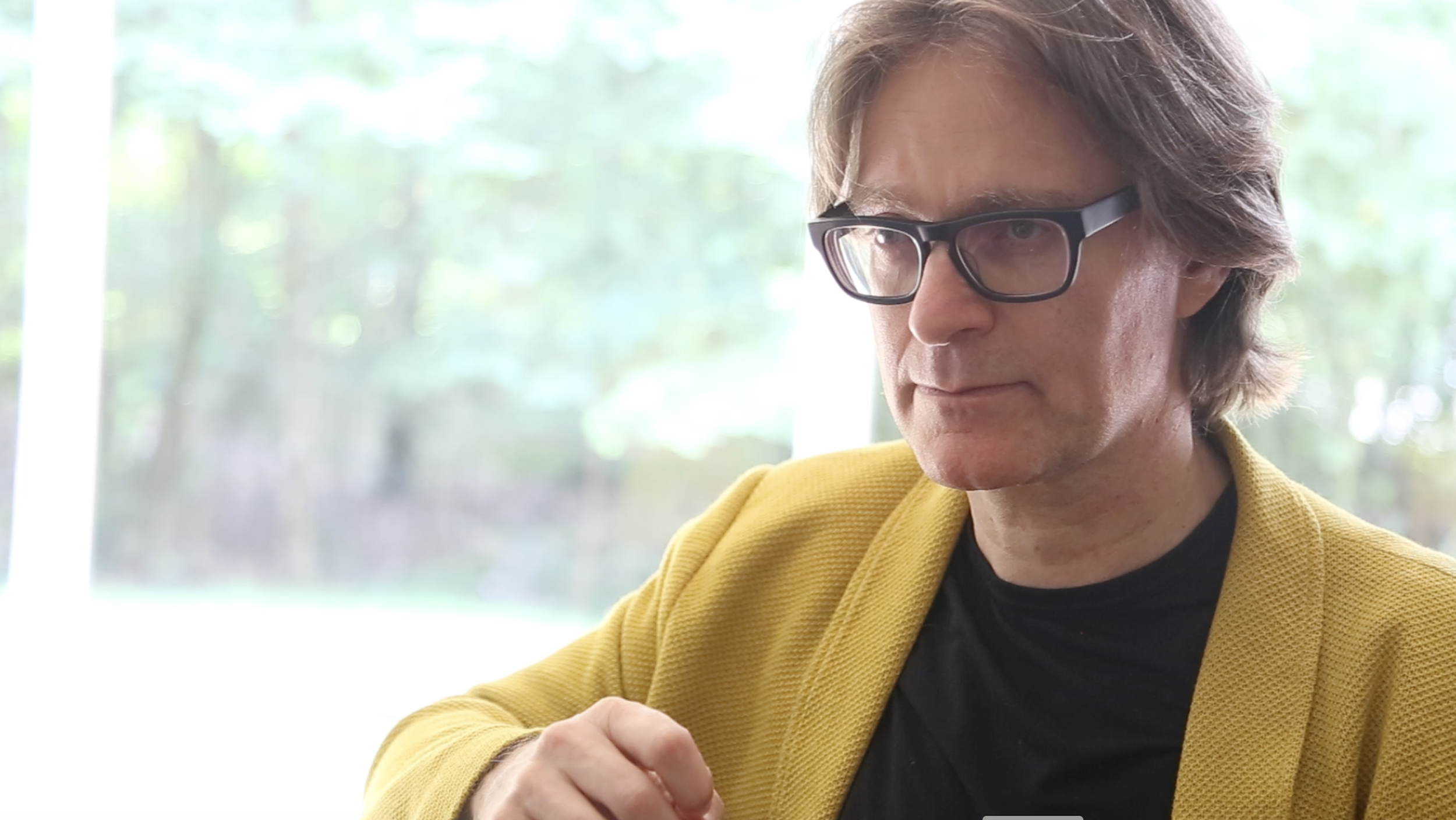
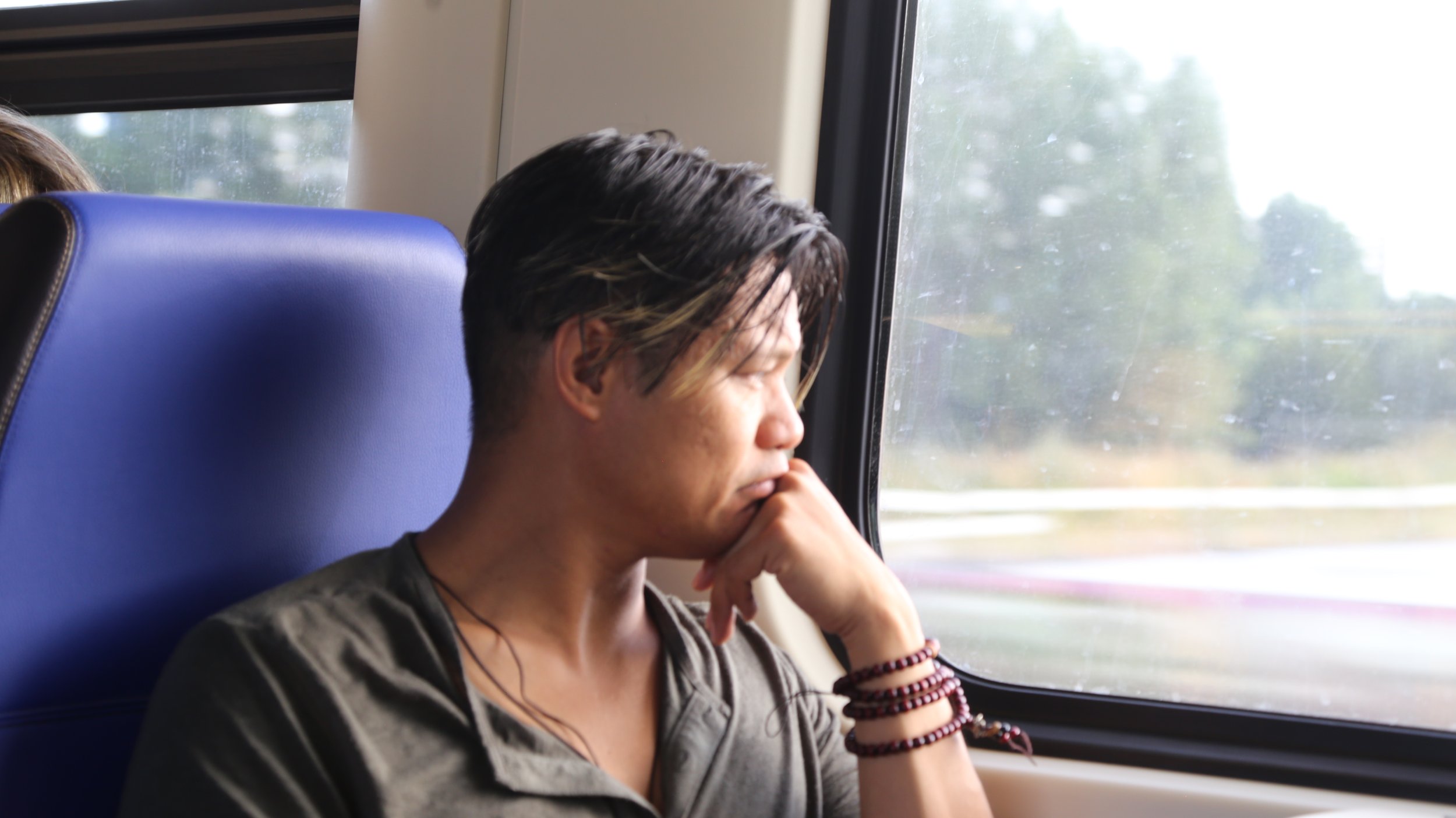
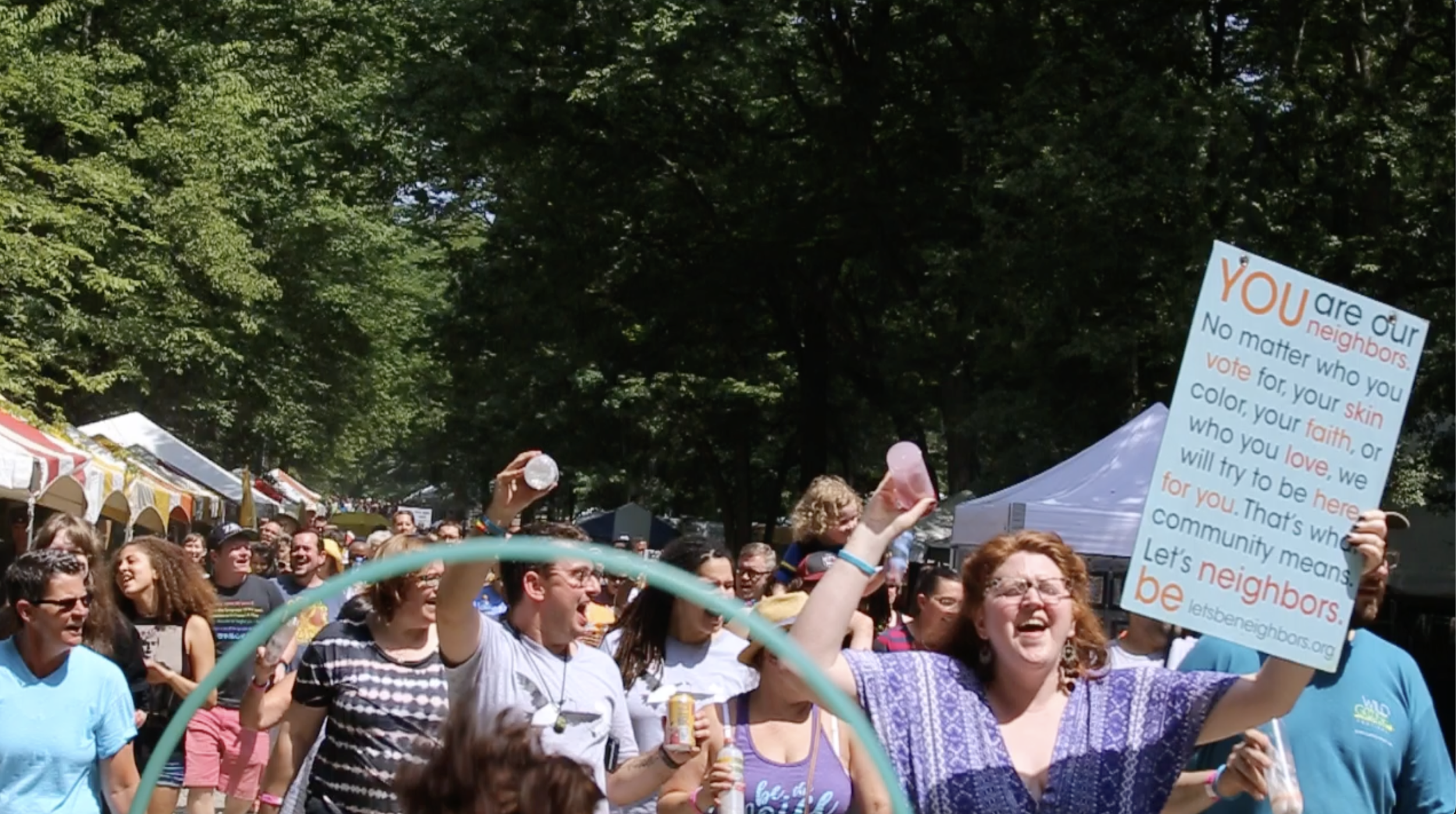
EP1 | A3
Hot Springs, NC
Nathanael attends the WGF, the largest collection of progressive Christians. Bites from his podcast are featured that disclose what Baptist have the agency to believe and how southern baptist were able to acquire out of fear. This leads to an interview with Jennifer Knapp as she talks about how it’s weird to have duplicity. And I relate that to my feeling. He does like a crowd. And I see this, because so do I. And we flash back to those camp videos. I share why I am drawn to Jennifer Knapp because I have empathy. I needed to heal my wound around men. This is why I am drawn to lesbians. It’s the impossibility. When we can rewrite the story, we can give it new context. Artifact XXXX, recreating applause. We can rewrite the past. I feature my healing with my former wife.
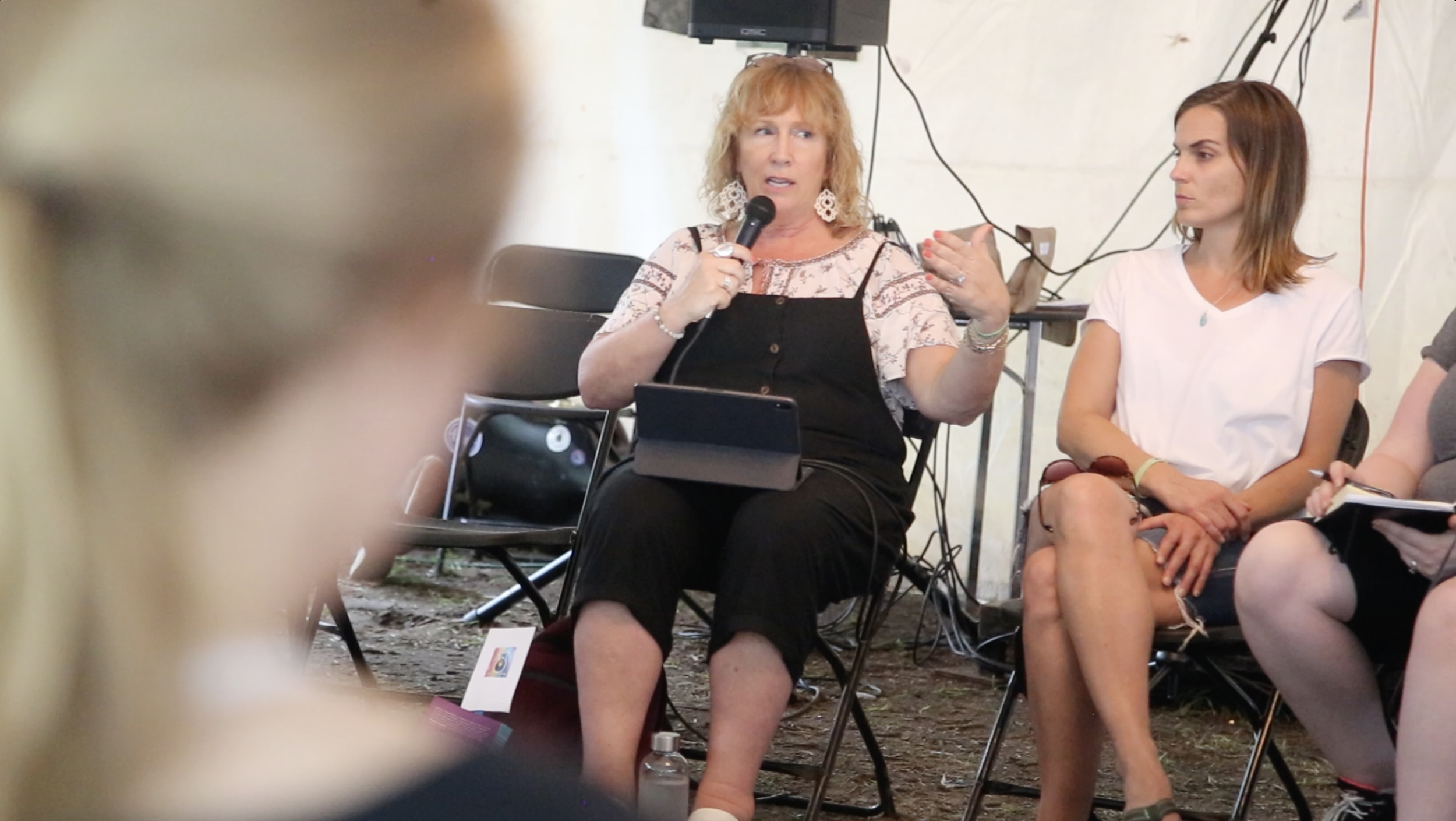
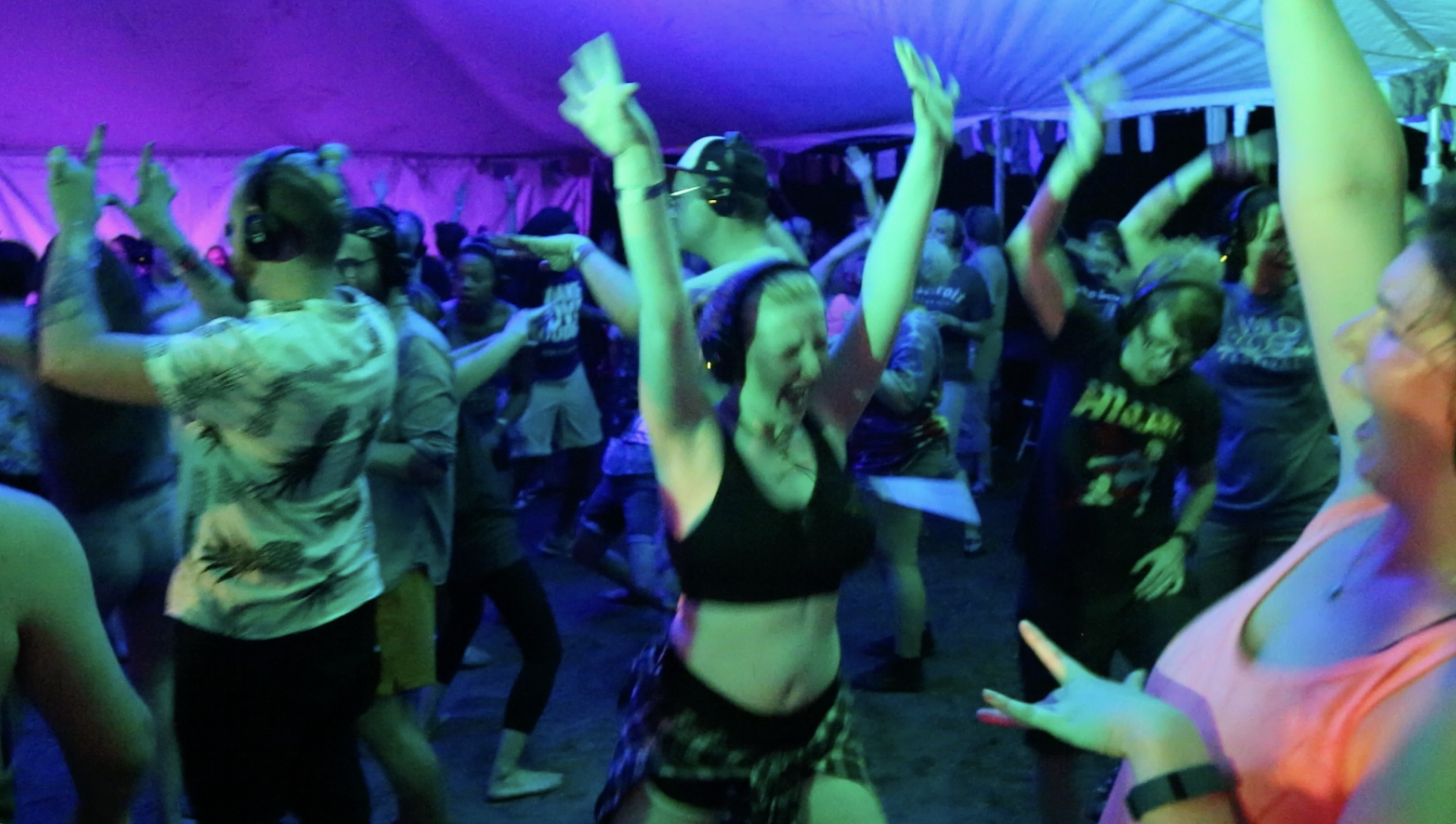
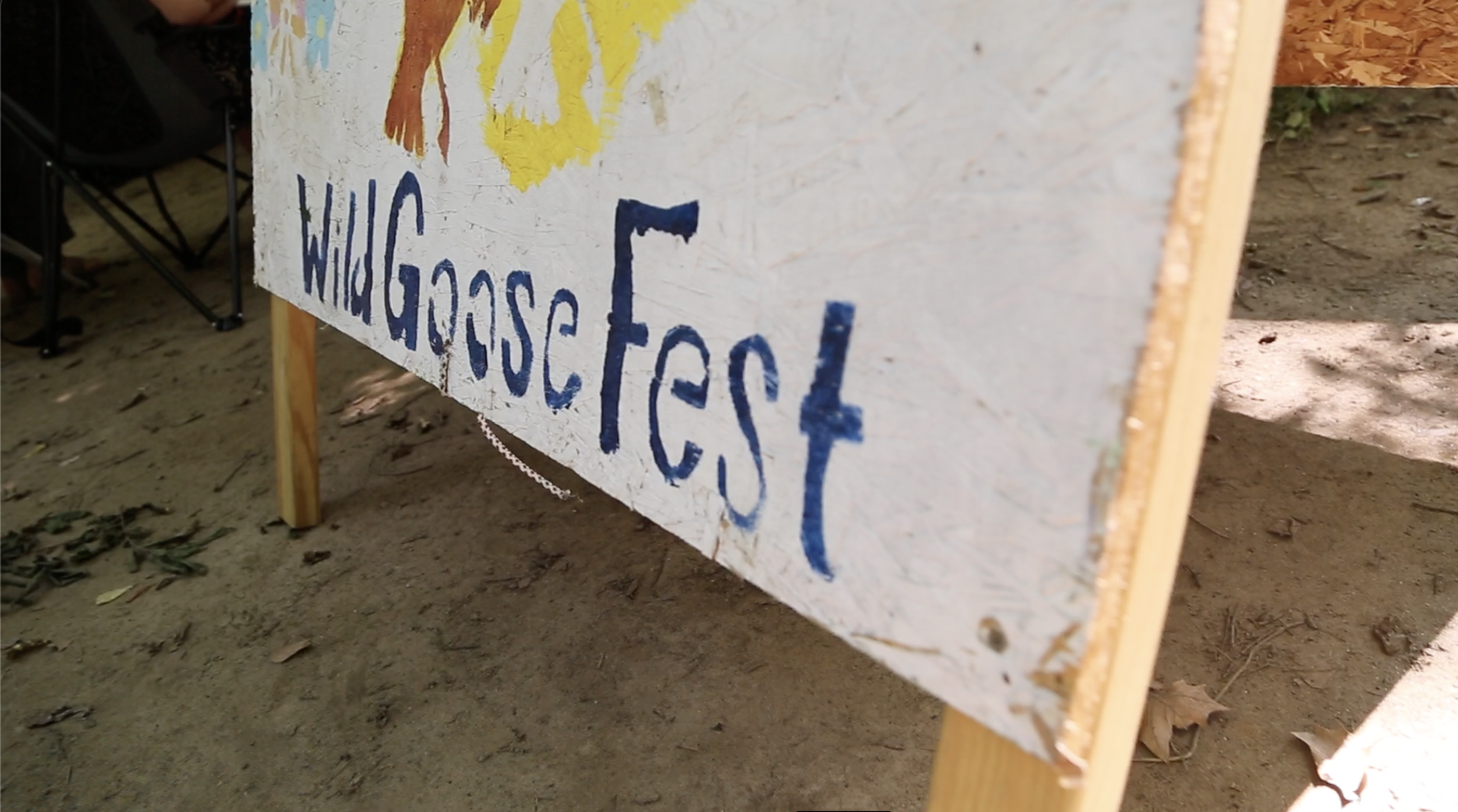
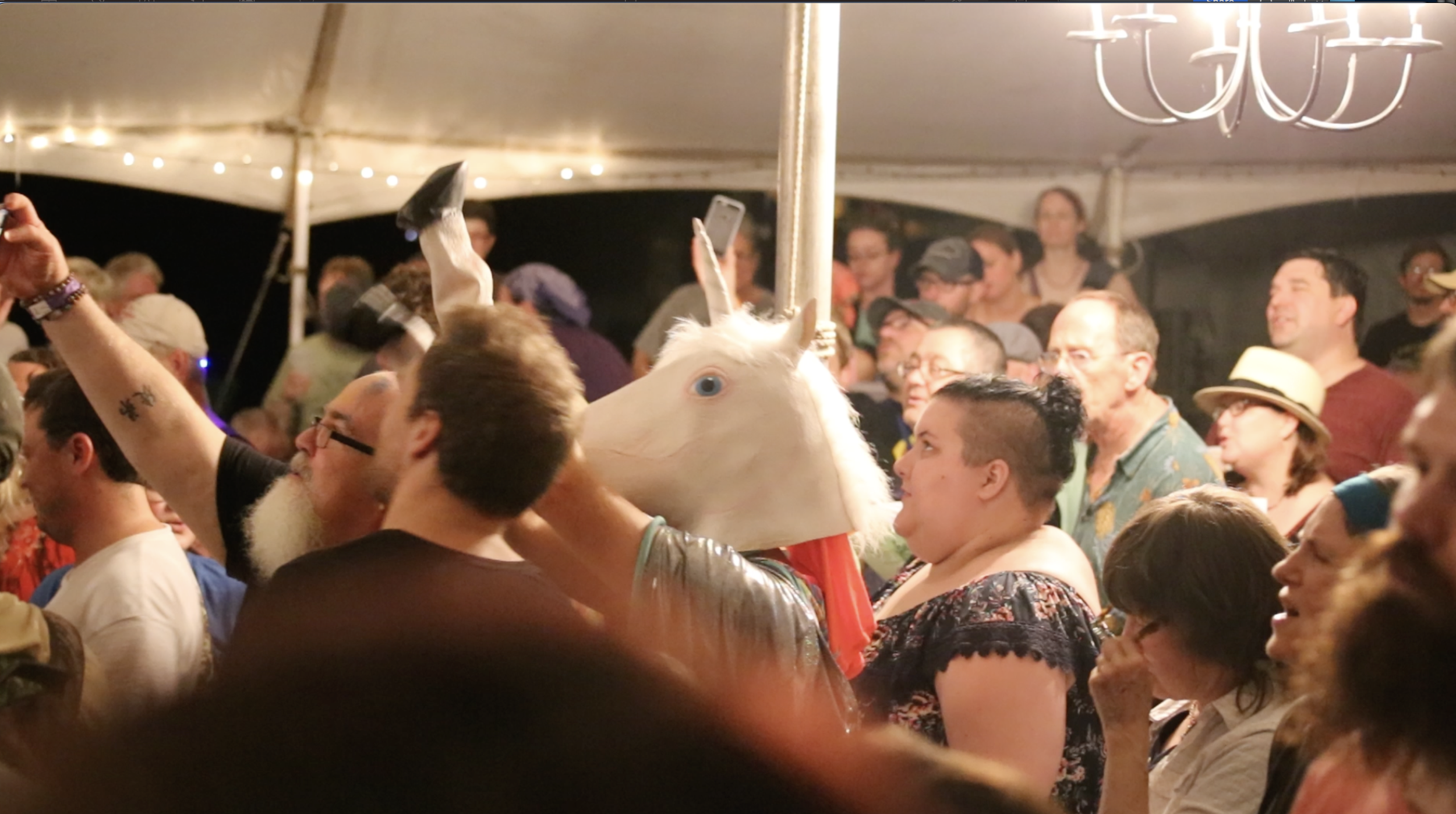
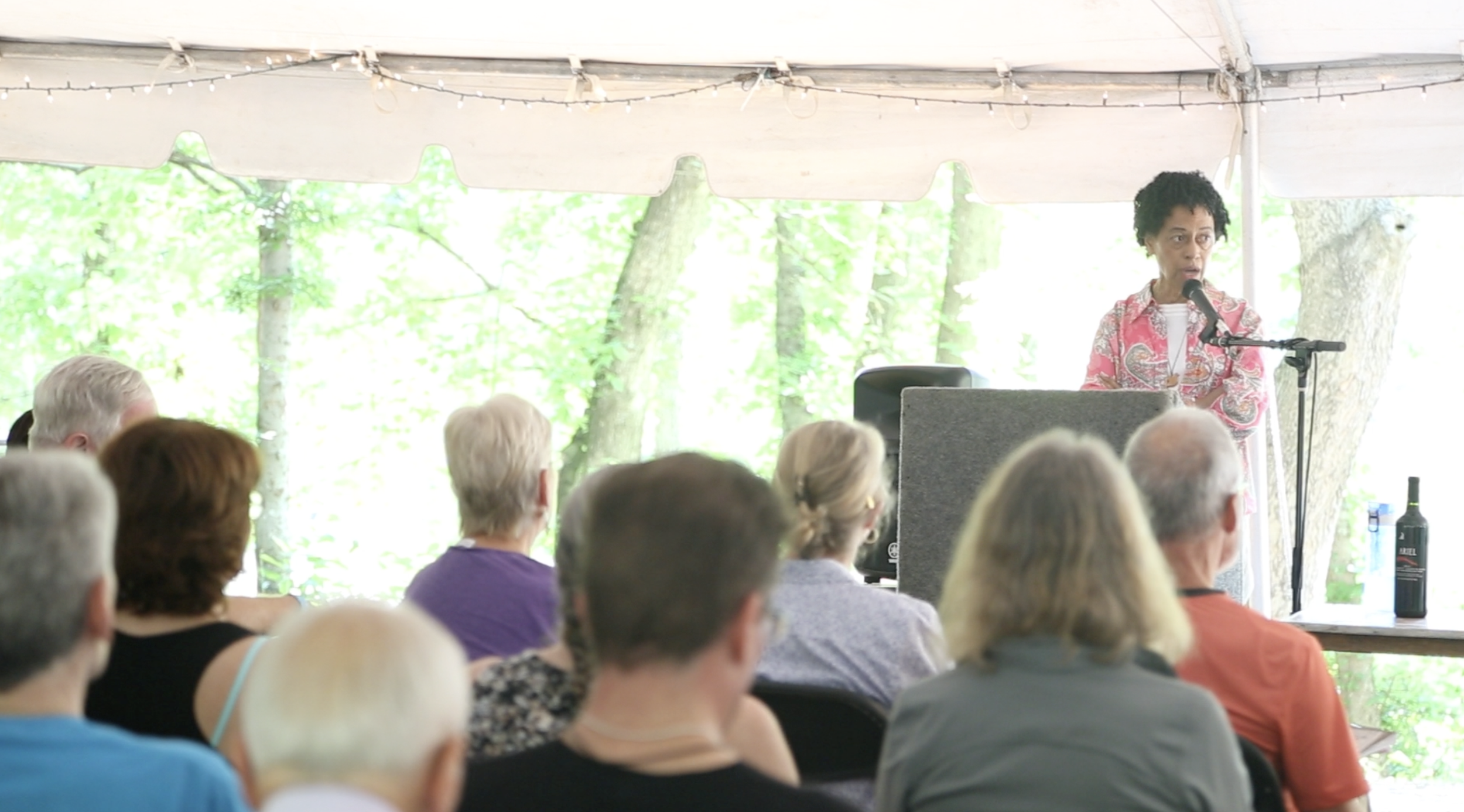
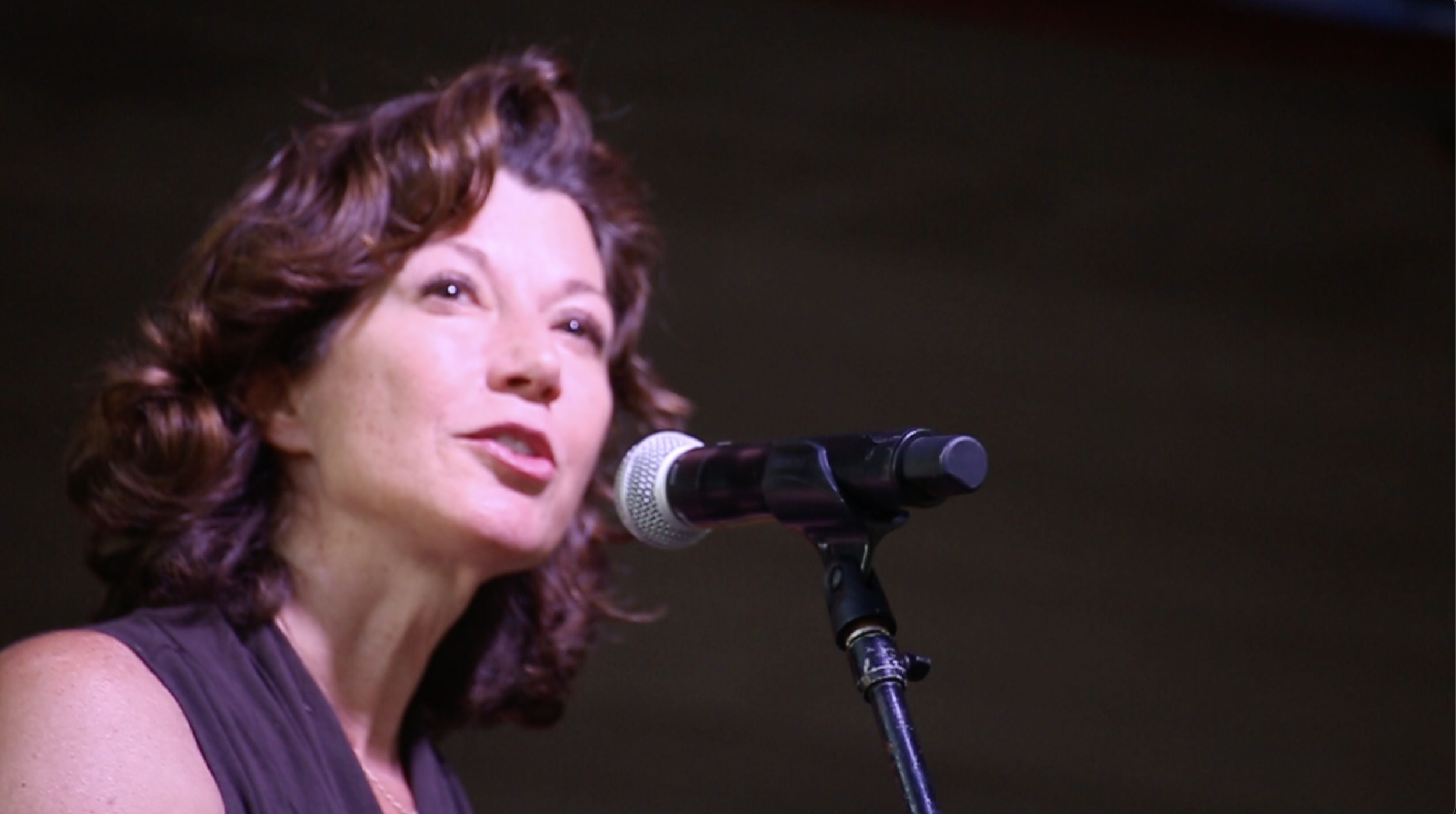

INTERSTICIALS | former gospel singer
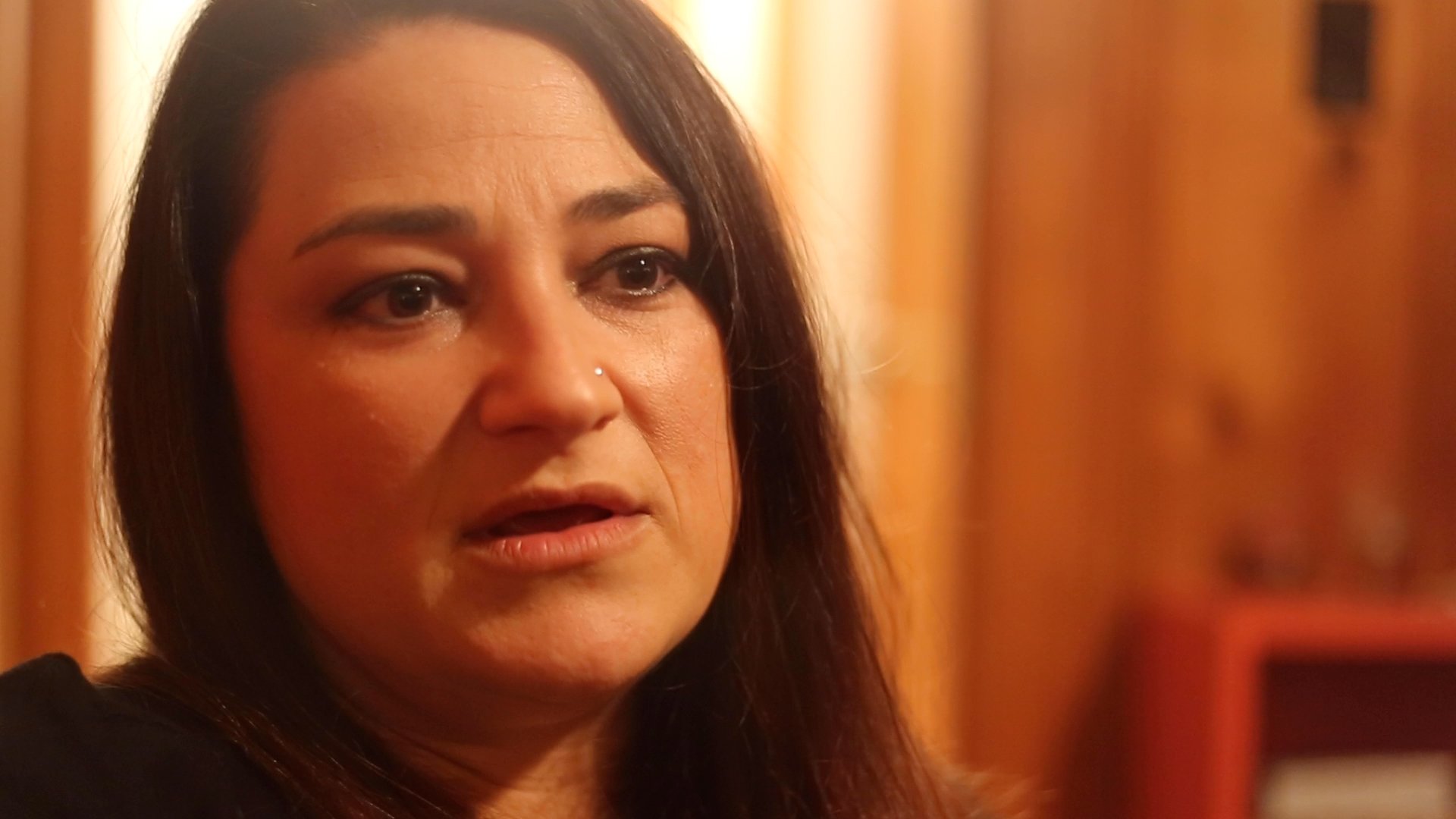
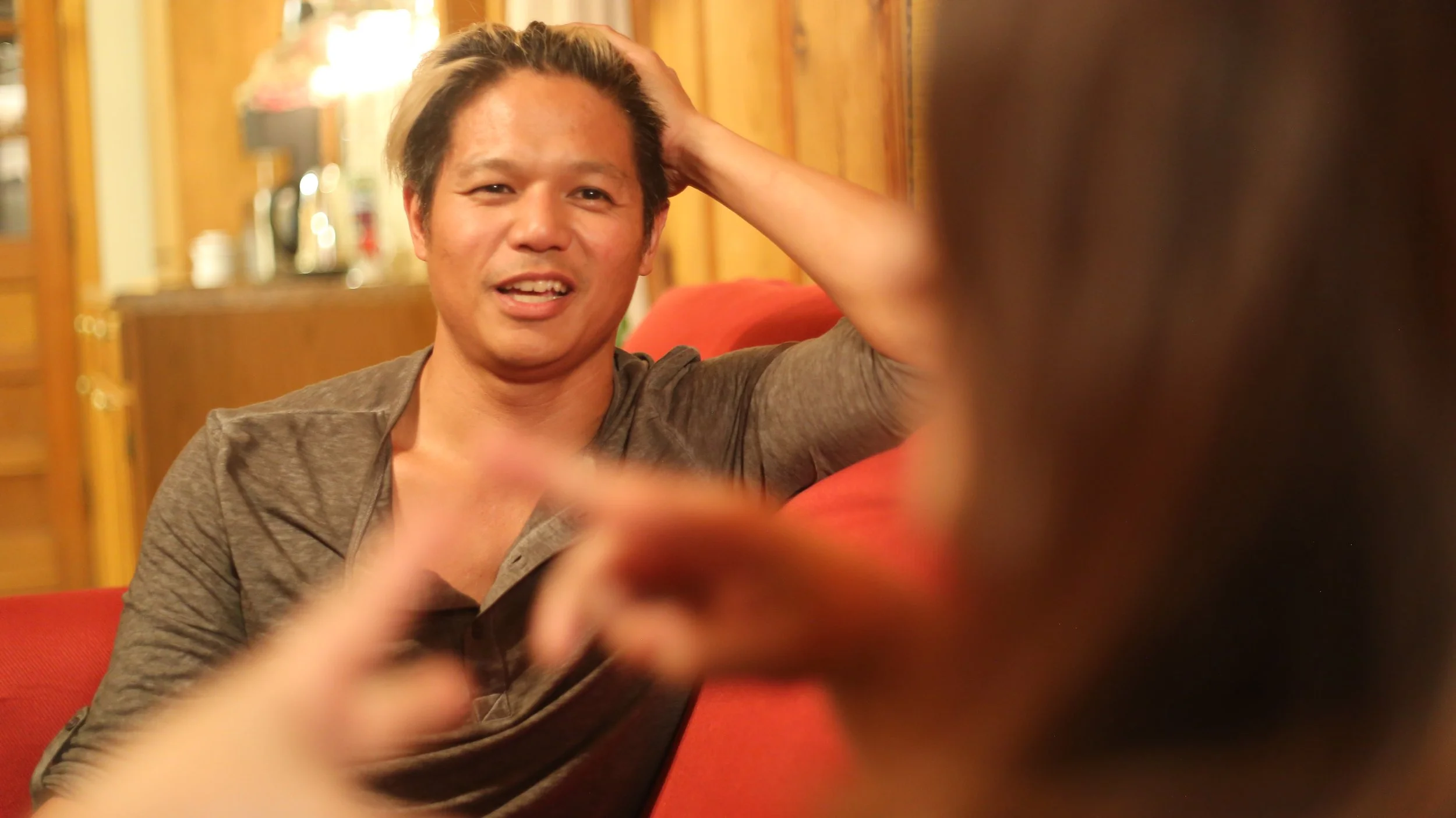
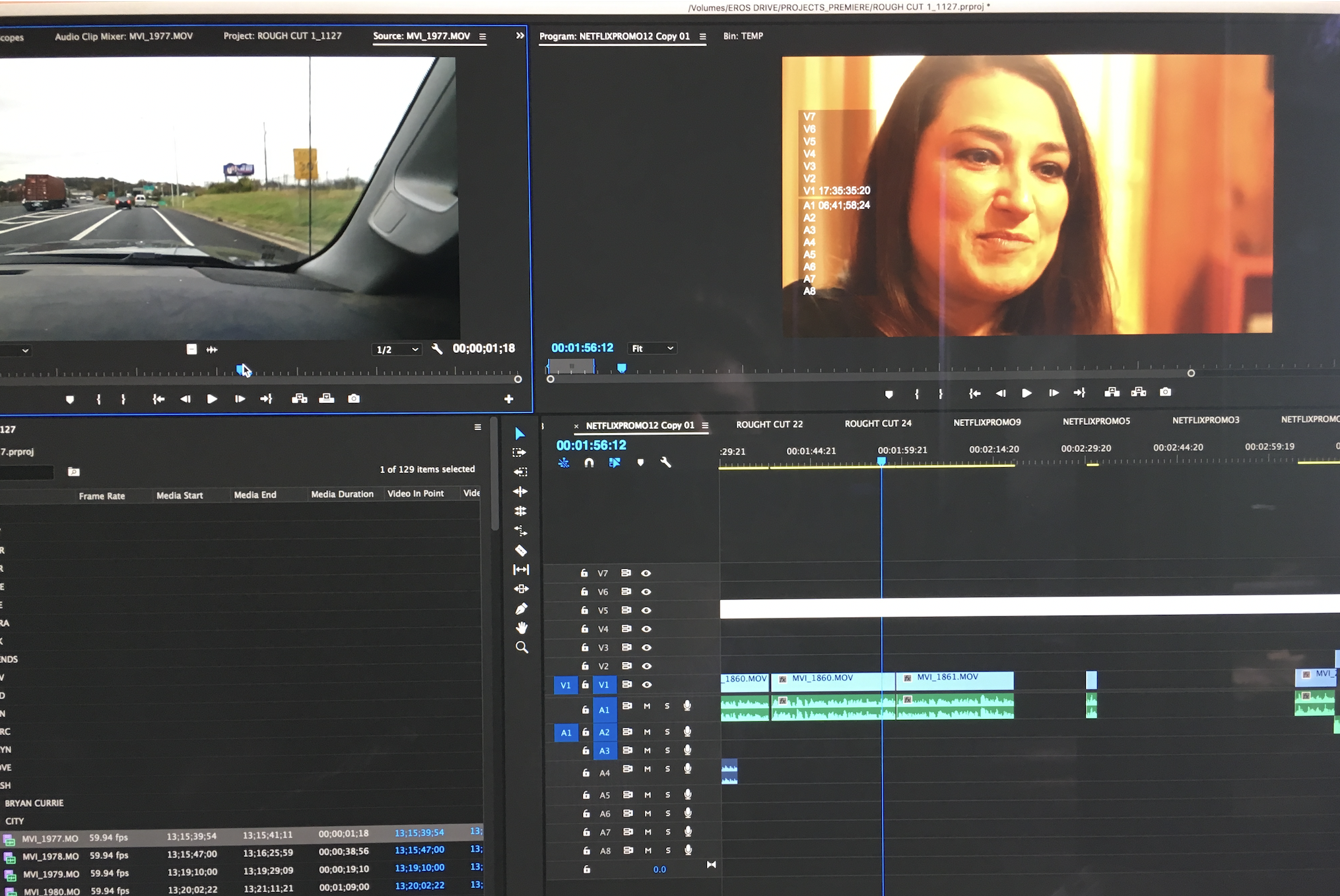
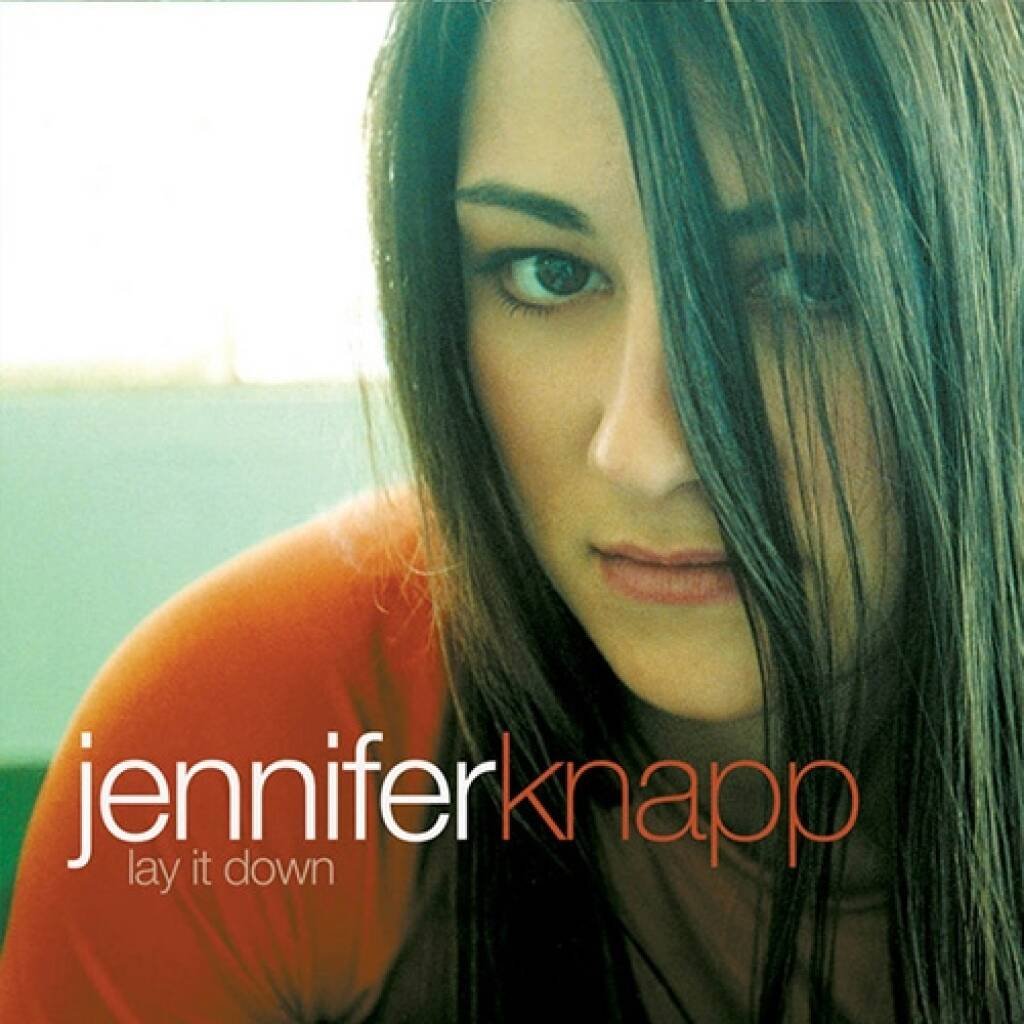
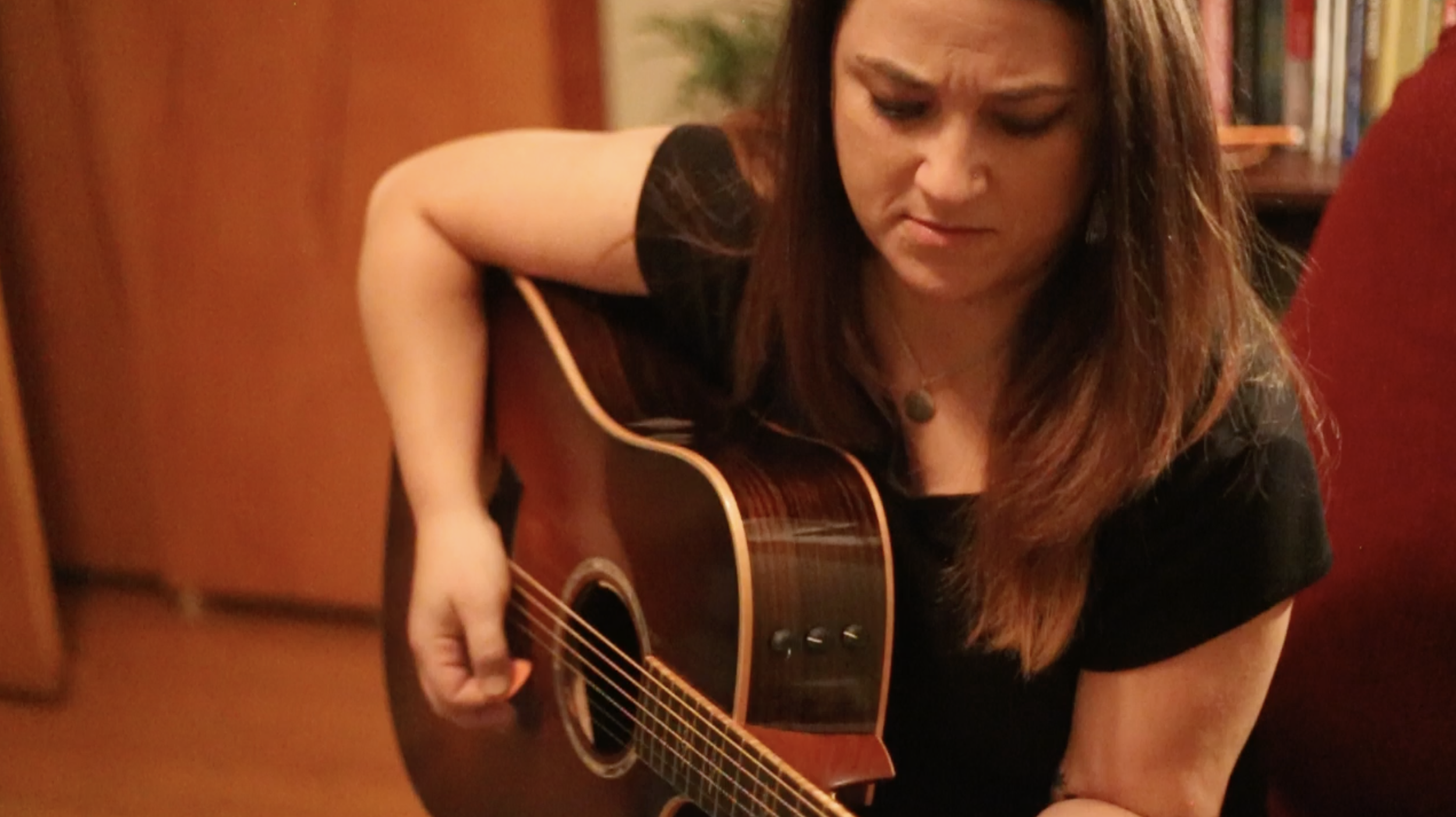
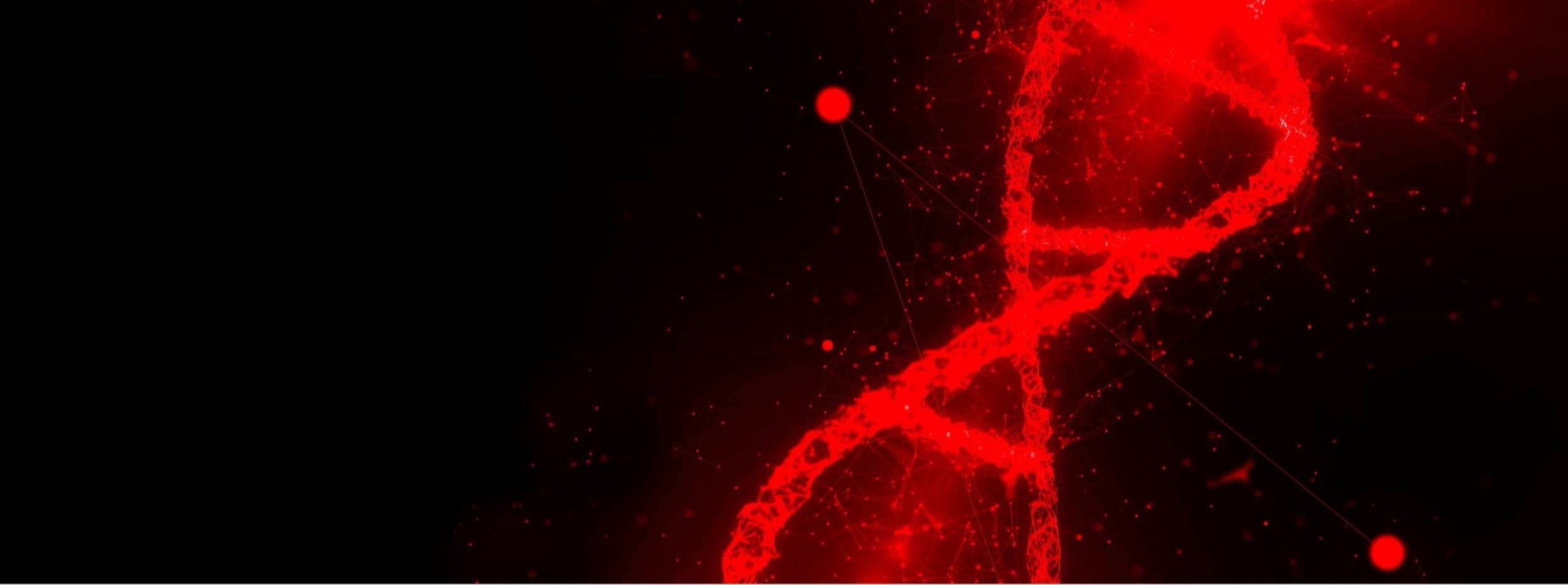
JENNIFER KNAPP has always intrigued me since she entered the gospel spotlight as a new talent with a powerhouse voice. Despite her love of Christ, the coding also came with a shame that she had to face and break from. Her visceral story is told through these film studies. She embodies the narrative of the lesbian, an archetype I am allured too, but through her, she is not sexualized. She said something that my colleagues say, “All about sex and not about sex.” This was unprompted by me. But it clued me into a web. She conjoined two narratives that I held separately. Ultimately, I am the one who connected these stories, and it’s who I am for myself that I projected onto her, which is the case of all things.
WEB OF PURITYREV. DR. EMILIE TOWNES, Dean Vanderbilt Divinity School, Social Ethicist and Theologian REV. DR. MARVIN ELLISON, Professor, Bangor Theological Seminary LINDA KAY KLINE, Author of PURE: Inside the Evangelical Movement that Shamed a Generation of Young Women and How I Broke Free DON SCHLOSSER, Music Minister, Glendale Baptist DR. RYAN CLARK, Producer REV. BROMLEIGH MCCLENAGHAN, Minister, Author of Good Christian Sex JENNIFER KNAPP, Dove Award Winner, Grammy Nominee REV. DR. AMY MEARS, Glendale Baptist Pastor JAMIE LYNN FINCH, Sex Witch, Author of You Are Your Own BRIAN CURRIE, Pastor of Compass Church DR. SHAWN WARNER-GARCIA , Linguist Professor University of Santa Barbara REV. KELLY BROWN DOUGLAS, Episcopal Priest and Theologian Dr. BILL STAYTON, Baptist Clergyman, Sexologist REV. DR. AMY BUTLER, Ordained Christian Minister LYNDSEY GODWIN, MDIV, Vanderbilt Divinity School DR. TINA SCHERMER-SELLERS, Family Therapist, Author of Sex, God, and the Conservative Church NATHANAEL L. NOVERO, Former Camp Pastor, Filmmaker DR. MONIQUE MOULTRIE, Professor and Author Harvard Divinity School.; Author of Passionate and Pious: Religious Media and Black Women Sexuality
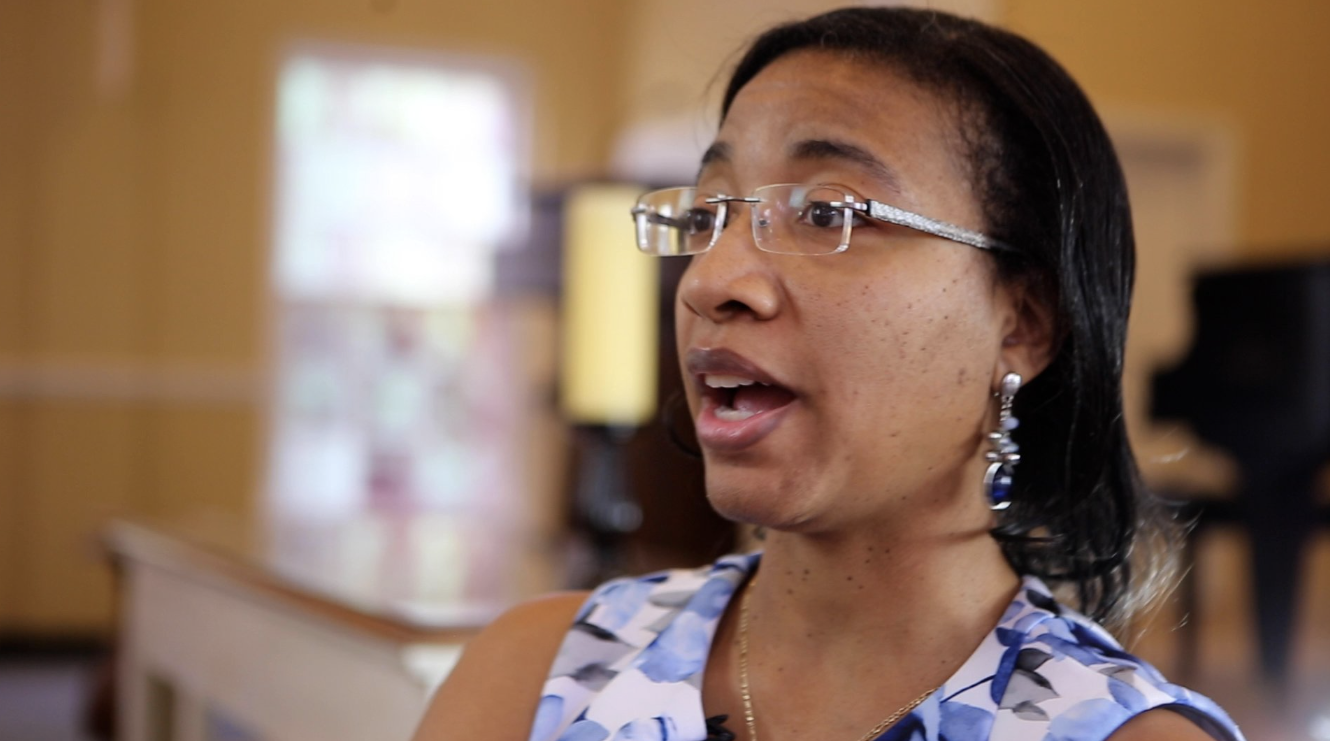
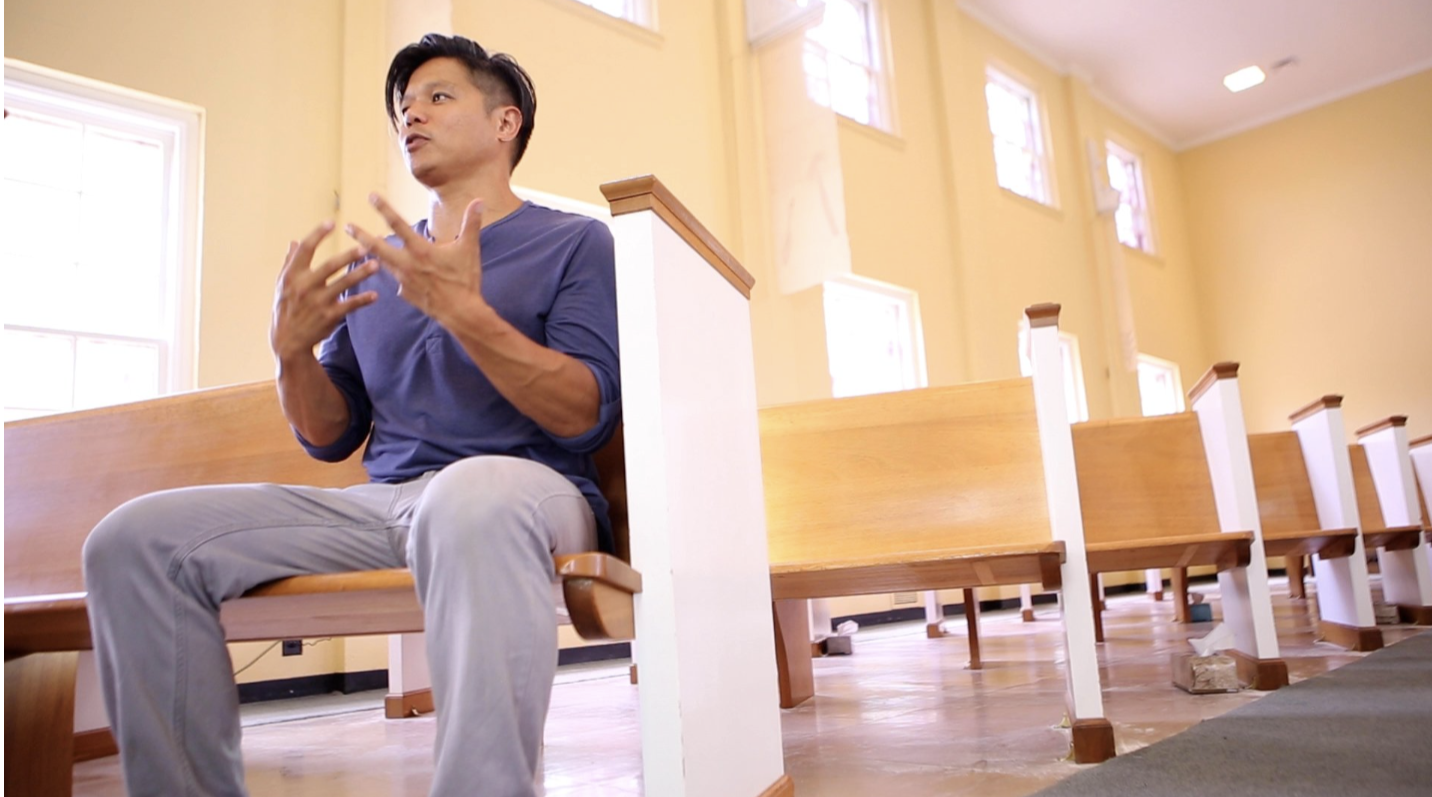
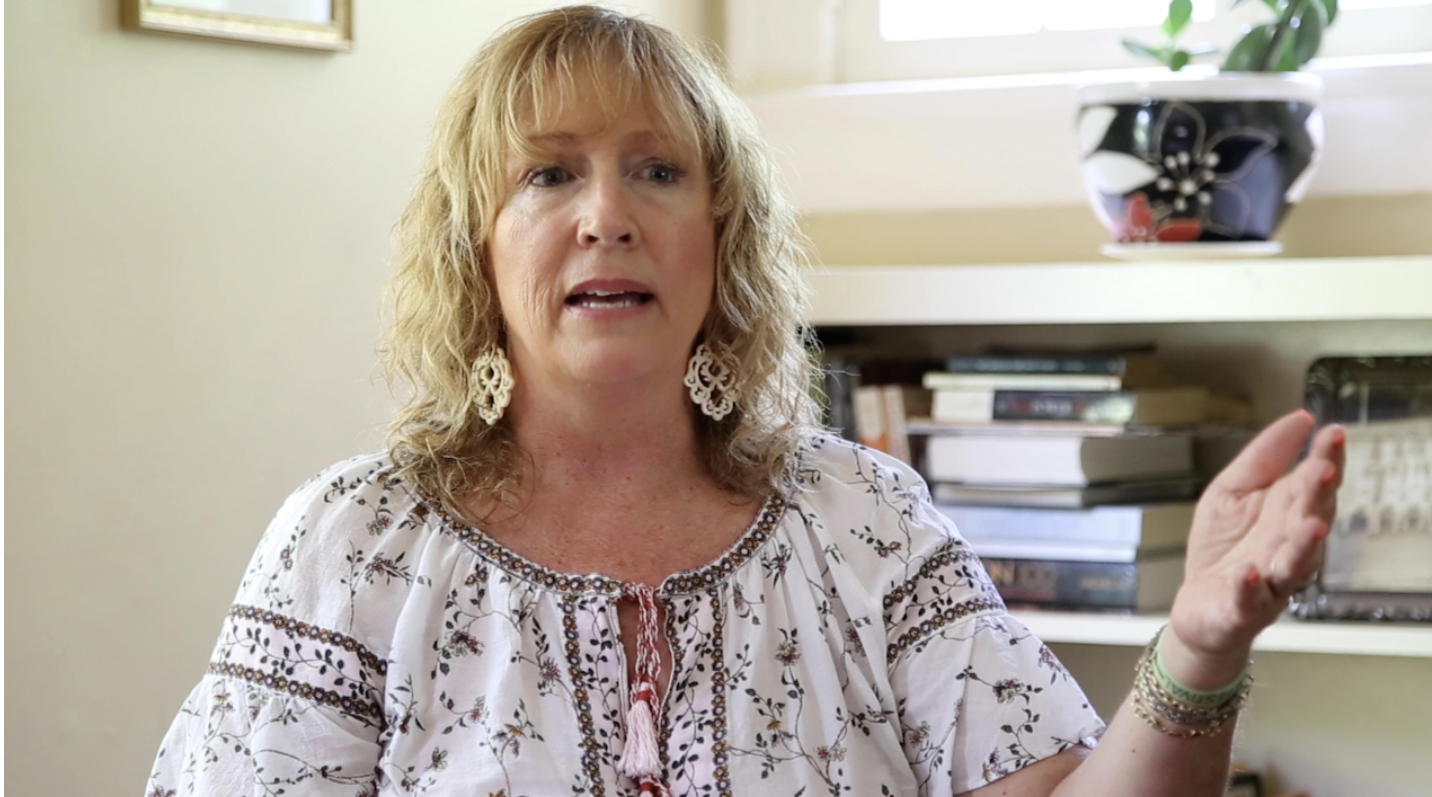
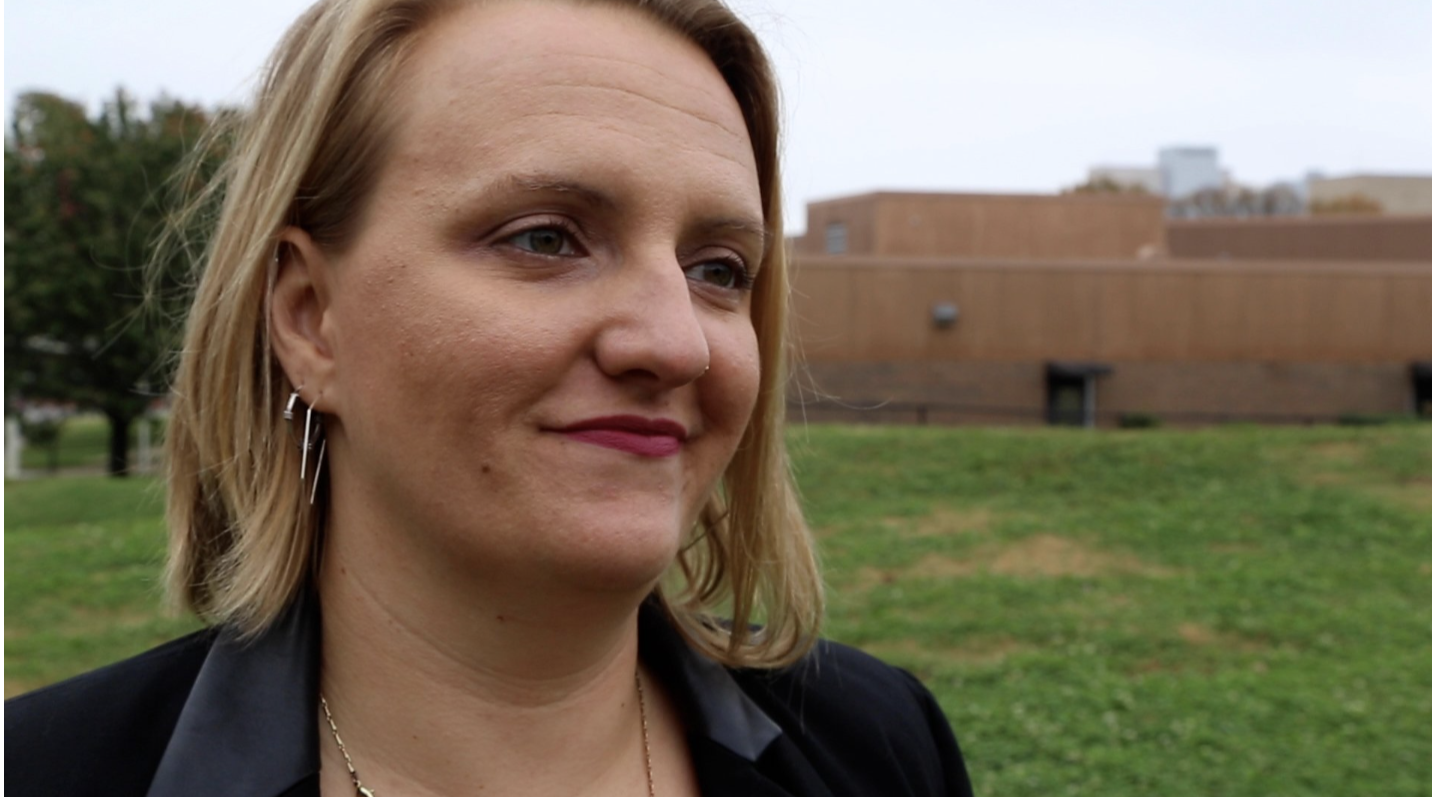
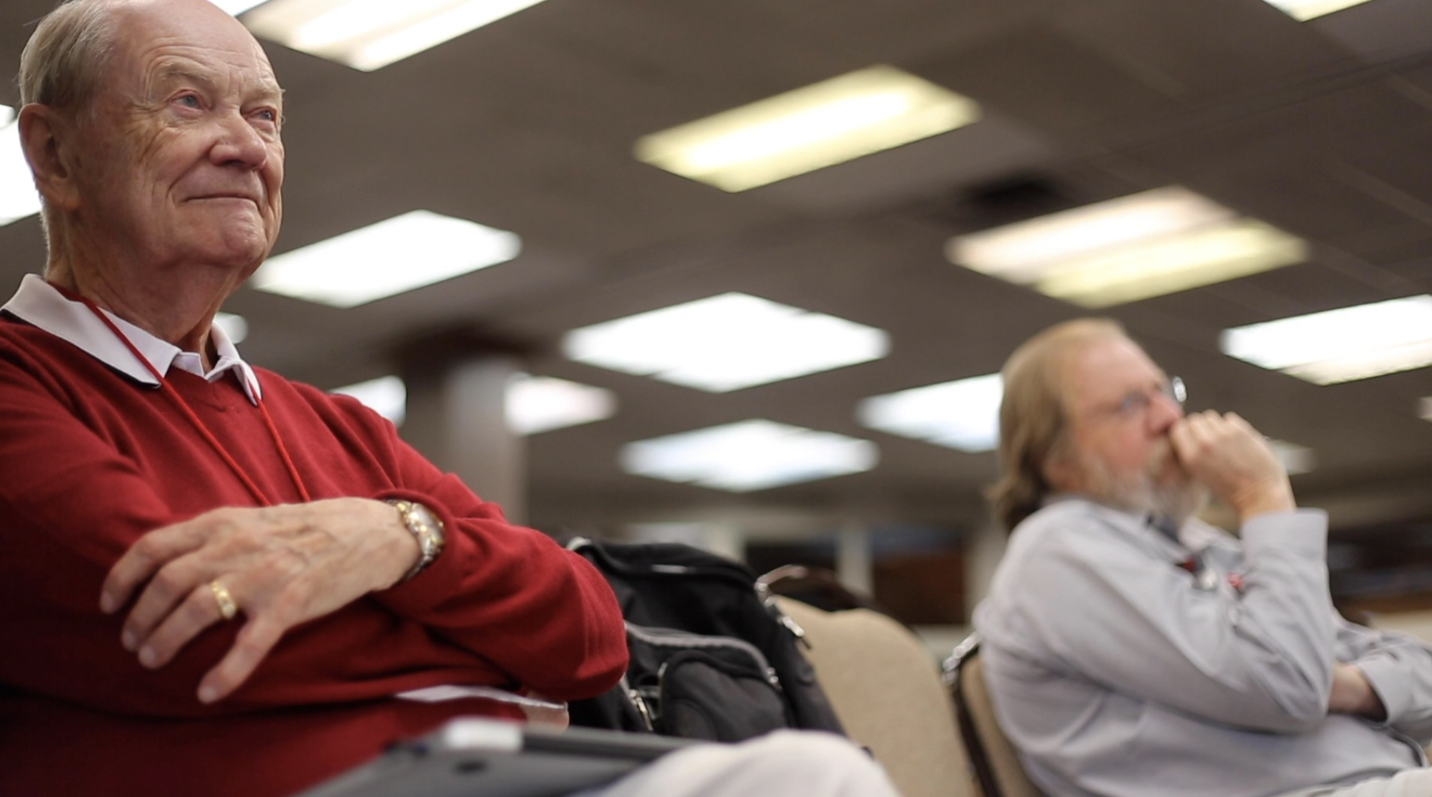
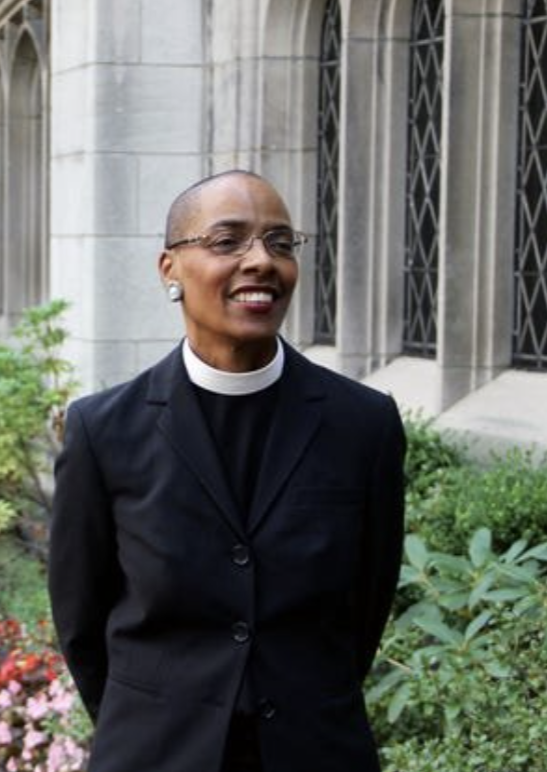
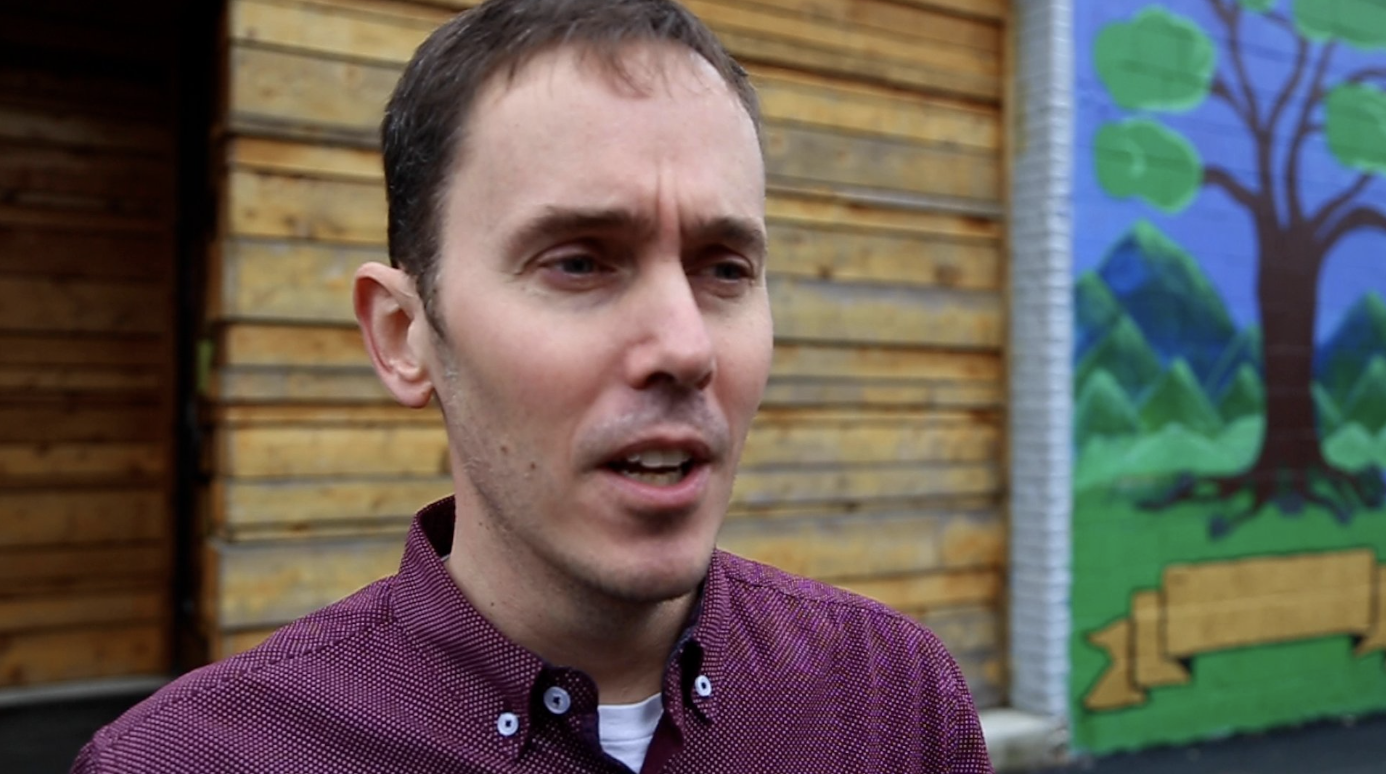
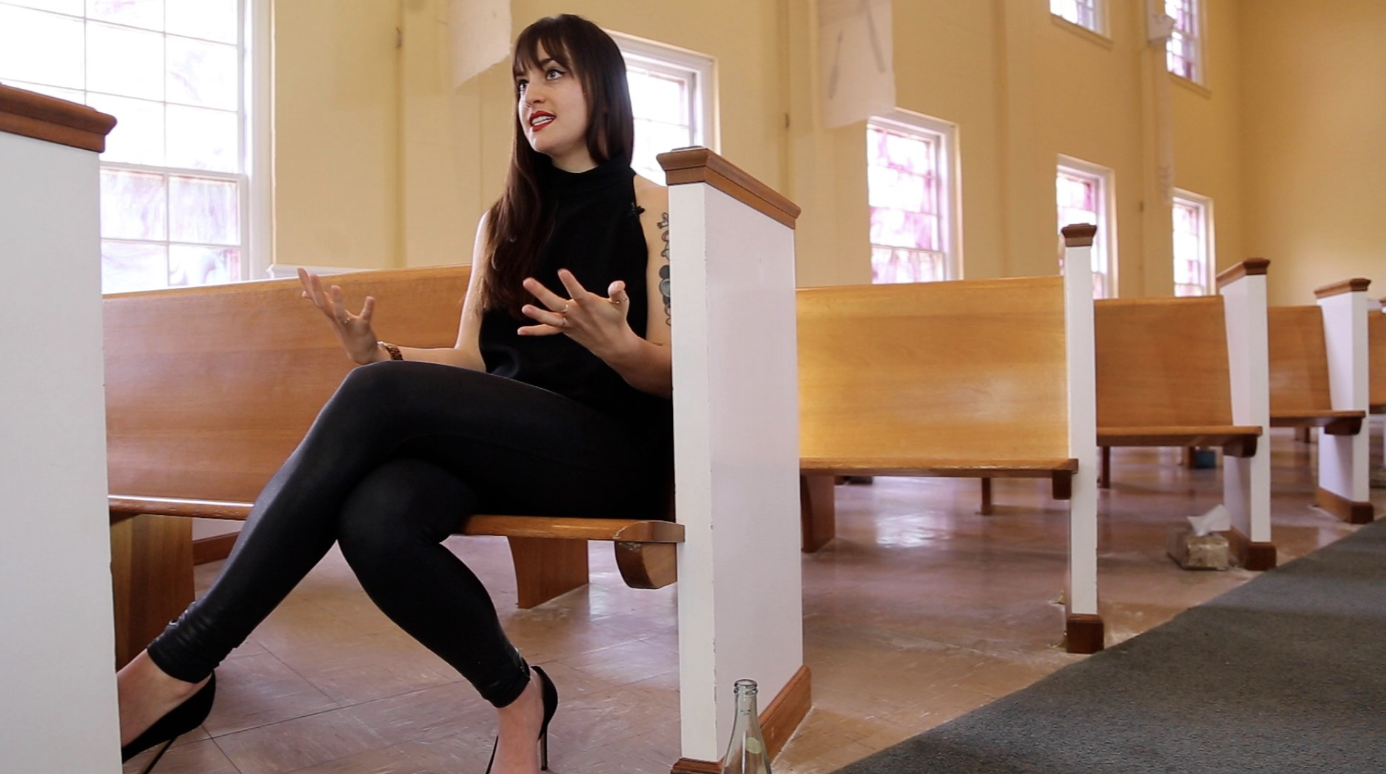
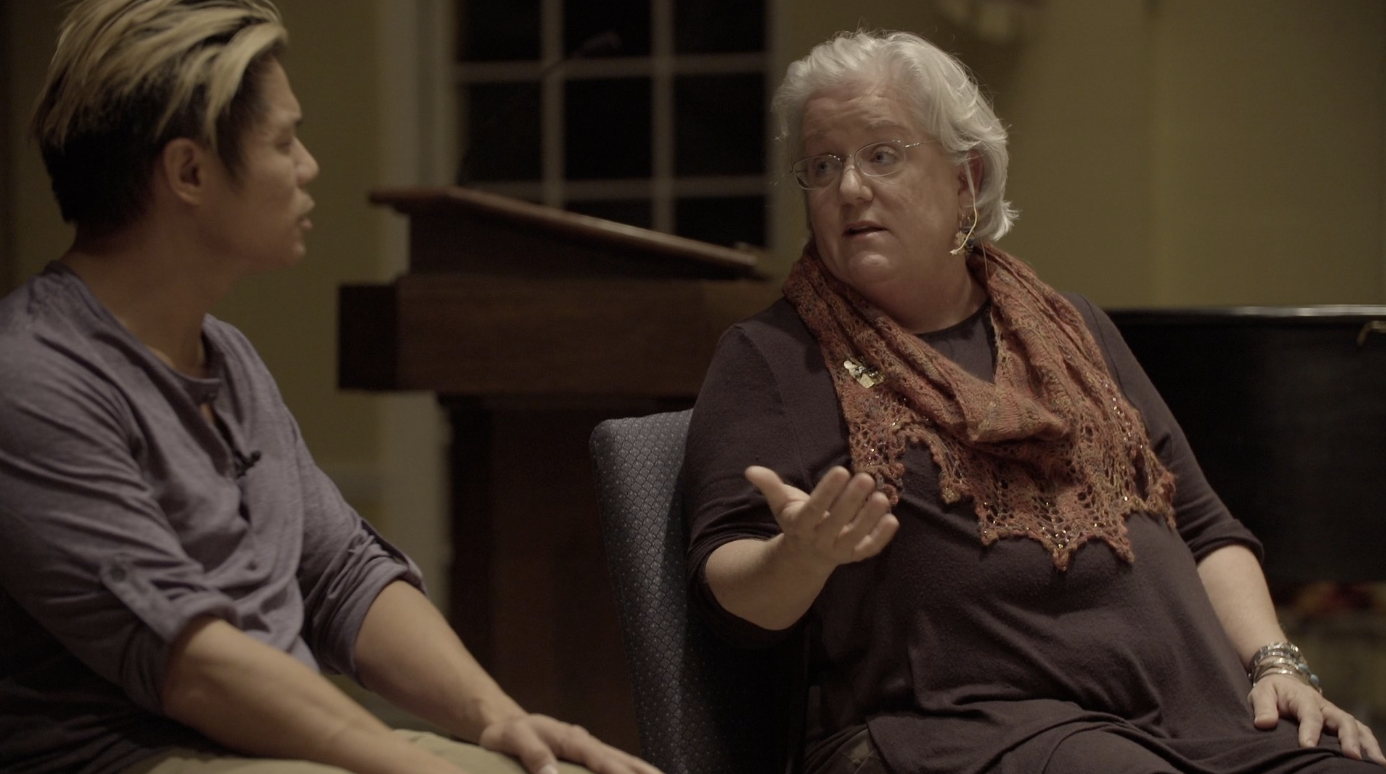
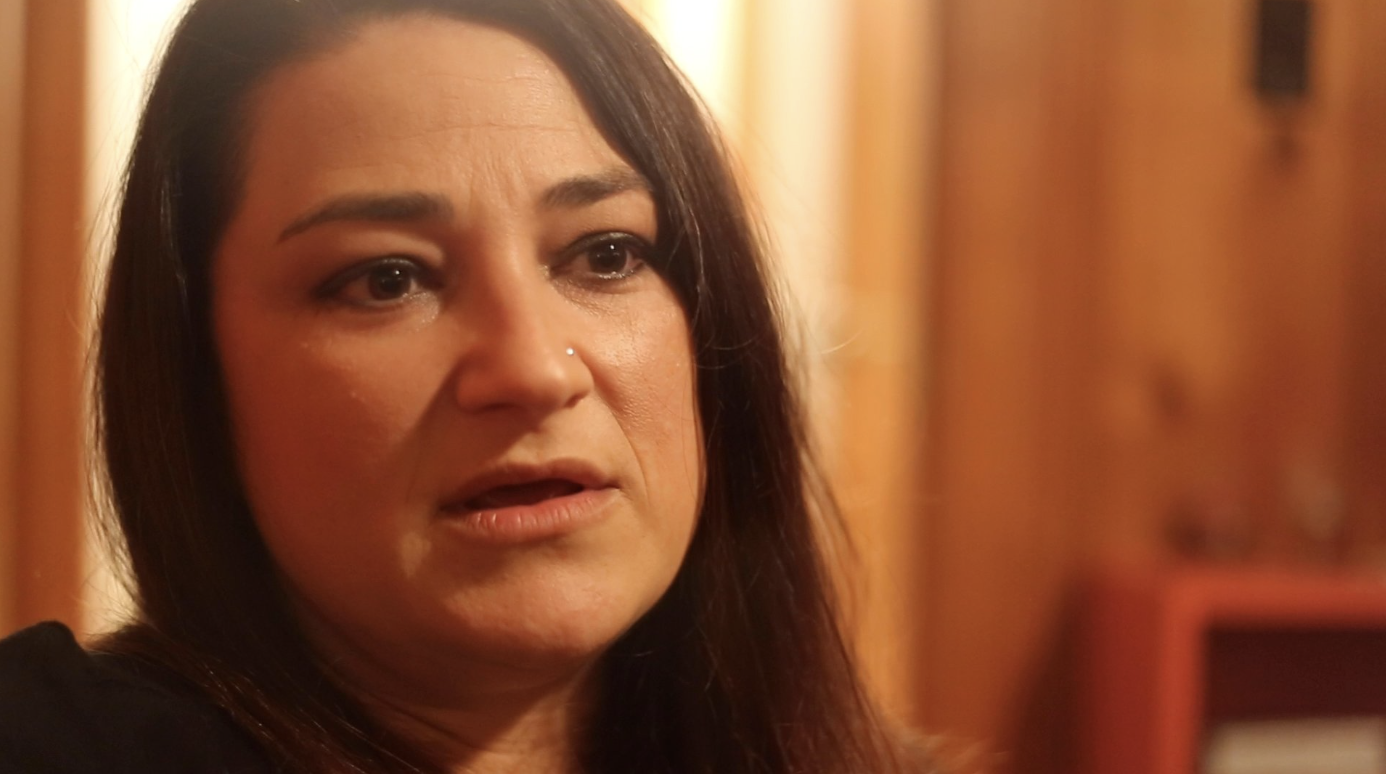
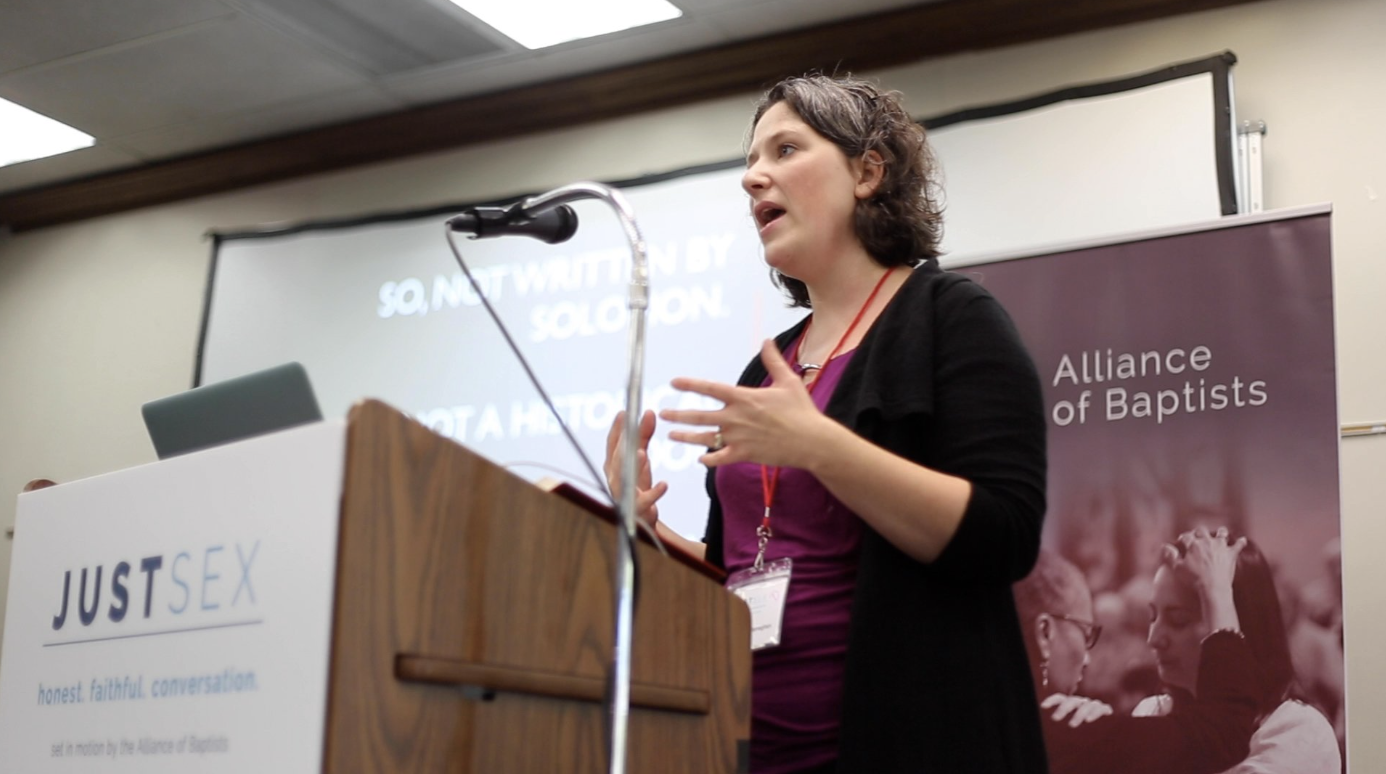
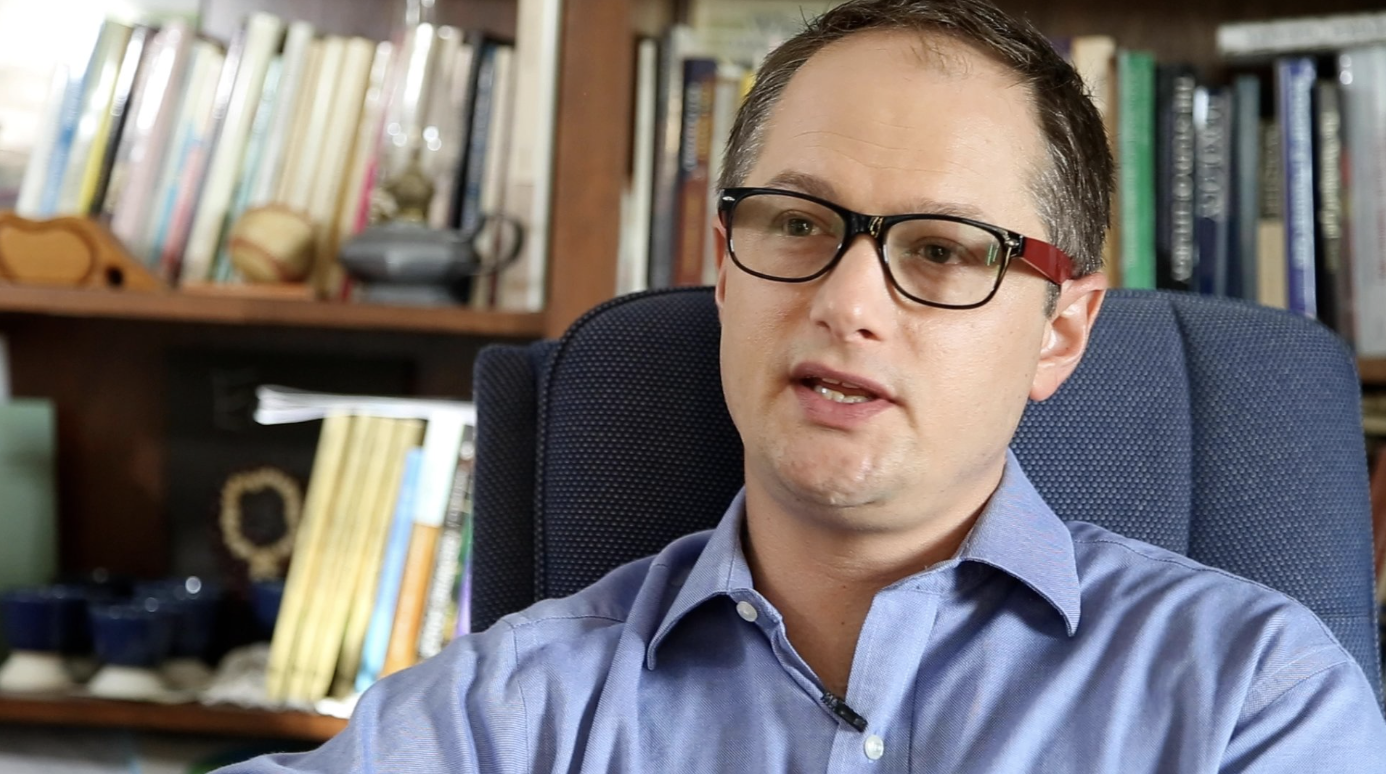
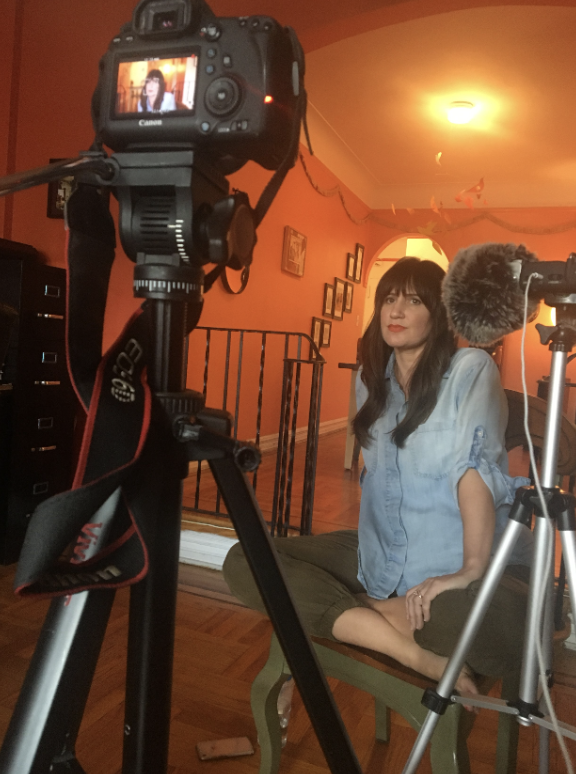
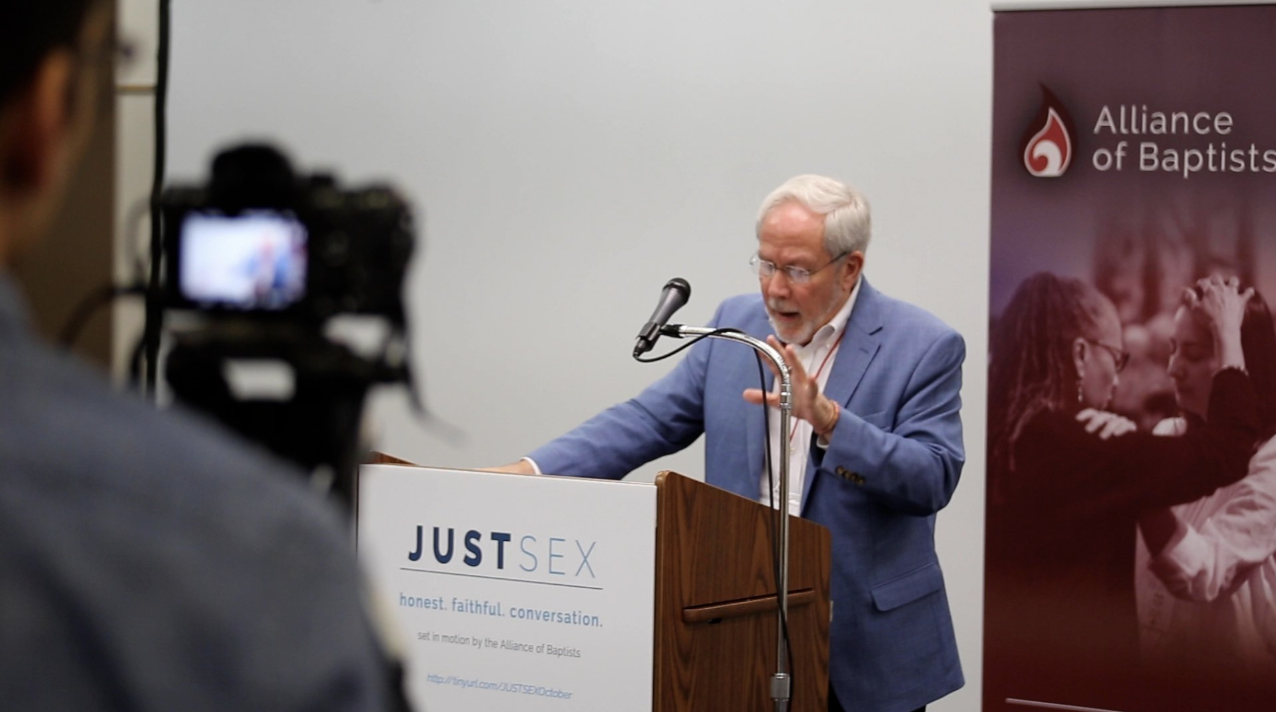
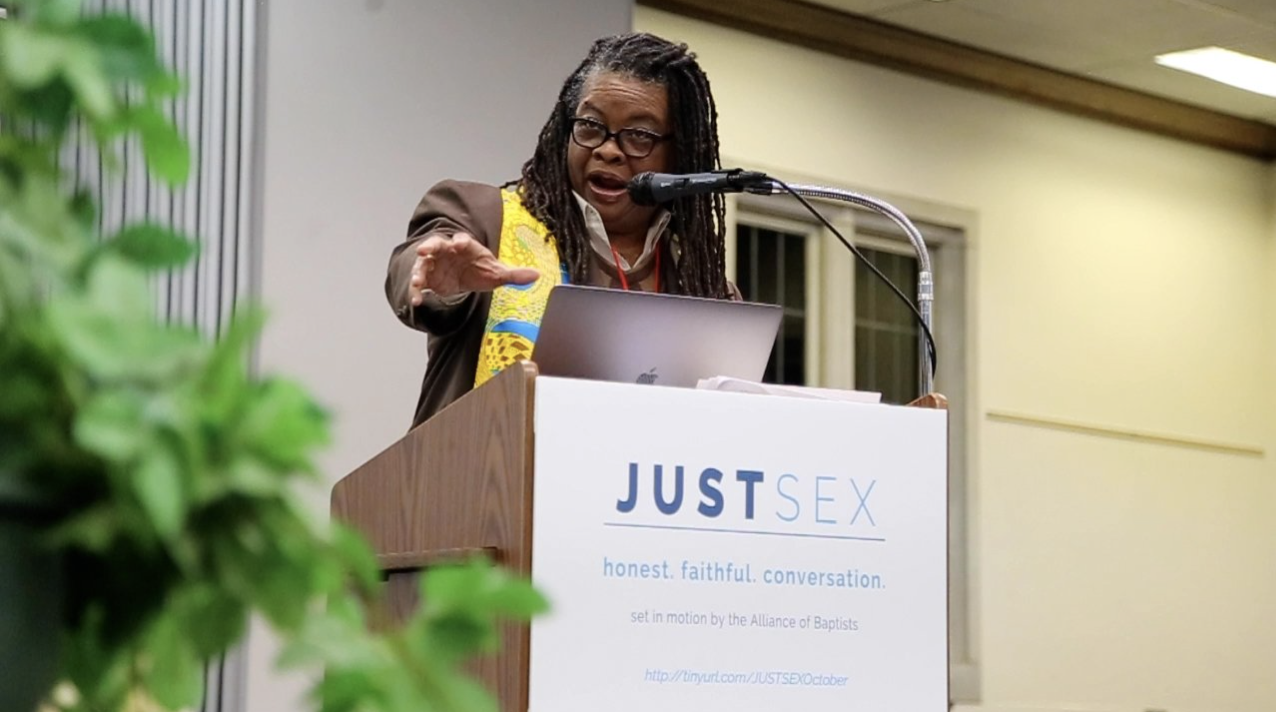

THE SOUL | EROTIC ART
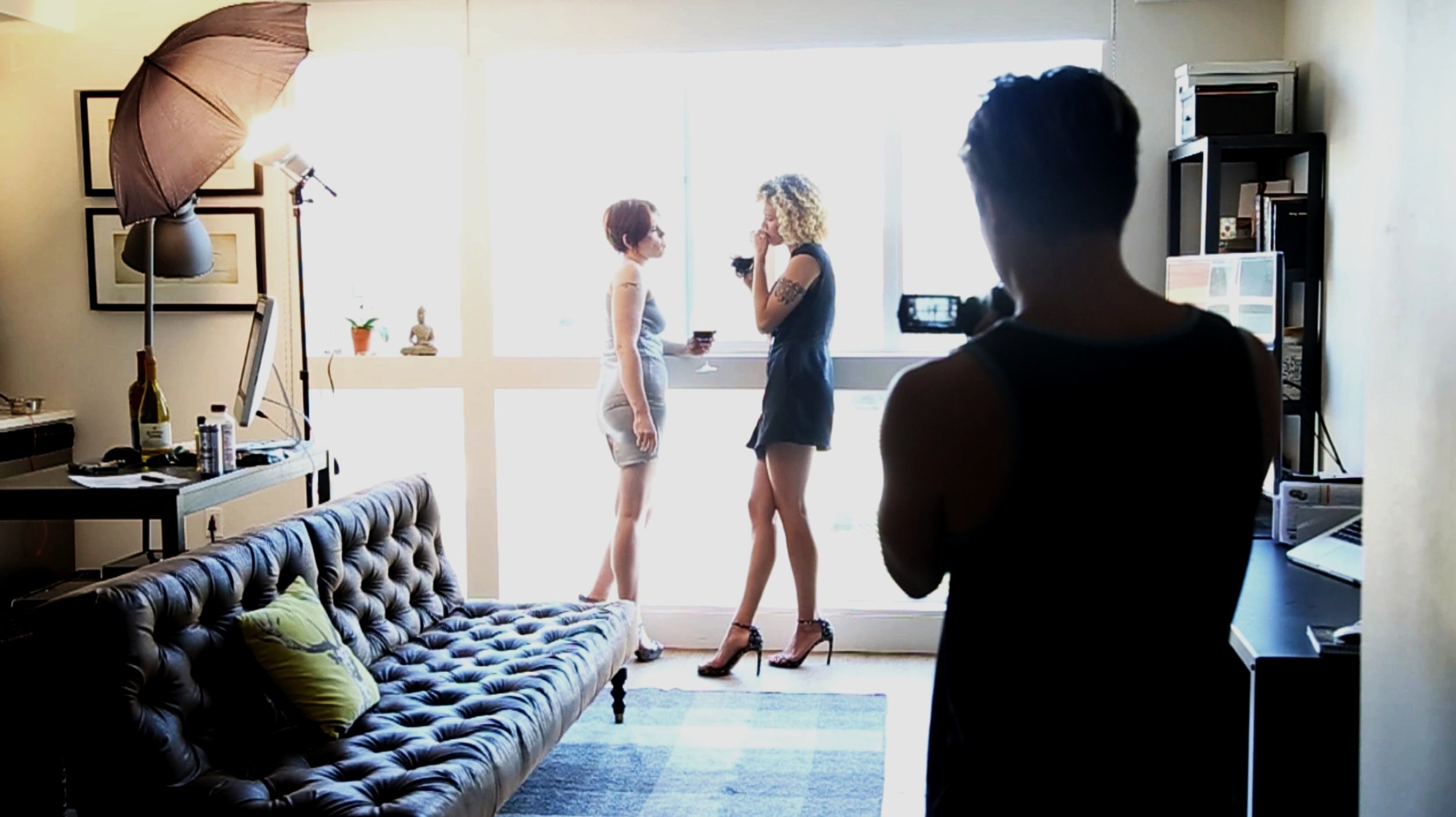
These are the artifacts collected from this time

-
This is where you read my INTROSPECTION of each artifact. The study summary sets the frame, tells the story, and gives introspection. It uncovers the filmmaker and subject’s journey, exploring relational and cultural dynamics, and highlight embodied experiences while maintaining ethical integrity. The summary also invites the possibility of a Higher Intelligence at play in eroticism.
See the evolution compass below.
-
Connection to Content
What was my initial understanding or belief about this story or subject, and how did it shape my creative process? (Focus on the thoughts or intellectual connections that inspired the creation.)
Where in my body did I feel the most resonance or tension while creating, and how did those sensations guide my choices?(Highlight the physical responses and how they influenced the work.)
What spiritual or intuitive truths did I connect with during the creation process, and how did they help me convey the essence of the story? (Reflect on the deeper, unseen forces that aligned with the content.)
Connection to Self/Divine
As I review this now, how has my perspective on the story evolved, and what new insights or feelings does it bring up? (Explore how time and experience have reframed the meaning or significance of the work.)
In this moment of creation, how can you feel the subtle guidance or intelligence flowing through you, shaping the narrative, and connecting you to something beyond your individual self? (Explore the possibility of a guidance beyond the subject, beyond self, and beyond conditionings and trauma.)
How can I take the lessons or growth from this experience and apply them to my future work or life? (End with a focus on integrating the experience into tangible action.)
-
Connecting to Content
What thoughts or ideas come tomind as I engage with this story, and how do they connect to my own experiences or beliefs?(Invite the viewer to reflect on intellectual or personal connections.)
What sensations arise in mybodywhile engaging with this content, and how do they shift throughout the experience?(Guide the viewer to notice their physical responses to the story.)
What deeper truths or spiritual questions does this story awaken, and how do they resonate with my life?(Encourage introspection on the soul-level connection.)
Connecting to Self/Divine
What new perspectives or emotions does this story leave me with, and how might they inspire a shiftin my own life? (Prompt reflection on personal transformation or change.)
As you engage with this content, can you sense a higher intelligence or divine presence guiding the story, inviting you to witness a deeper truth beyond the surface? (Explore the possibility of a guidance beyond the subject, beyond the filmmaker, beyond self, and beyond conditionings and trauma.)
How can I take what I’ve learned or felt from this experience and put it into practicein my daily life? (Encourage the viewer to translate the experience into actionable steps.)
-
This is where you read my INTROSPECTION of each artifact. The study summary sets the frame, tells the story, and gives introspection. It uncovers the filmmaker and subject’s journey, exploring relational and cultural dynamics, and highlight embodied experiences while maintaining ethical integrity. The summary also invites the possibility of a Higher Intelligence at play in eroticism.
See the evolution compass below.
-
Connection to Content
What was my initial understanding or belief about this story or subject, and how did it shape my creative process? (Focus on the thoughts or intellectual connections that inspired the creation.)
Where in my body did I feel the most resonance or tension while creating, and how did those sensations guide my choices?(Highlight the physical responses and how they influenced the work.)
What spiritual or intuitive truths did I connect with during the creation process, and how did they help me convey the essence of the story? (Reflect on the deeper, unseen forces that aligned with the content.)
Connection to Self/Divine
As I review this now, how has my perspective on the story evolved, and what new insights or feelings does it bring up? (Explore how time and experience have reframed the meaning or significance of the work.)
In this moment of creation, how can you feel the subtle guidance or intelligence flowing through you, shaping the narrative, and connecting you to something beyond your individual self? (Explore the possibility of a guidance beyond the subject, beyond self, and beyond conditionings and trauma.)
How can I take the lessons or growth from this experience and apply them to my future work or life? (End with a focus on integrating the experience into tangible action.)
-
Connecting to Content
What thoughts or ideas come tomind as I engage with this story, and how do they connect to my own experiences or beliefs?(Invite the viewer to reflect on intellectual or personal connections.)
What sensations arise in mybodywhile engaging with this content, and how do they shift throughout the experience?(Guide the viewer to notice their physical responses to the story.)
What deeper truths or spiritual questions does this story awaken, and how do they resonate with my life?(Encourage introspection on the soul-level connection.)
Connecting to Self/Divine
What new perspectives or emotions does this story leave me with, and how might they inspire a shiftin my own life? (Prompt reflection on personal transformation or change.)
As you engage with this content, can you sense a higher intelligence or divine presence guiding the story, inviting you to witness a deeper truth beyond the surface? (Explore the possibility of a guidance beyond the subject, beyond the filmmaker, beyond self, and beyond conditionings and trauma.)
How can I take what I’ve learned or felt from this experience and put it into practicein my daily life? (Encourage the viewer to translate the experience into actionable steps.)
Gospel of the Body: Cartology
This was an experimental Youtube series I never launched because I was still uncertain of the safety of the things I was saying. I was anxious to speak, and I didn’t have a platform nor was I receiving invitations. My film was only featured at the Mystery School, and I didn’t want anyone else to preach from my content. It was a difficult time where I couldn’t contain the things I was saying, but also, wanted to validate it’s truth somehow. By editing my own words, and evoking it with feeling, it helped show me who I was in my body. This is how I needed to build confidence — to edit myself.
-
This was an effort to convey the feeling of the kundalini without going into any detail about it. This was produced while we were developing this into a documentary series. I felt like I couldn’t take the footage to where they wanted it. It was forced. I had to wait.
-
Connection to Content
What was my initial understanding or belief about this story or subject, and how did it shape my creative process? (Focus on the thoughts or intellectual connections that inspired the creation.)
Where in my body did I feel the most resonance or tension while creating, and how did those sensations guide my choices?(Highlight the physical responses and how they influenced the work.)
What spiritual or intuitive truths did I connect with during the creation process, and how did they help me convey the essence of the story? (Reflect on the deeper, unseen forces that aligned with the content.)
Connection to Self/Divine
As I review this now, how has my perspective on the story evolved, and what new insights or feelings does it bring up? (Explore how time and experience have reframed the meaning or significance of the work.)
In this moment of creation, how can you feel the subtle guidance or intelligence flowing through you, shaping the narrative, and connecting you to something beyond your individual self? (Explore the possibility of a guidance beyond the subject, beyond self, and beyond conditionings and trauma.)
How can I take the lessons or growth from this experience and apply them to my future work or life? (End with a focus on integrating the experience into tangible action.)
-
Connecting to Content
What thoughts or ideas come tomind as I engage with this story, and how do they connect to my own experiences or beliefs?(Invite the viewer to reflect on intellectual or personal connections.)
What sensations arise in mybodywhile engaging with this content, and how do they shift throughout the experience?(Guide the viewer to notice their physical responses to the story.)
What deeper truths or spiritual questions does this story awaken, and how do they resonate with my life?(Encourage introspection on the soul-level connection.)
Connecting to Self/Divine
What new perspectives or emotions does this story leave me with, and how might they inspire a shiftin my own life? (Prompt reflection on personal transformation or change.)
As you engage with this content, can you sense a higher intelligence or divine presence guiding the story, inviting you to witness a deeper truth beyond the surface? (Explore the possibility of a guidance beyond the subject, beyond the filmmaker, beyond self, and beyond conditionings and trauma.)
How can I take what I’ve learned or felt from this experience and put it into practicein my daily life? (Encourage the viewer to translate the experience into actionable steps.)
Applause
Durham, NC
This is the opening for a Youtube broadcast of PURIFIED: Live Stories of Living Through Purity Culture. This hour-long broadcast is a heartfelt celebration of every individual who has walked the path of purity culture—whether you're here to share your story or simply to listen and reflect. This is a space of love, support, and affirmation—a reminder that you are seen, you are valued, and you are never alone.
Personally, it was edited for myself. I shared my story of Holy Erotica on the broadcast of Embodied, separate from any acknowledgment from others who related. Crafting this piece helped me create a similar celebration for myself, for my nervous system. It was a recreation of the applause I received from the Mystery School. While containing myself, I celebrated myself, and this was one of the few moments I could give it outwardly to the brave storytellers that day.
-
This is where you read my INTROSPECTION of each artifact. The study summary sets the frame, tells the story, and gives introspection. It uncovers the filmmaker and subject’s journey, exploring relational and cultural dynamics, and highlight embodied experiences while maintaining ethical integrity. The summary also invites the possibility of a Higher Intelligence at play in eroticism.
See the evolution compass below.
-
Connection to Content
What was my initial understanding or belief about this story or subject, and how did it shape my creative process? (Focus on the thoughts or intellectual connections that inspired the creation.)
Where in my body did I feel the most resonance or tension while creating, and how did those sensations guide my choices?(Highlight the physical responses and how they influenced the work.)
What spiritual or intuitive truths did I connect with during the creation process, and how did they help me convey the essence of the story? (Reflect on the deeper, unseen forces that aligned with the content.)
Connection to Self/Divine
As I review this now, how has my perspective on the story evolved, and what new insights or feelings does it bring up? (Explore how time and experience have reframed the meaning or significance of the work.)
In this moment of creation, how can you feel the subtle guidance or intelligence flowing through you, shaping the narrative, and connecting you to something beyond your individual self? (Explore the possibility of a guidance beyond the subject, beyond self, and beyond conditionings and trauma.)
How can I take the lessons or growth from this experience and apply them to my future work or life? (End with a focus on integrating the experience into tangible action.)
-
Connecting to Content
What thoughts or ideas come tomind as I engage with this story, and how do they connect to my own experiences or beliefs?(Invite the viewer to reflect on intellectual or personal connections.)
What sensations arise in mybodywhile engaging with this content, and how do they shift throughout the experience?(Guide the viewer to notice their physical responses to the story.)
What deeper truths or spiritual questions does this story awaken, and how do they resonate with my life?(Encourage introspection on the soul-level connection.)
Connecting to Self/Divine
What new perspectives or emotions does this story leave me with, and how might they inspire a shiftin my own life? (Prompt reflection on personal transformation or change.)
As you engage with this content, can you sense a higher intelligence or divine presence guiding the story, inviting you to witness a deeper truth beyond the surface? (Explore the possibility of a guidance beyond the subject, beyond the filmmaker, beyond self, and beyond conditionings and trauma.)
How can I take what I’ve learned or felt from this experience and put it into practicein my daily life? (Encourage the viewer to translate the experience into actionable steps.)
Societal Canvas, Study 011917
This artifact captures an intimate dialogue with a dear friend, a prolific artist whose presence commands attention. Through a short series of conversations, she offered me a societal canvas—a raw glimpse into the evolving landscape of sexuality between men and women, shaped by the lingering weight of purity culture.
She embodies a significant archetype: the woman who has yet to experience an orgasm with a partner, carrying an unspoken shame around it. Yet, in allowing herself to be seen, she does not surrender to shame—she reclaims space. Not just for herself, but for many.
Much unfolds here. Gentle guidance. Subtle promptings. Deep listening. The act of holding space. This piece reveals the power of conversation as a healing vessel, where the interview itself becomes a sacred container for transformation.
In my initial presentation of this artifact, I refined the flow—trimming moments, reordering lines—to create the illusion of expertise, as if I had some innate ability to open people up. But here, in its raw form, the footage tells a different story: one of genuine, sometimes awkward navigation. It lays bare the quiet power dynamics at play, yet ultimately reveals something profound—a moving expression of authentic emotion, nourishing the parts of us that have long been parched for attention.
Pleasure and the Ark of the Covenant
This is a video except of Sexually Incorrect, a teaching video series I filmed and edited for Dr. Marc Gafni where he spoke his dharma at a mystery school in the Netherlands.

cohe gallery premium access | holy of holies

Eye Gaze
Los Angeles, CA
This is a tantric exercise. After filming Just For One Day, a bombastic carnal connection between lesbians who worked in the adult industry, I wanted to go back to the basics as well, to provide myself a connection between individuals that is equally potent but without the sexuality, the nudity, and feverishness. In this film study, I invited friends who were embodied.
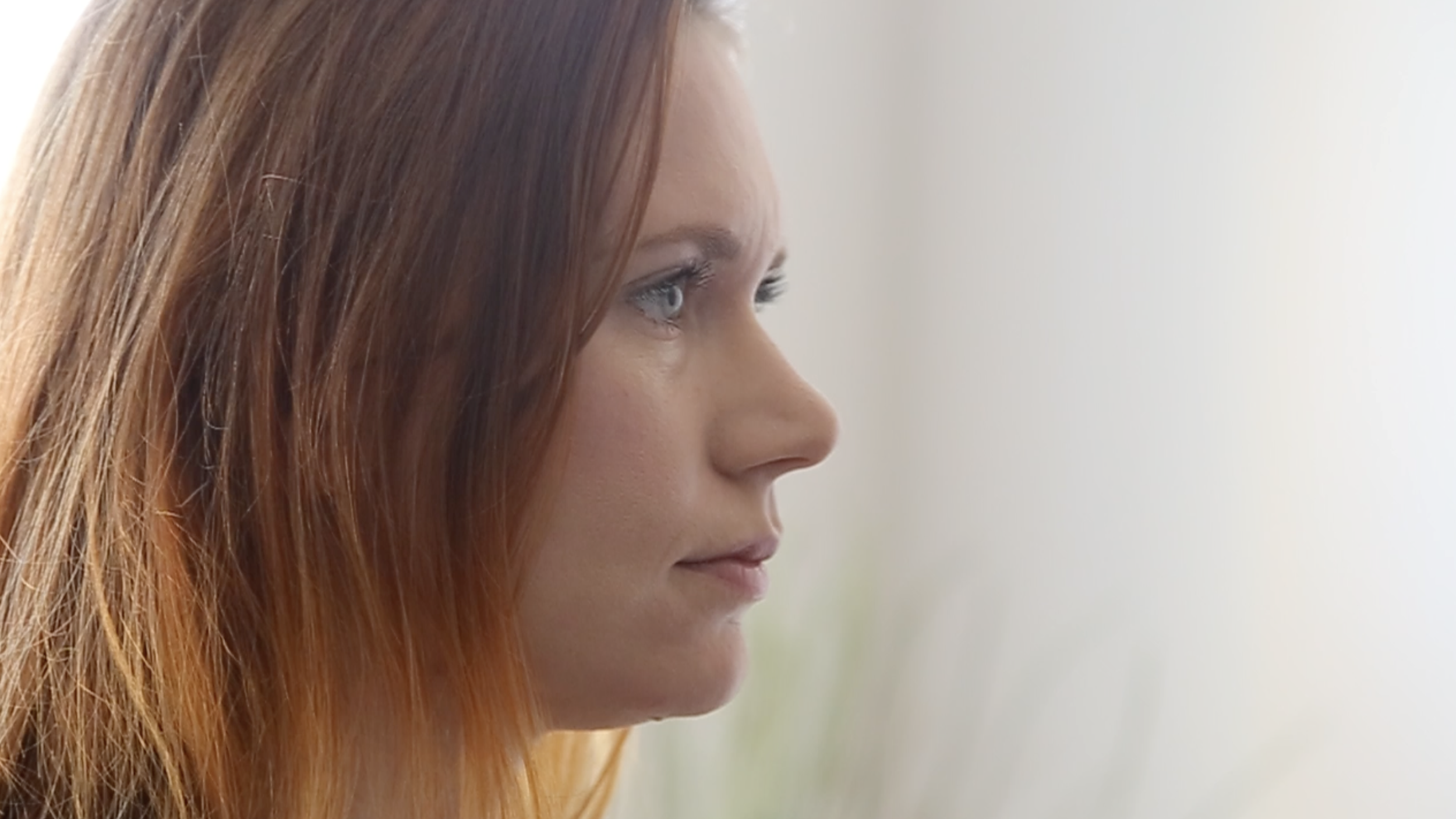
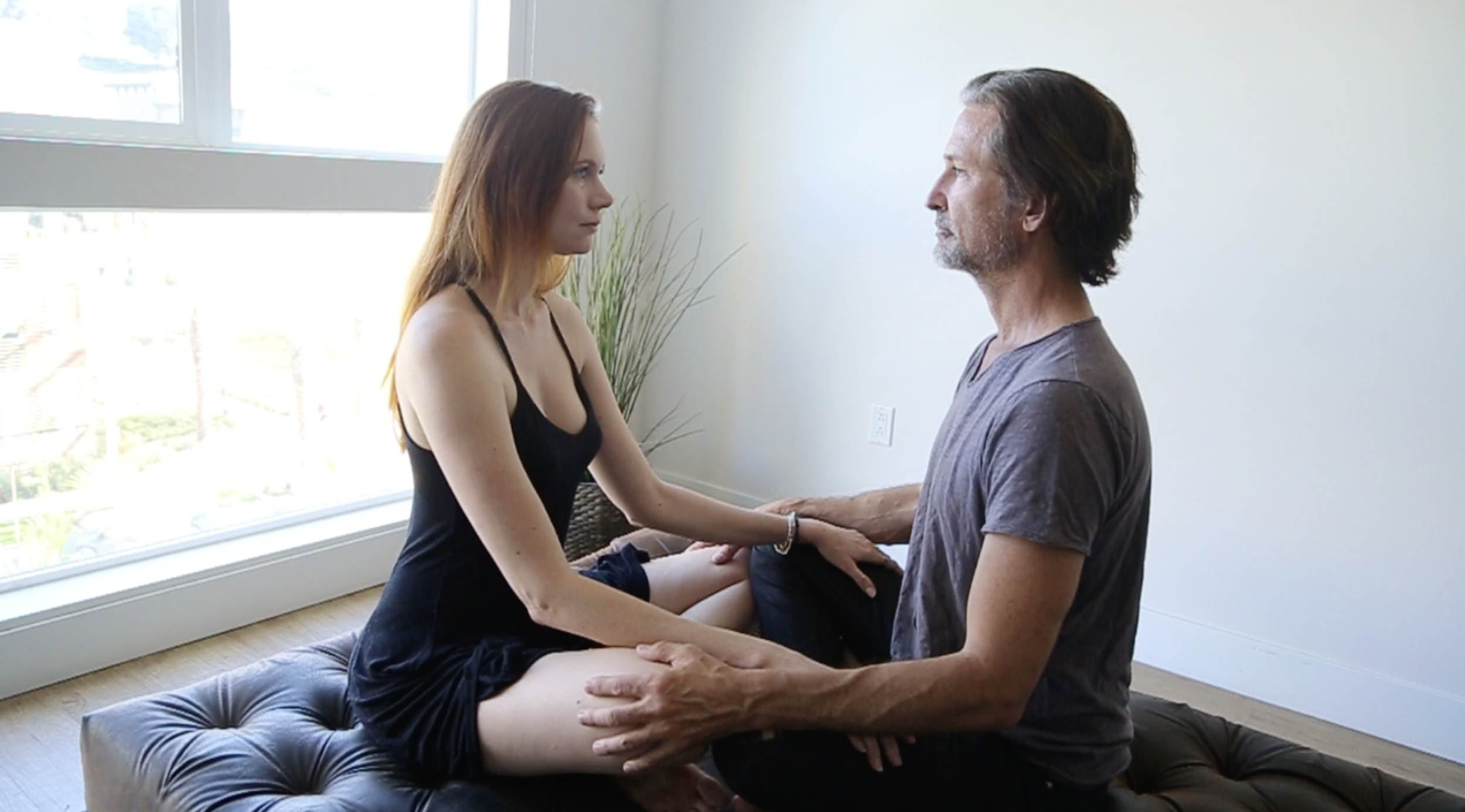
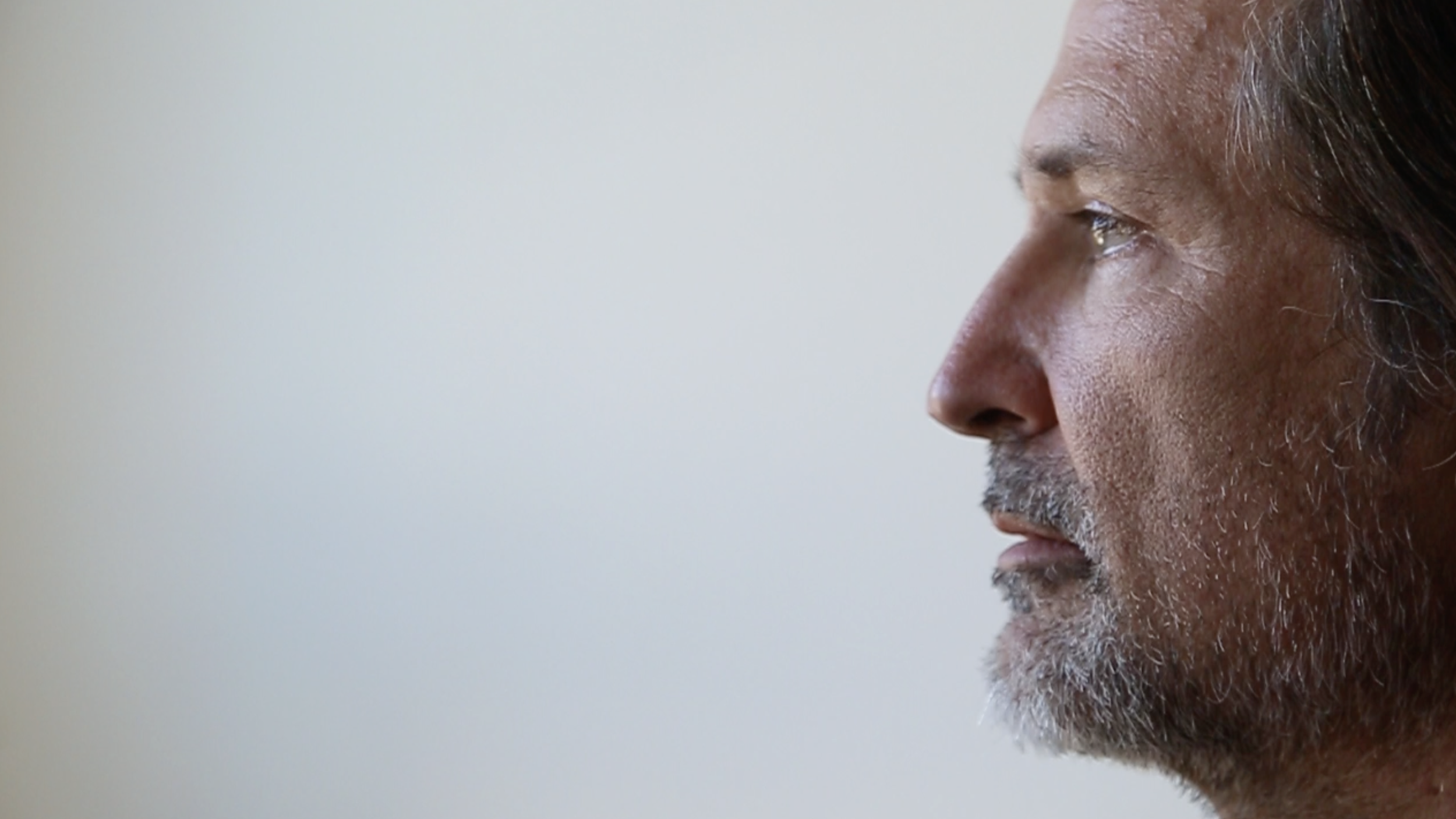
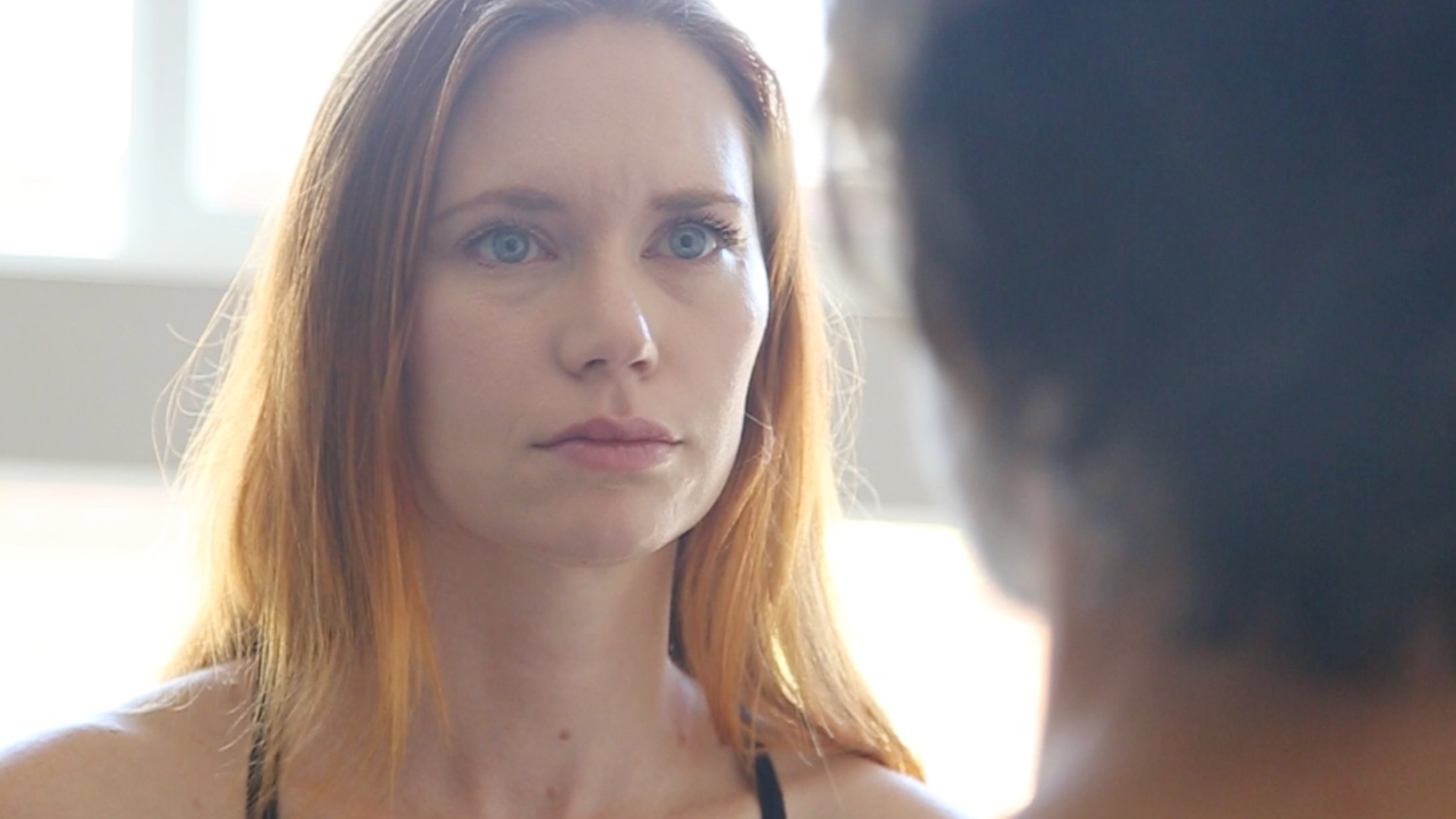
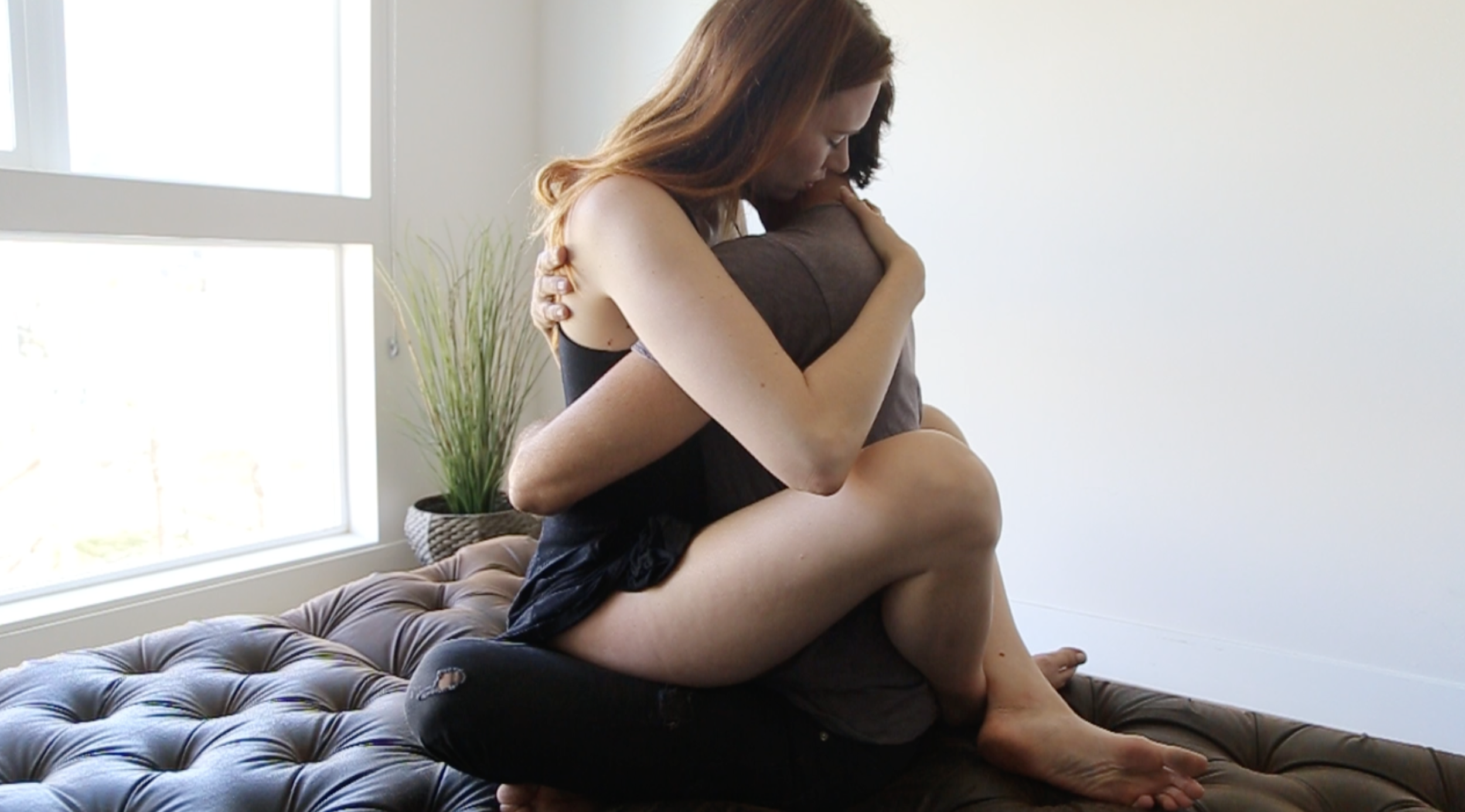
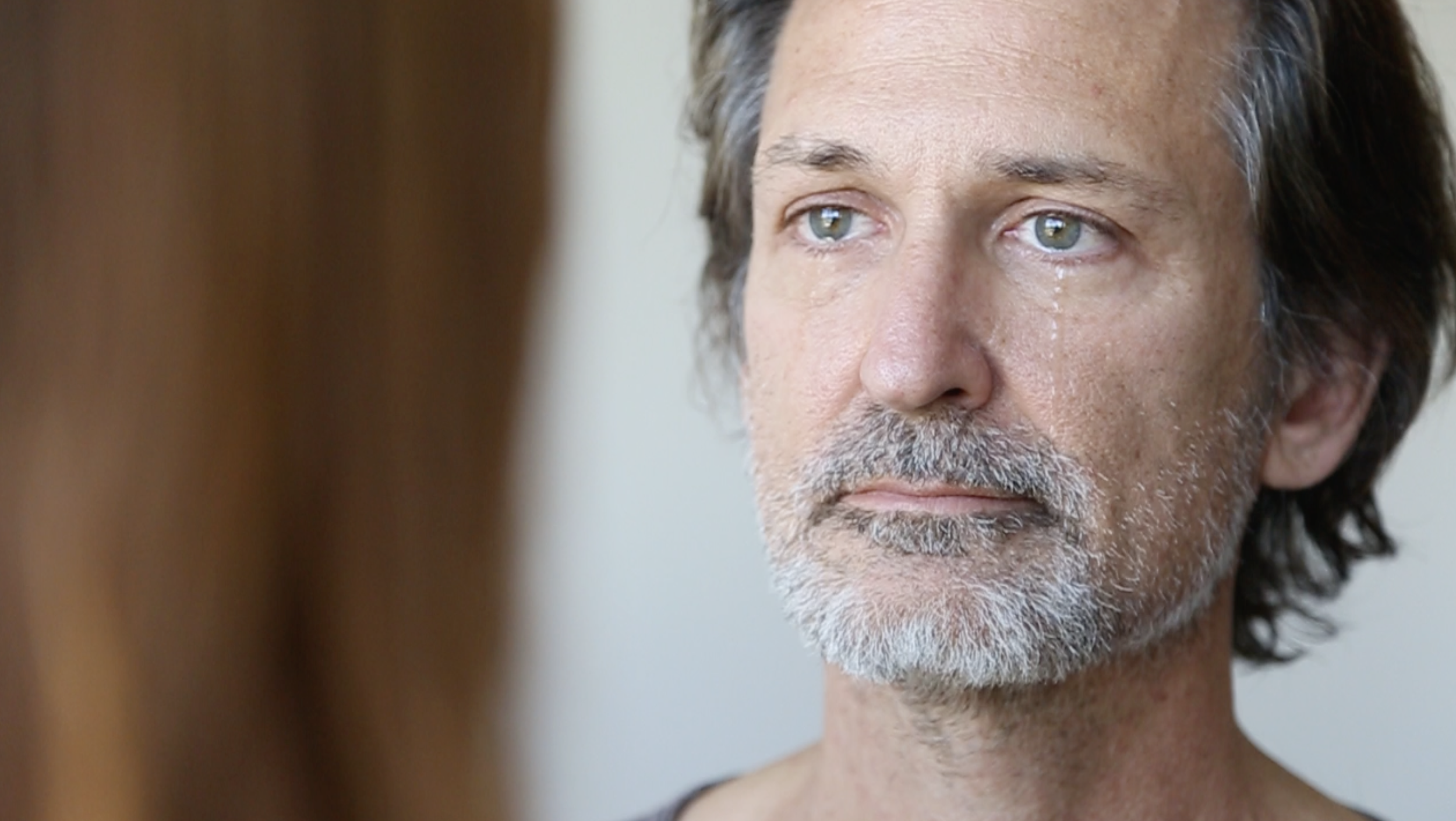
Box Motif: Tethered
Los Angeles, CA
The JFOD Art/Photography book featured a box design that inspired the box motif, a unique editing style that deconstructs the Kuleshov effect—the cinematic principle of juxtaposing different images to evoke emotion. Instead of manipulating perception through contrast, I experimented with truth by emphasizing a single moment. Using the same source clip, I selected two different time frames without cuts, allowing the viewer to experience the moment with heightened focus. This technique was first tested on the raw material for Just For One Day and later applied to this piece.
The next time I employed this style resulted to an artifact called Tethered. In this study, I feature myself filming Lily Cade for one of her client videos, an unedited 15 minute moment where I could not pull the camera away or create an edit. I was tethered to the raw carnality, an experience that I did not prefer. It reminded me of traumatic scenarios of being stuck and committed to a moment that became increasingly more uncomfortable. It is shared here in contrast to the next two artifacts.
Box Motif: Re-Storying
Los Angeles, CA
During the period when I had my subjects living with me to observe and learn about their life in the adult industry, I was propositioned by my then-girlfriend to give me felatio while filming my subjects, two women, webcamming. Her suggestion offended me at the time, and I turned her down—a decision I now recognize was rooted in shame.
I have always regretted that moment. But through art, I can re-story it—not to erase the past, but to transform it into something meaningful. Rather than letting it fade into memory, I can celebrate it in creation. At the time, I dismissed her desire as a plea for attention, unable to believe that she truly wished to honor me. Now, I see it for what it was—an act of devotion, a desire to worship me at my Highest.
In this piece, I re-employ the Kuleshov principle—not to create illusion, but to honor what was True. By selecting two separate moments and presenting them as one, I am not falsifying reality but restoring it.
This artifact represents a healthy version of re-storying events of past trauma, something I had to experience first-hand with my own narratives with my spouse, in that case, feeling that I had raped her when in fact I was holding a container for her to revisit the experience of being raped, an event that confused me throughout and contributed to my sexless marriage.
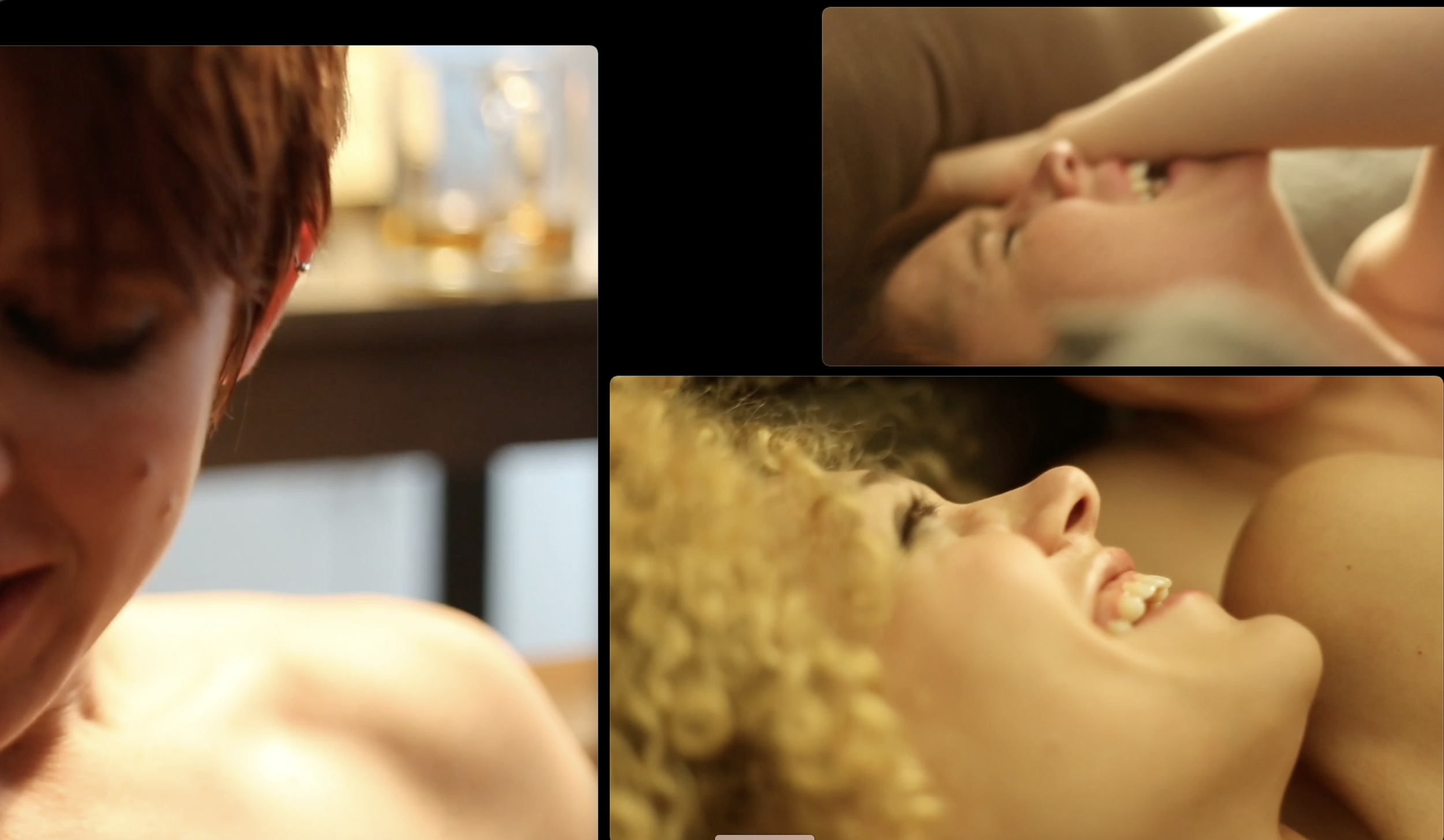
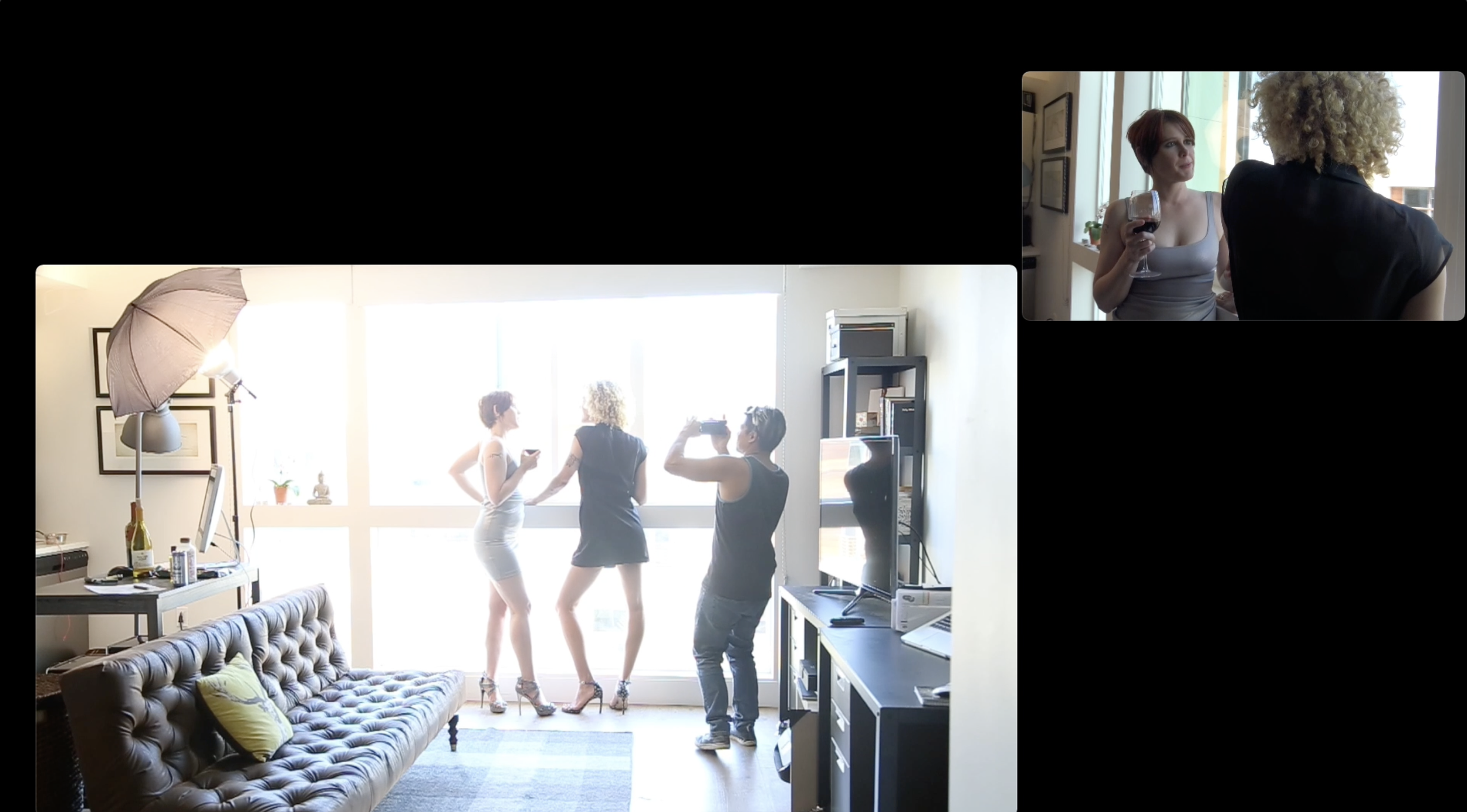
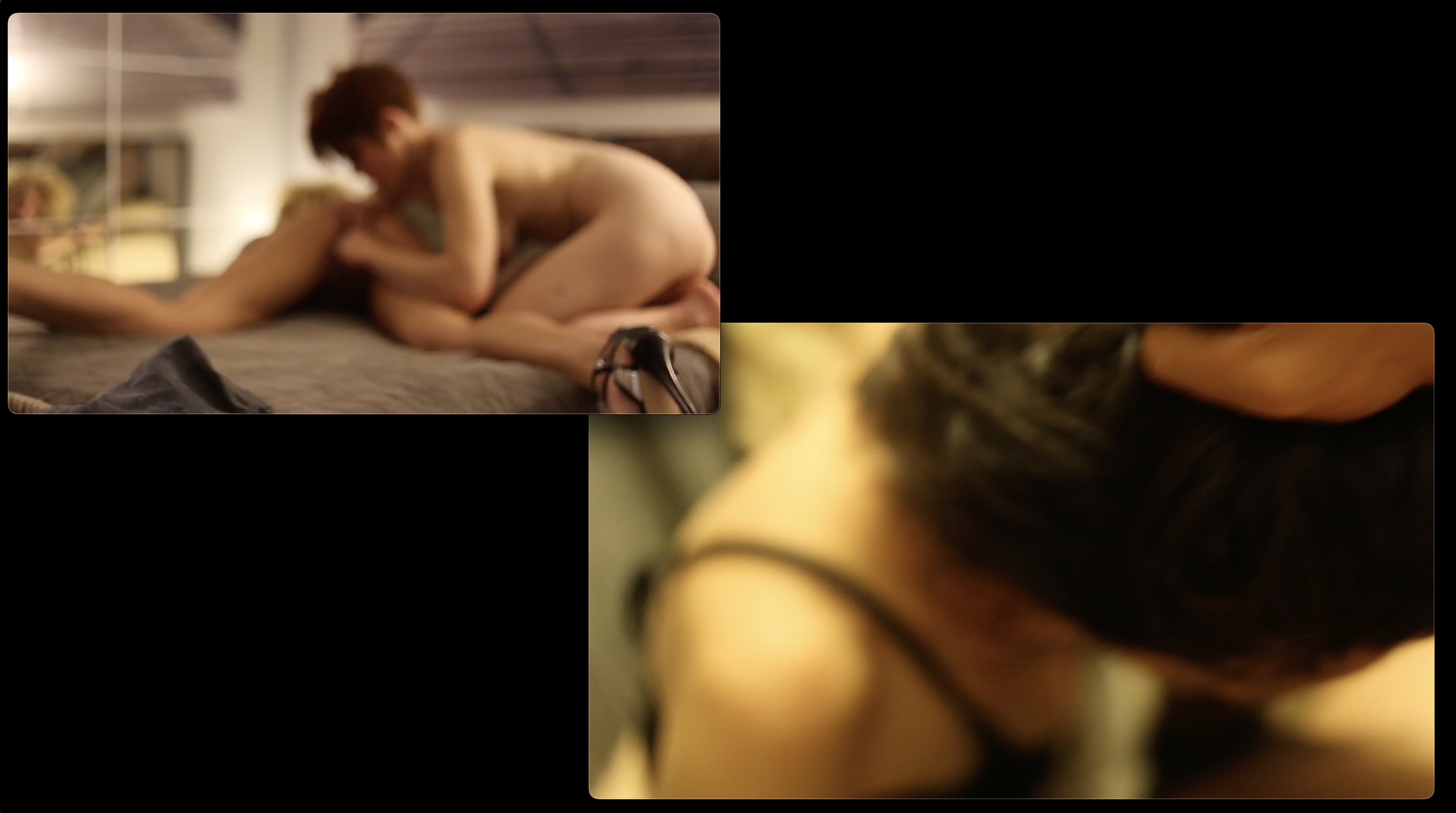

Symphony 2, Movement 4 (The Kiss, Part 1 of 3)
Los Angeles, CA
This artifact is from another film study that I experimented with to deconstruct the edit. Just For One Day was a 4-minute abbreviation of 2 hours of non-stop carnal lesbian connection. To honor the moment, and also as a requirement to produce an art photography book, I had to create a long string-out of the event and follow the peaks and valleys of arousal to have a sense of structure. From that, the art photography book was created, broken up into 4 symphonies, and further divided into movements.
The moment of the kiss is profound, because it was the first time I noticed a shift in my camera work—what was shaky became smooth. This was the thread I’ve followed to do the Holy Erotica films. This specific movement is highlighted as an unedited moment. However, moments gratuitiousness have been shaved off, not because of an intention to share with others, because this was what was true to me at this time. Some moments were too ““holy” to leave as it was. I didn’t feel worthy. This has resulted to the cut currently displayed resulting to an edited “unedit” that is tethered to arousal, but disjointed from moments of trauma.




Sacred Selfie, Part 1 of 3 Series
Los Angeles, CA
This artifact was a gift—an offering of art from a subject profoundly moved by Just For One Day. She was a Christian mother in her 40s who had never experienced an orgasm, never masturbated, and had never watched pornography. After viewing the film and engaging in dialogue about it, she discovered self-pleasure for the first time, awakening a hunger for more—not just for the content itself, but for deeper connection with both me and the film’s featured subject.
This is artifact is not shared out of vanity, but to articulate the distinction of a woman in her 40’s, married with children, deeply involved in church, but not having an orgasm. I suspect this is a significant people group to recognize, not to put emphasis on marriages of this sort, but on the effects of religious-sexual trauma ingrained in faith, a product of a Christ-conquest dualism.
The artifact captures her first-person perspective while watching Just For One Day, a piece that holds deep significance for me. It felt like an applause—an acknowledgment akin to receiving an Academy Award. What greater recognition exists than knowing one’s art has the power to awaken a woman’s long-contained arousal?
While this piece has been re-edited, it was not altered to create falseness or disrupt the authenticity of her experience. Instead, it was shaped to articulate its fullness—to weave moments from the original film into the raw material she gifted me, allowing the depth of her transformation to be fully expressed.
This was the applause I had long sought but never knew how to receive.

